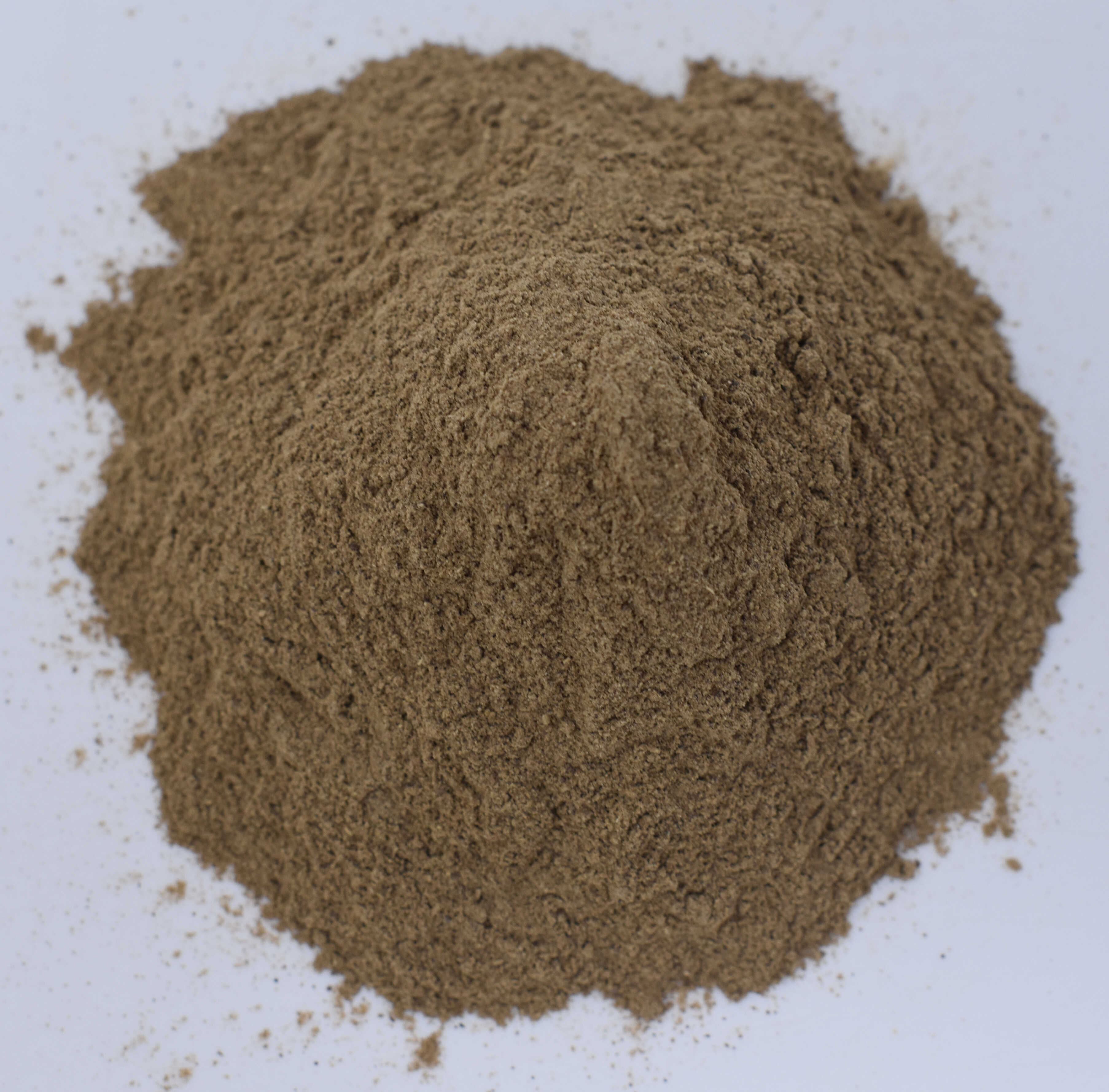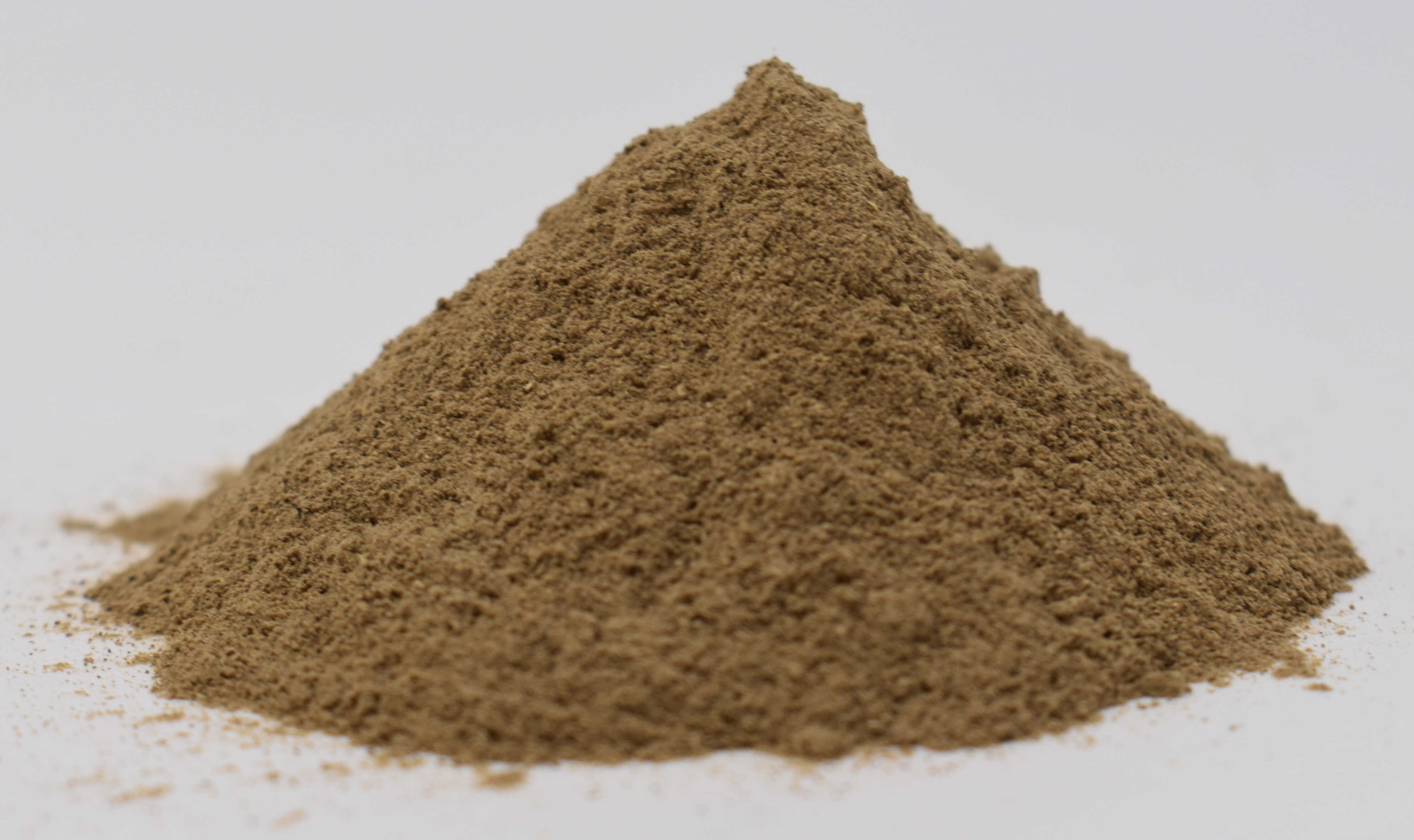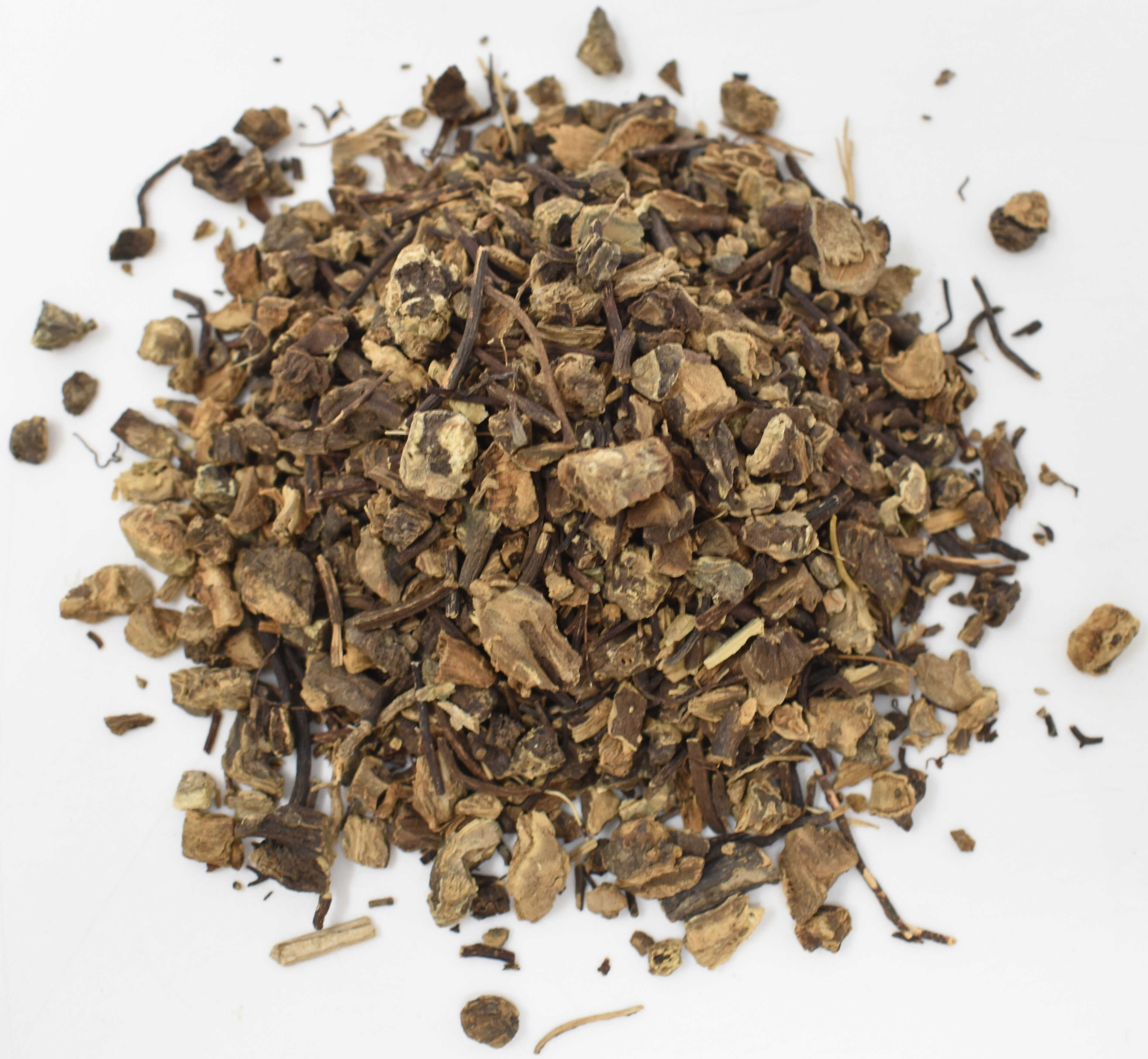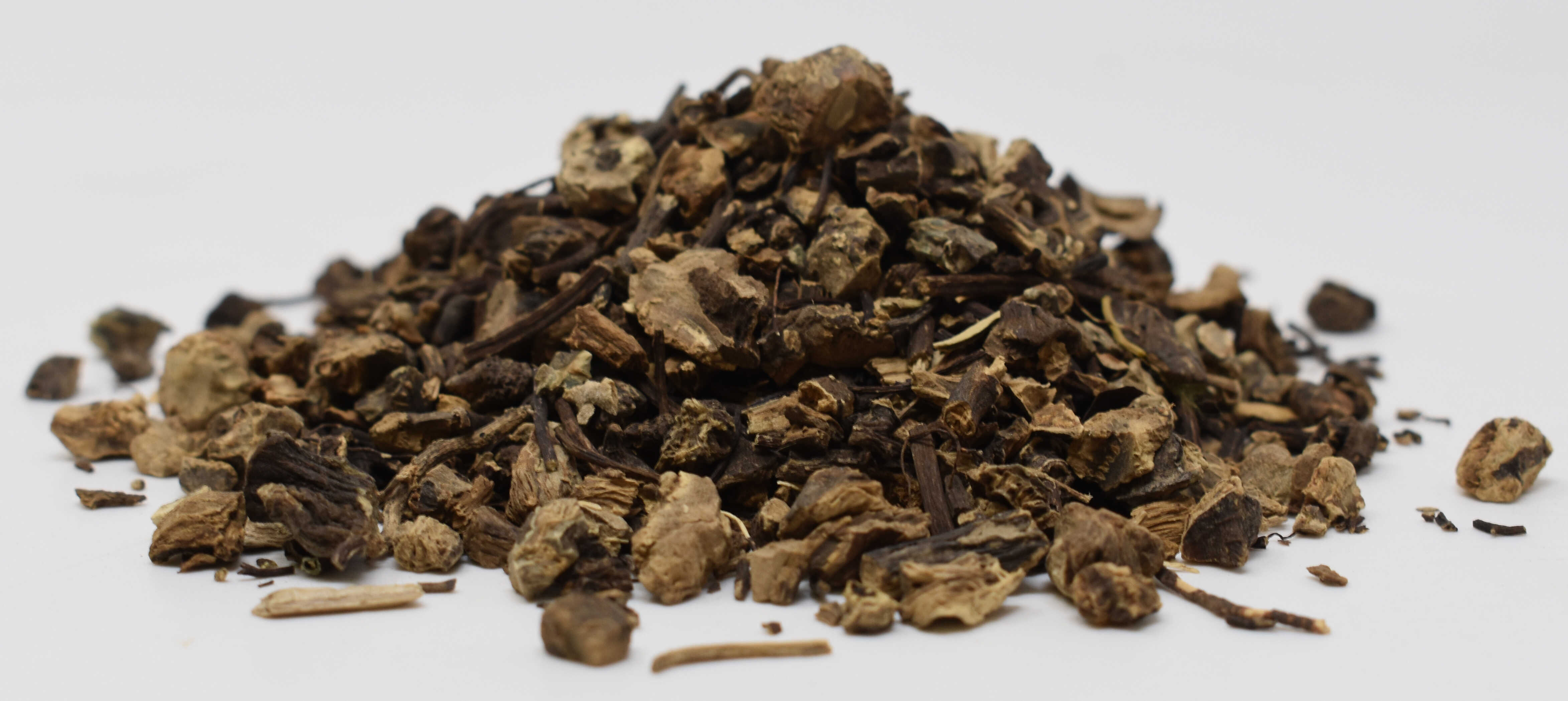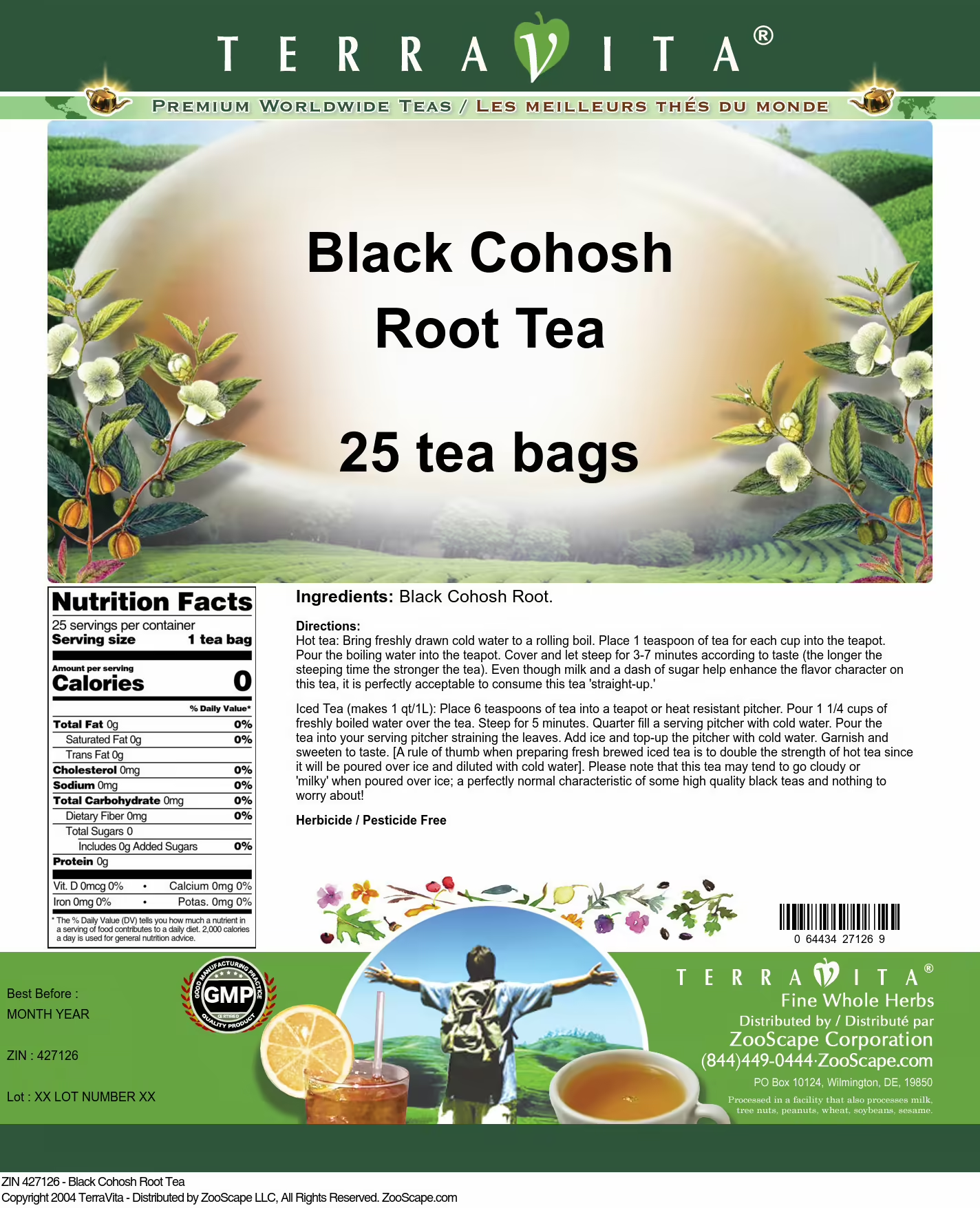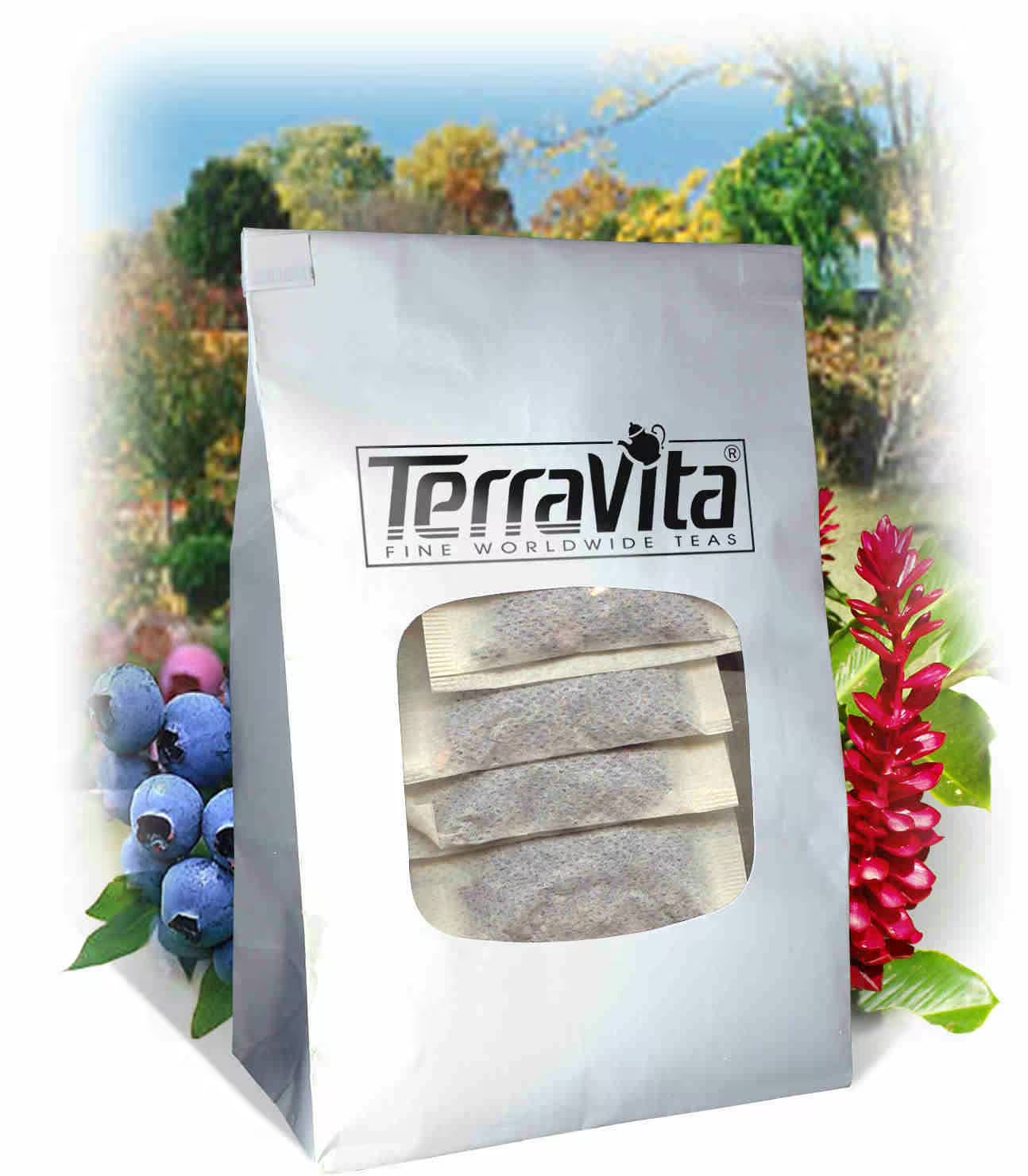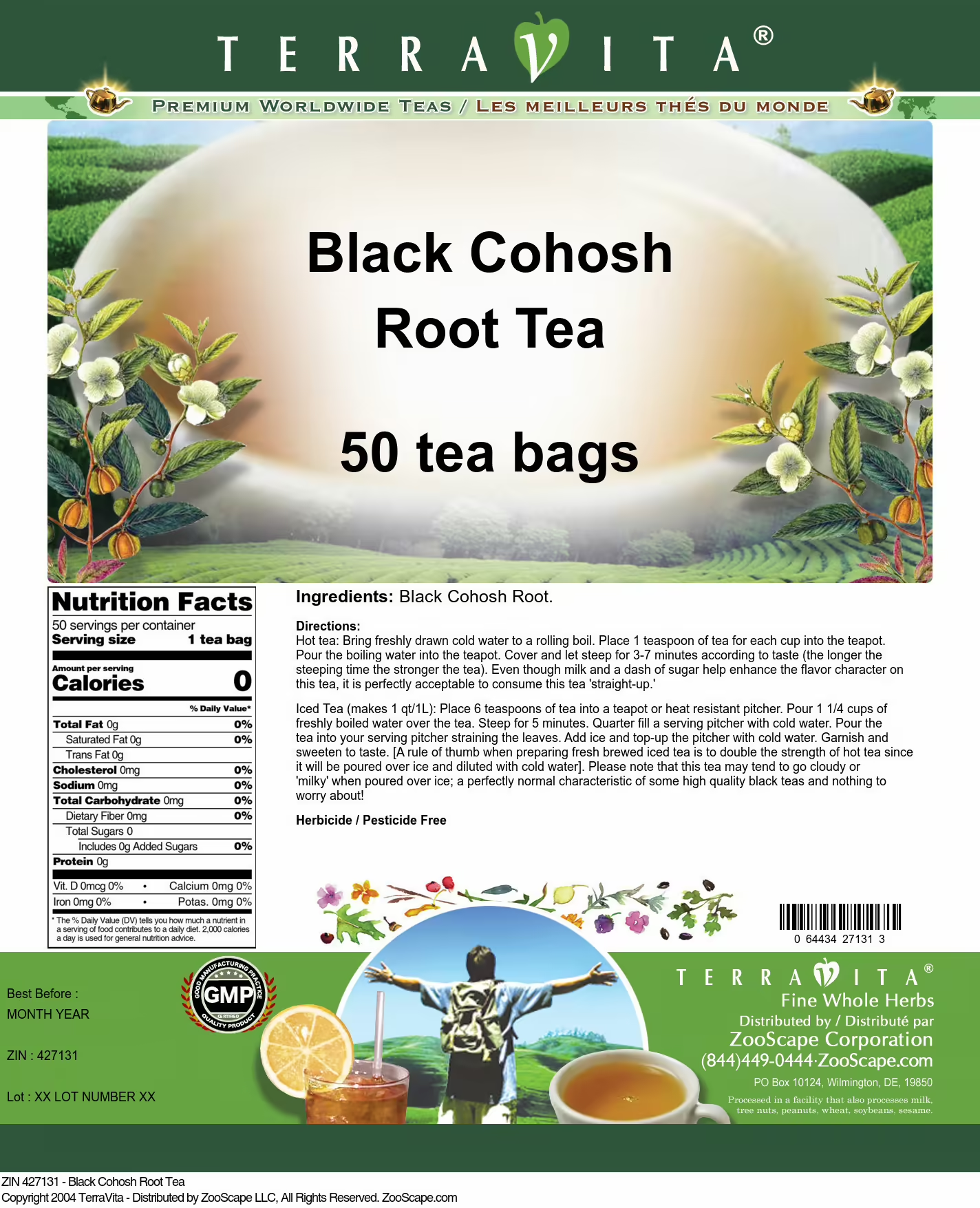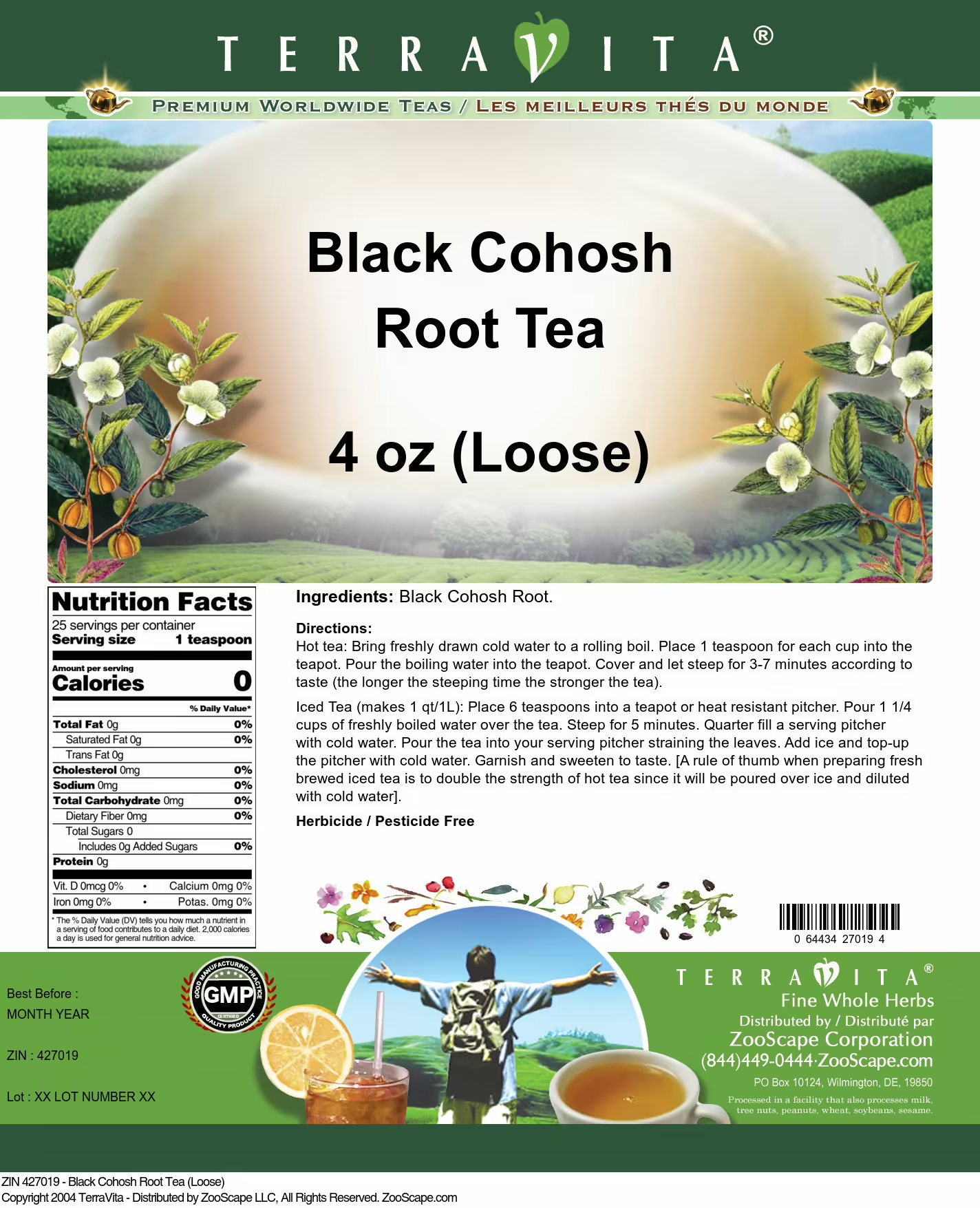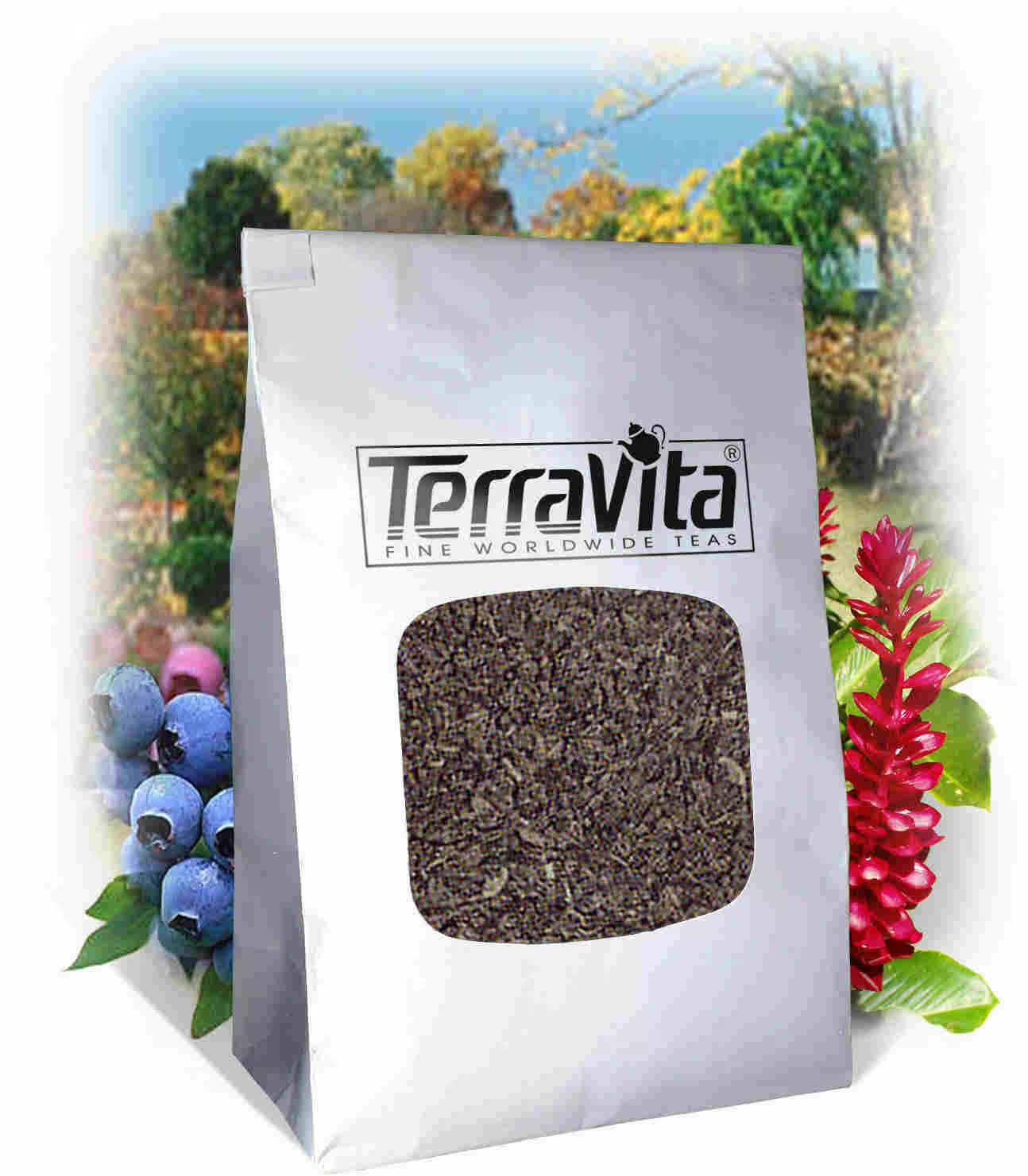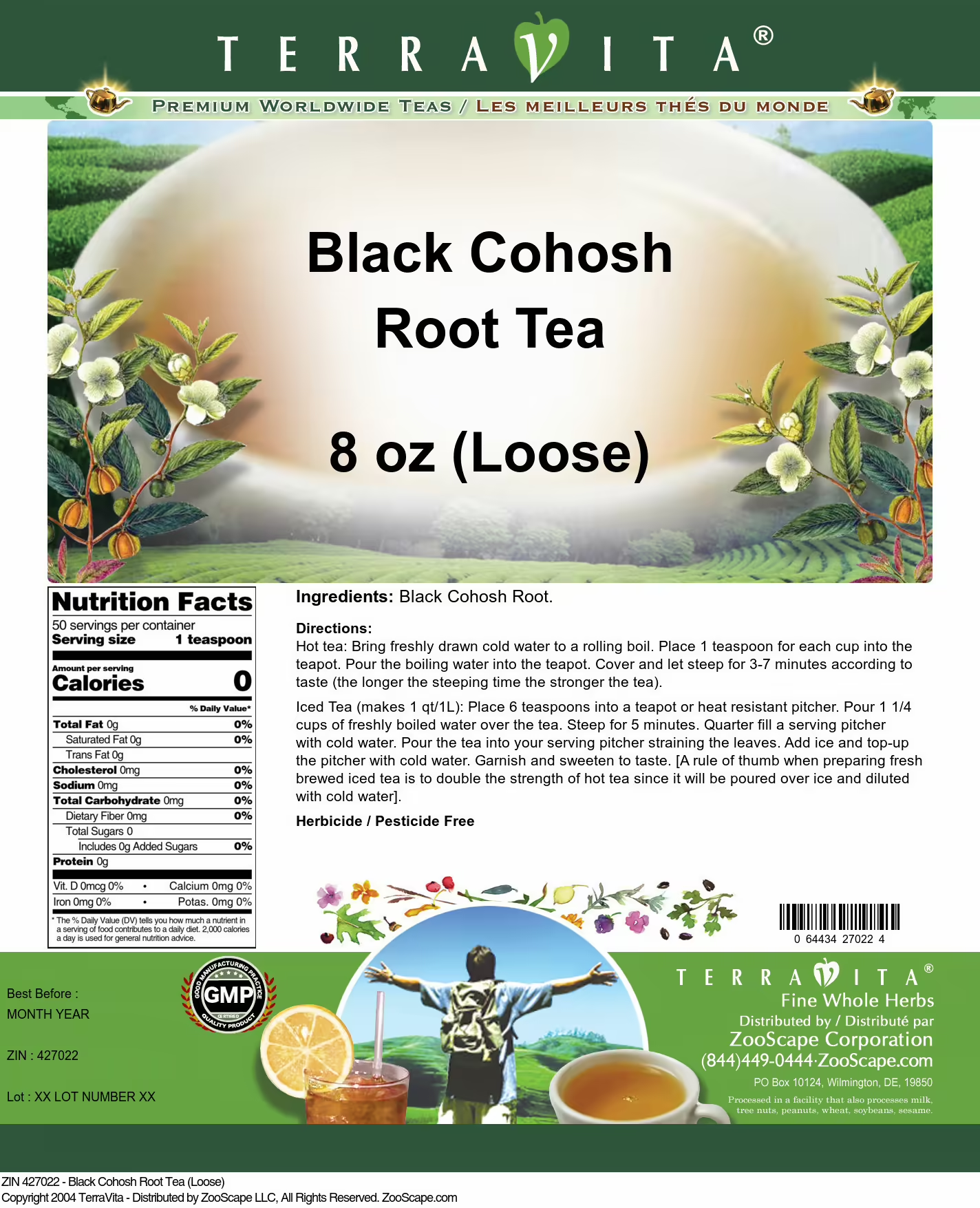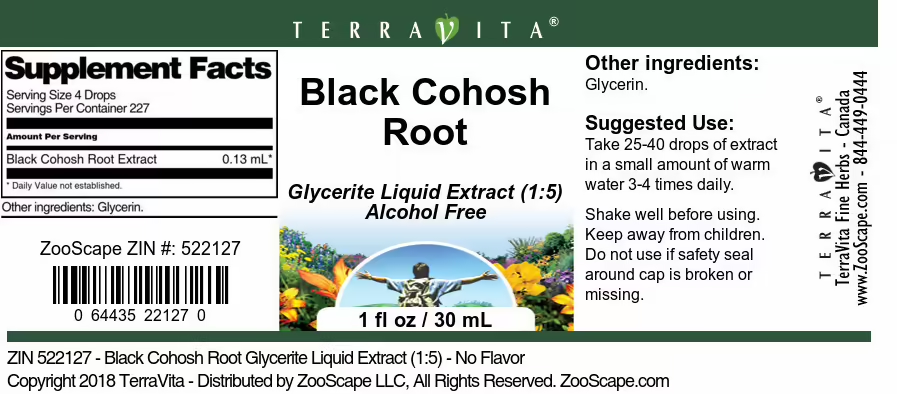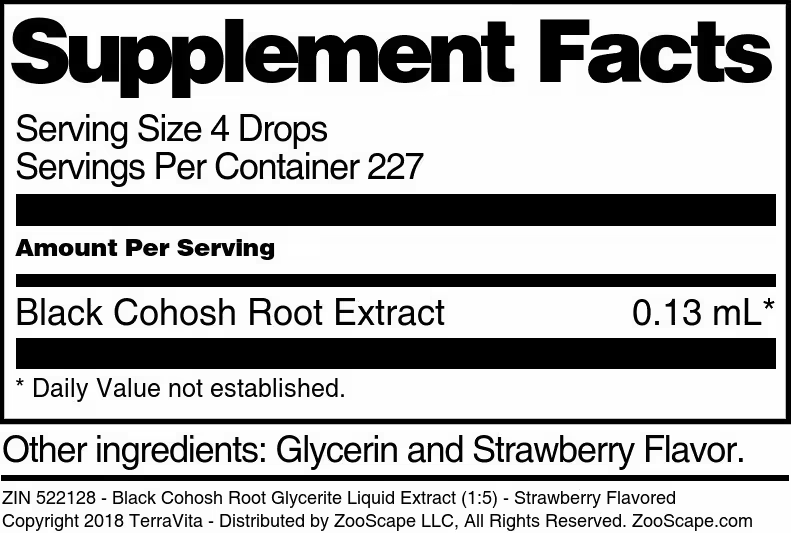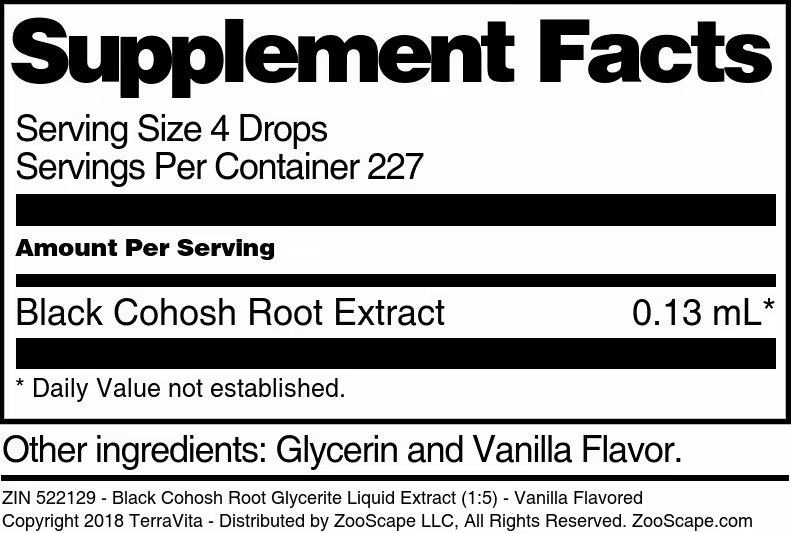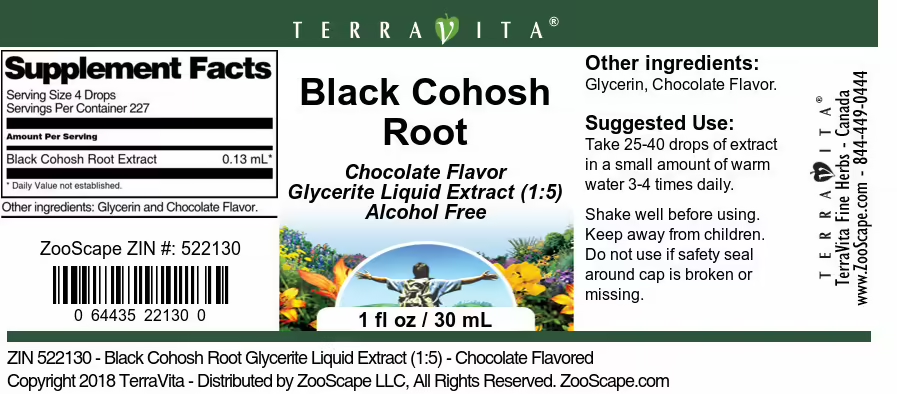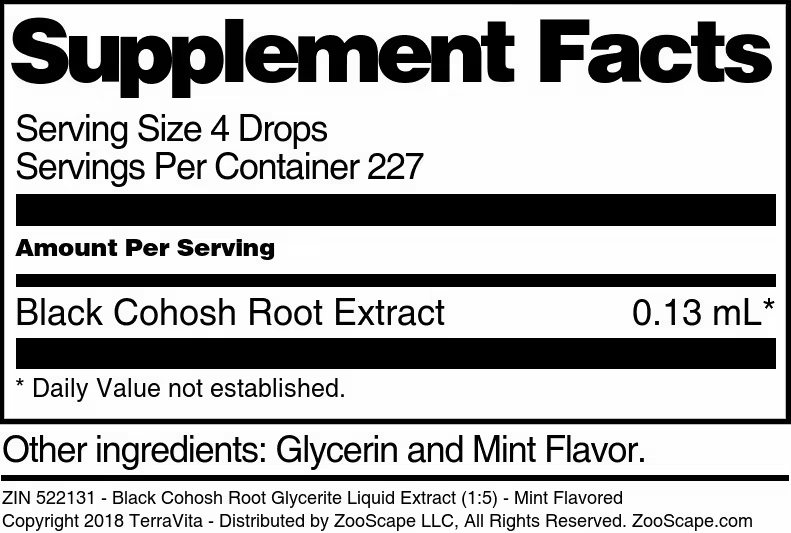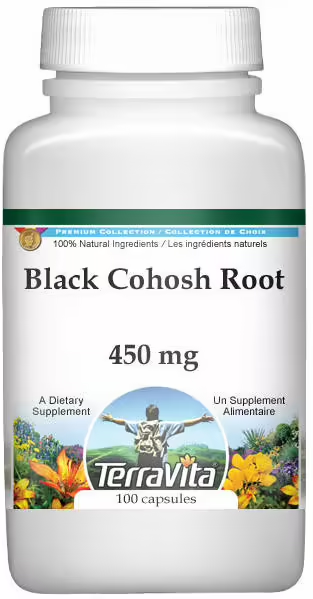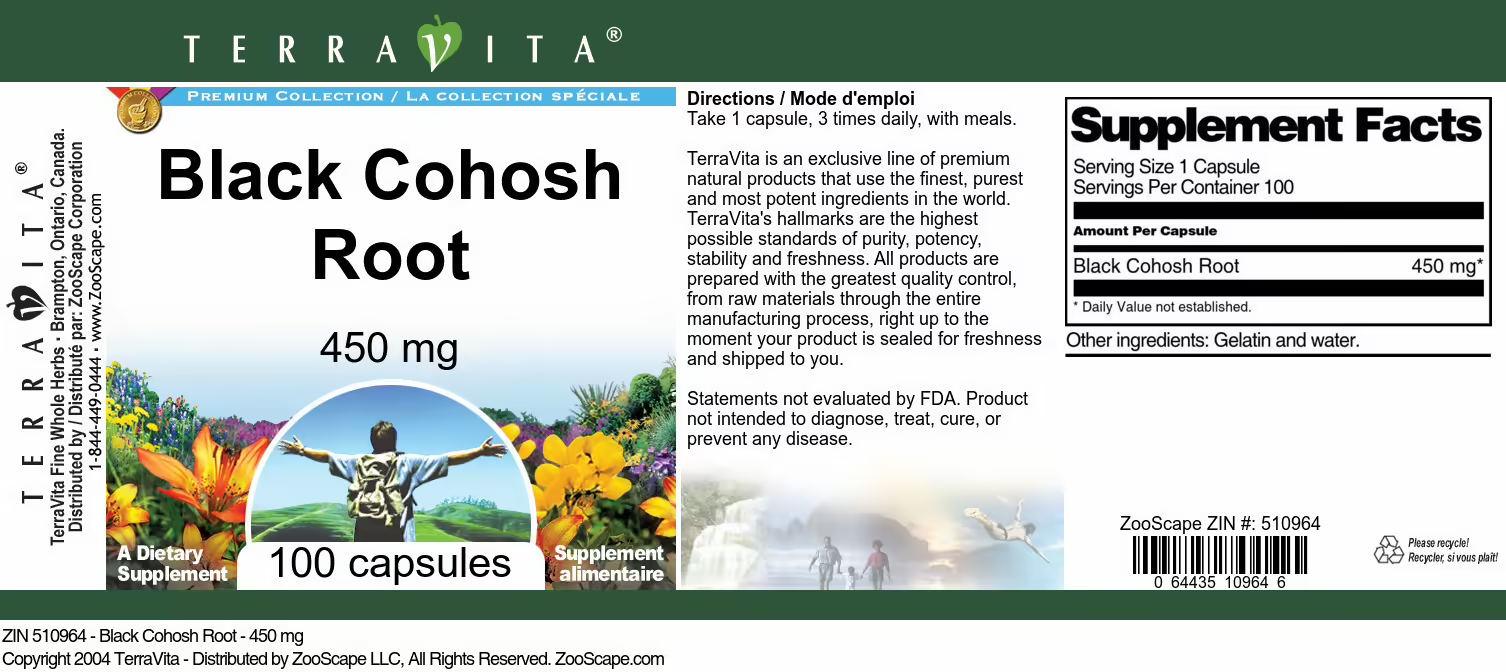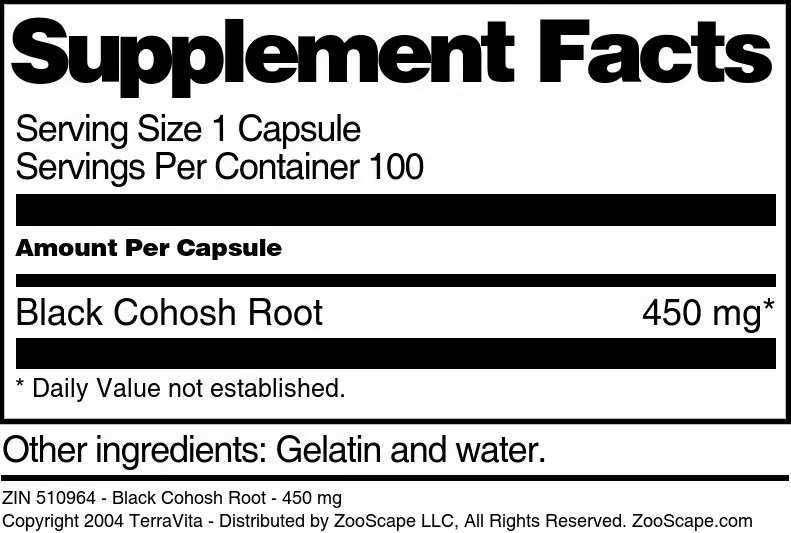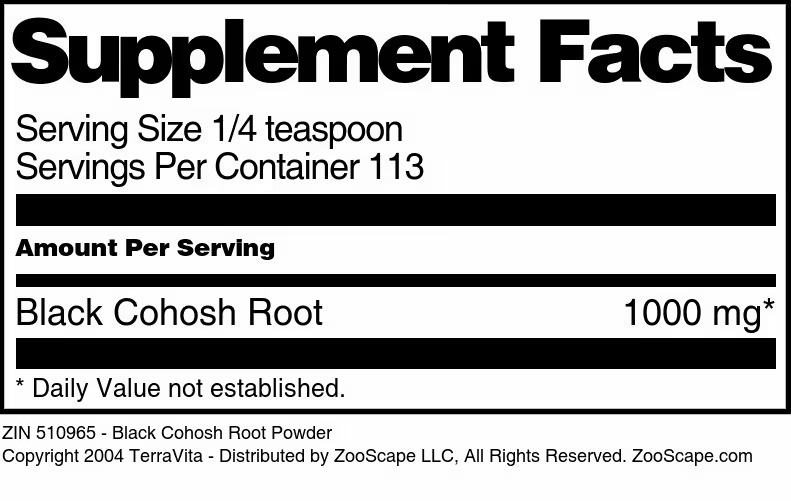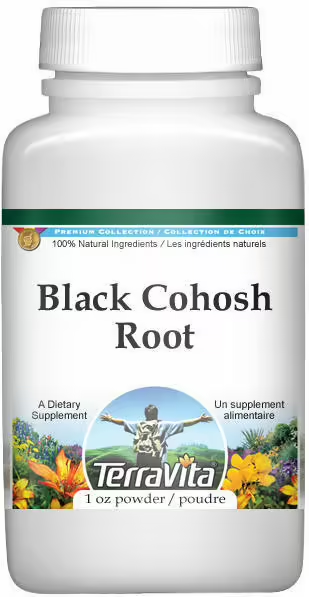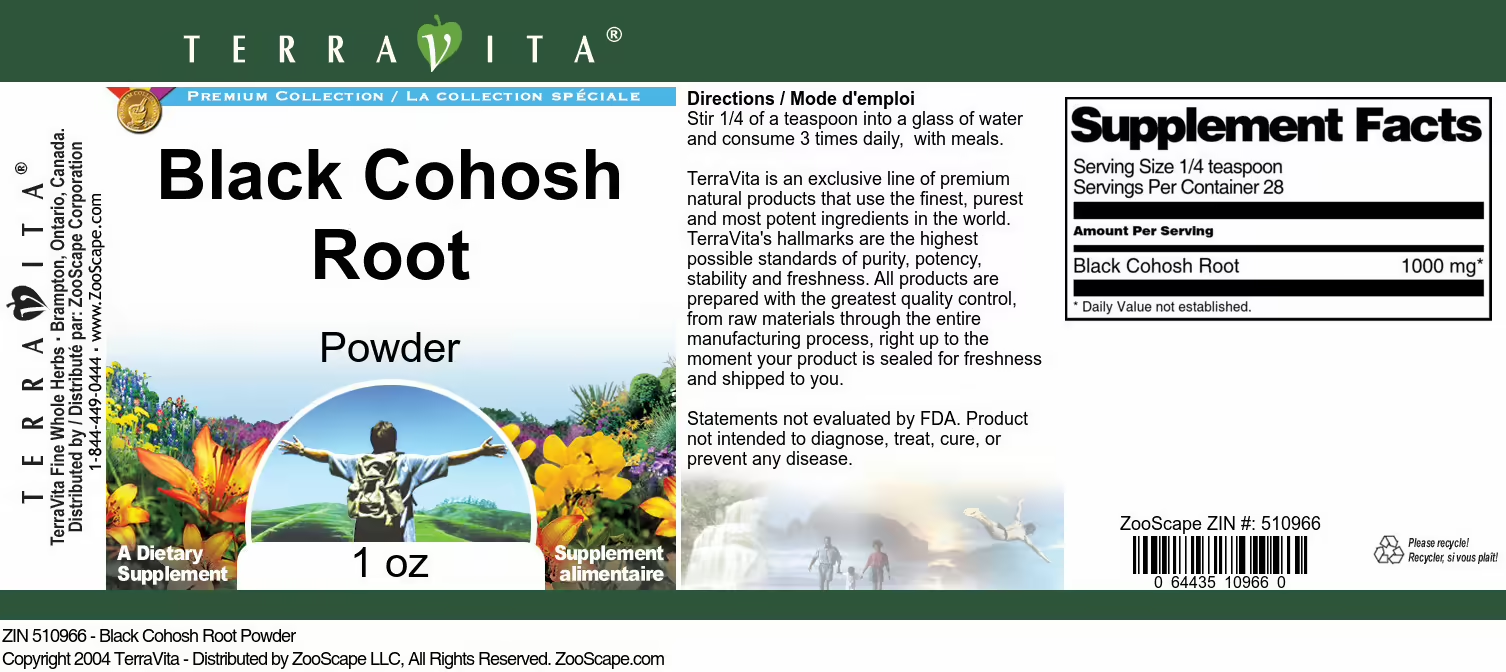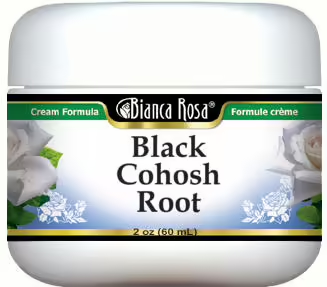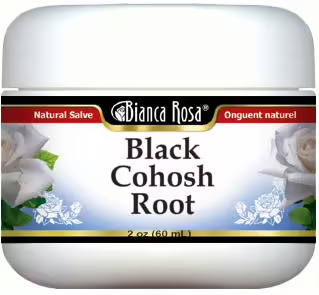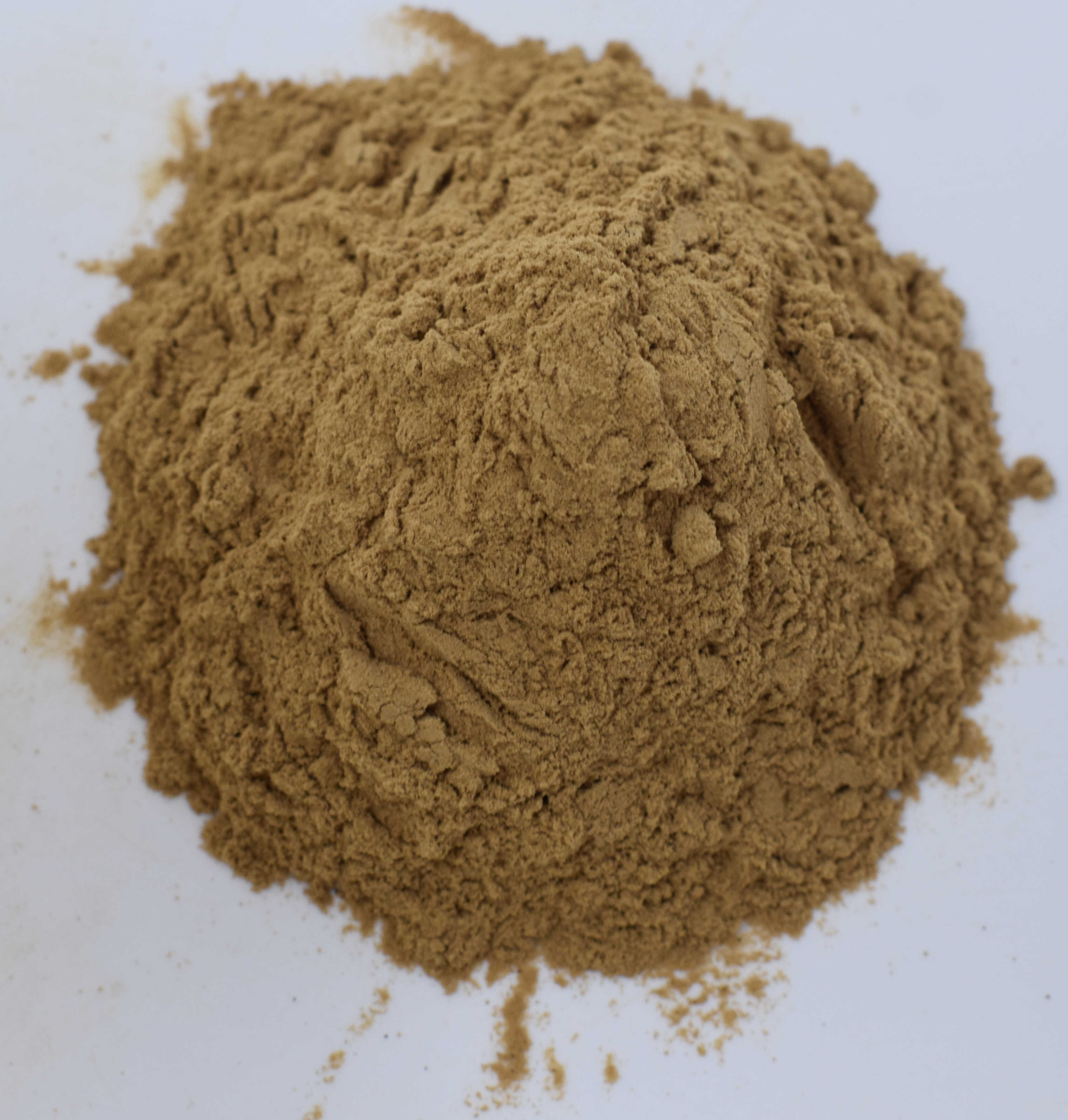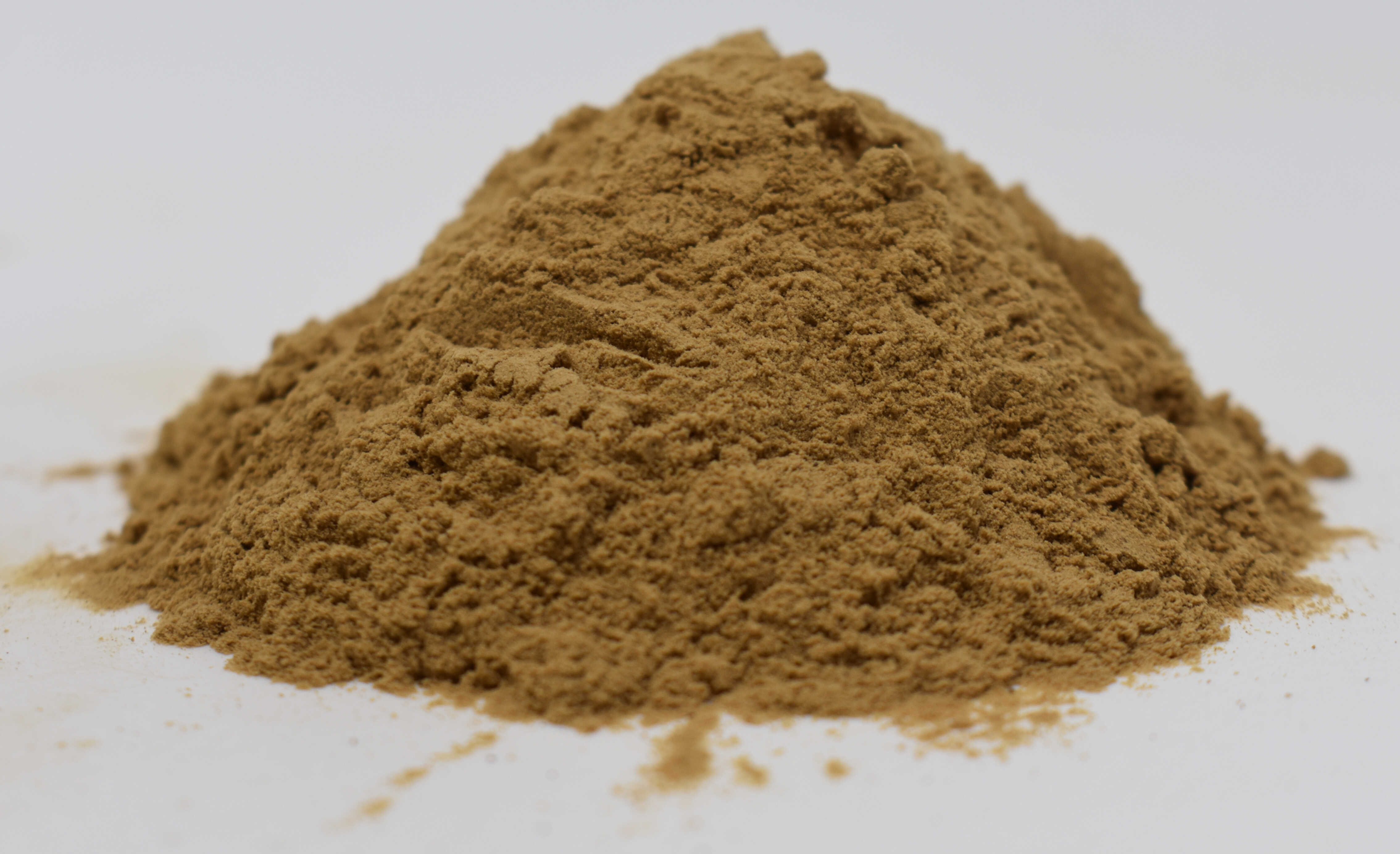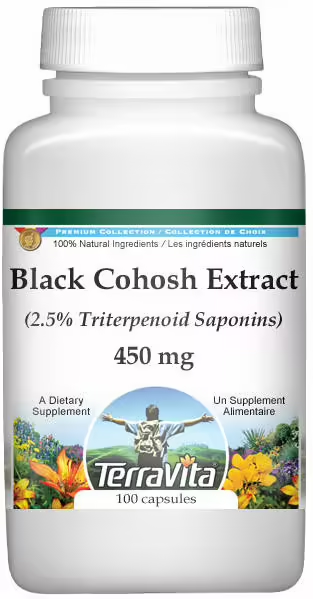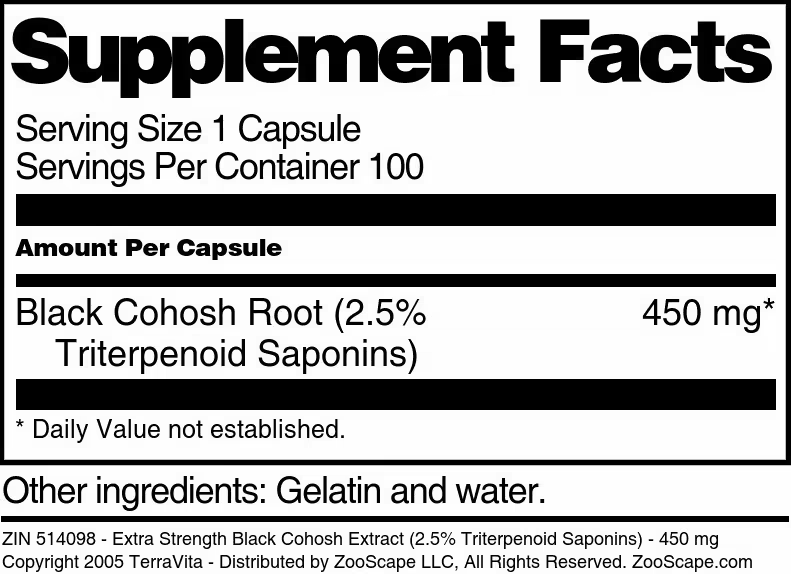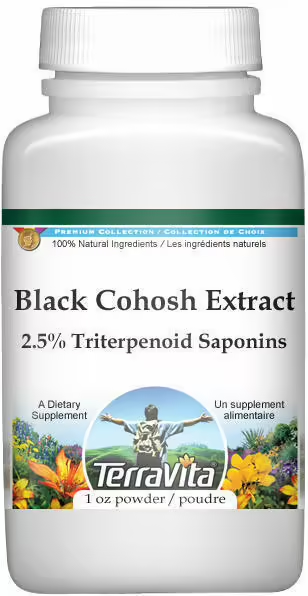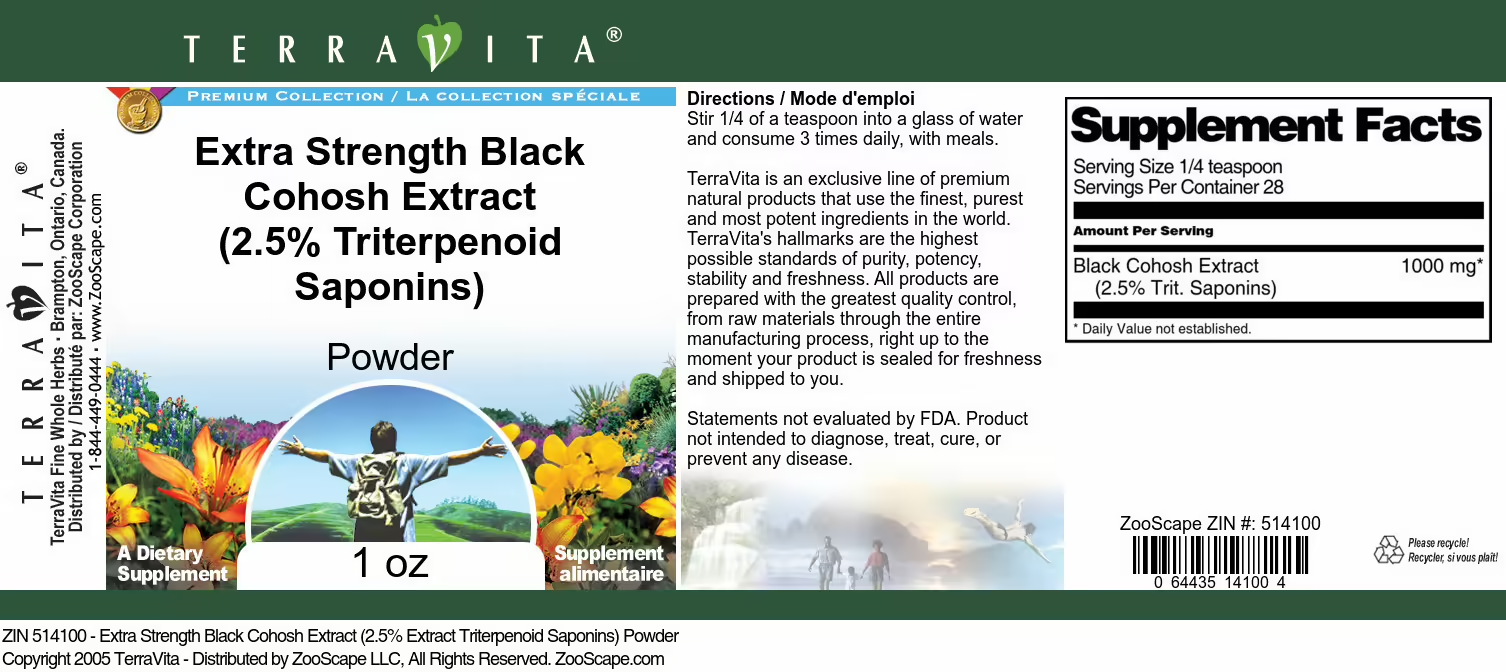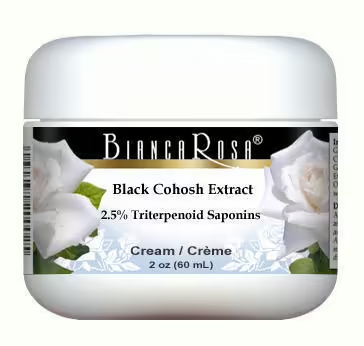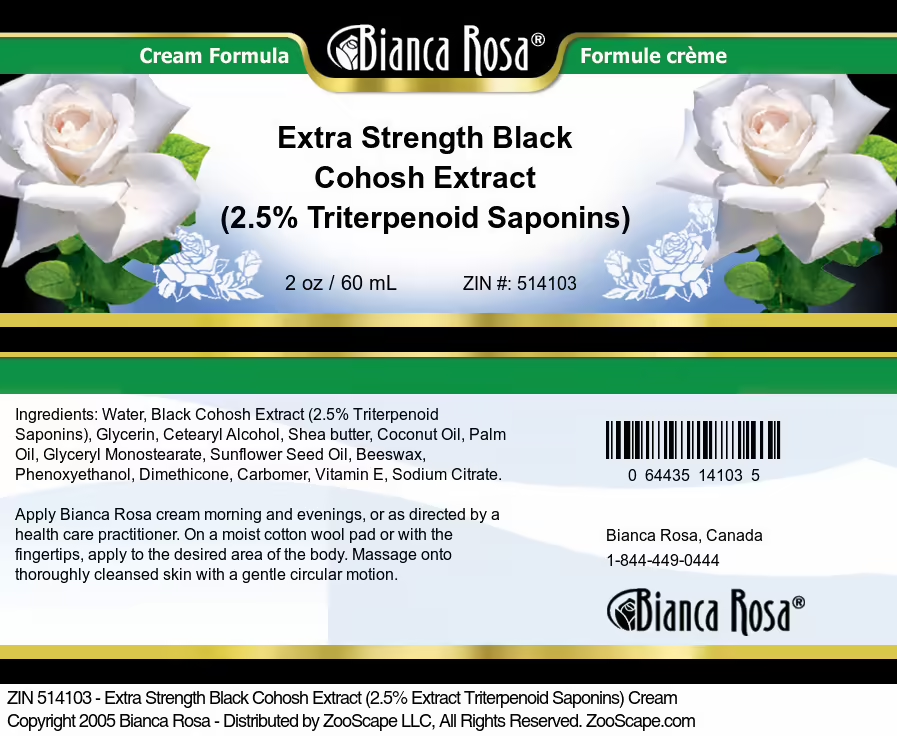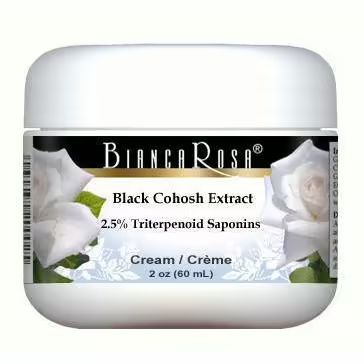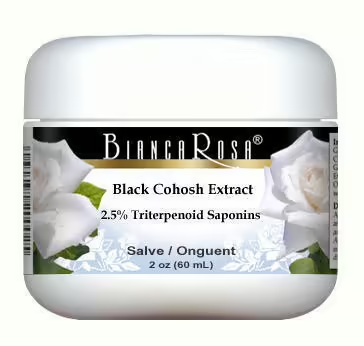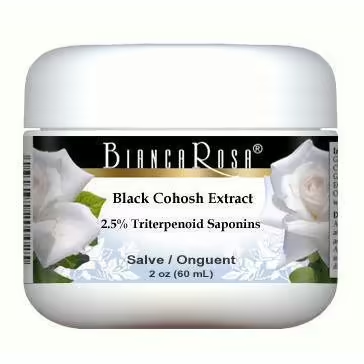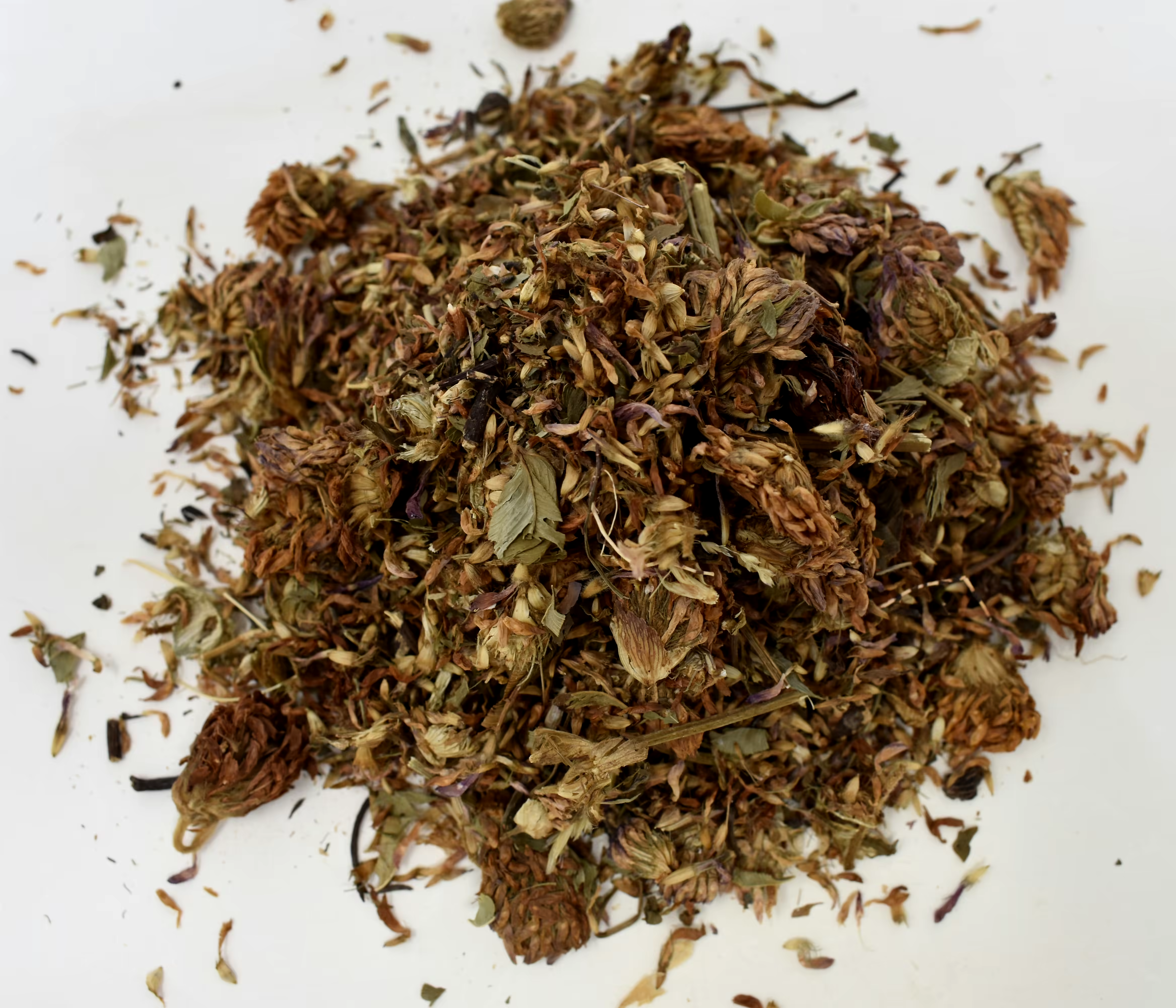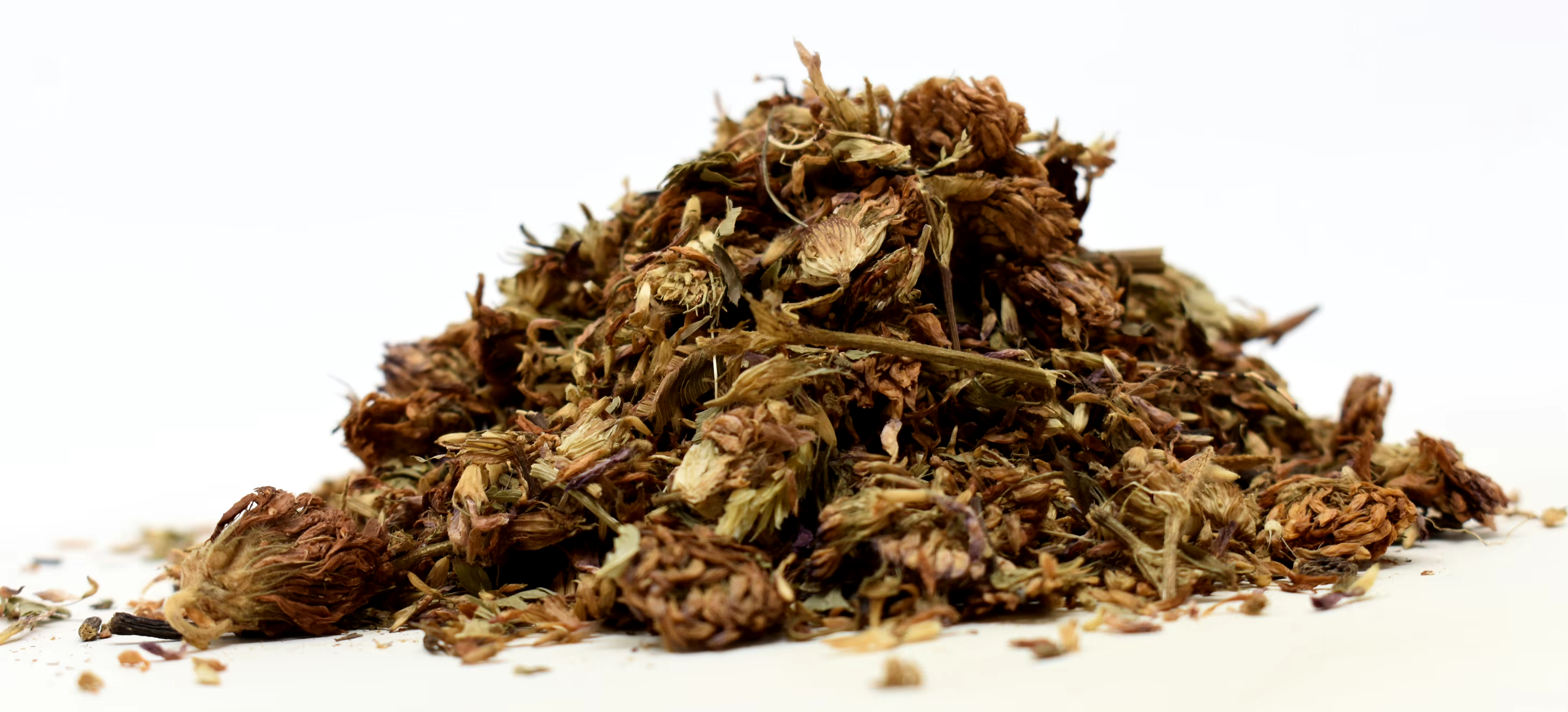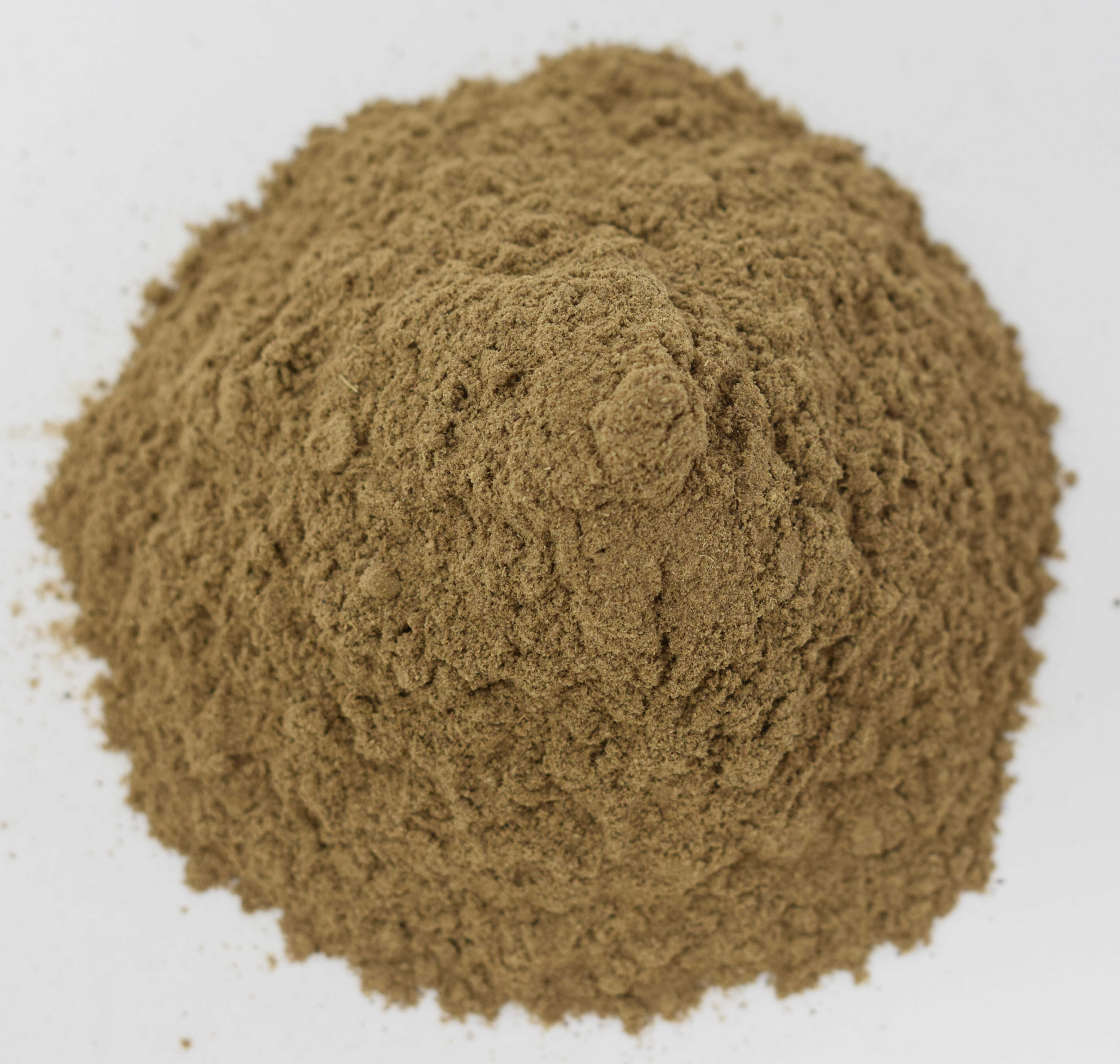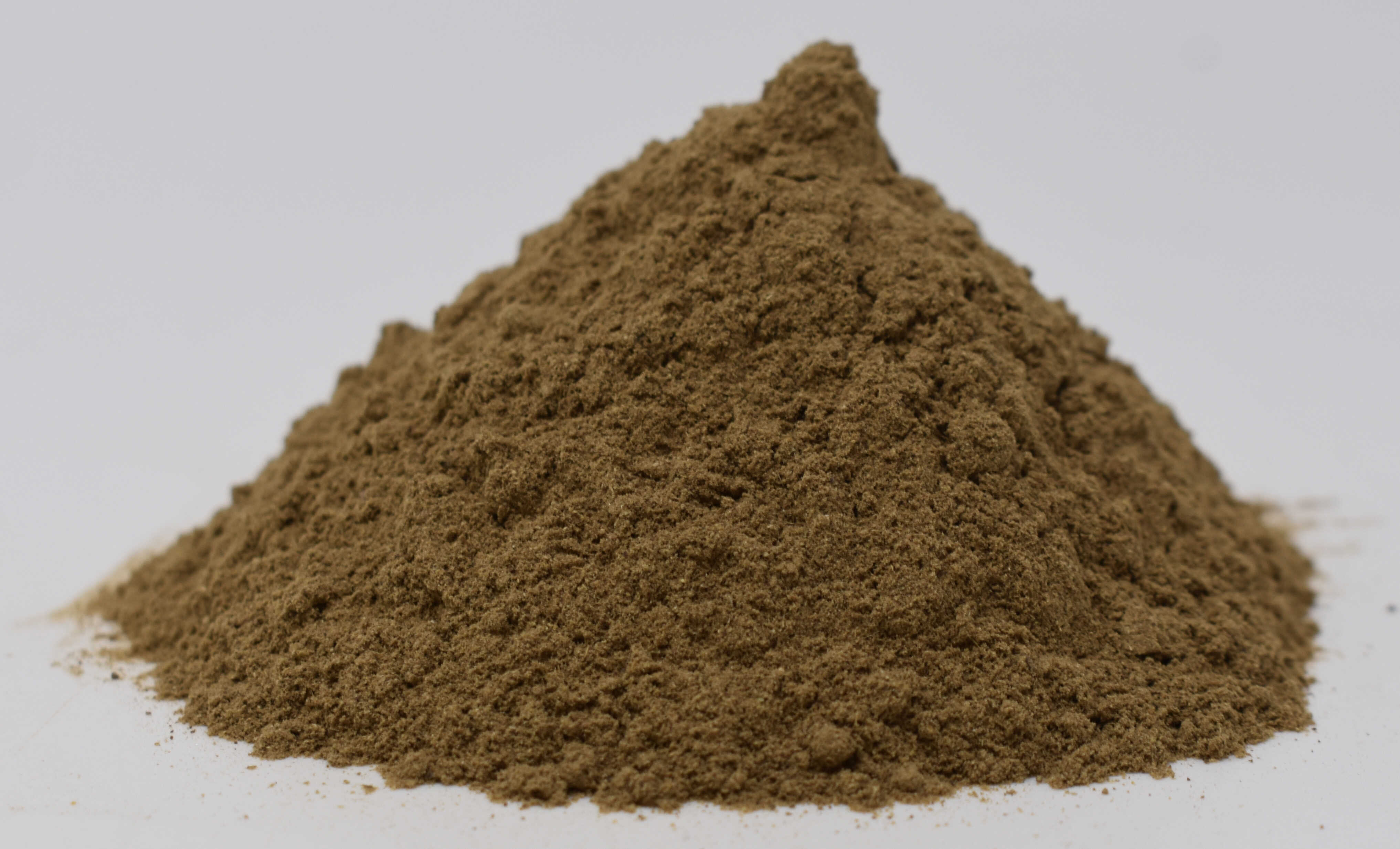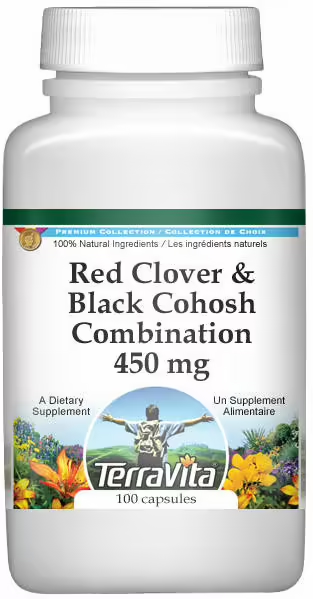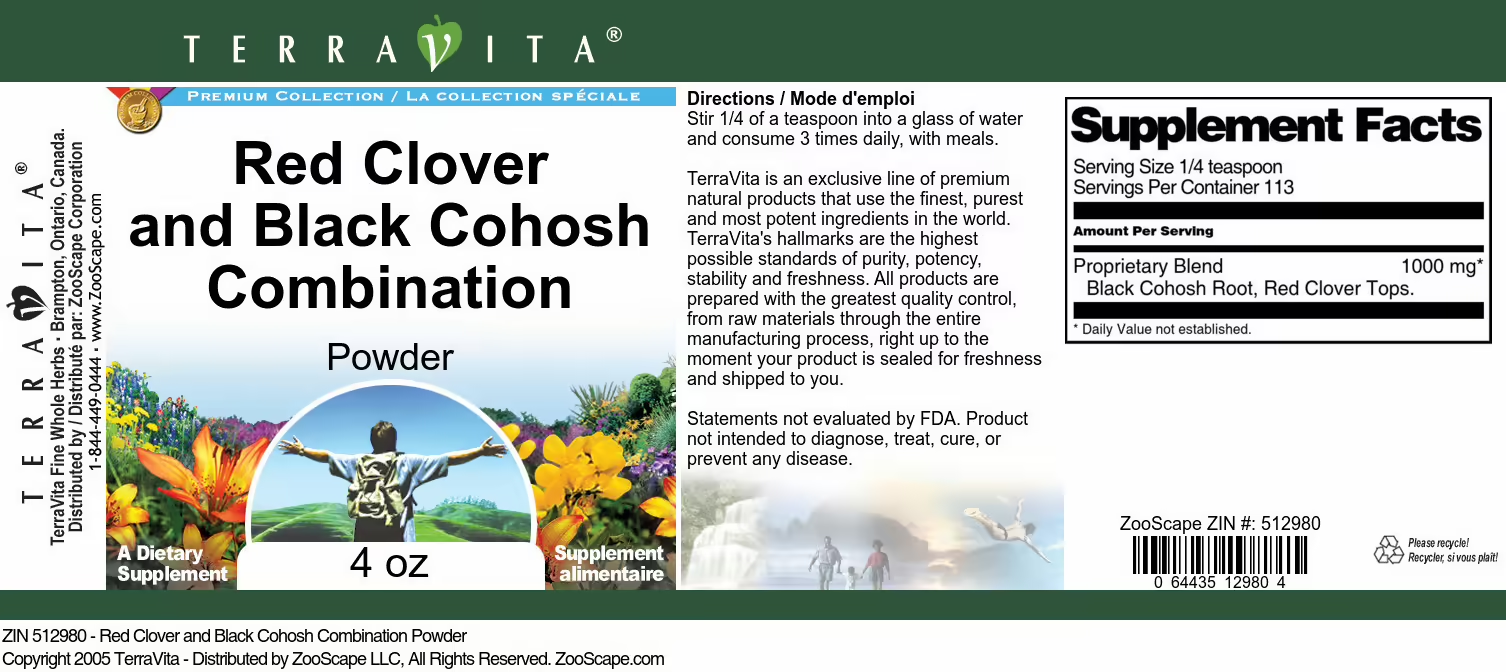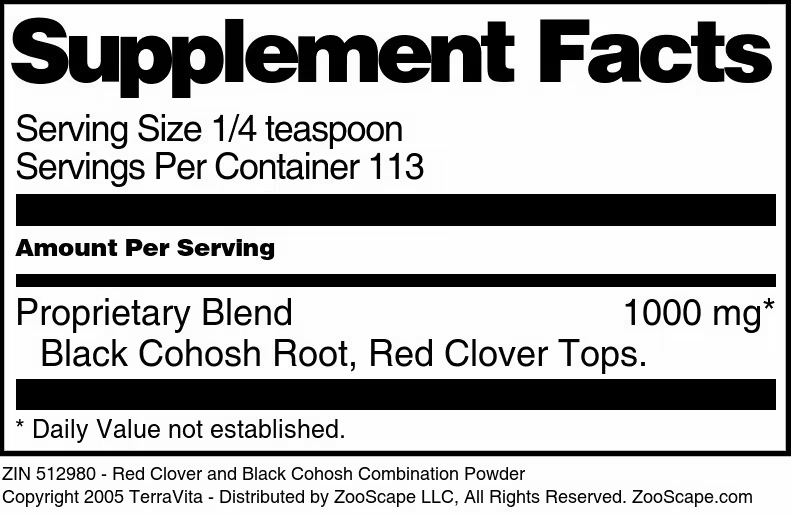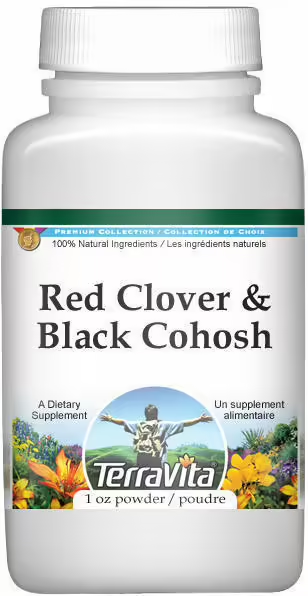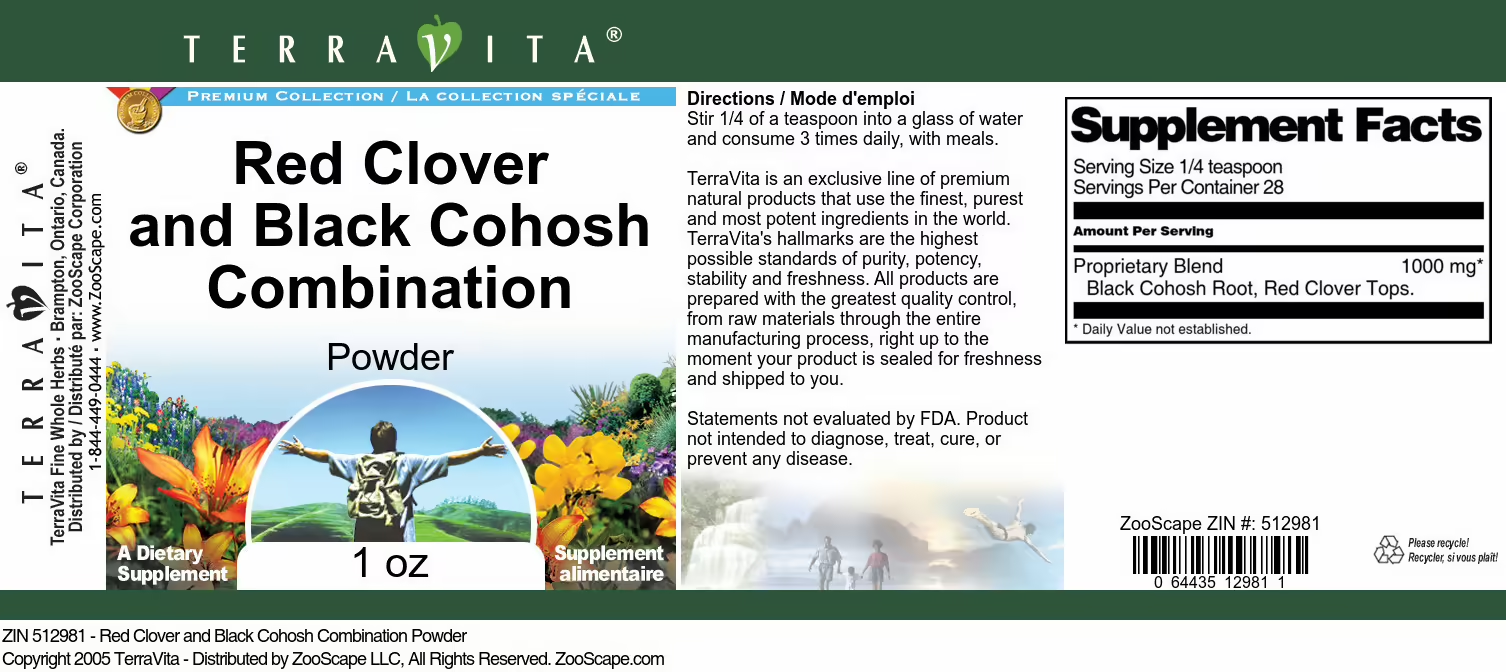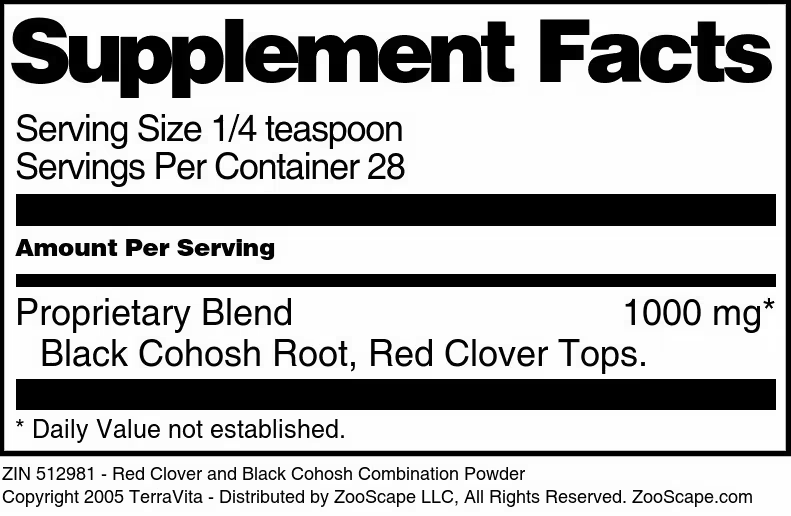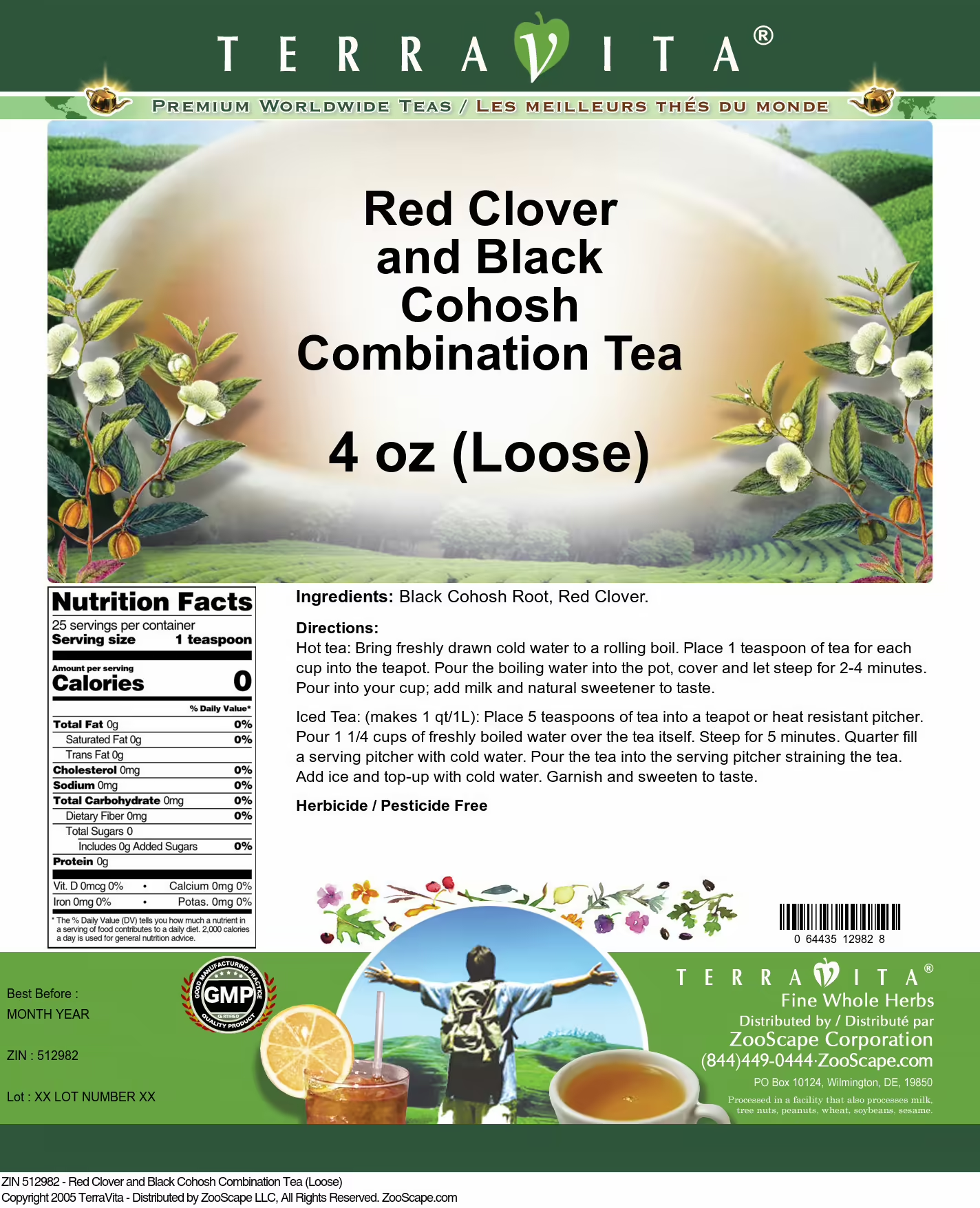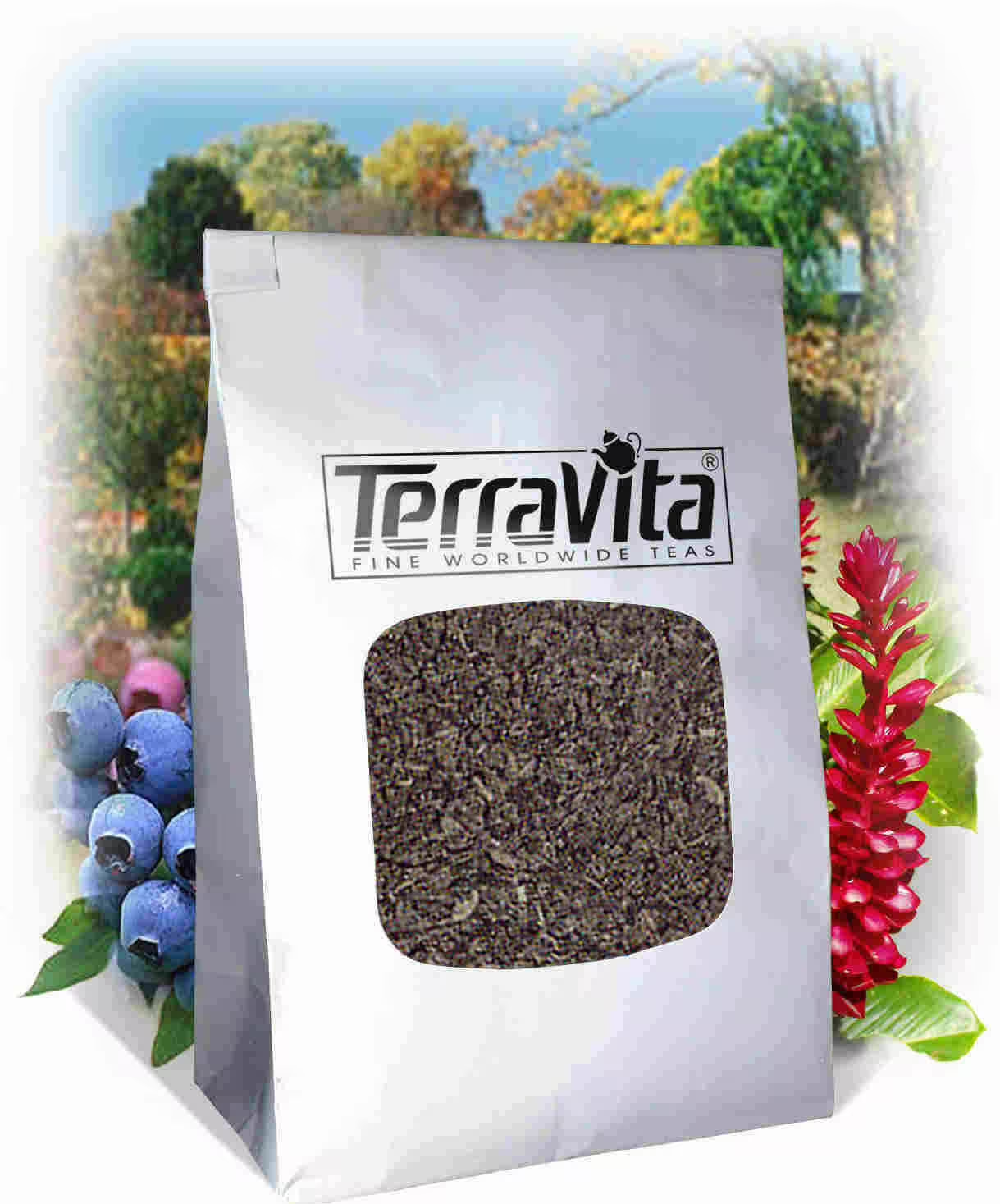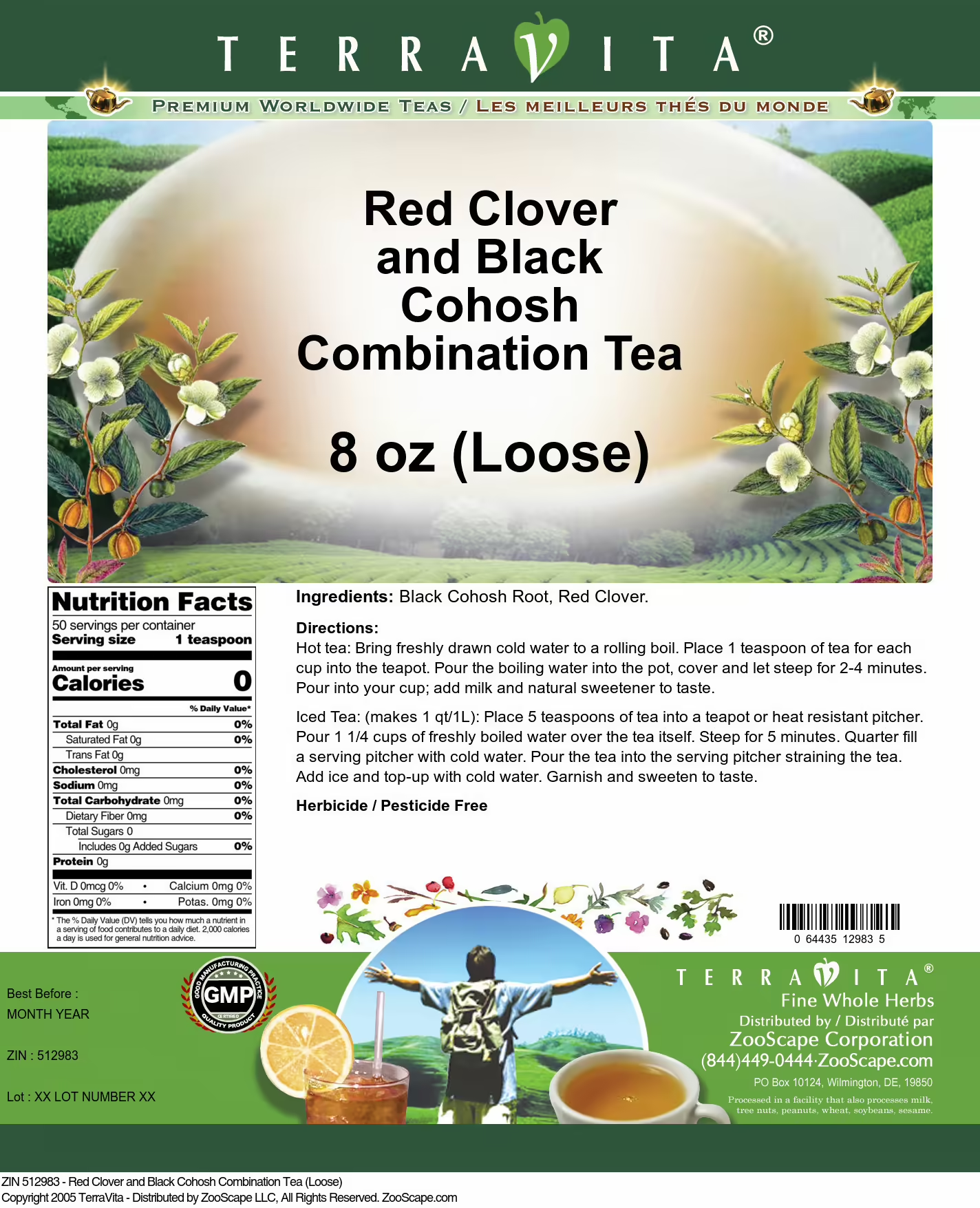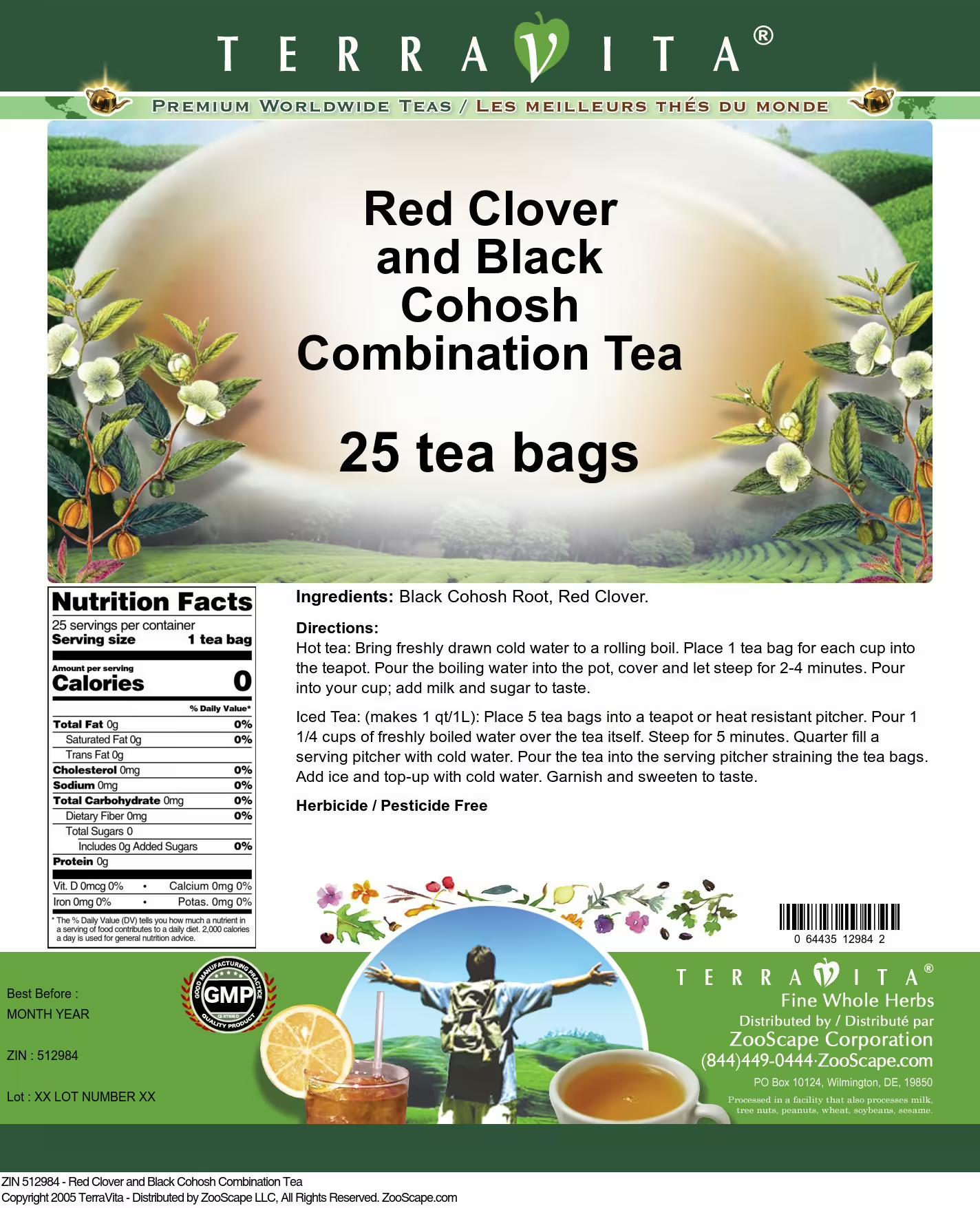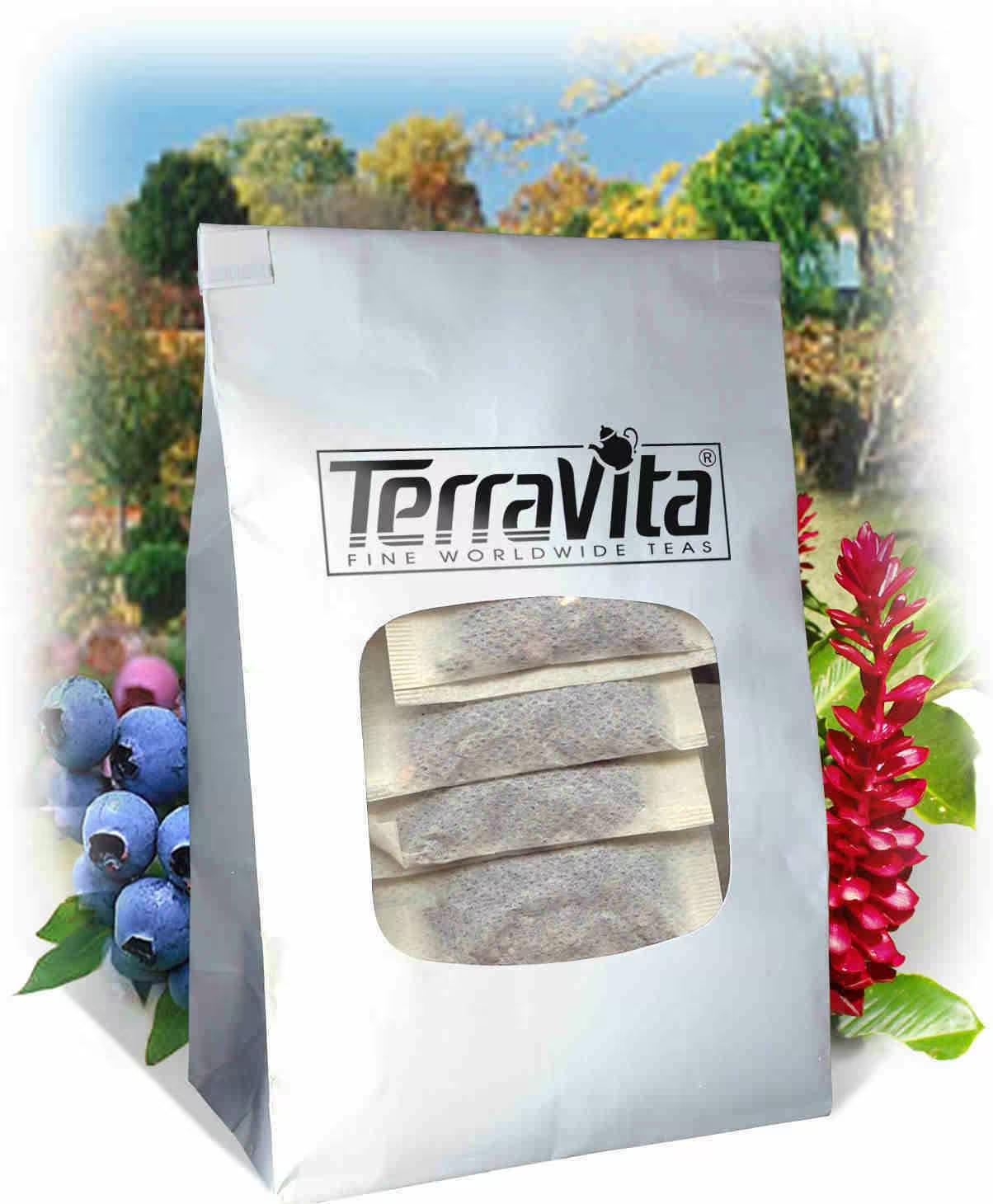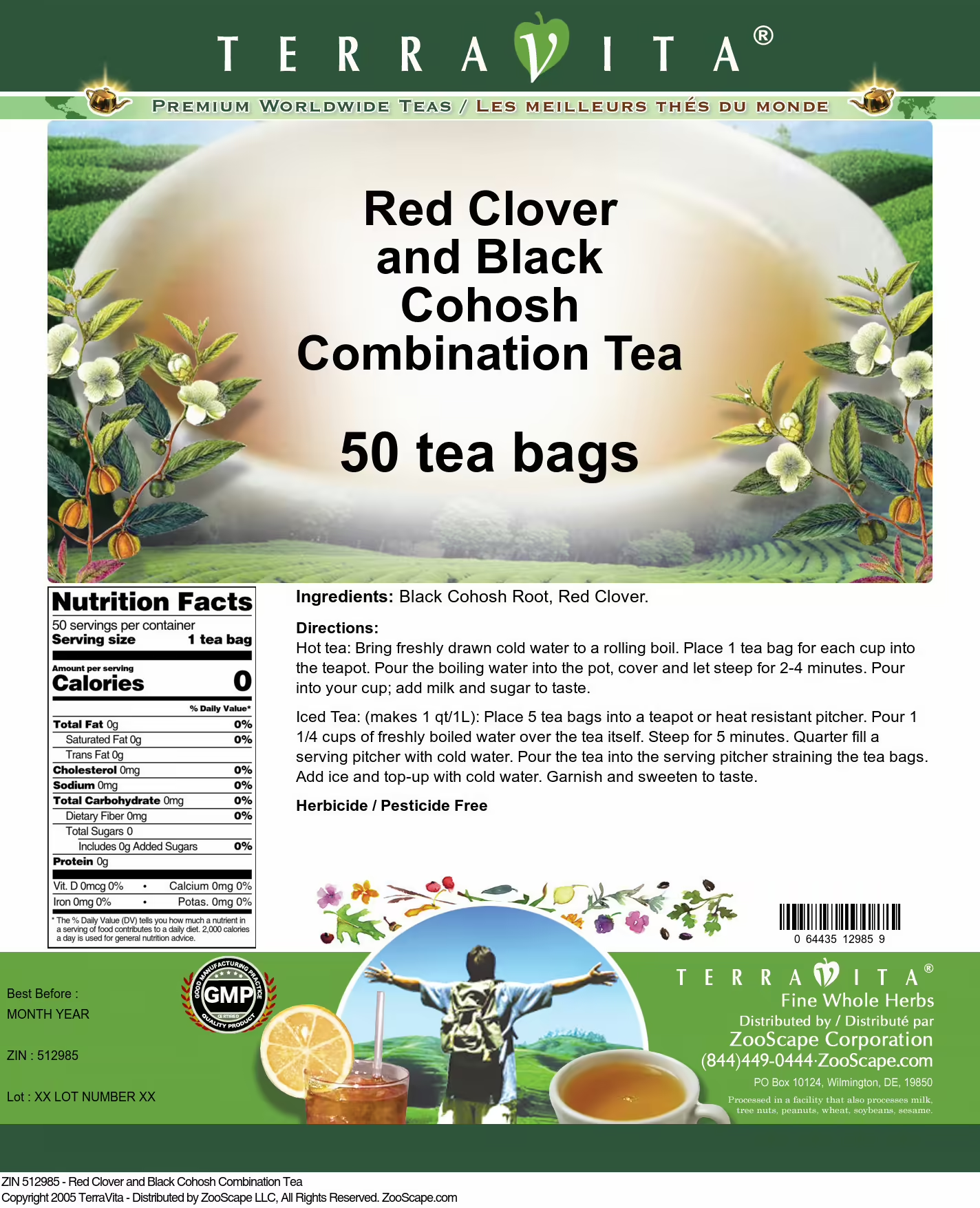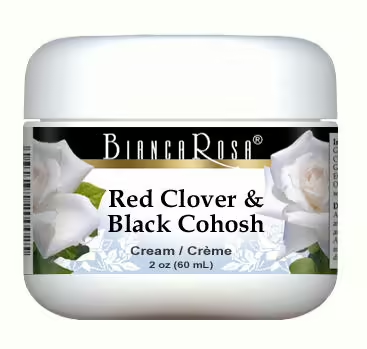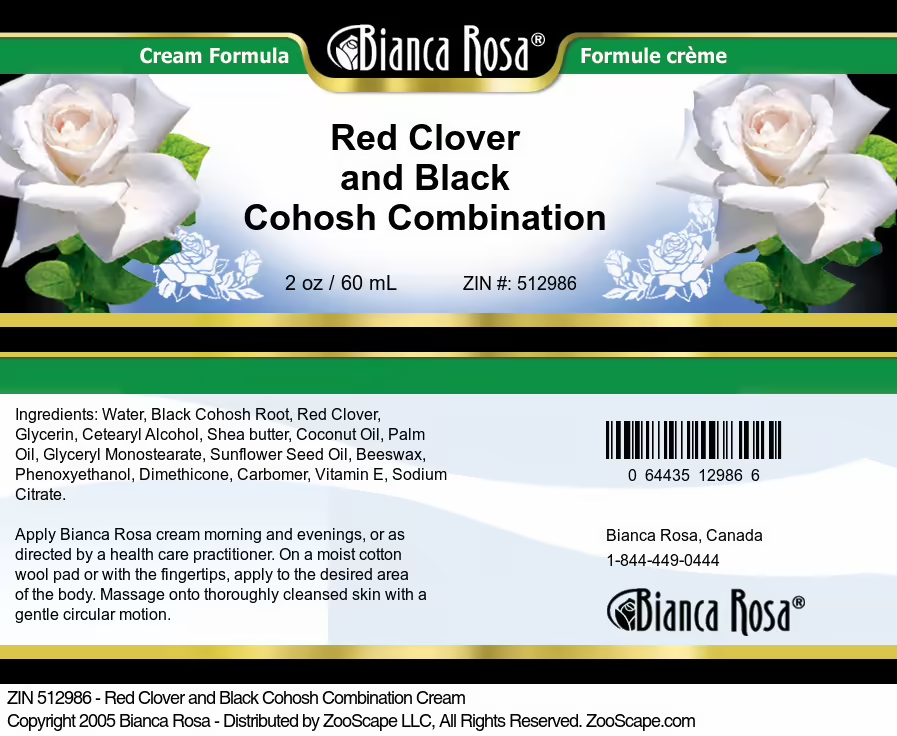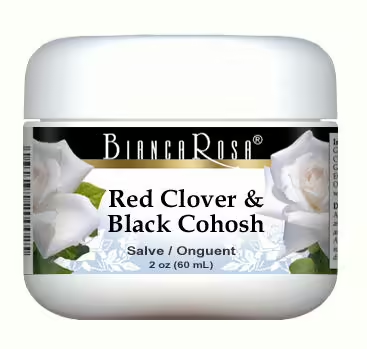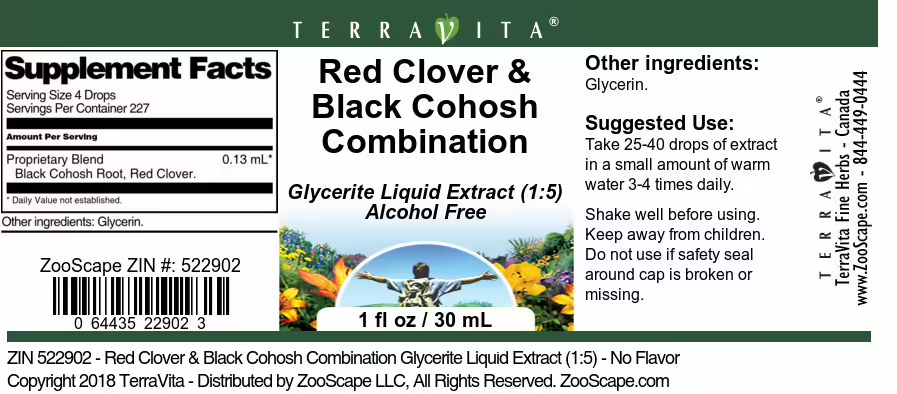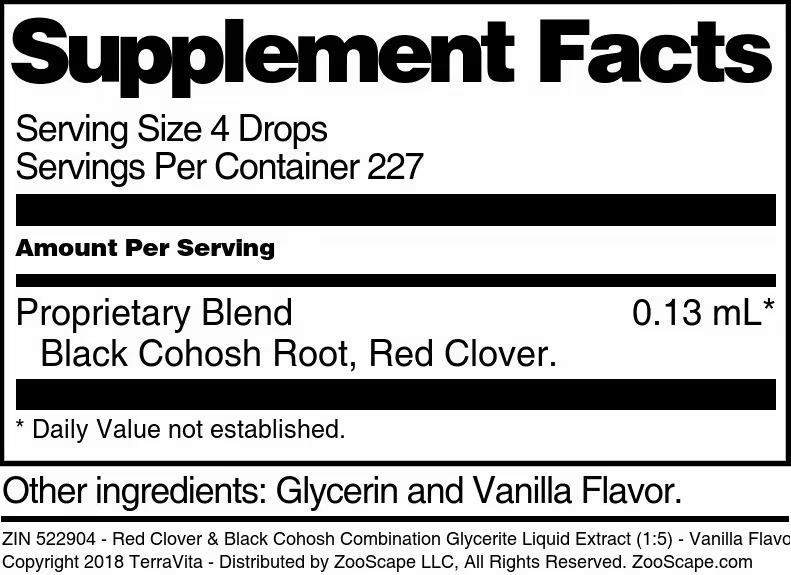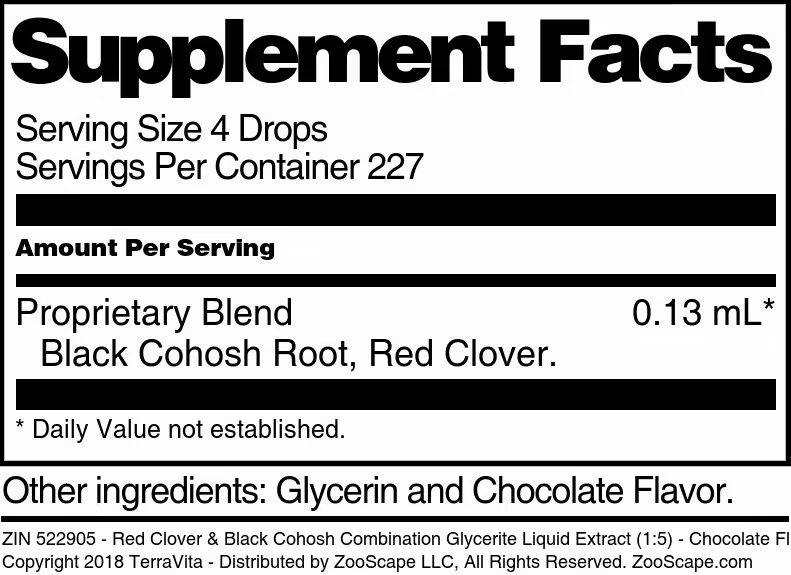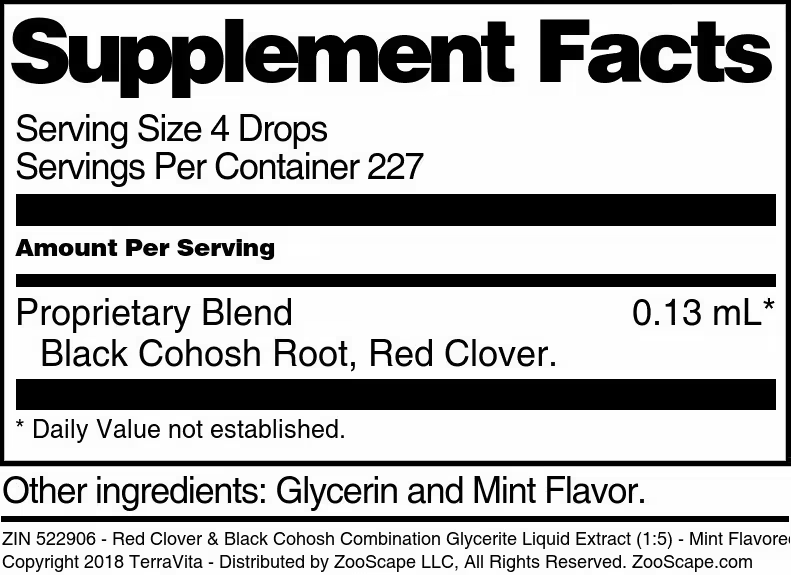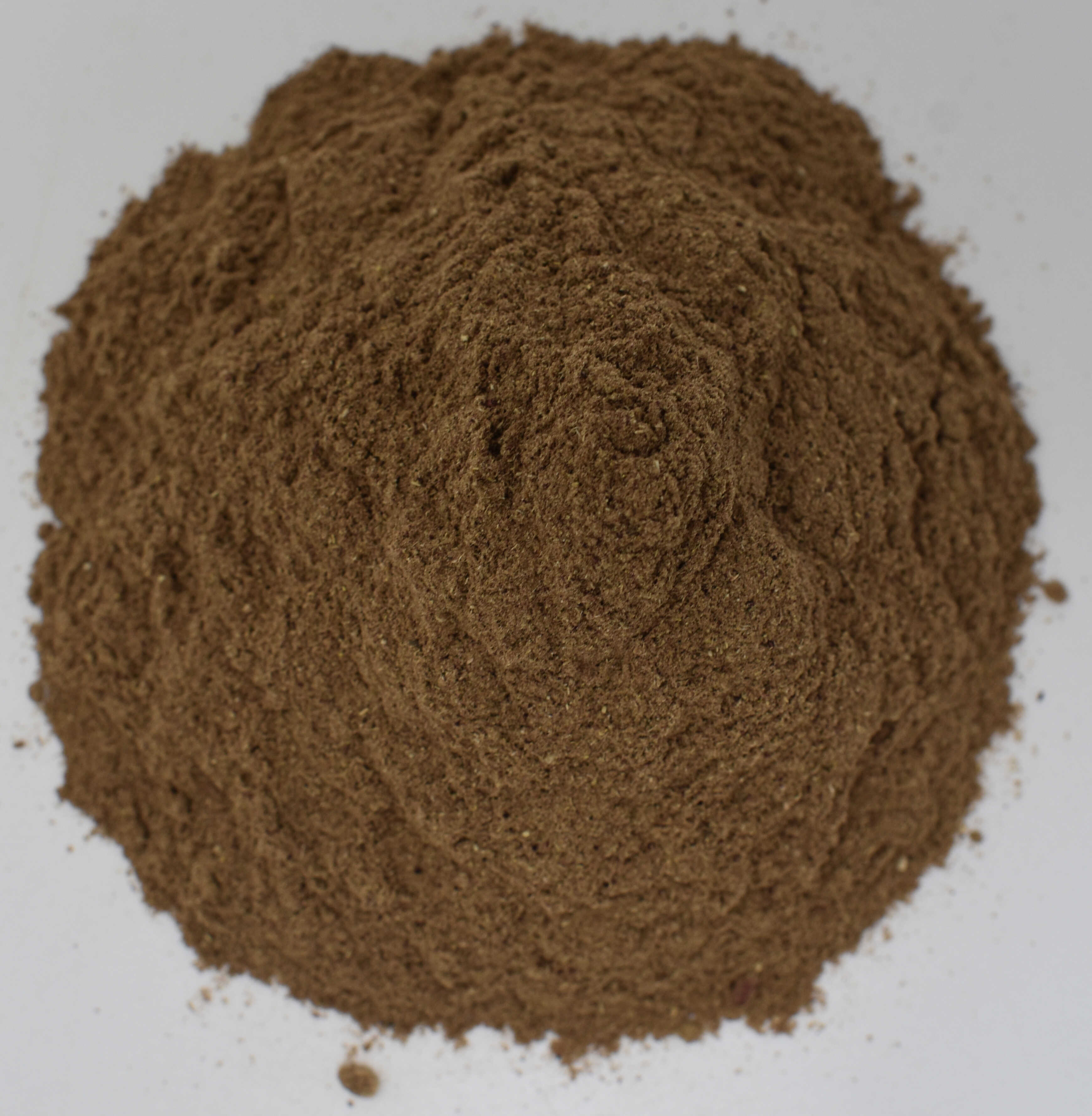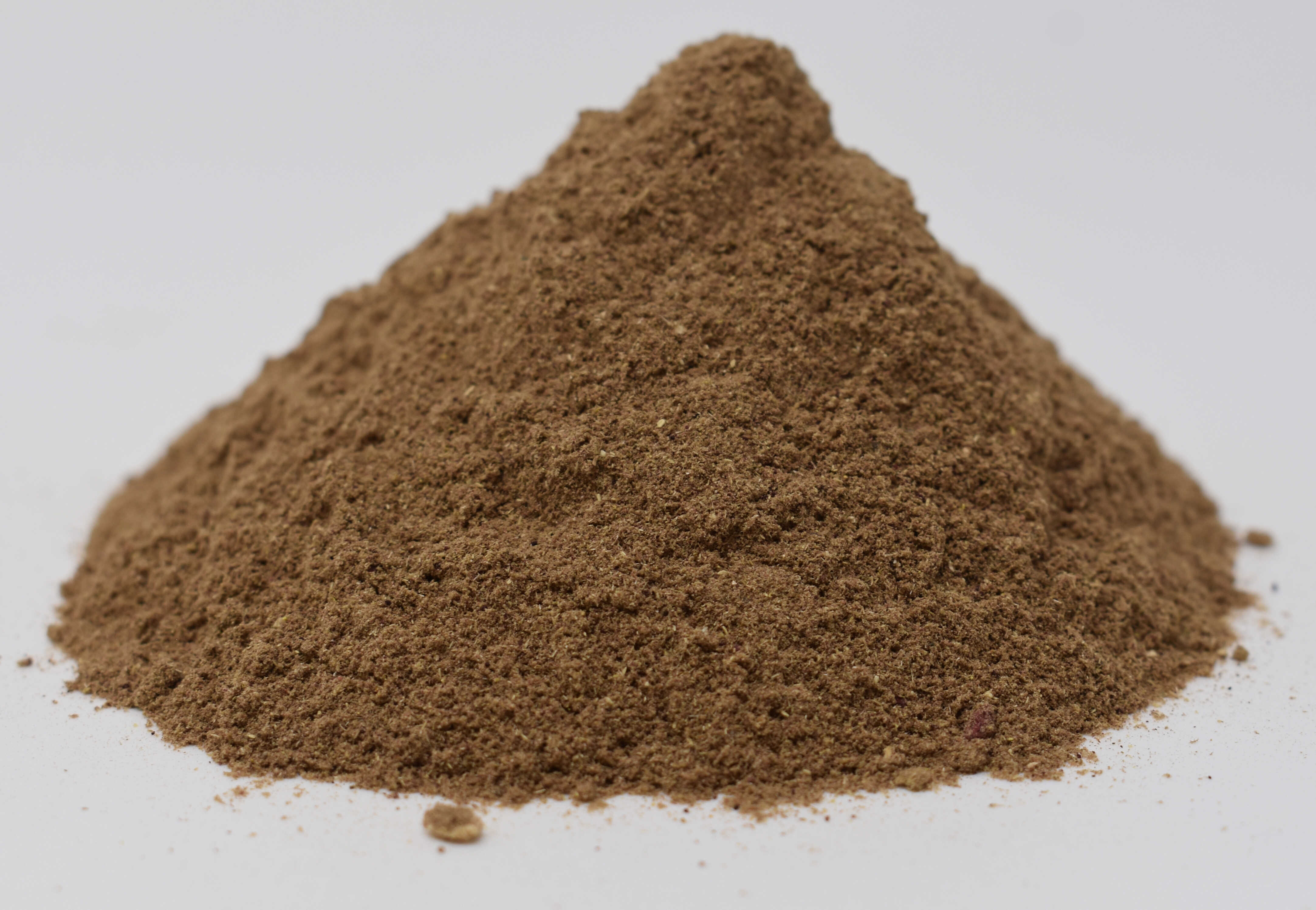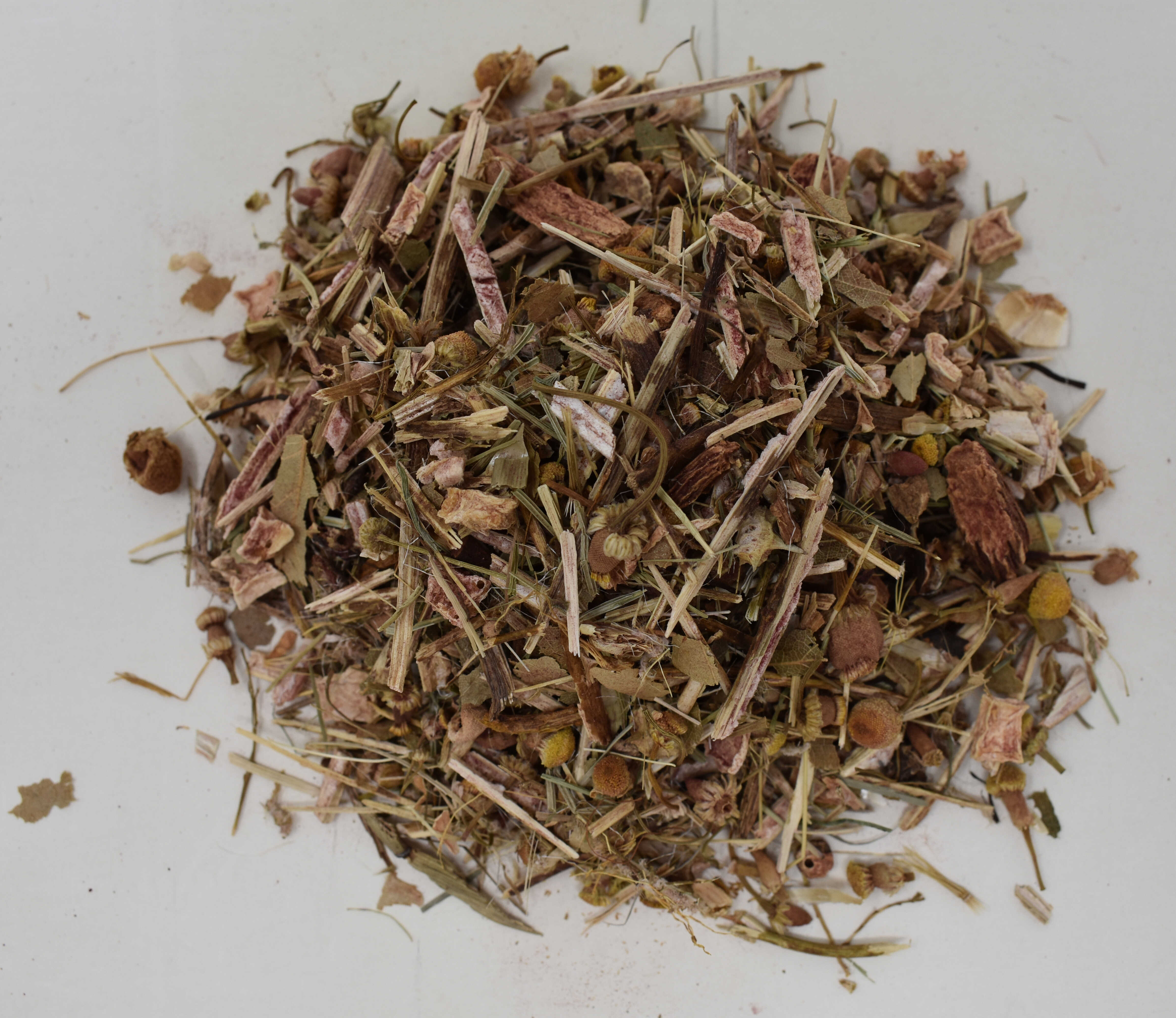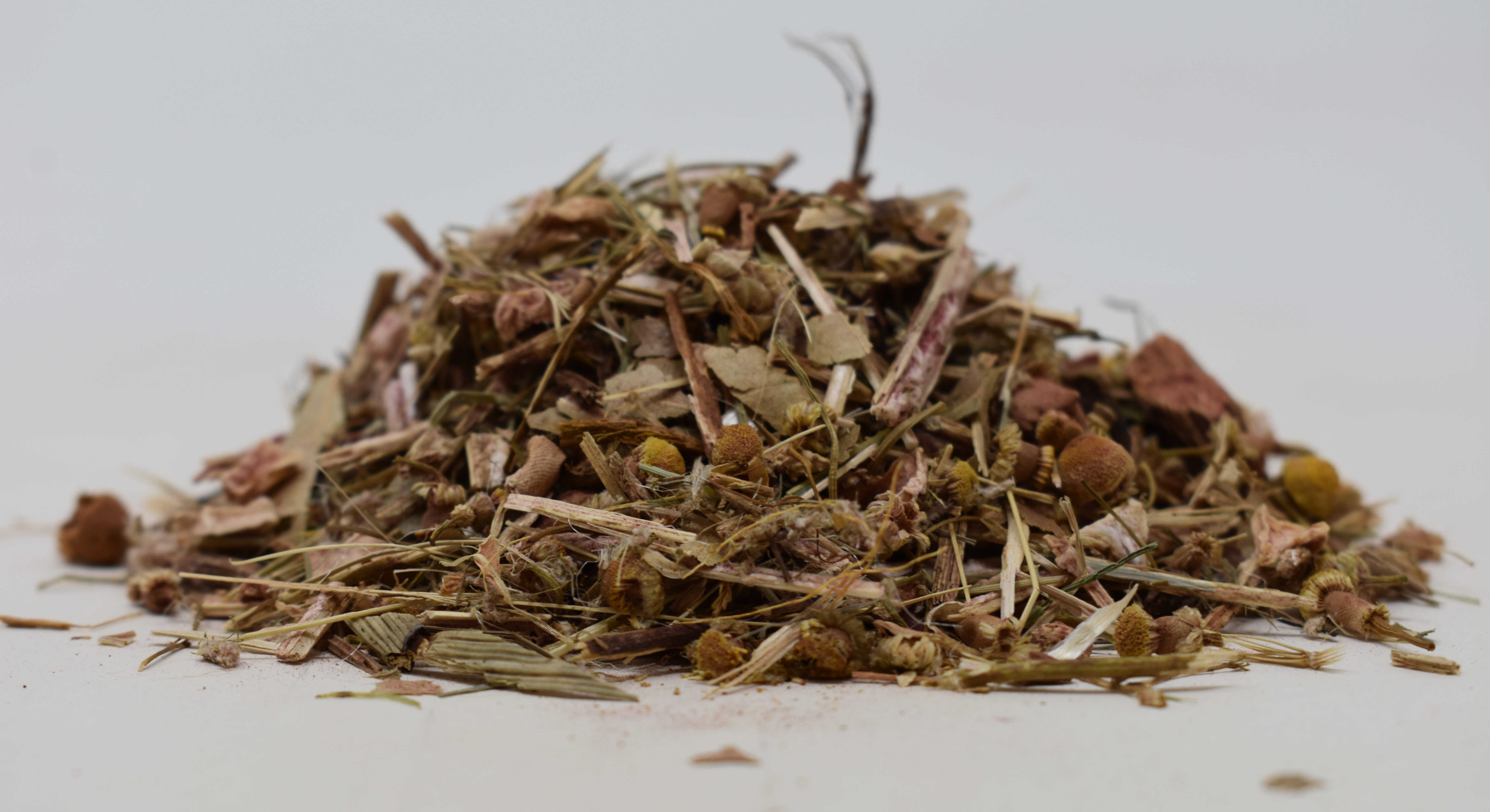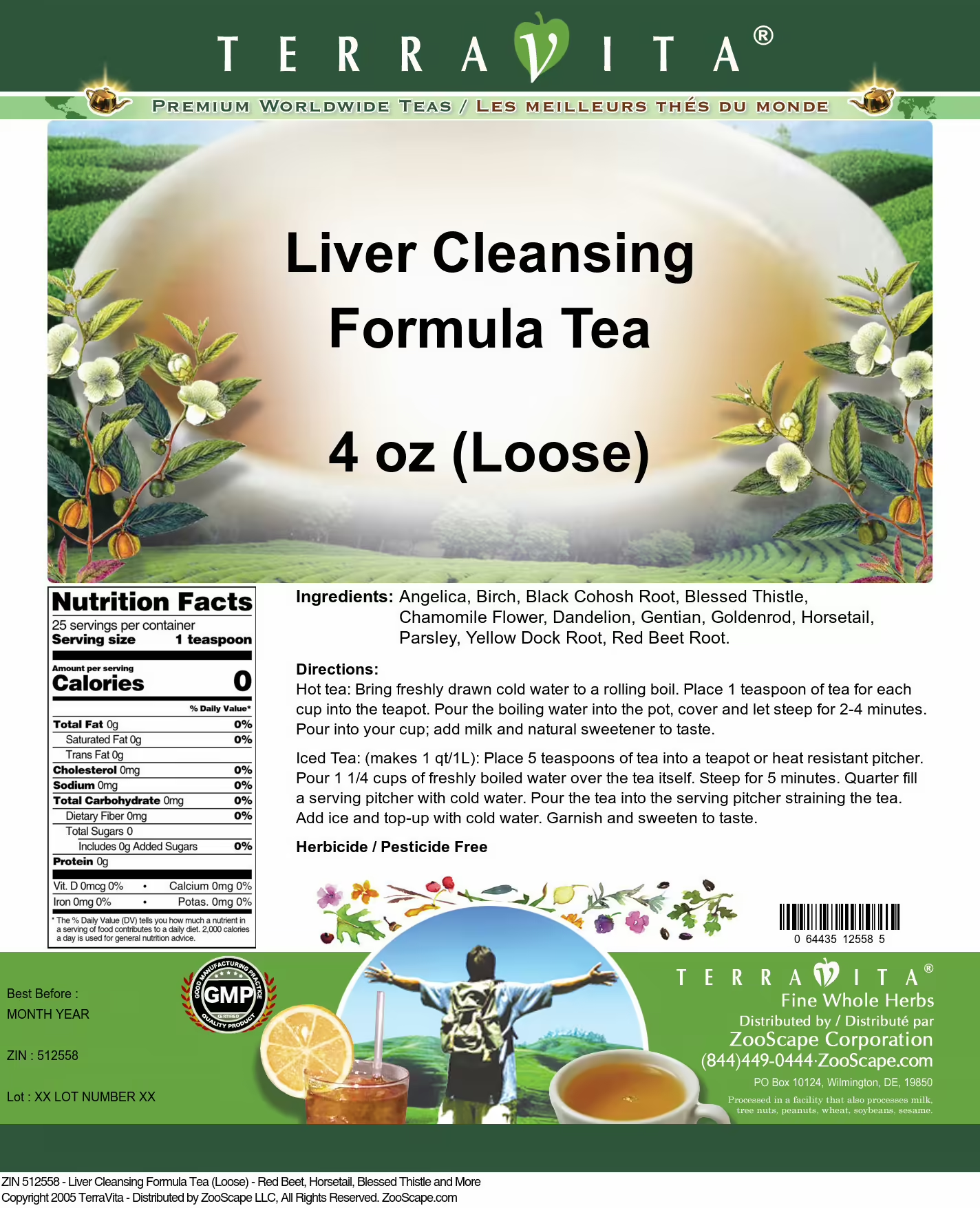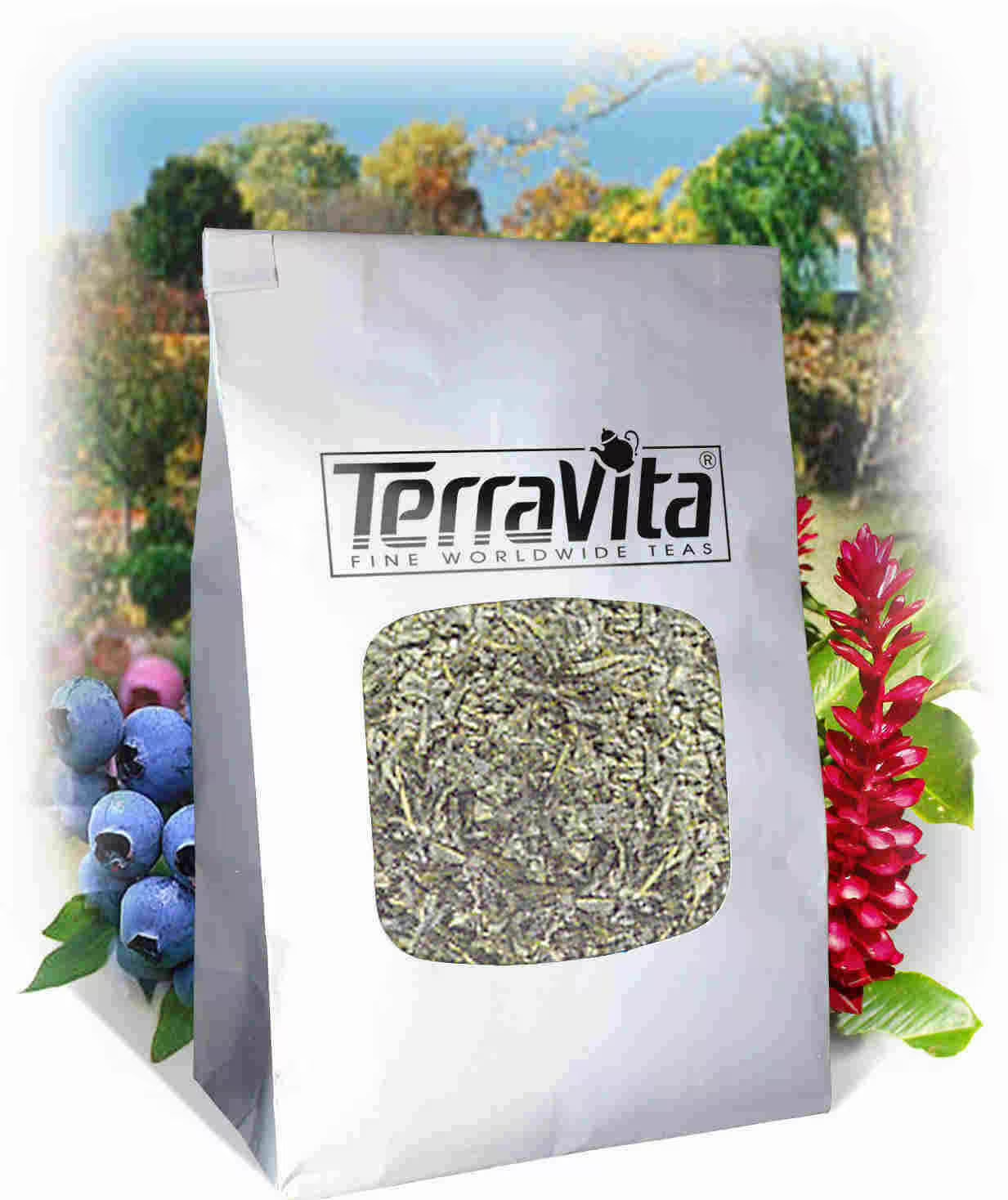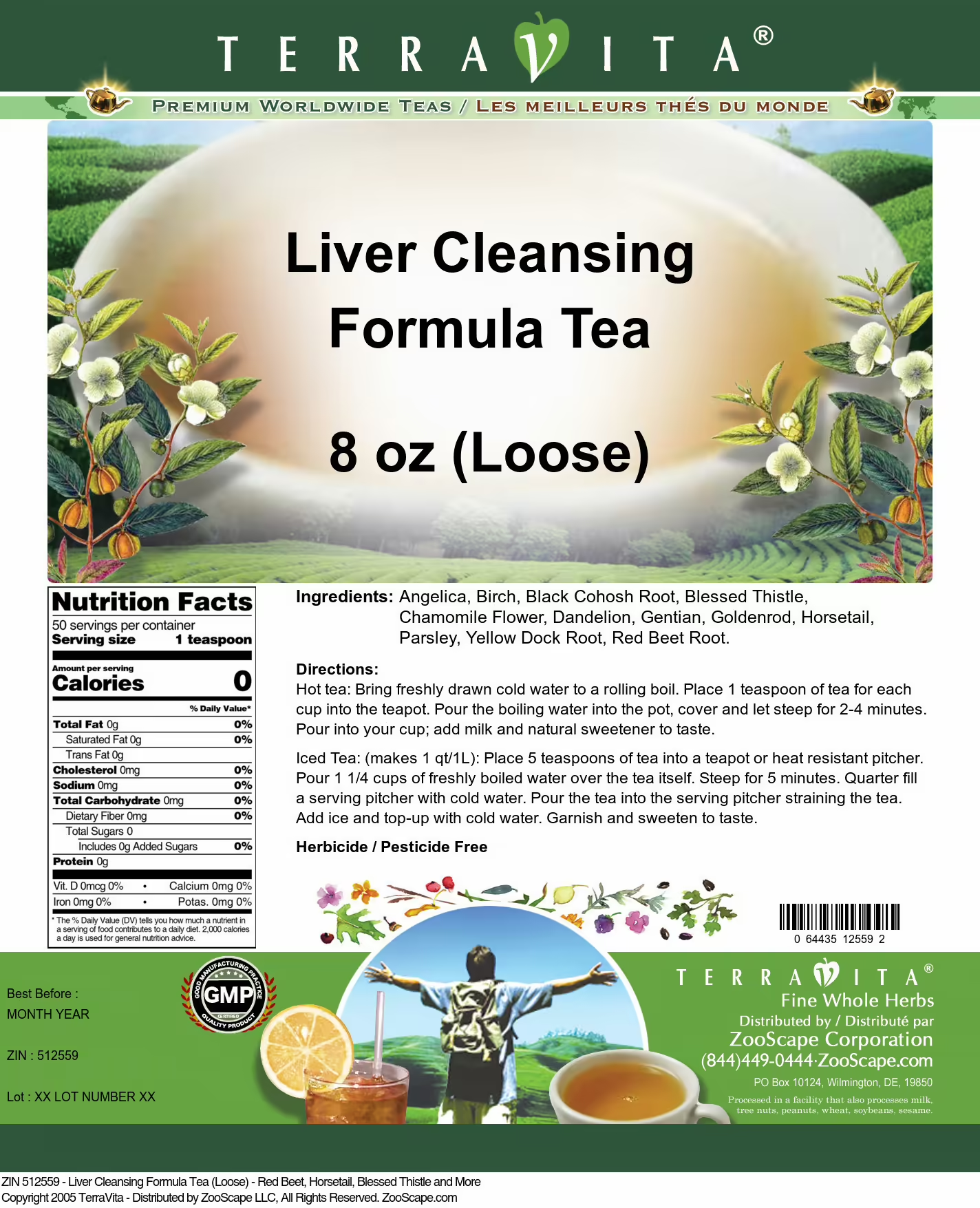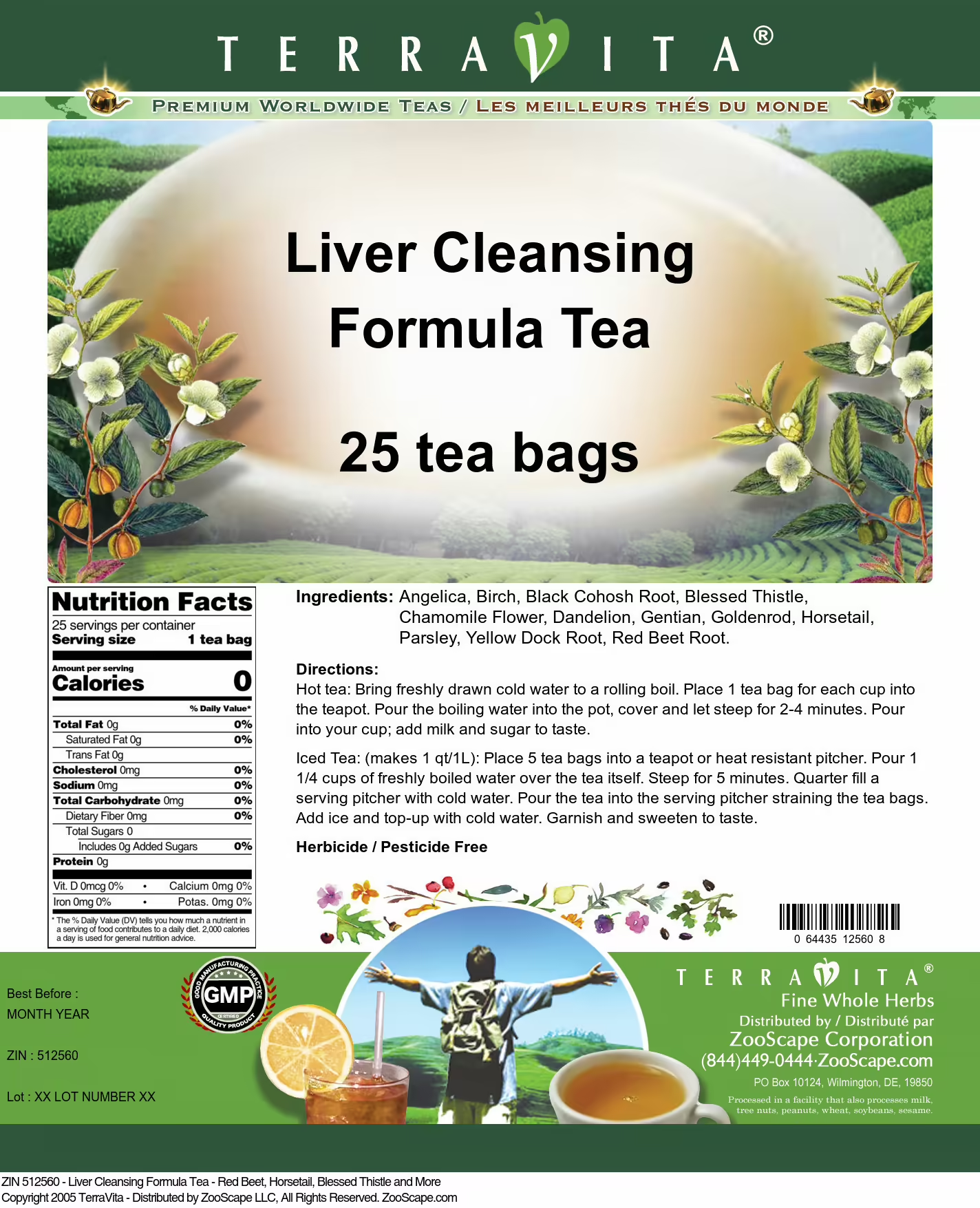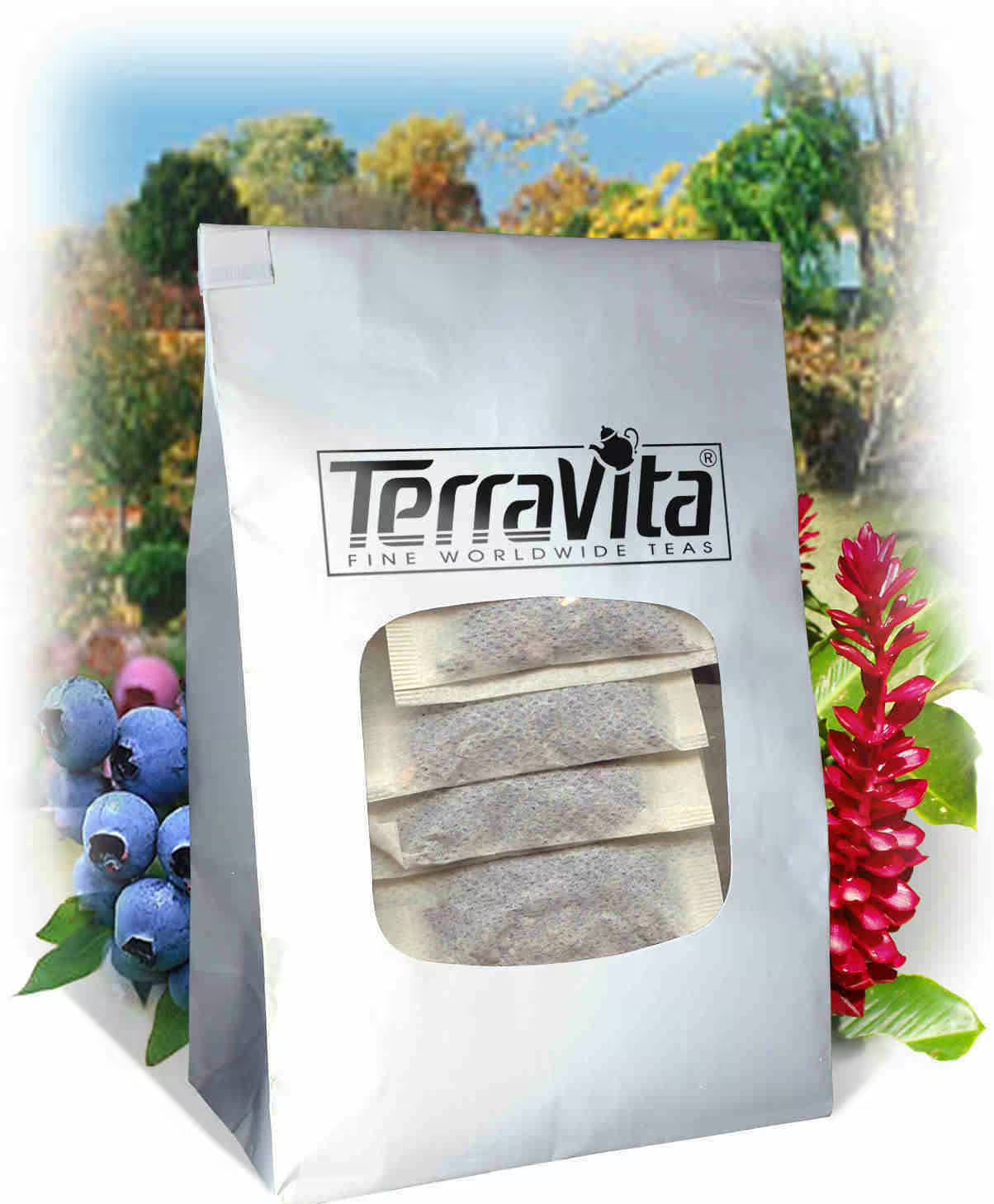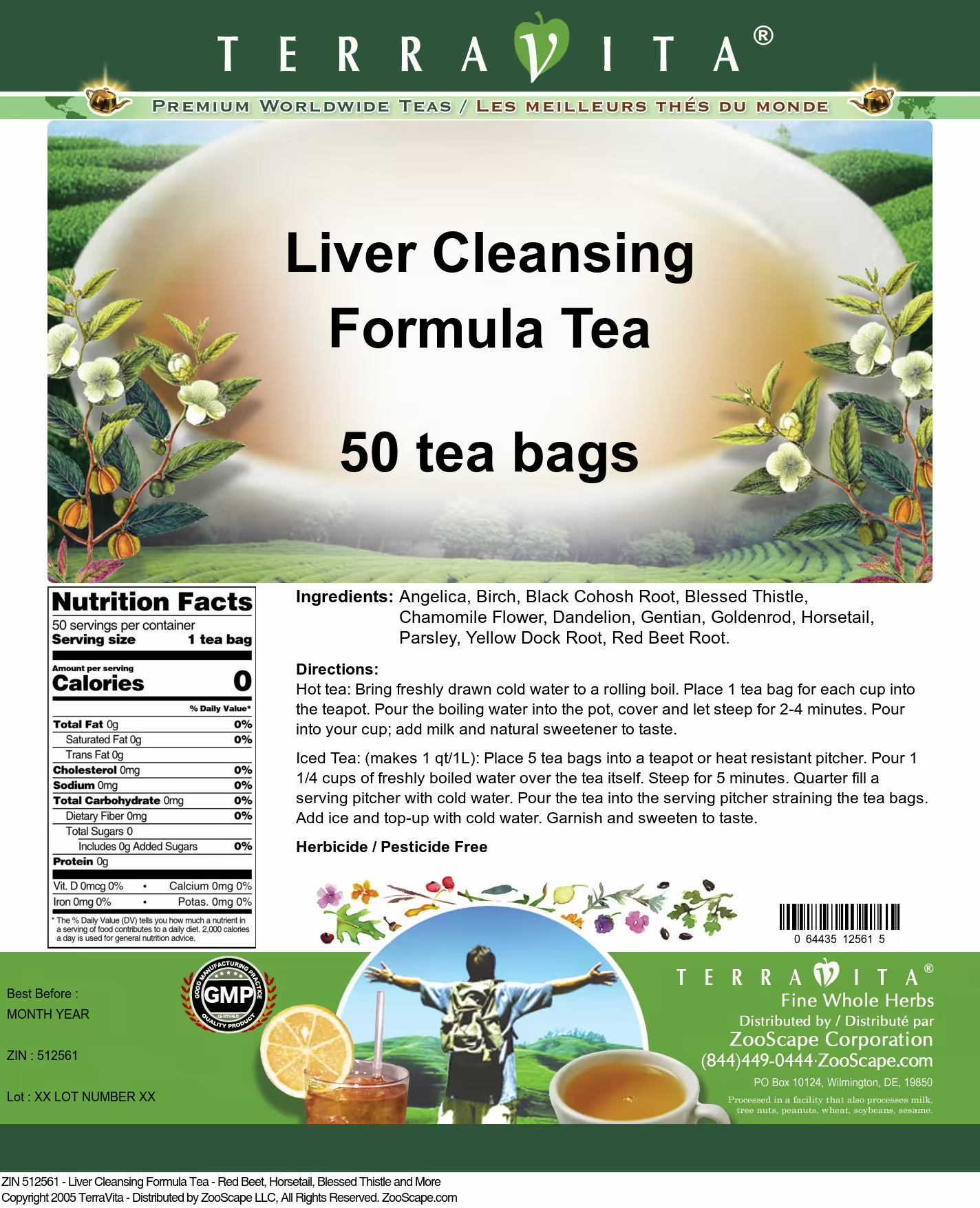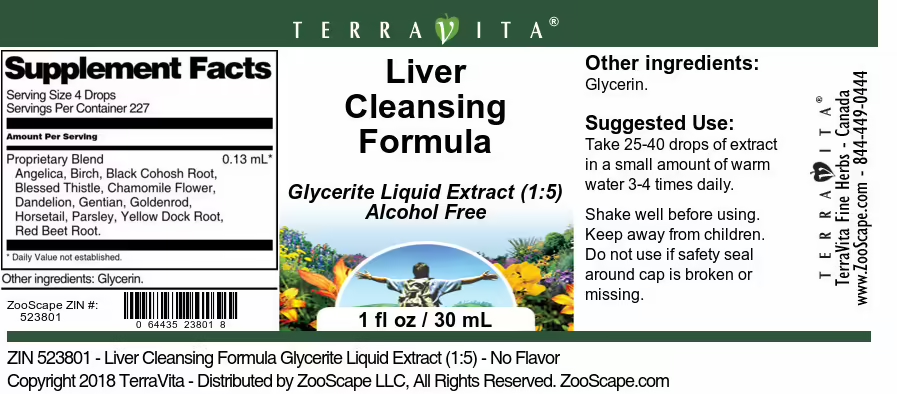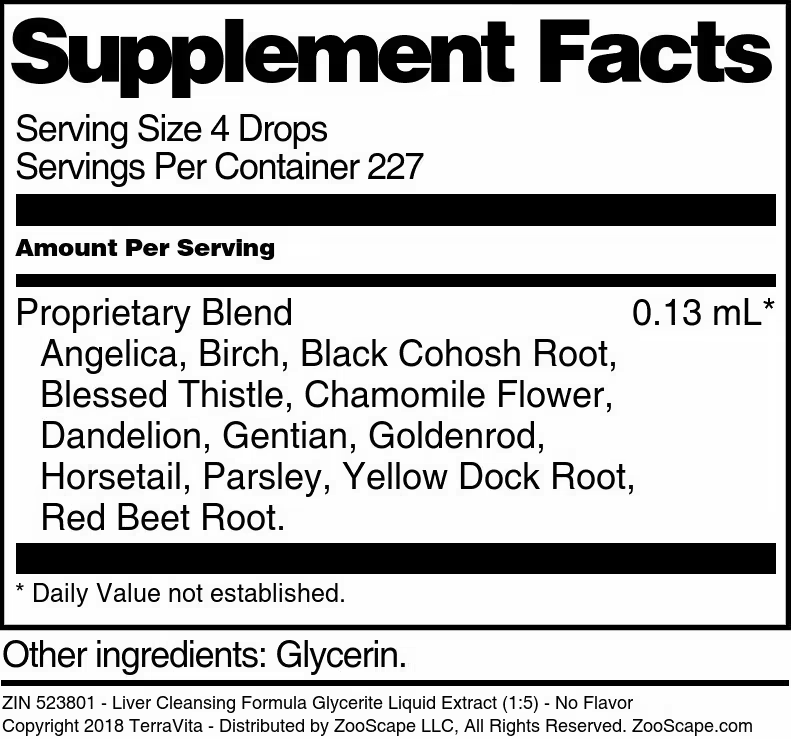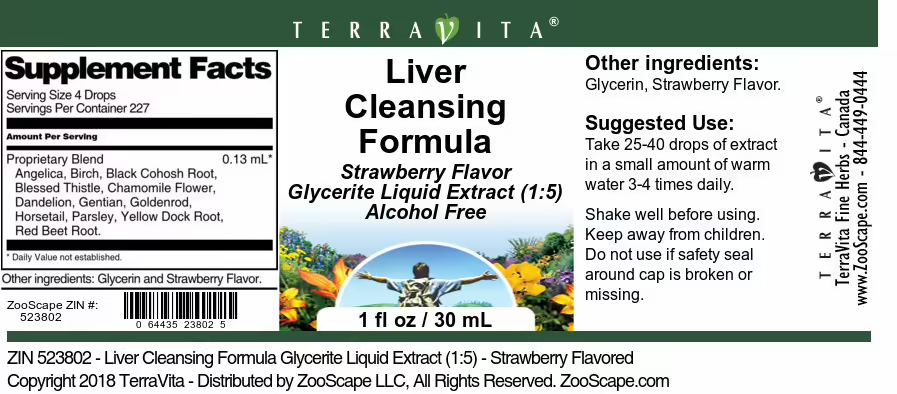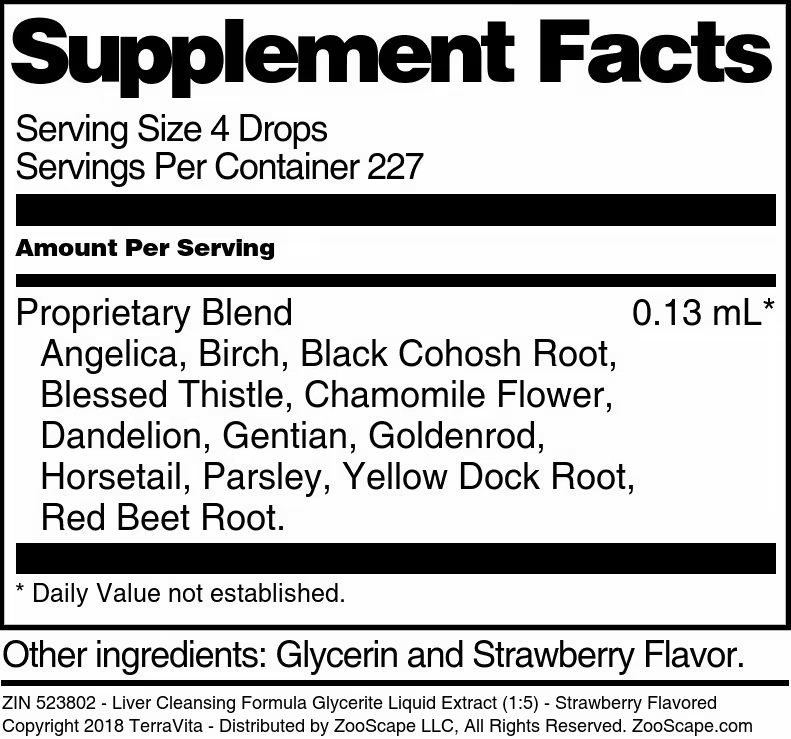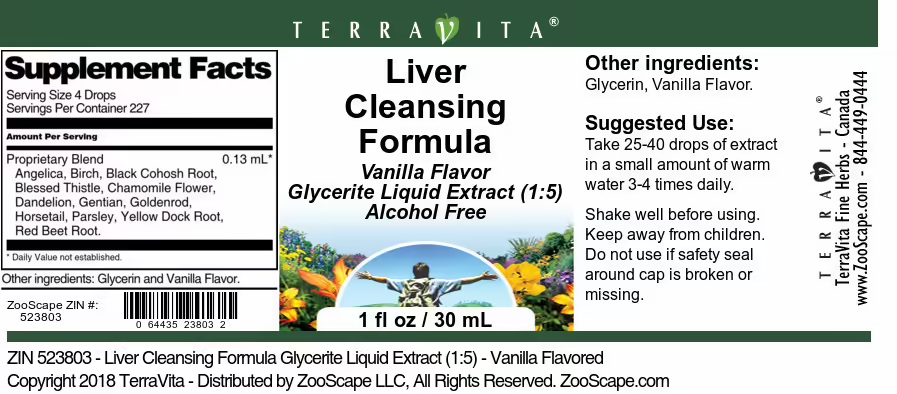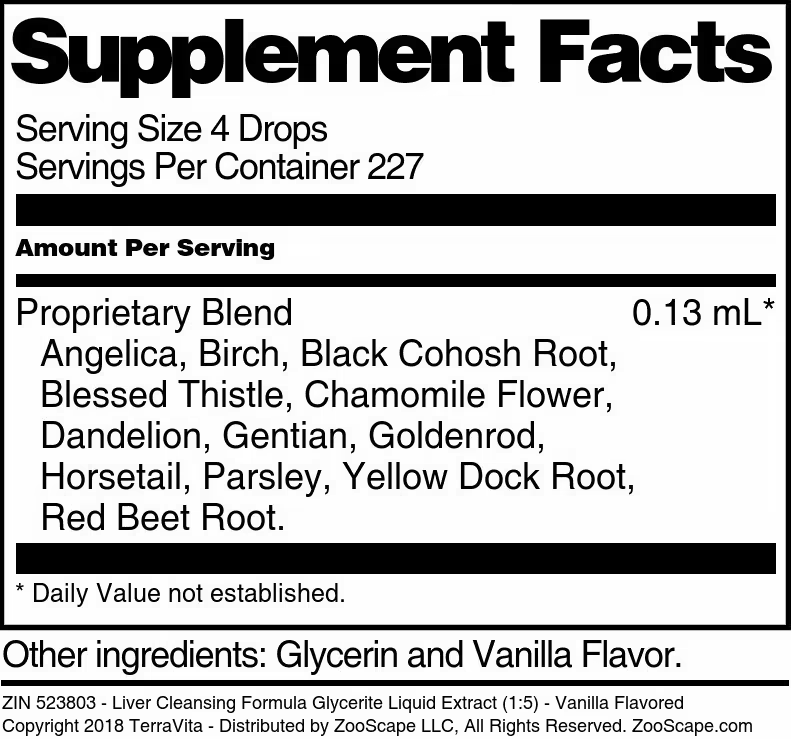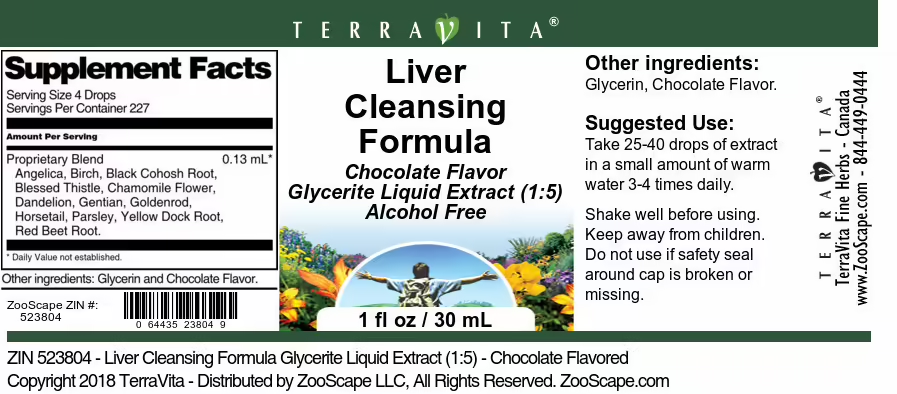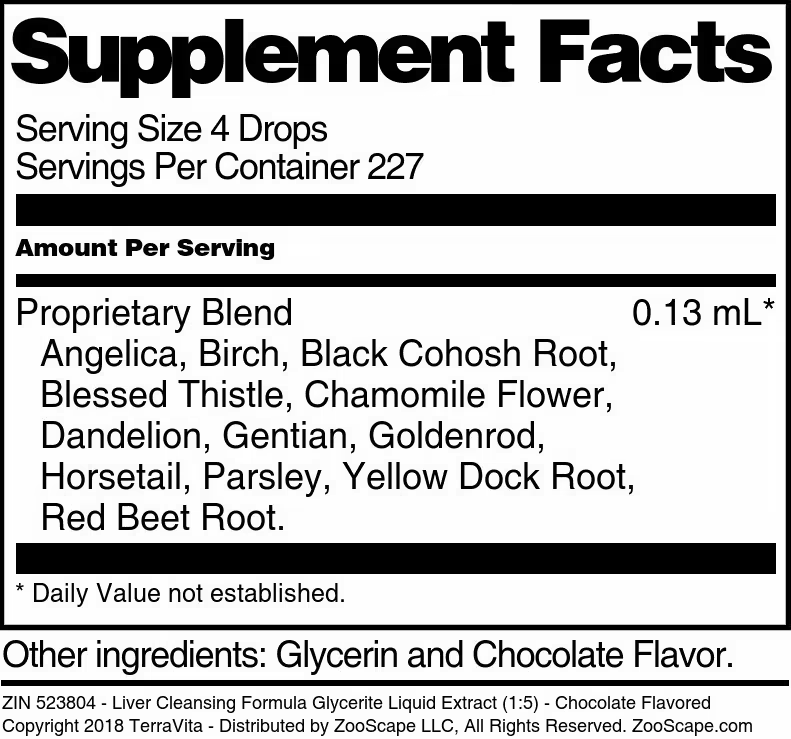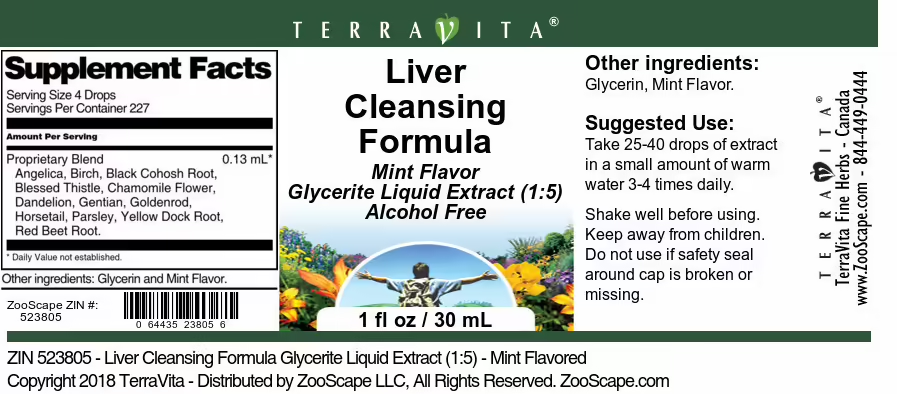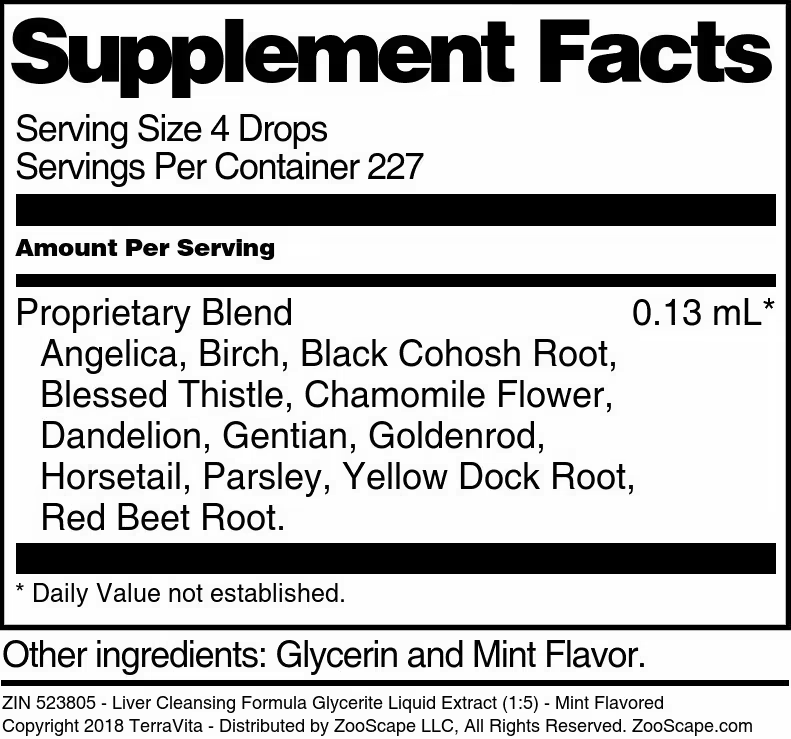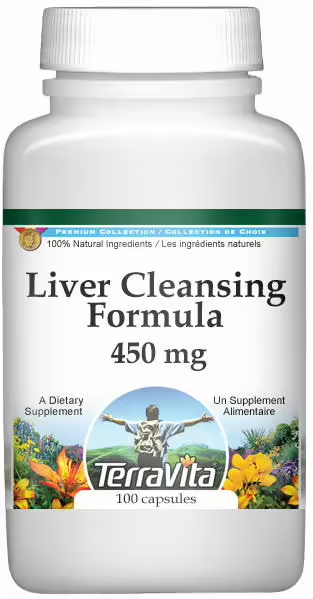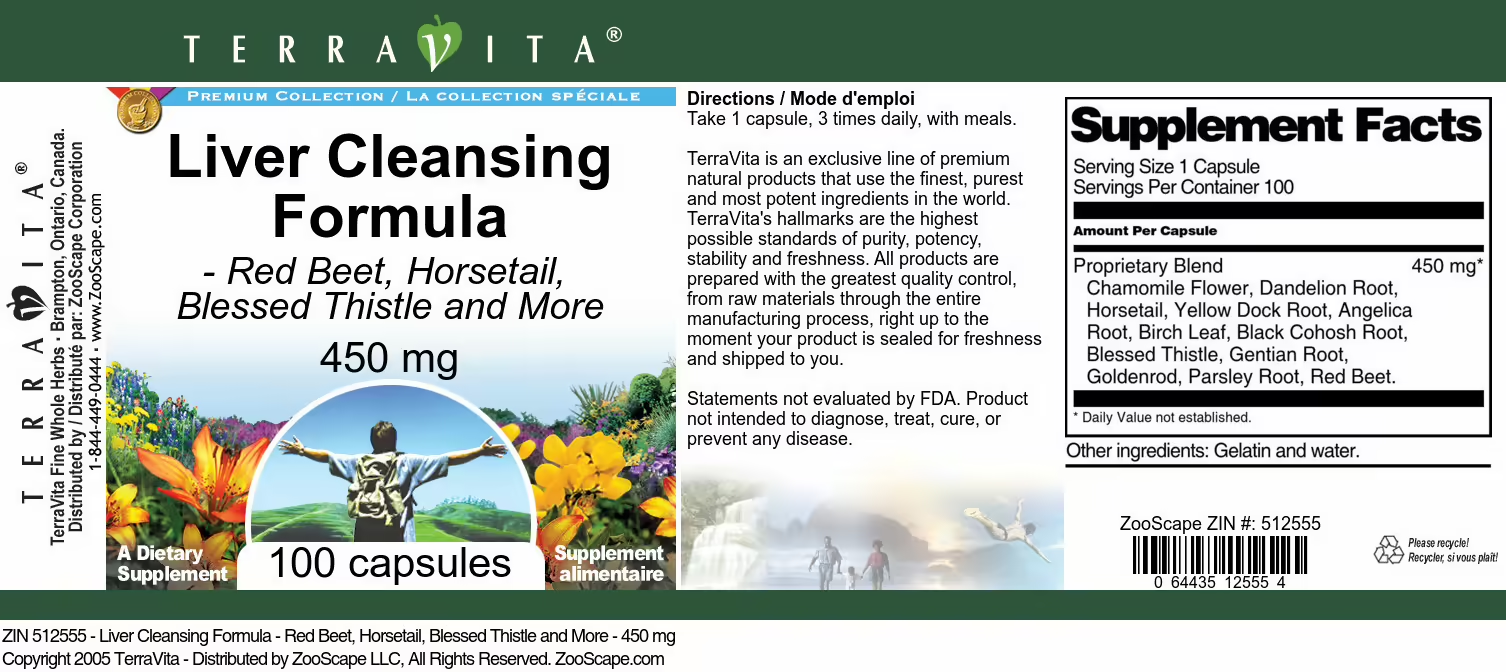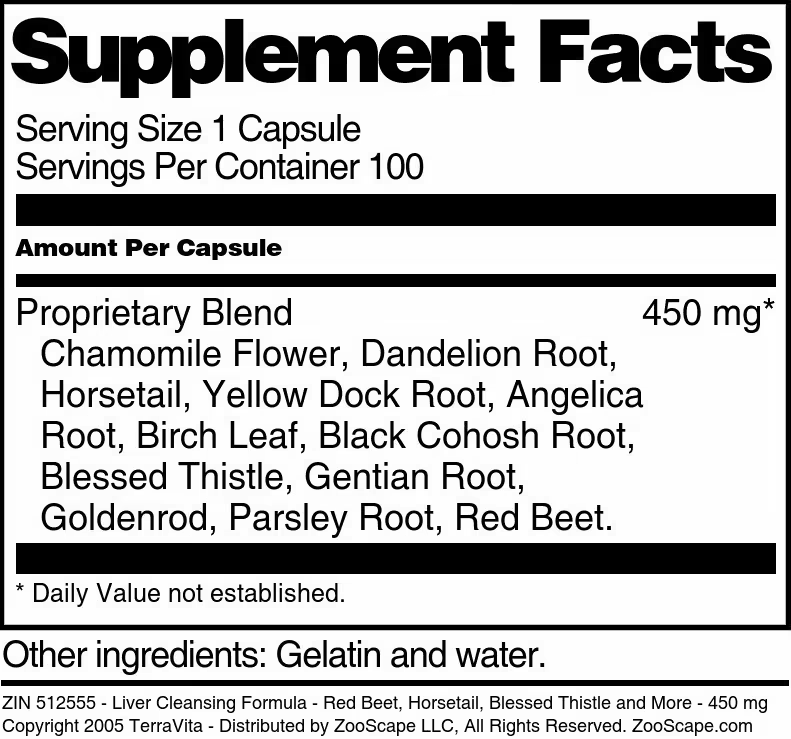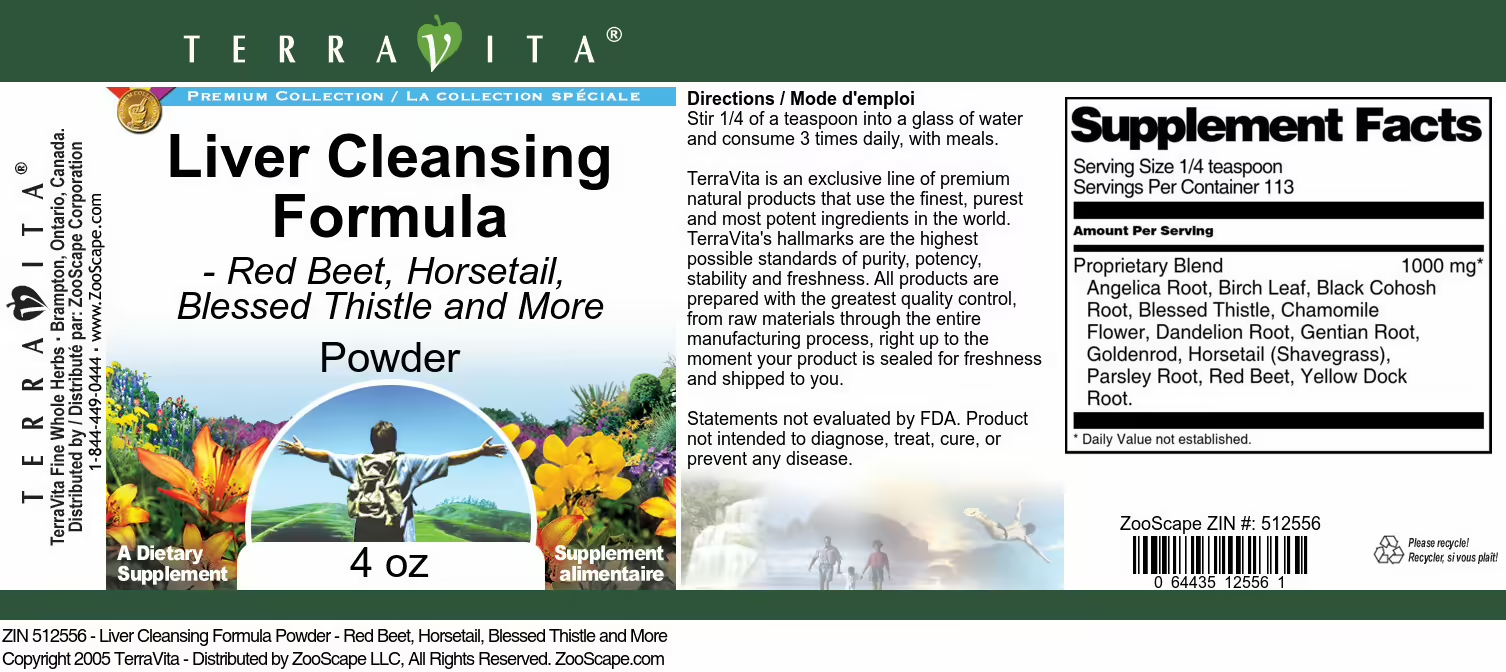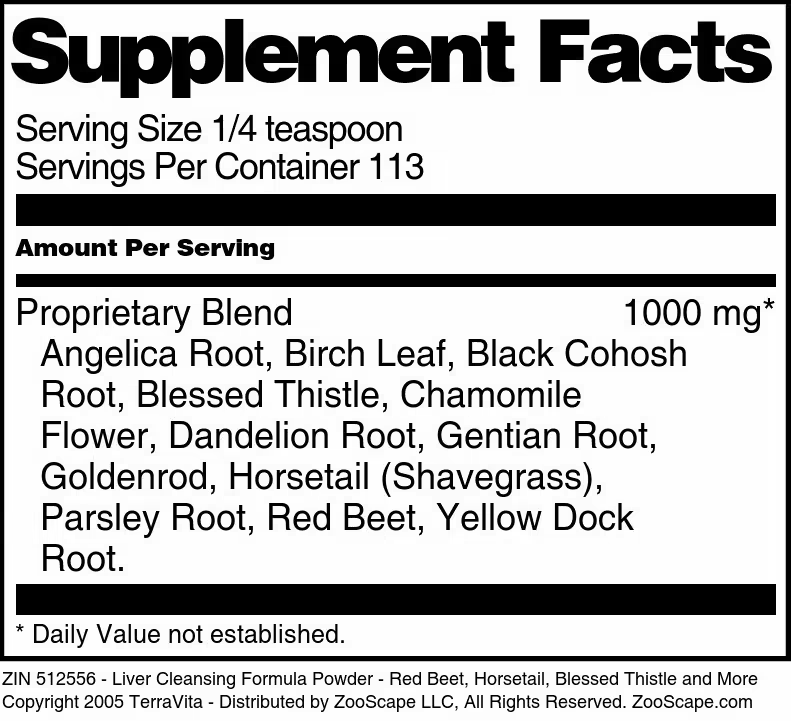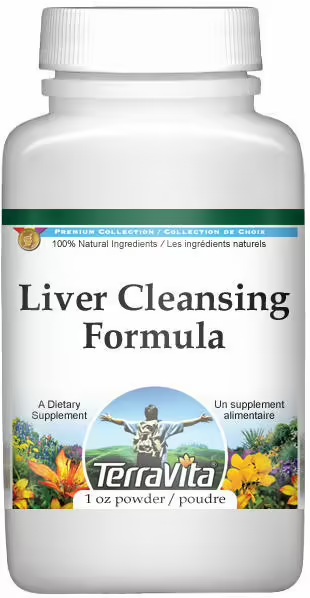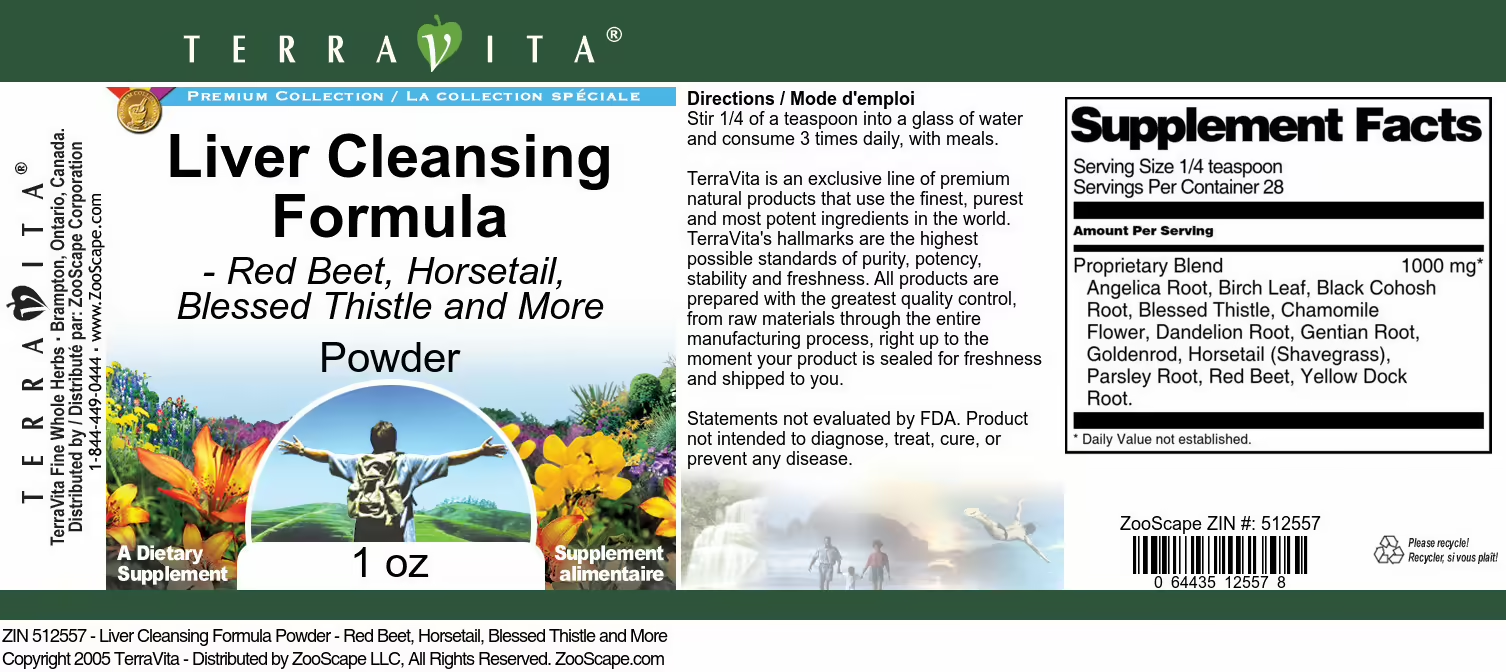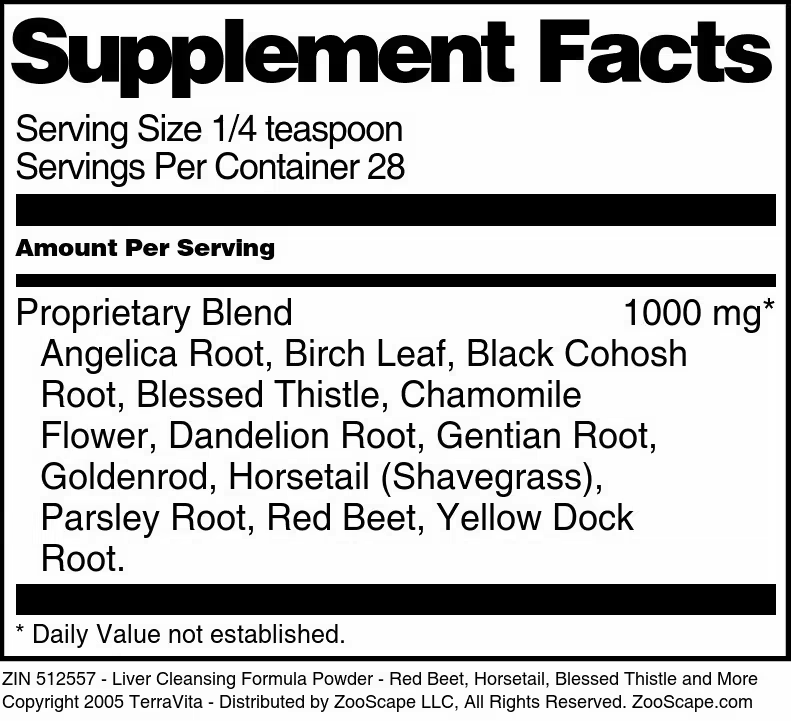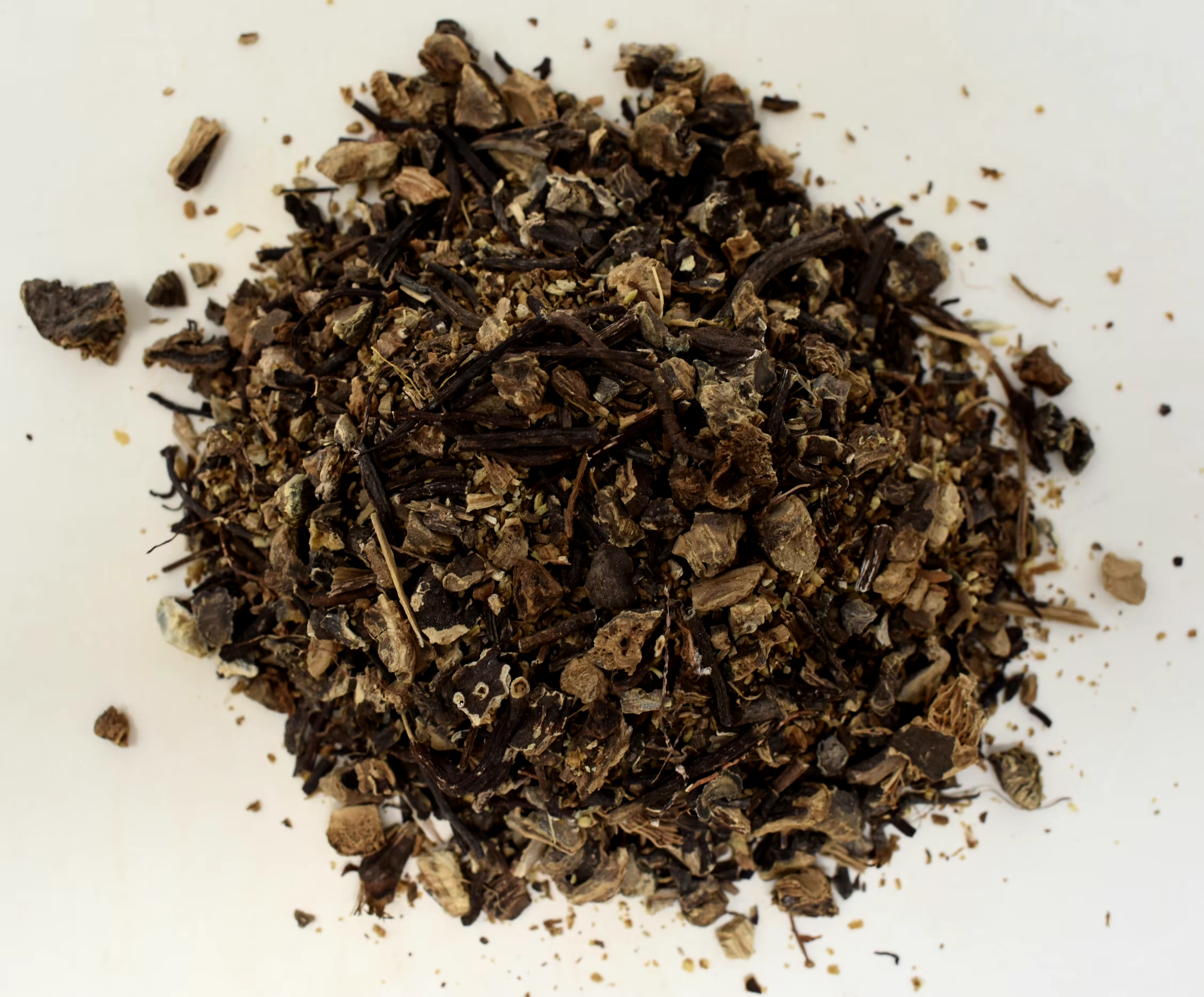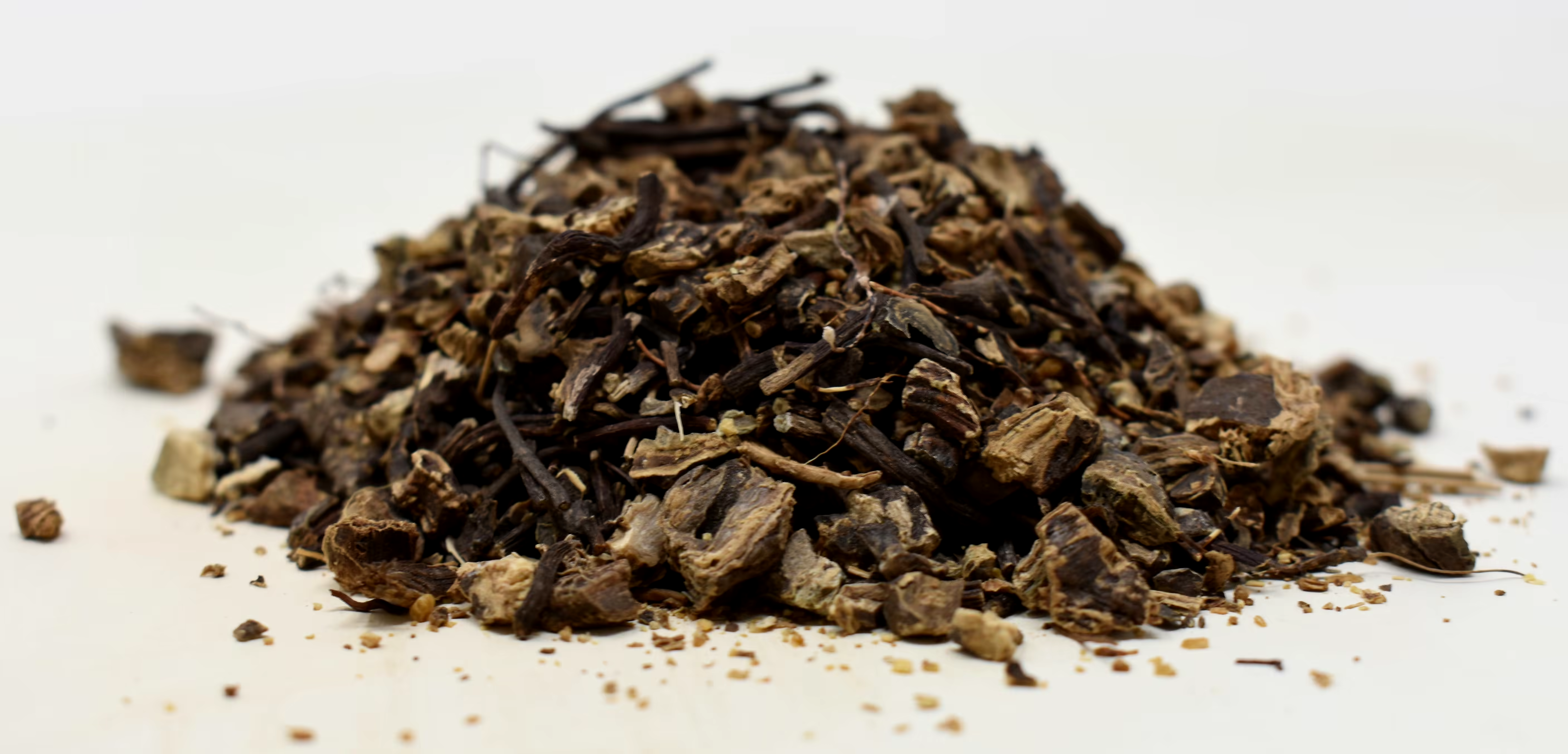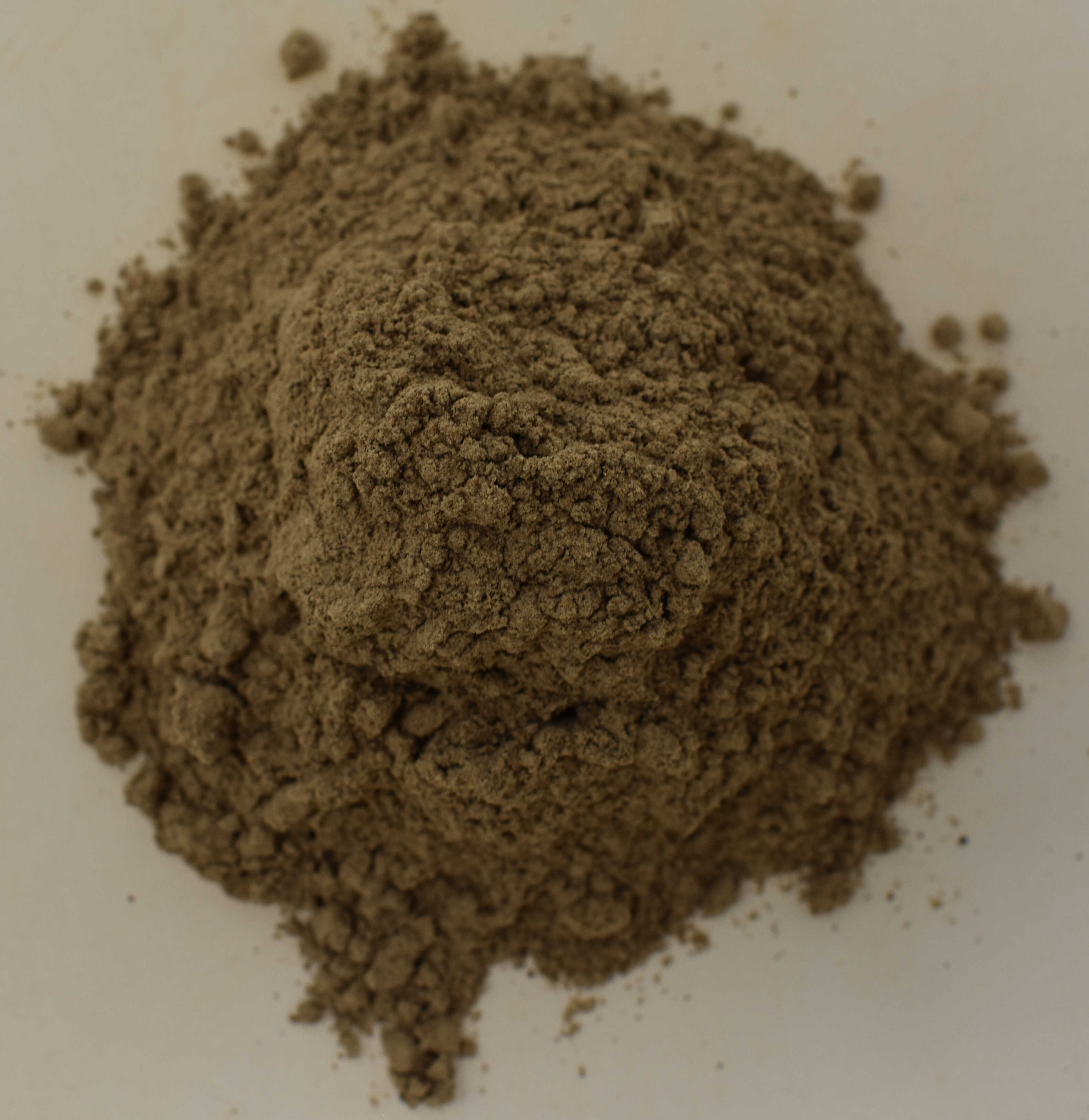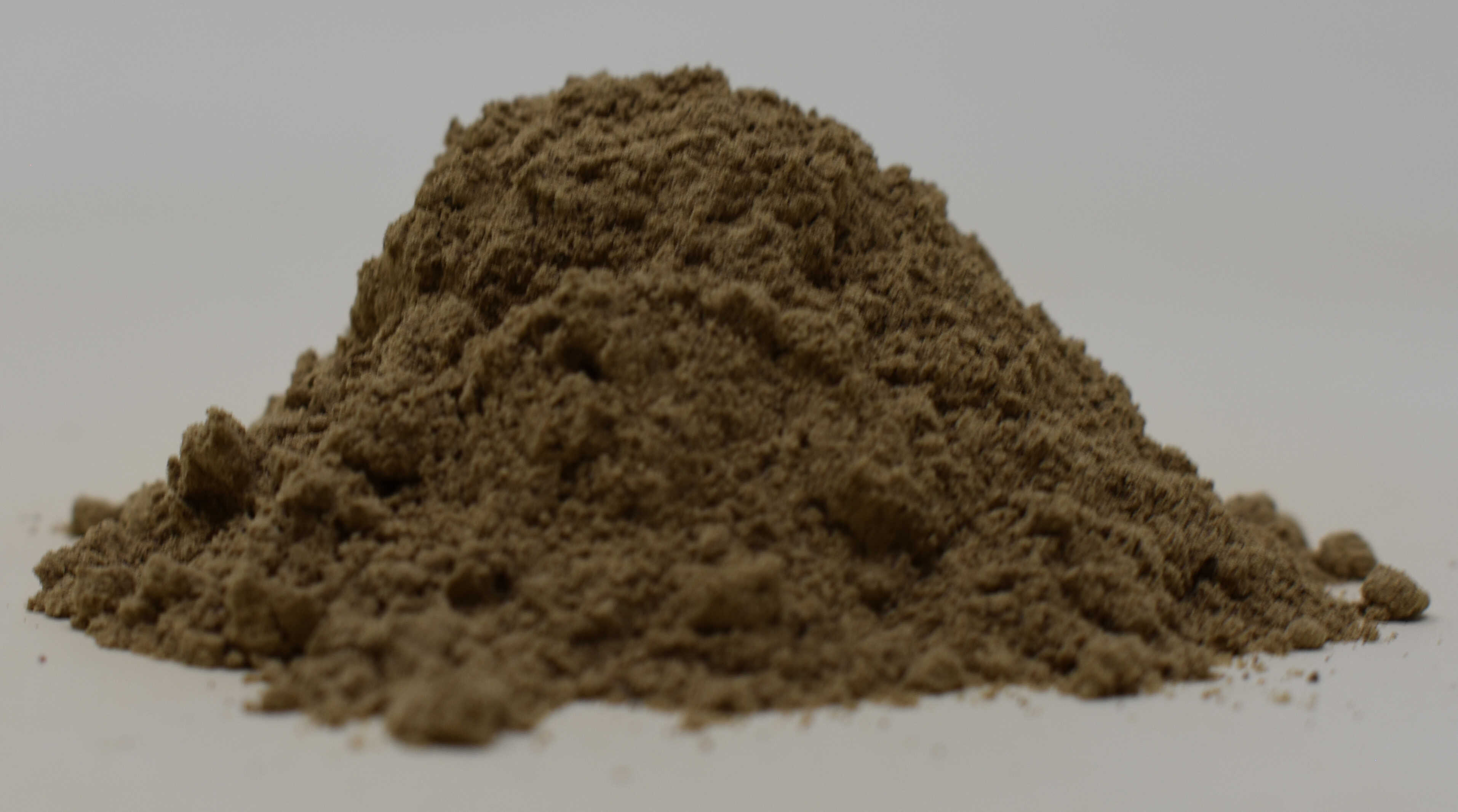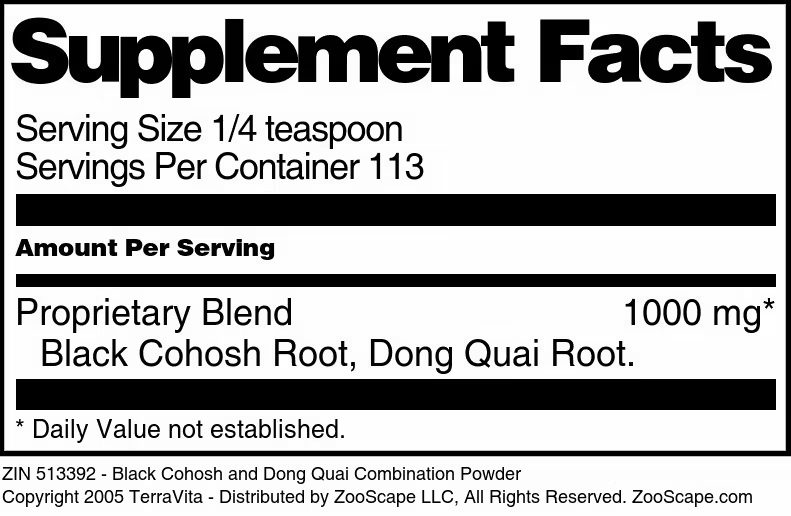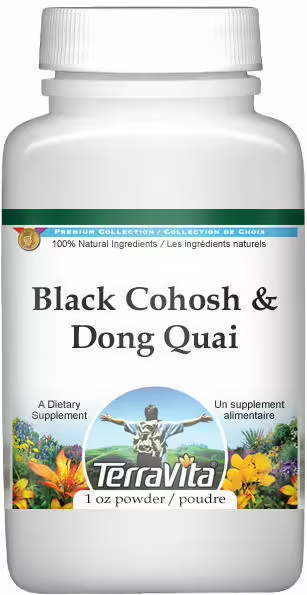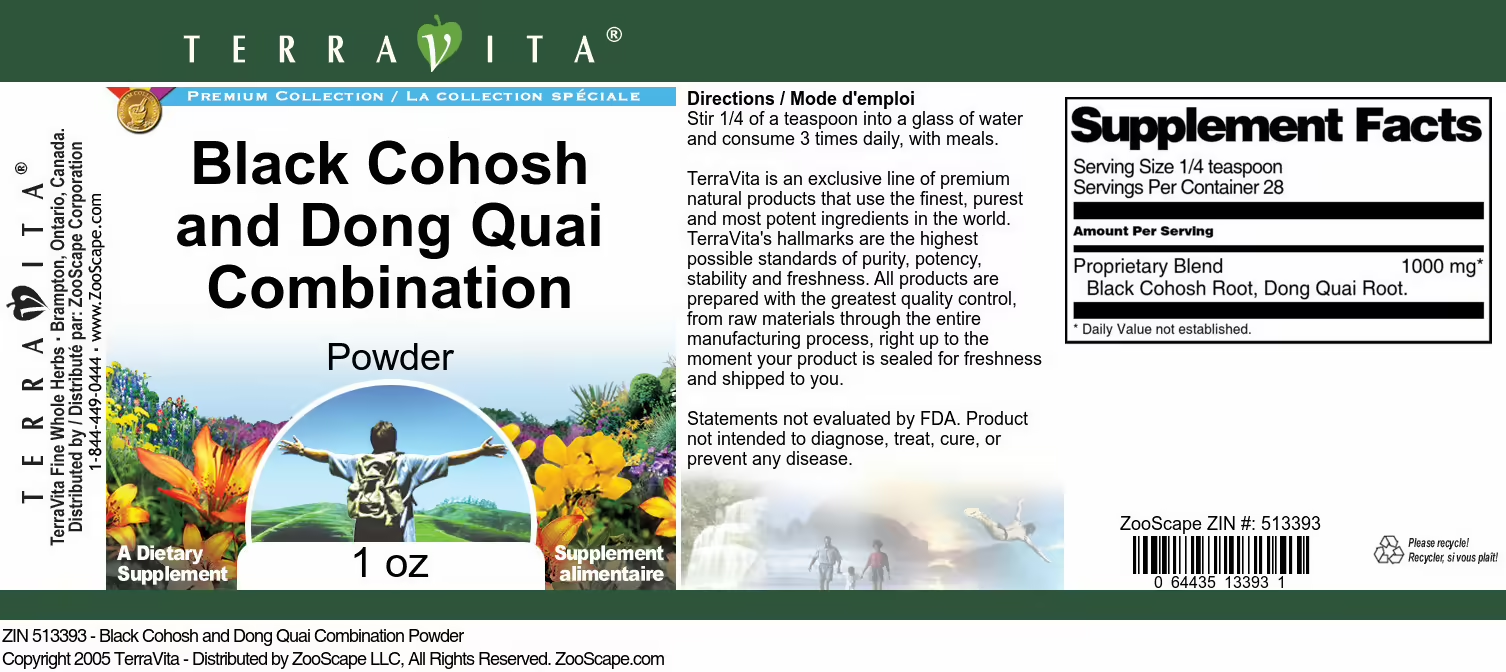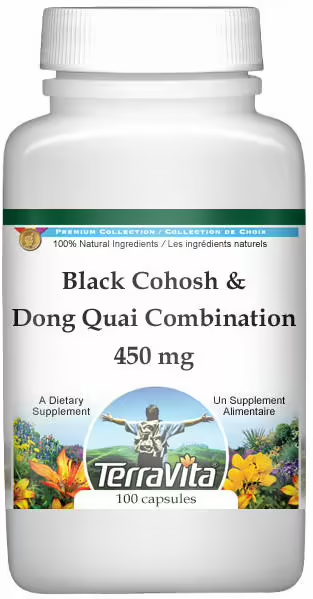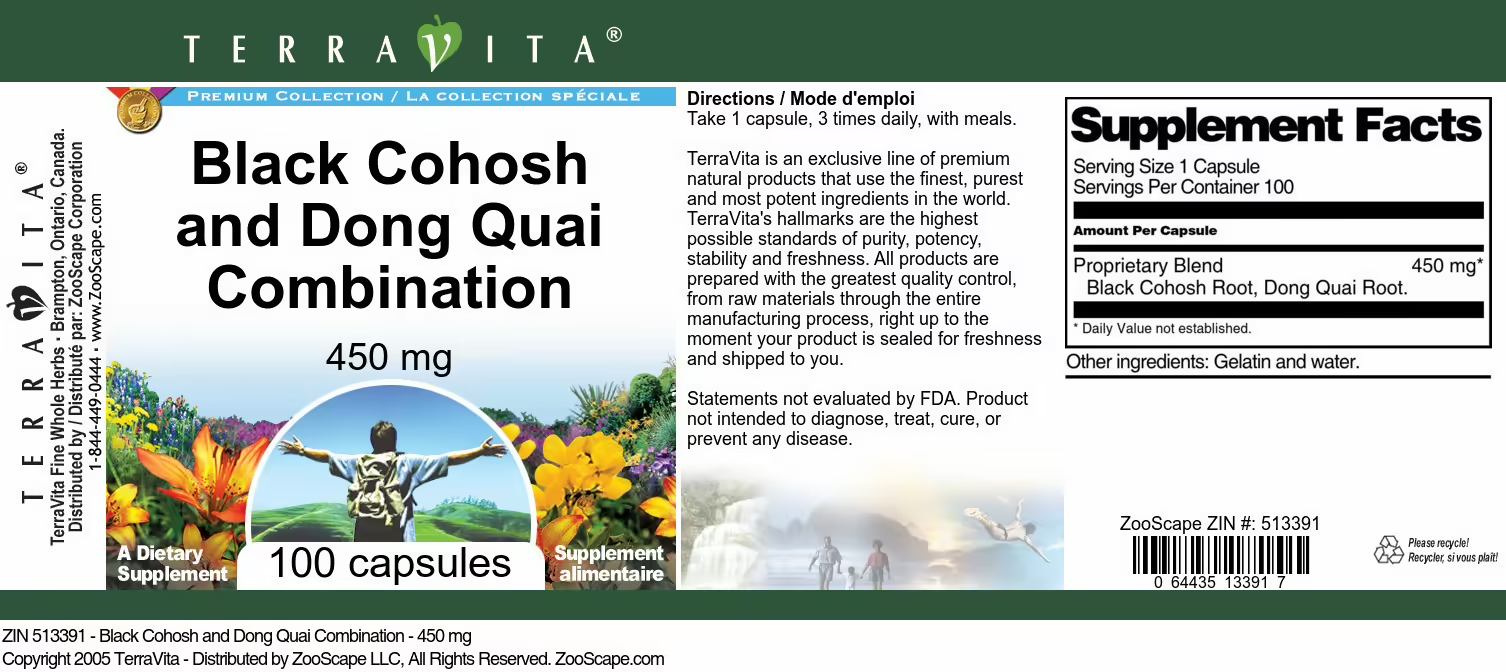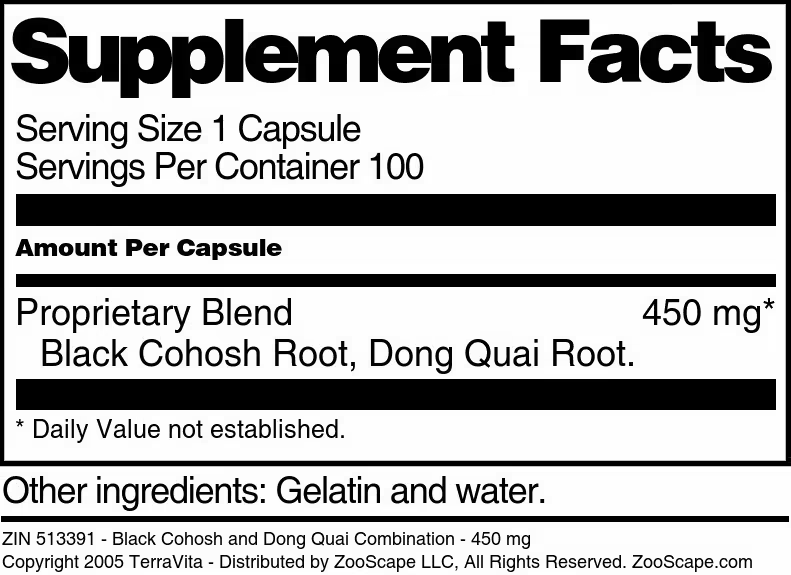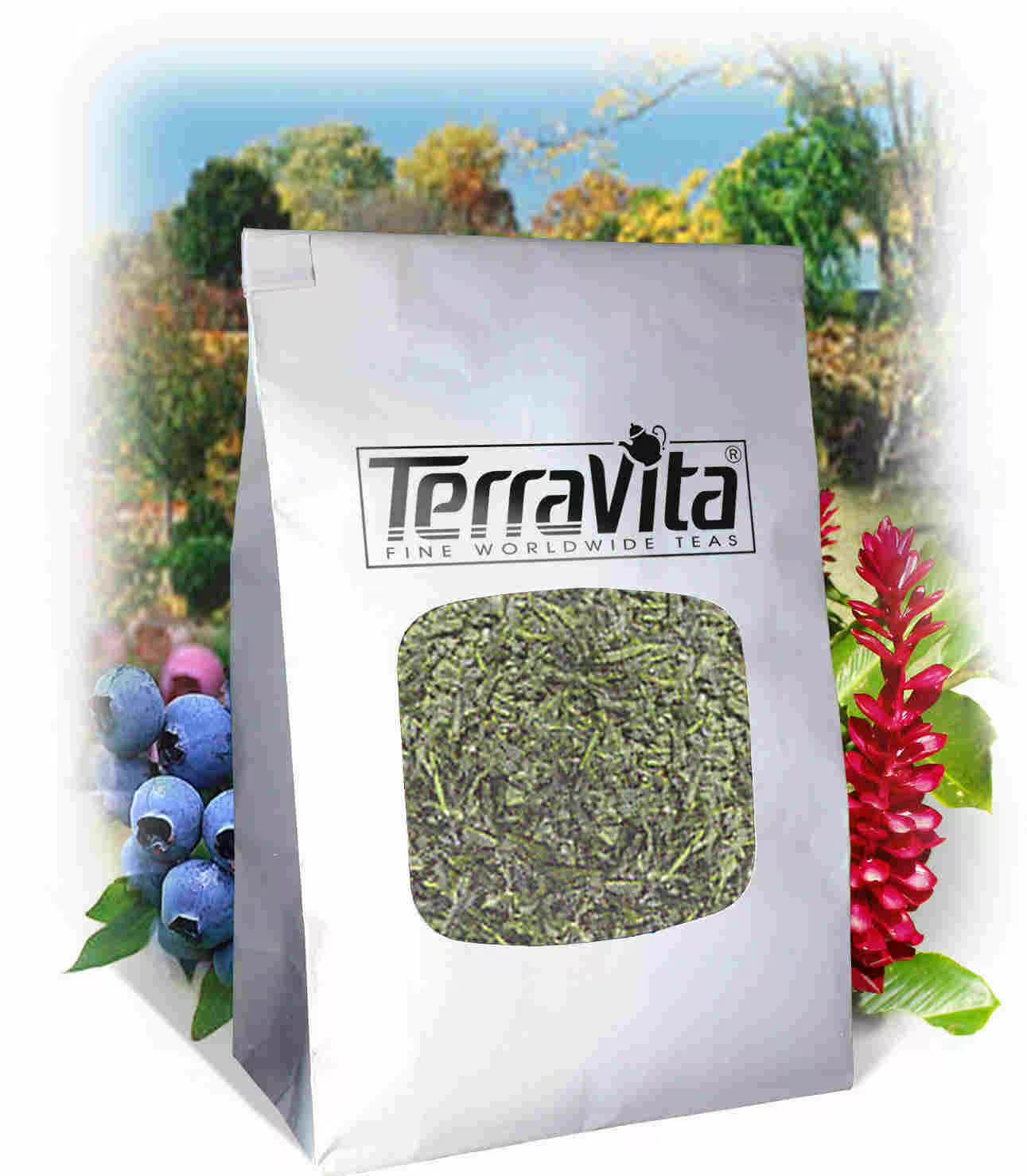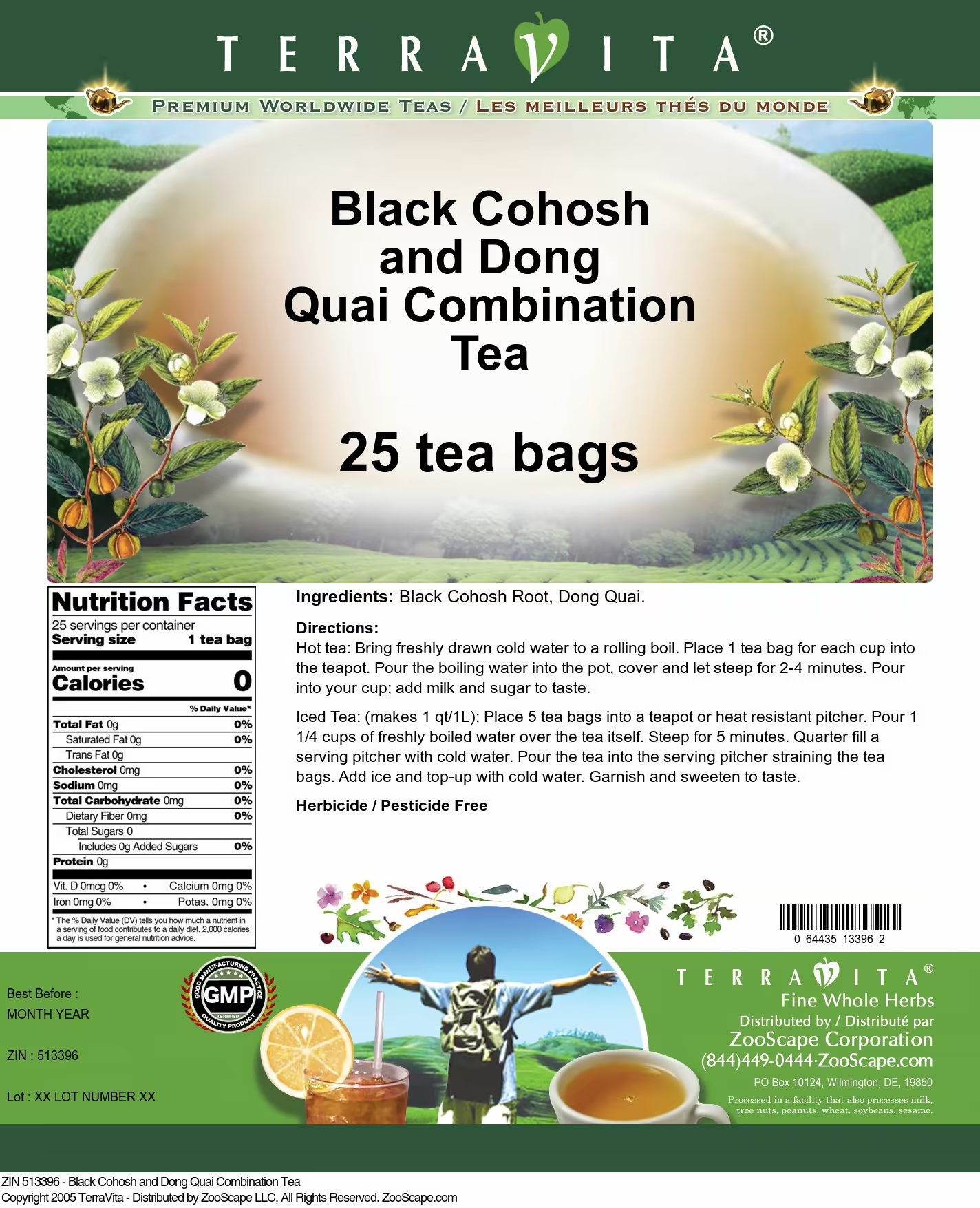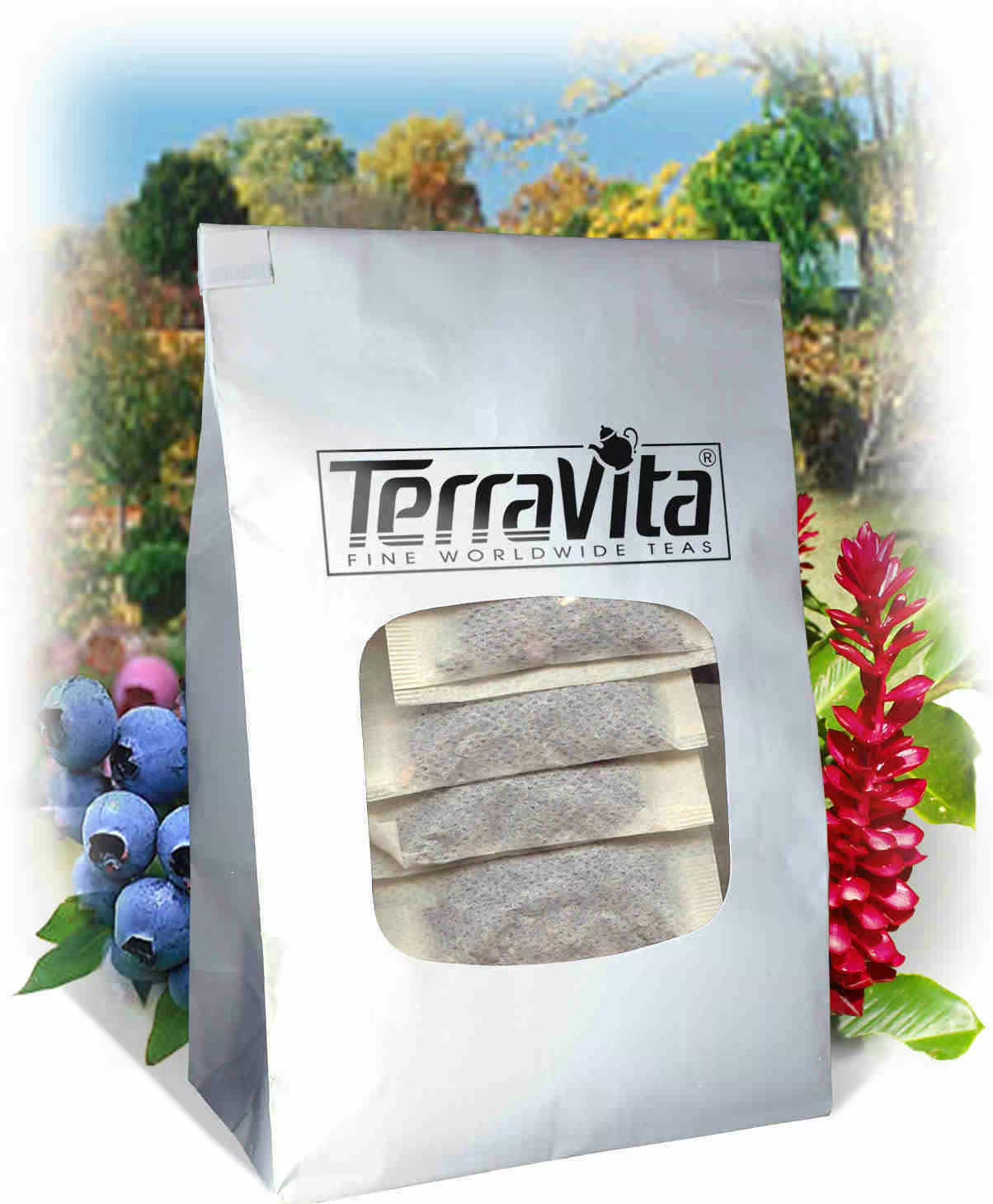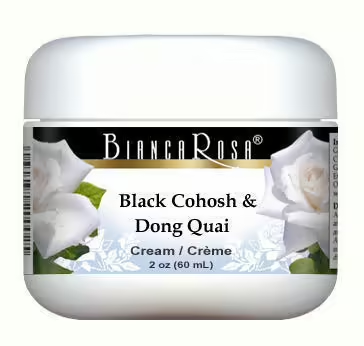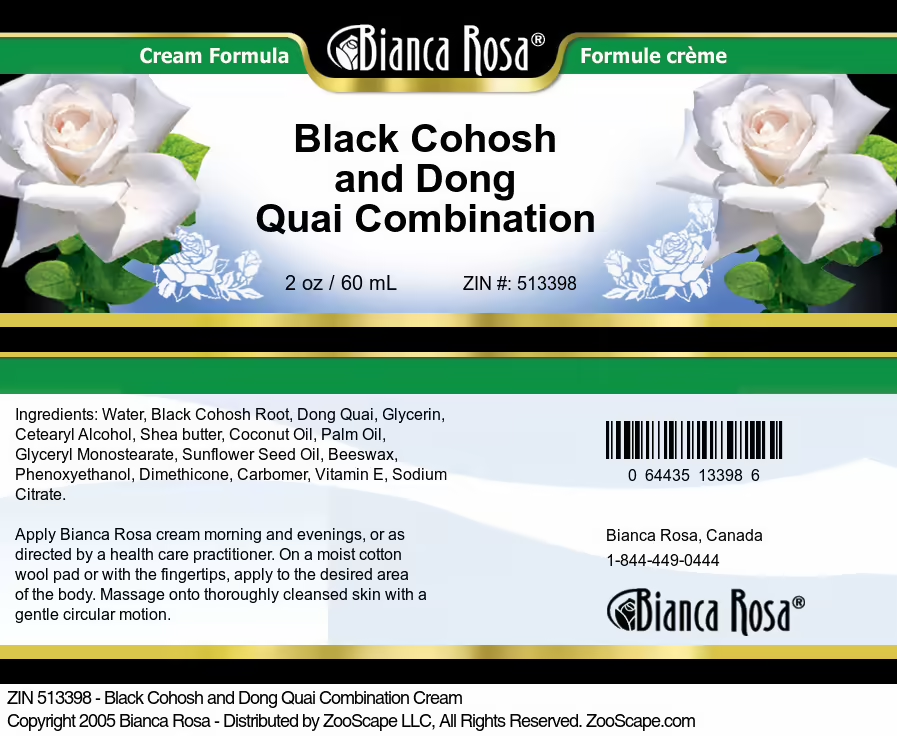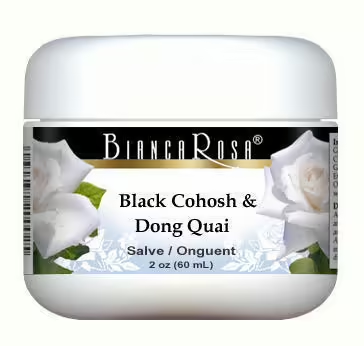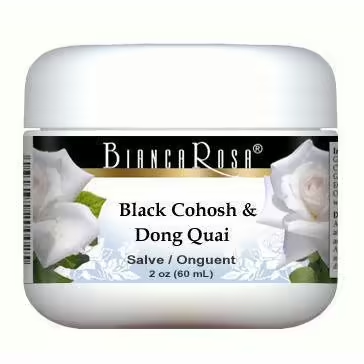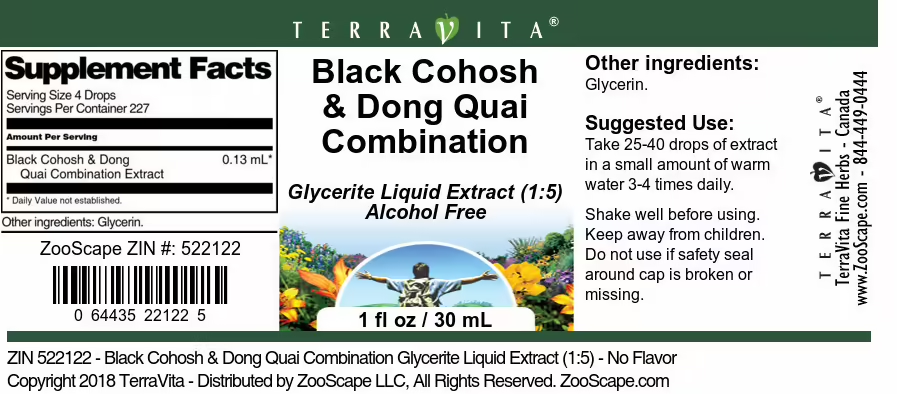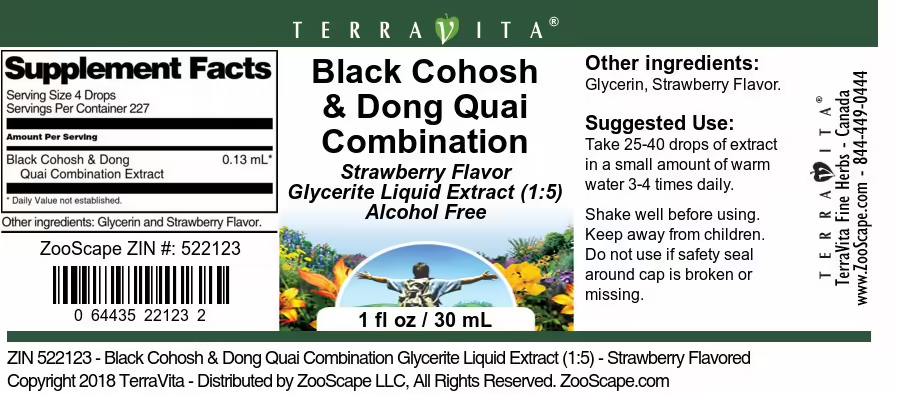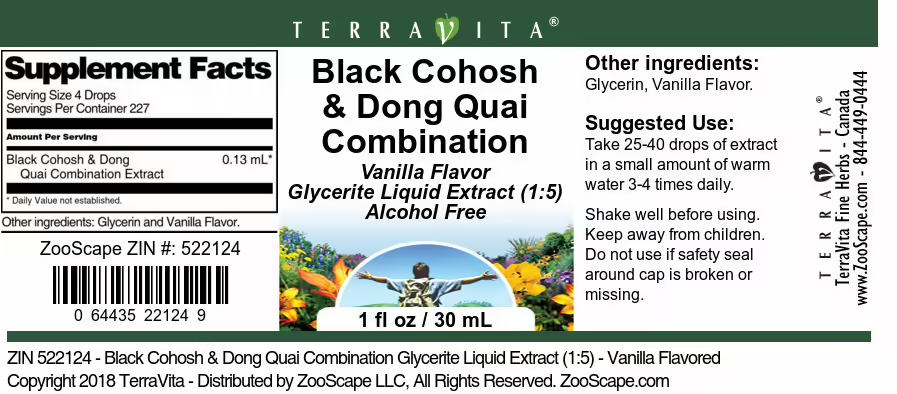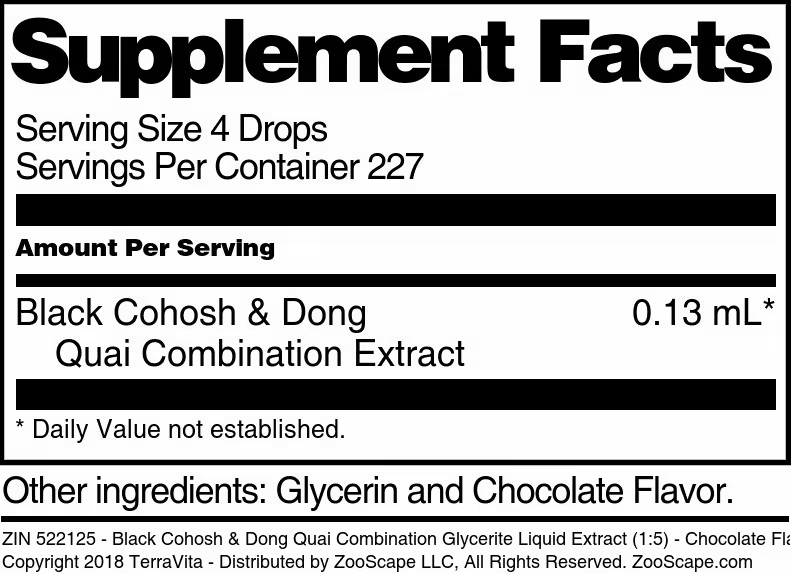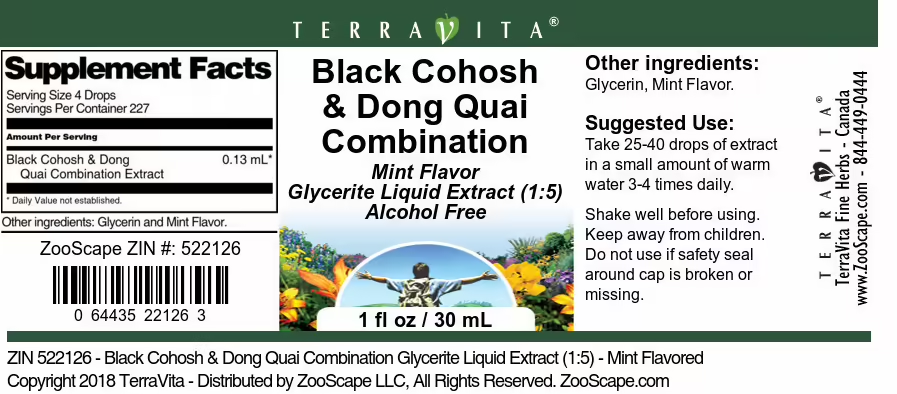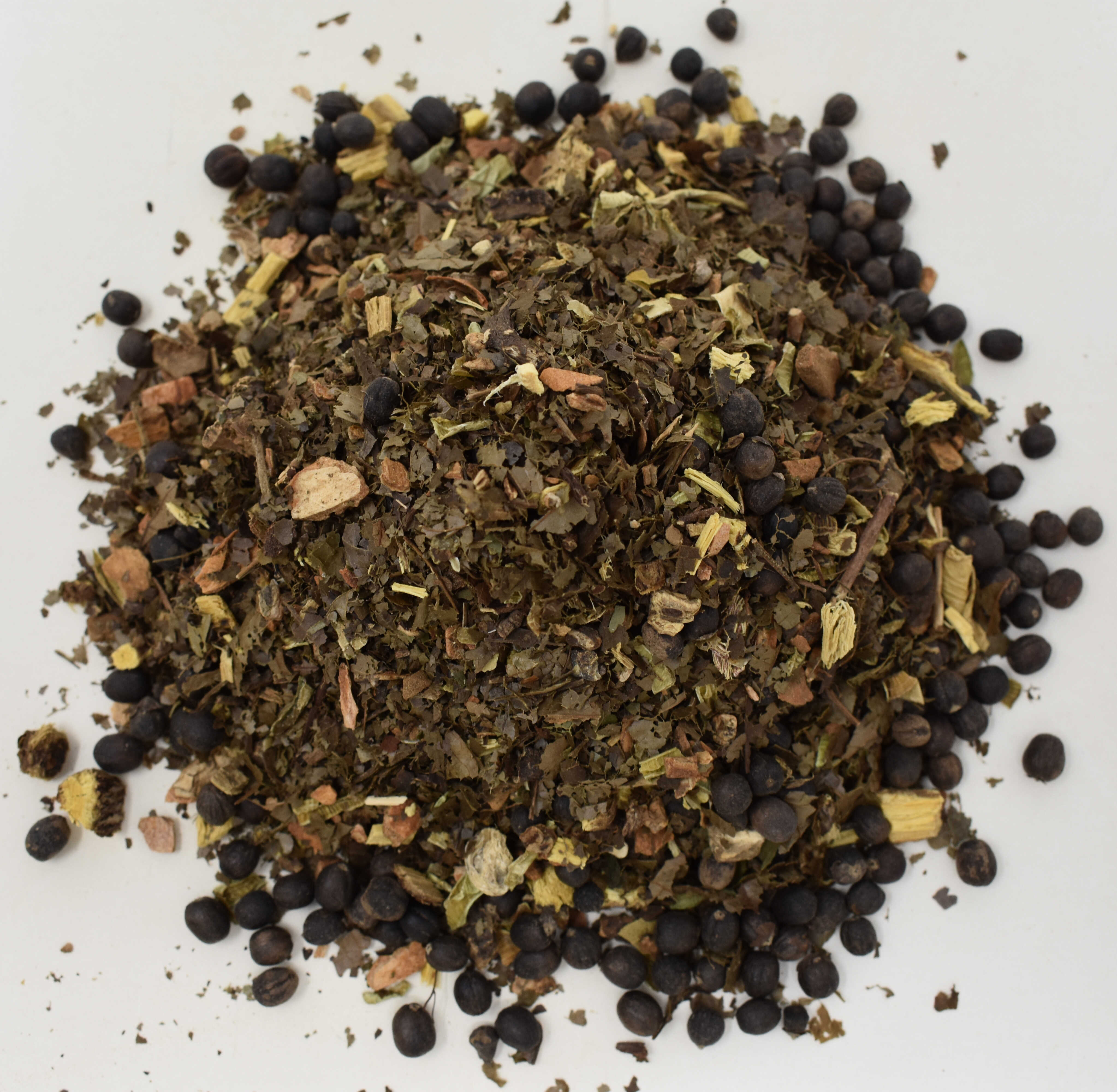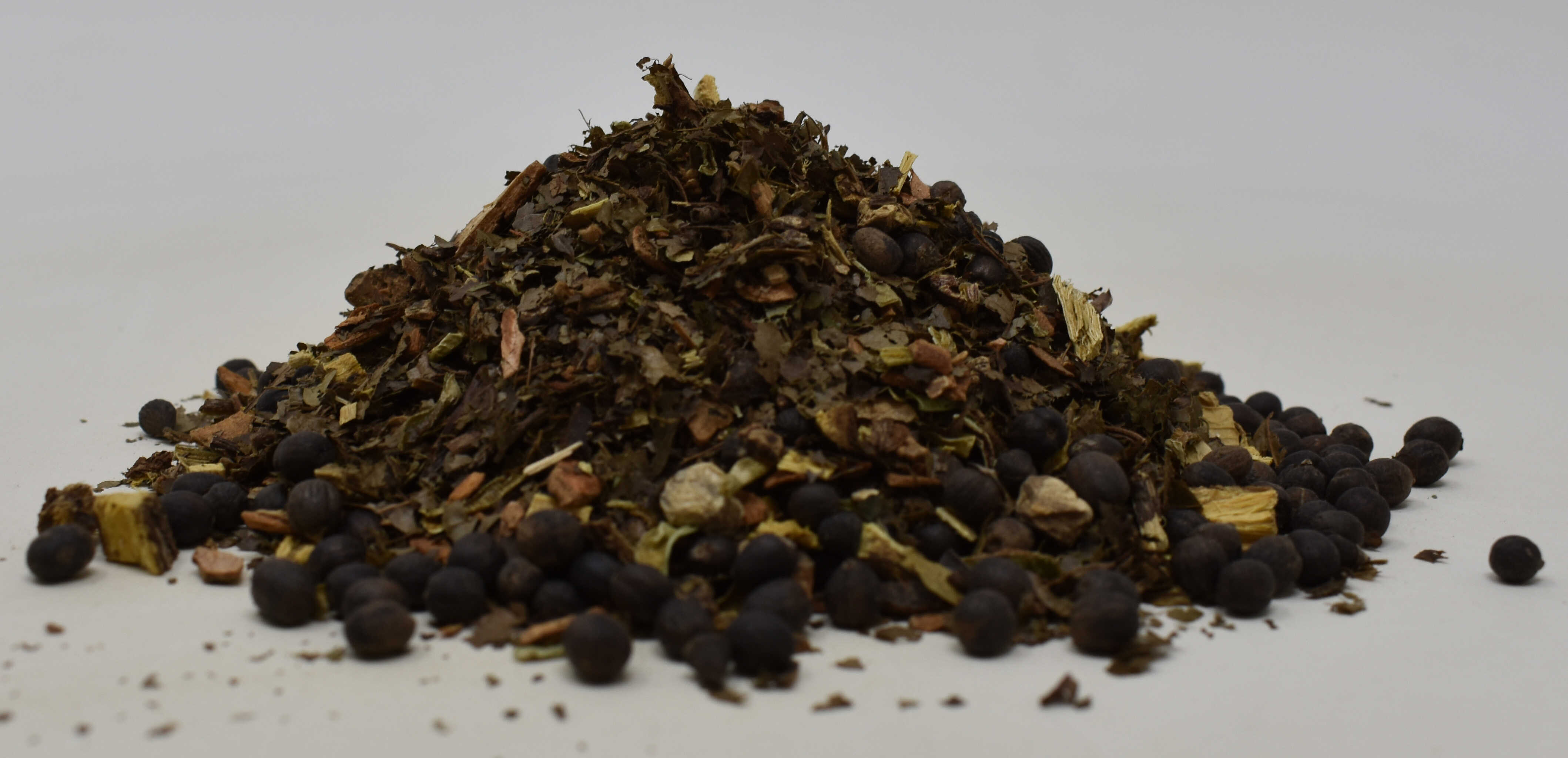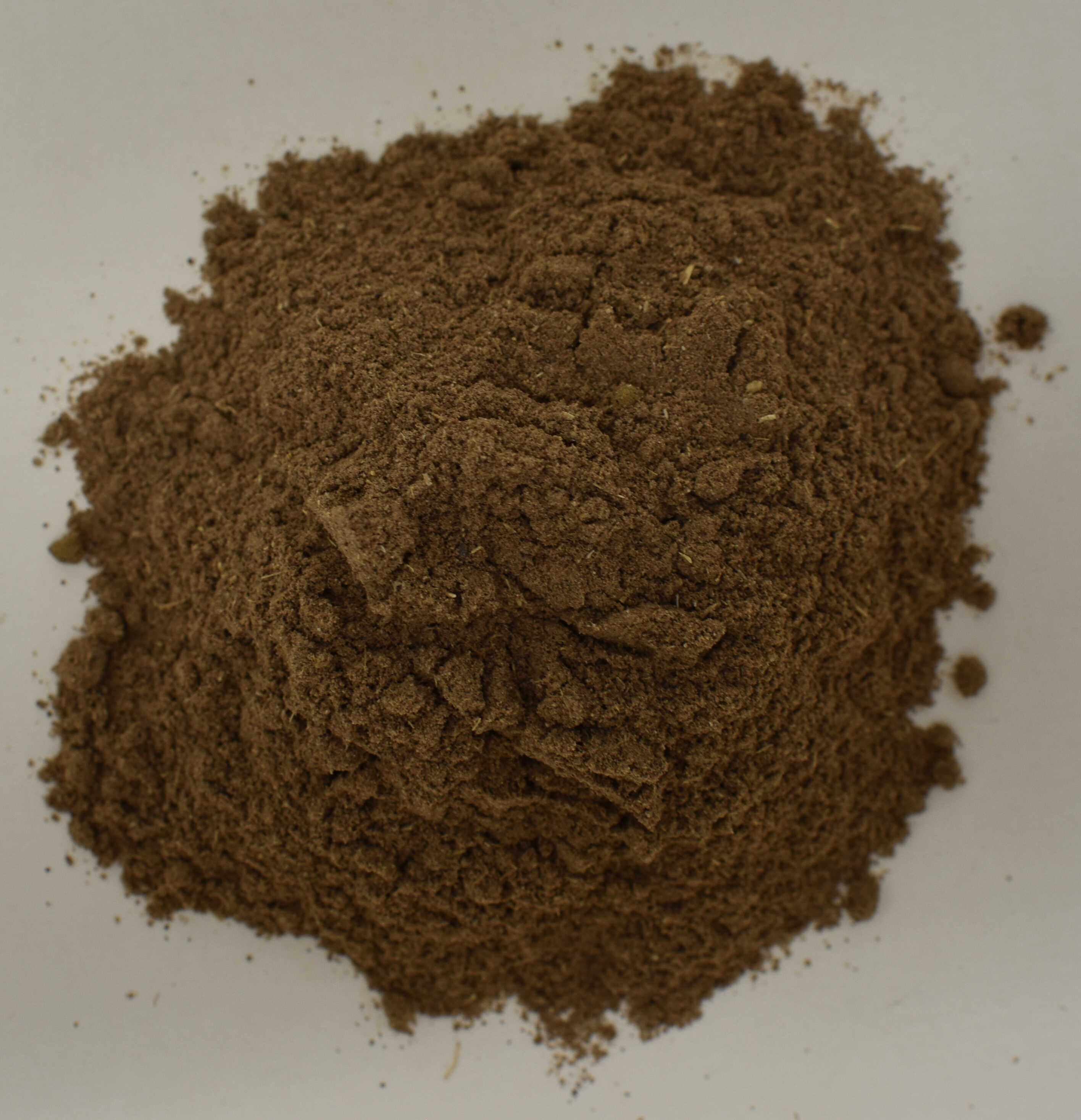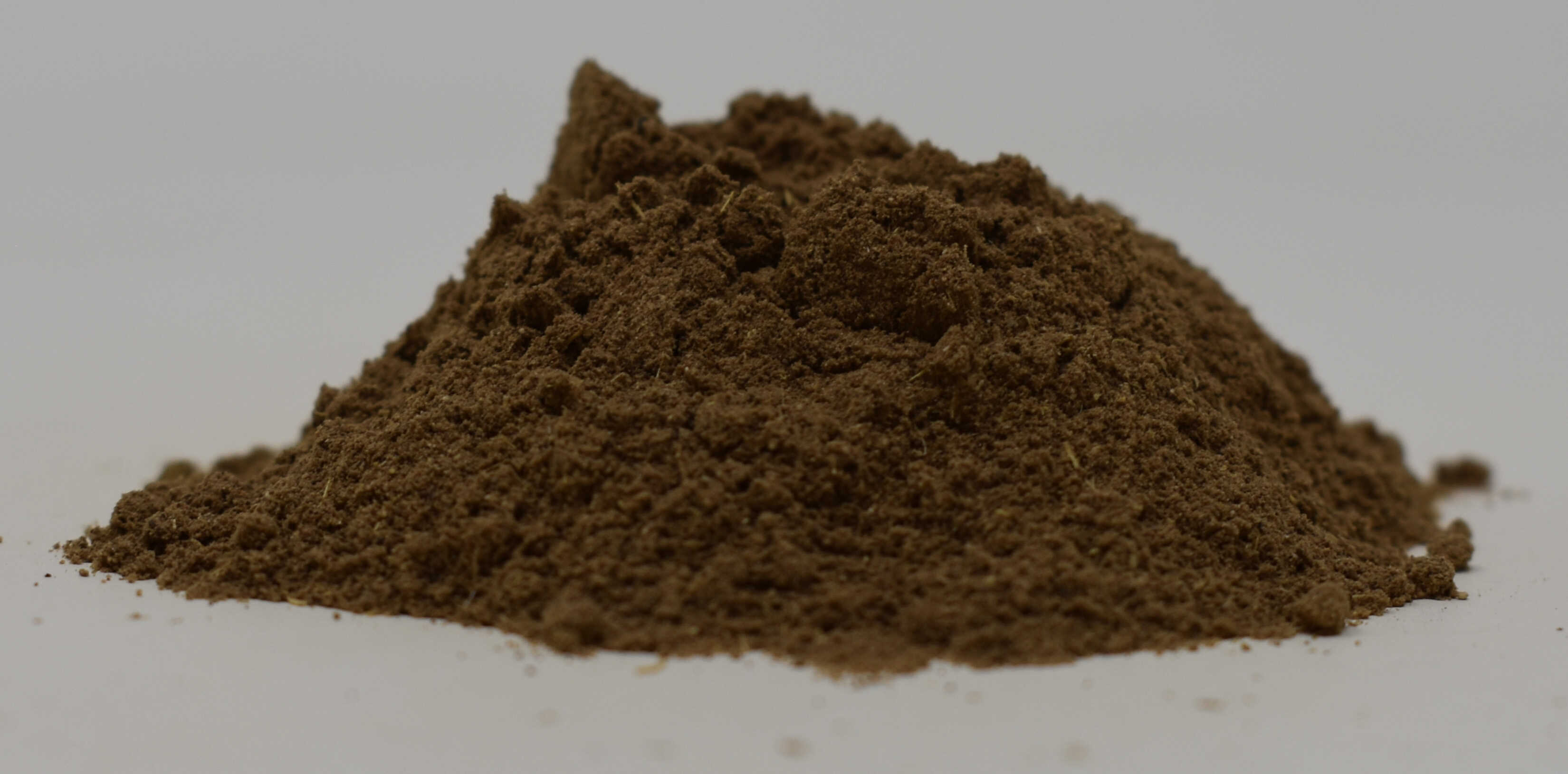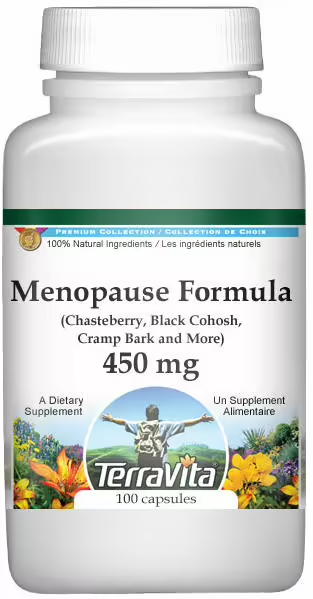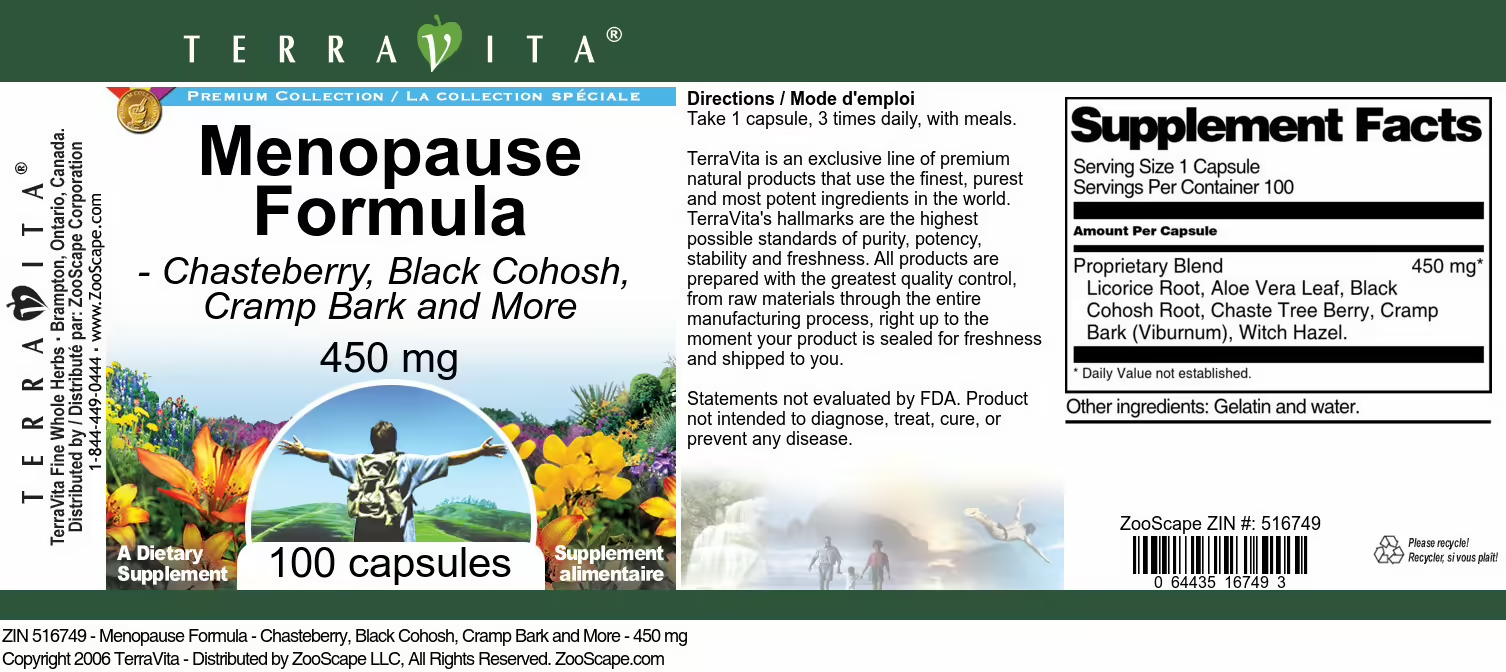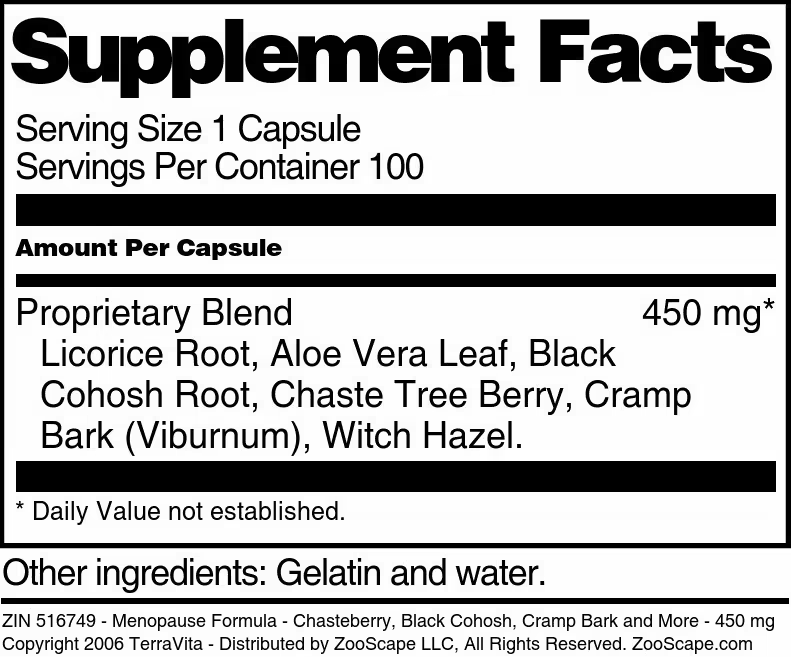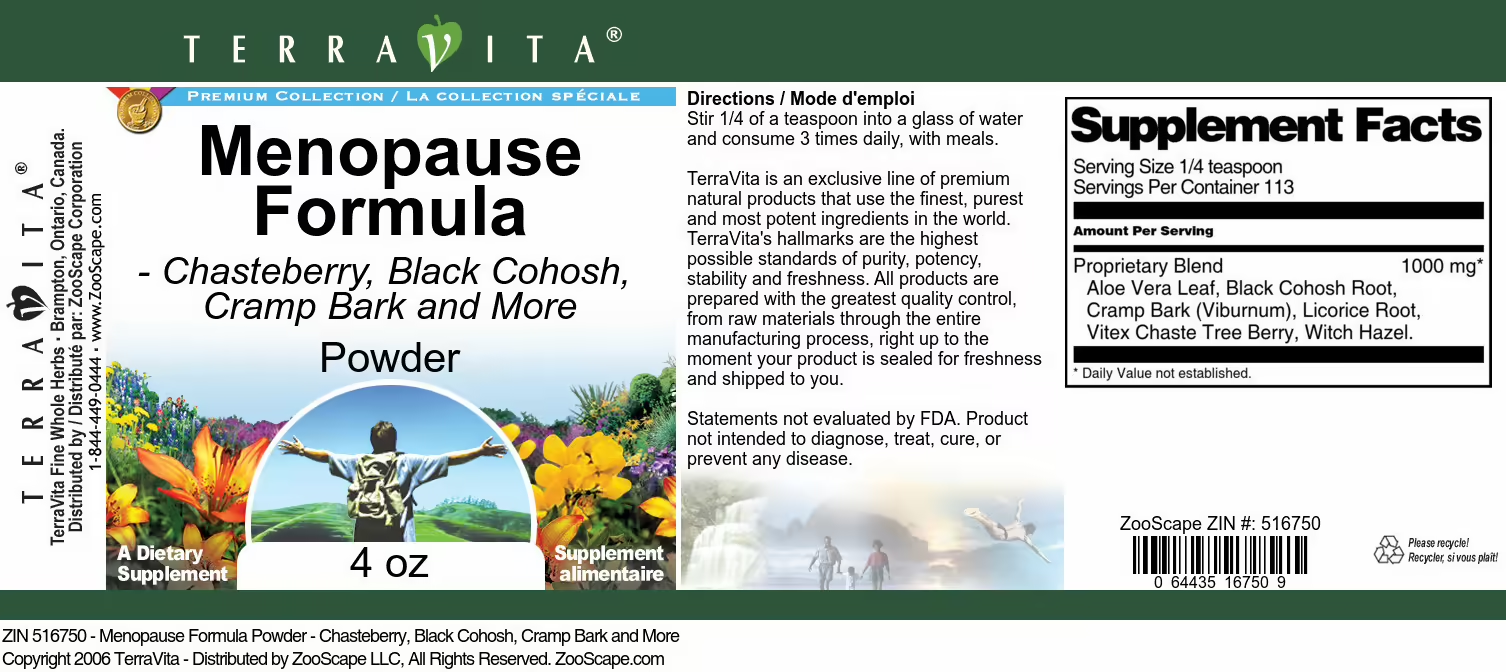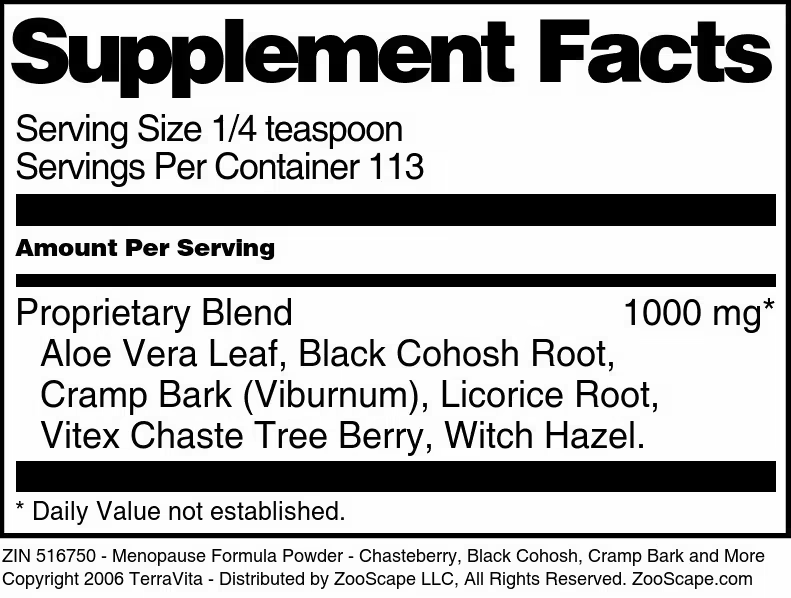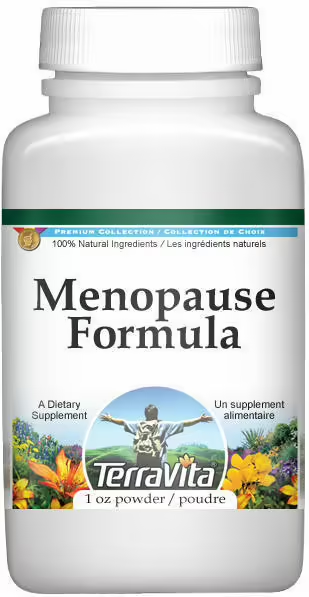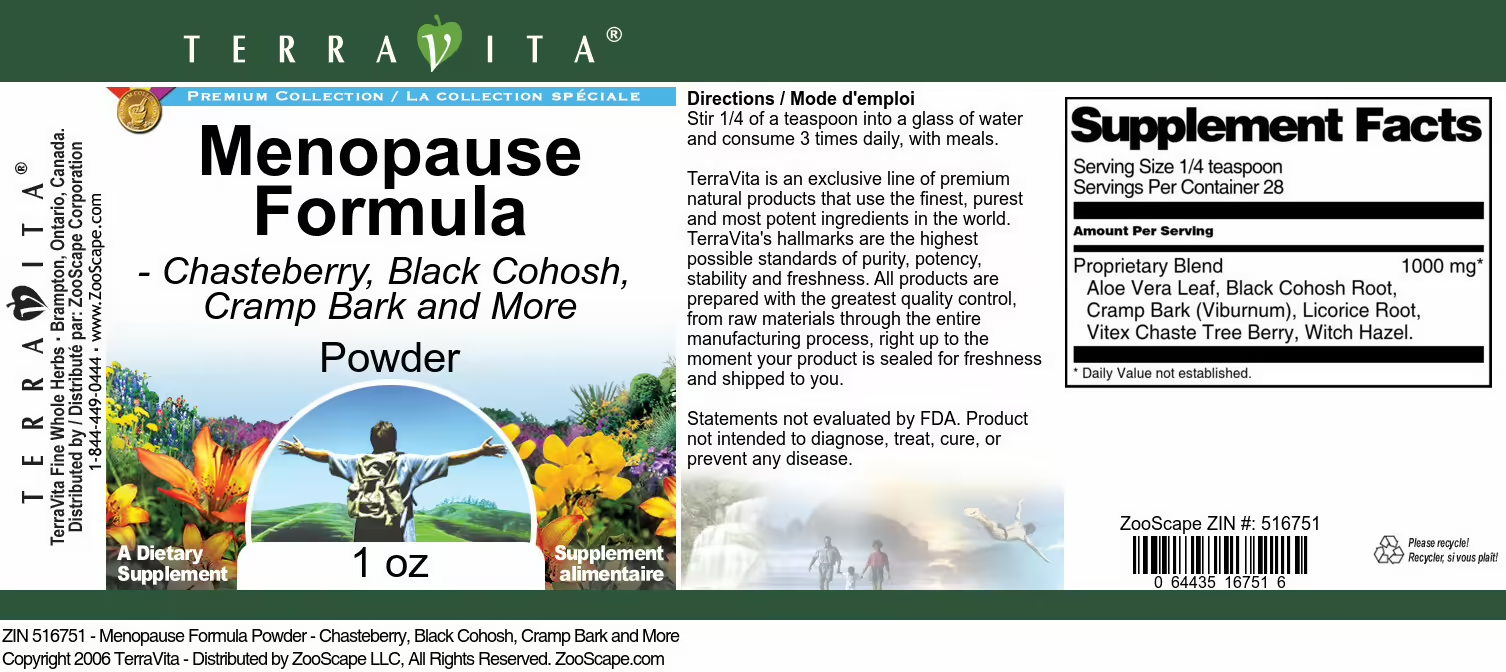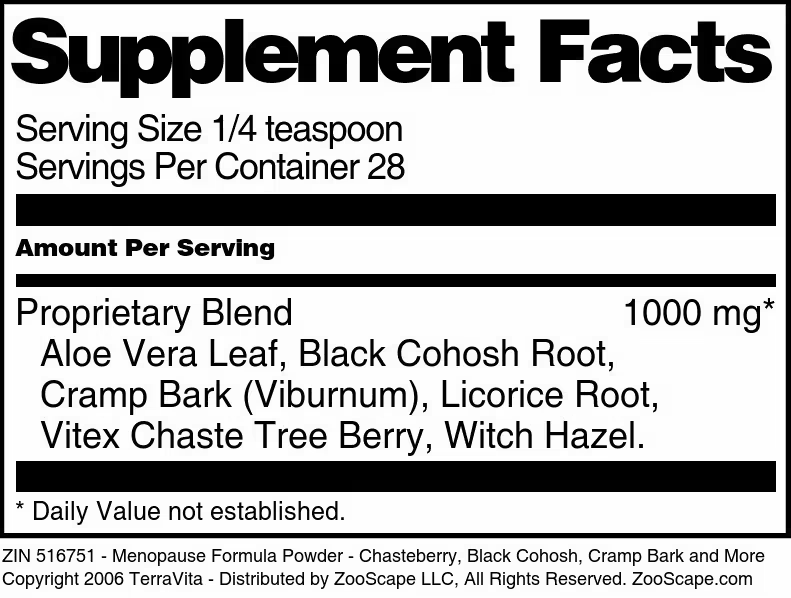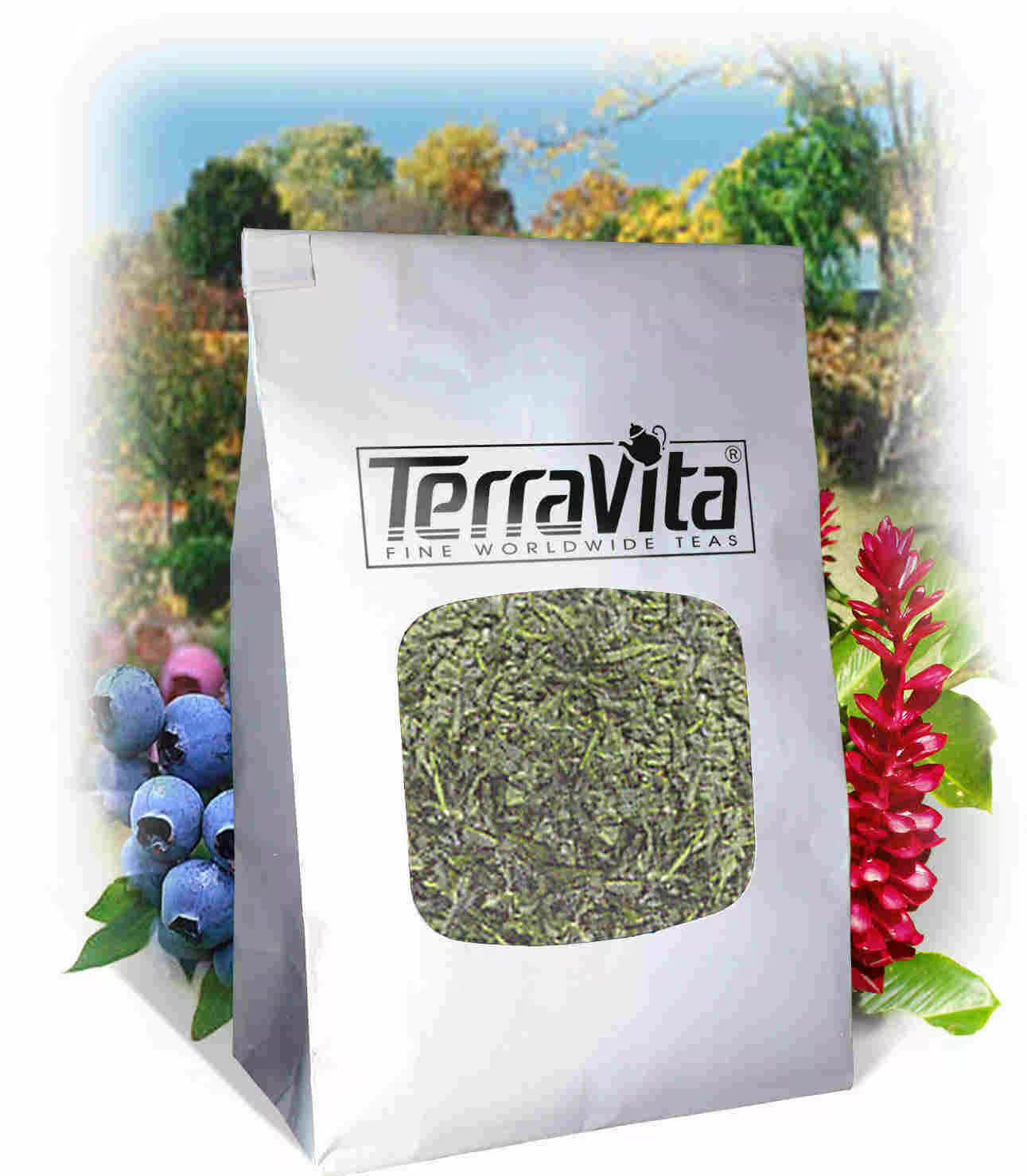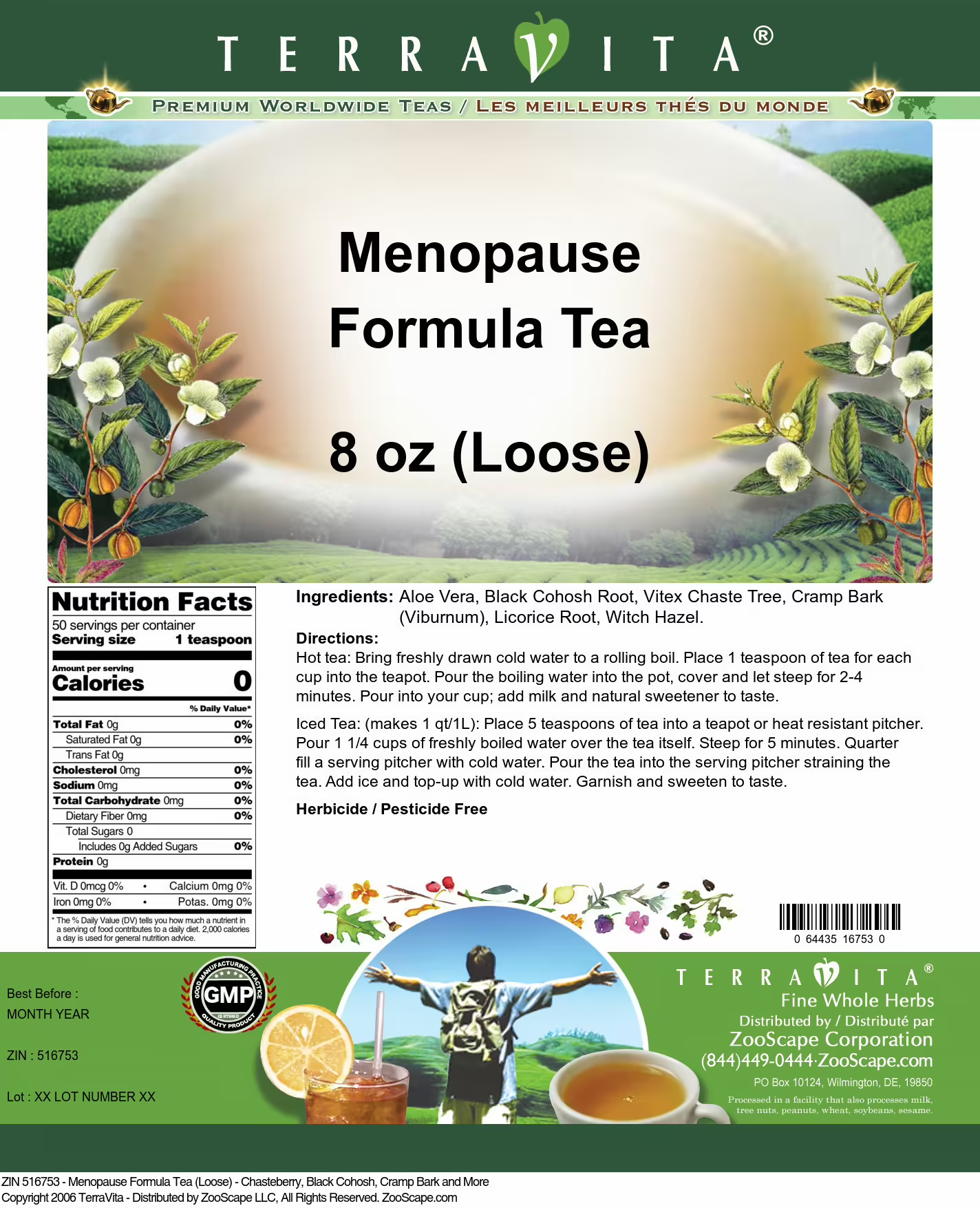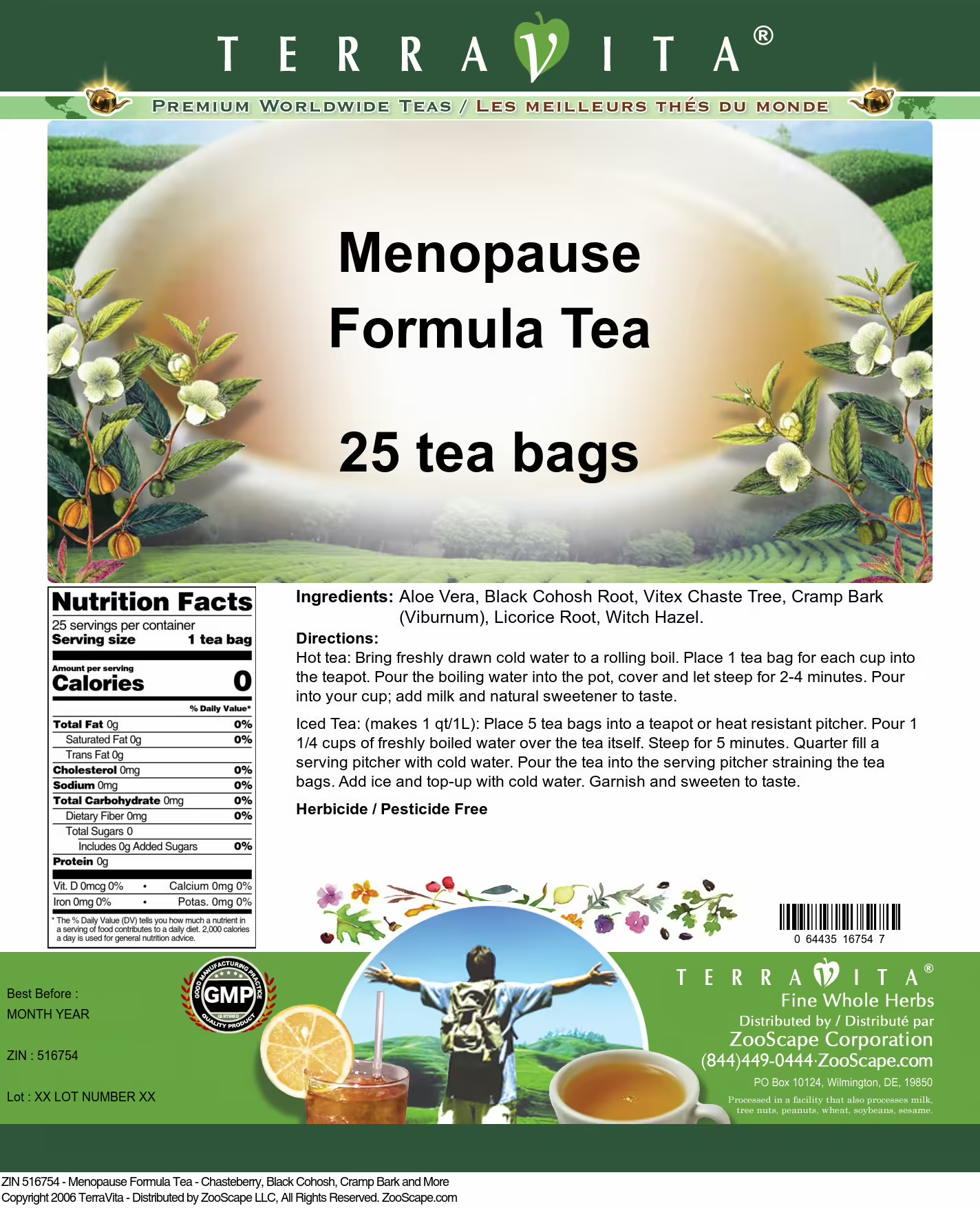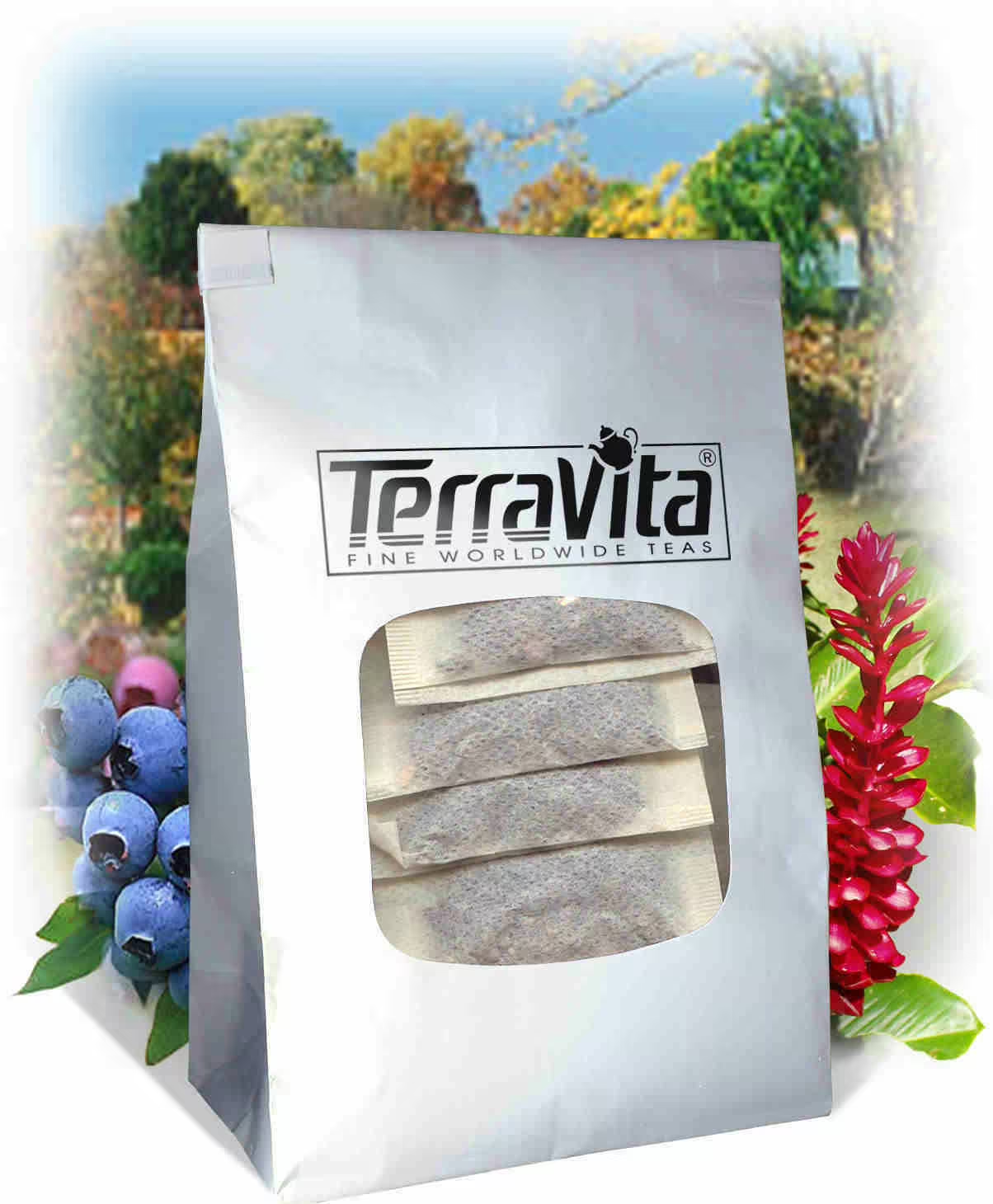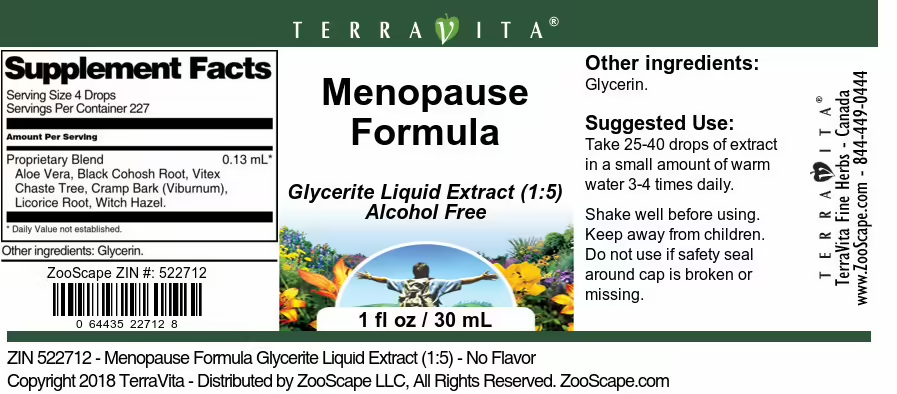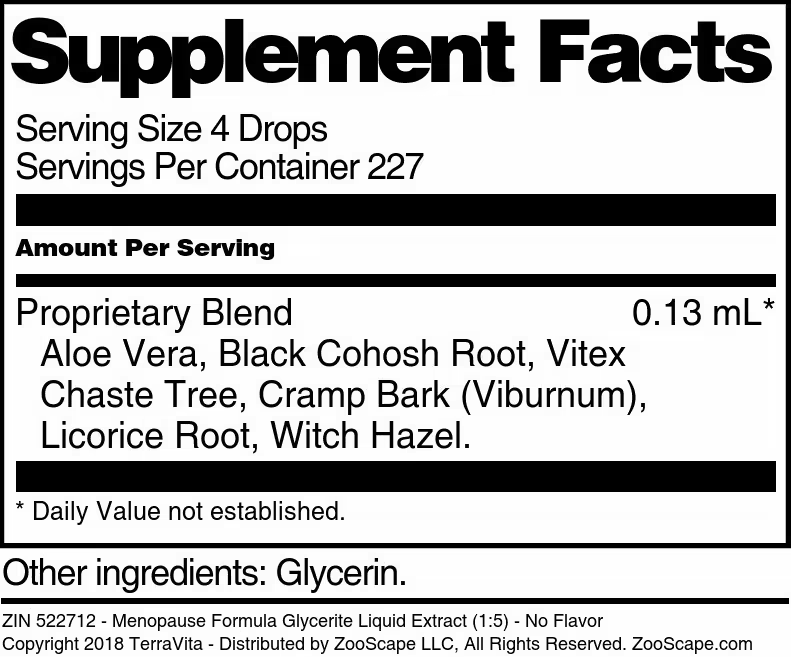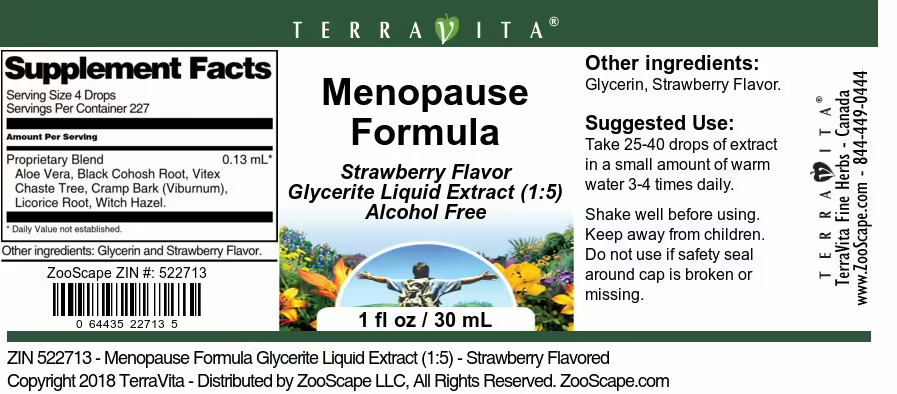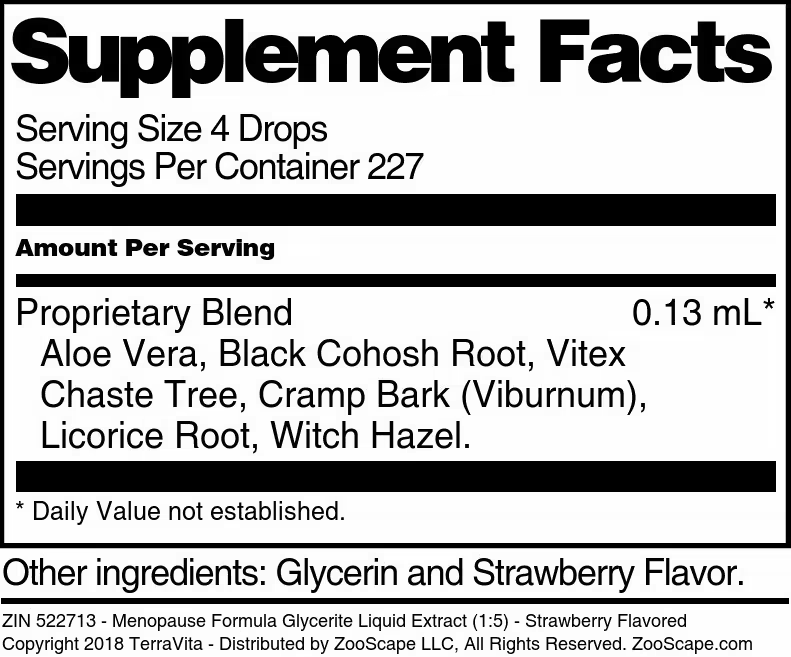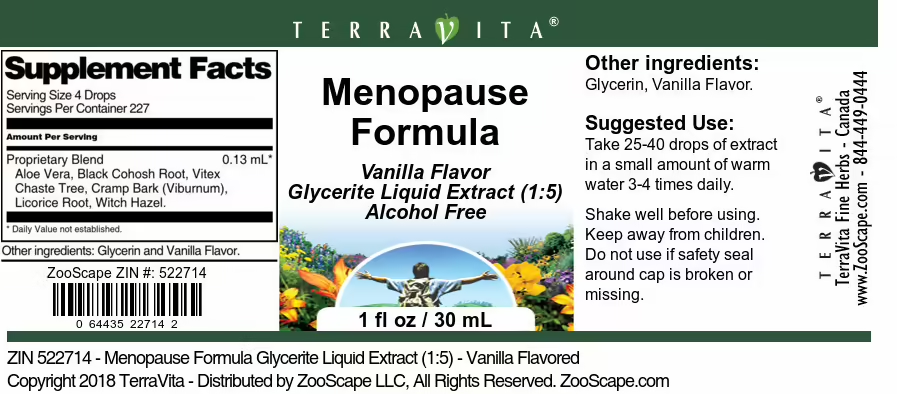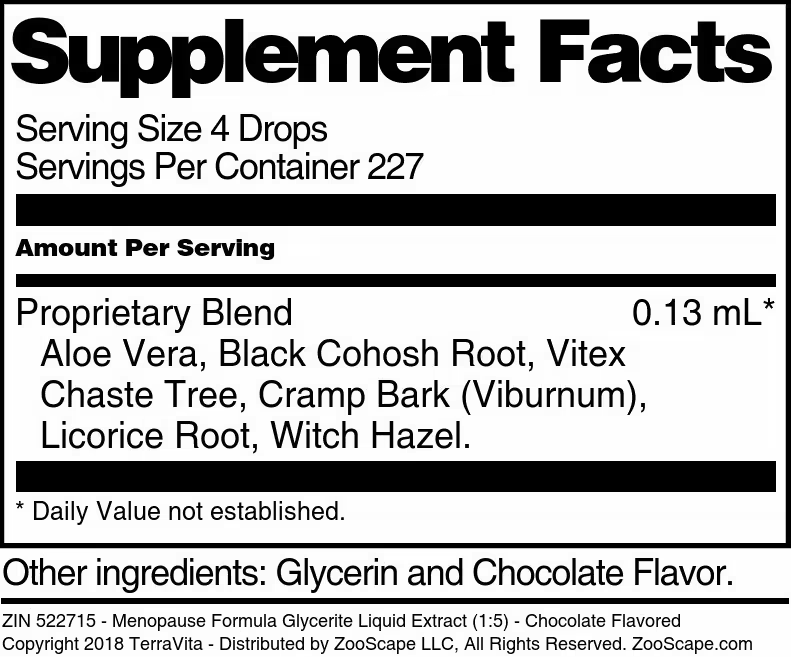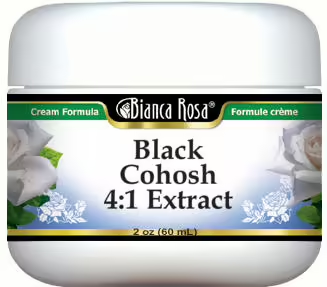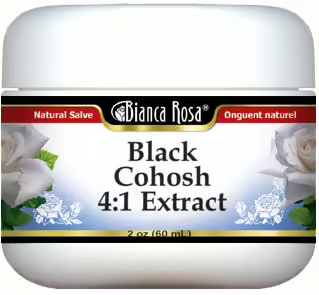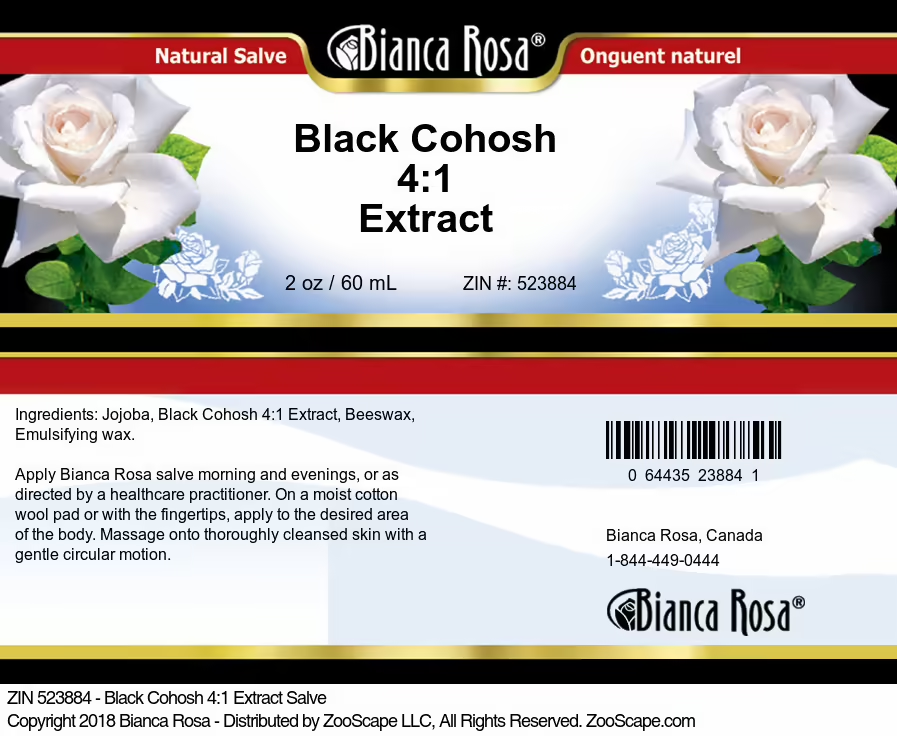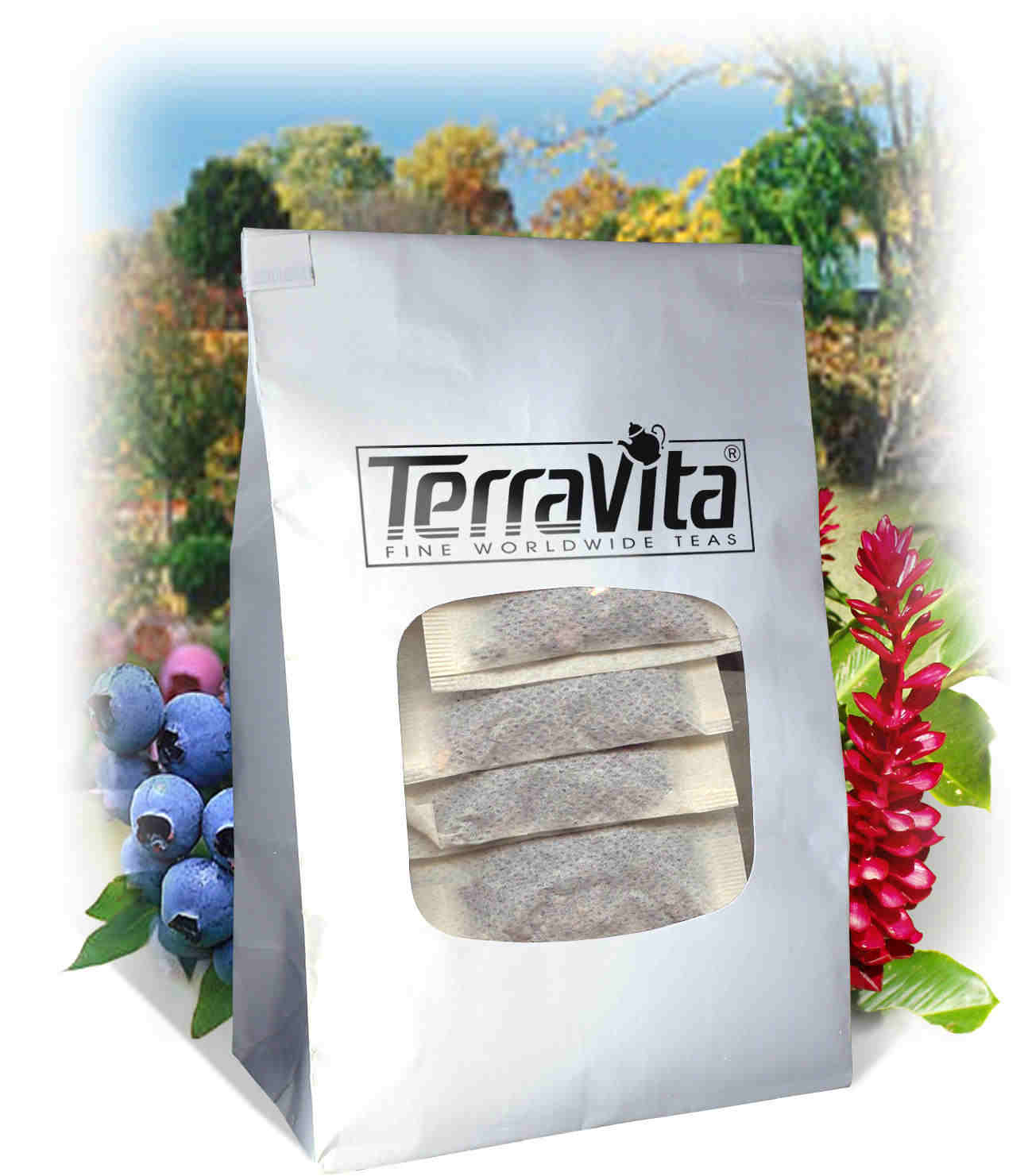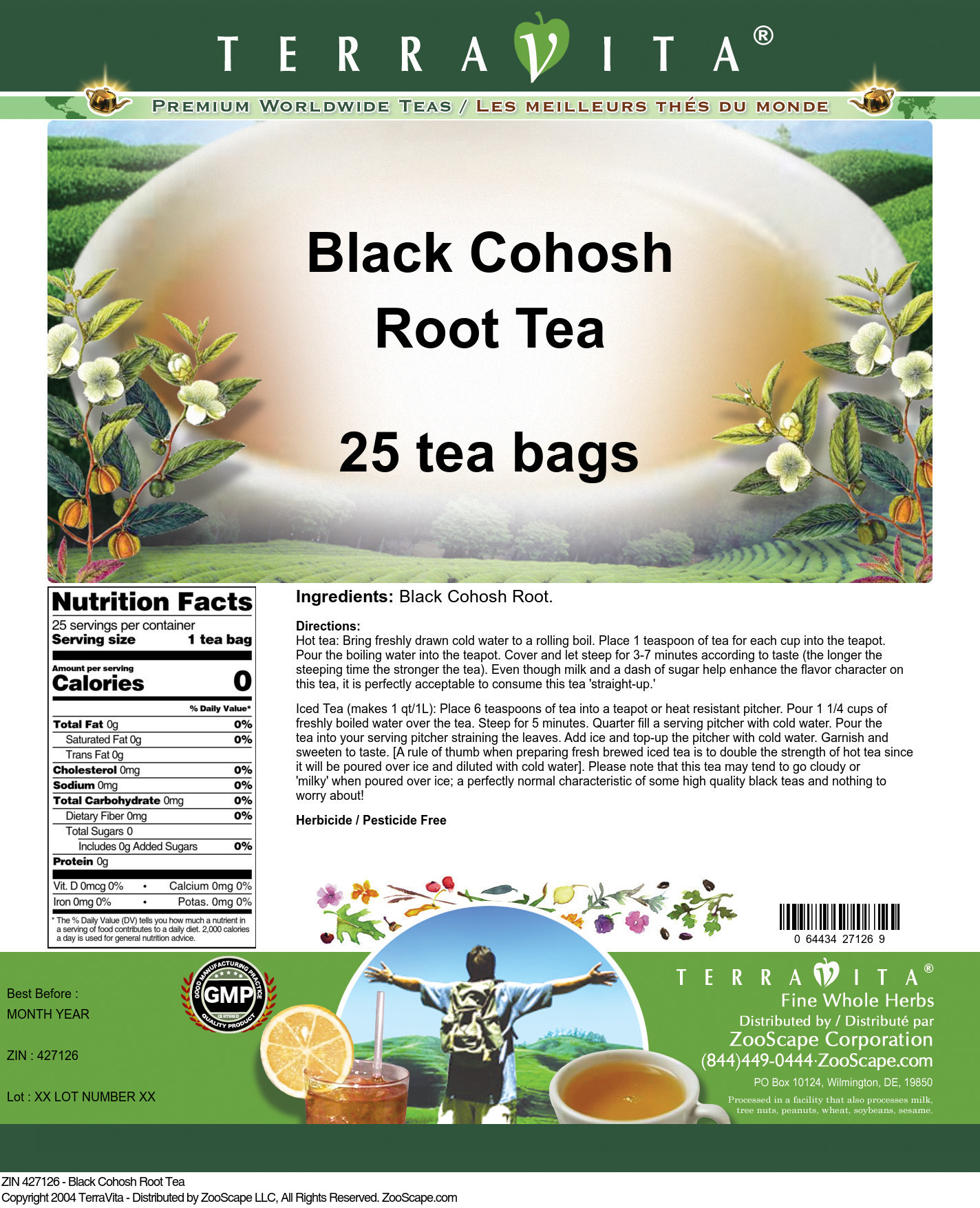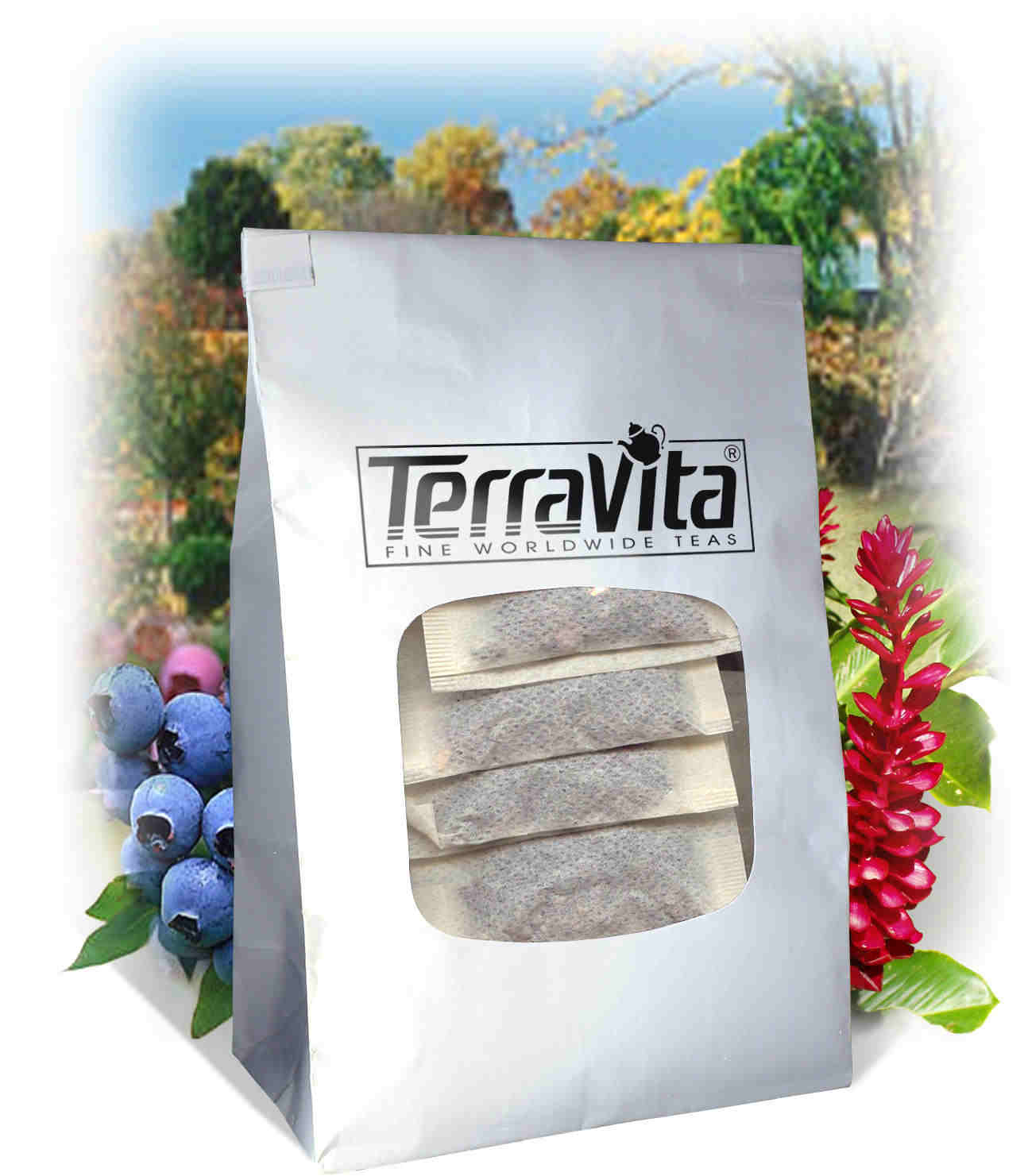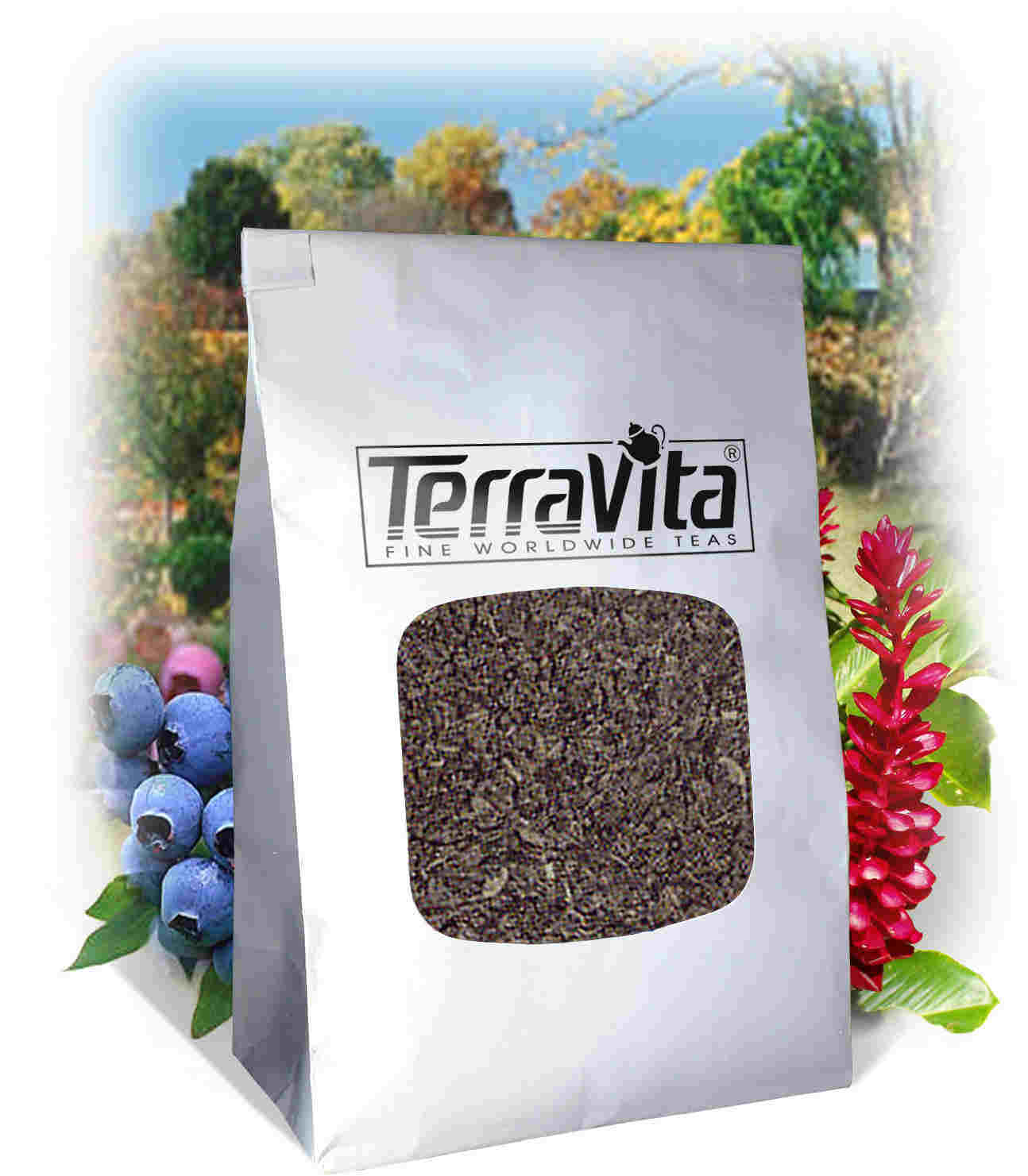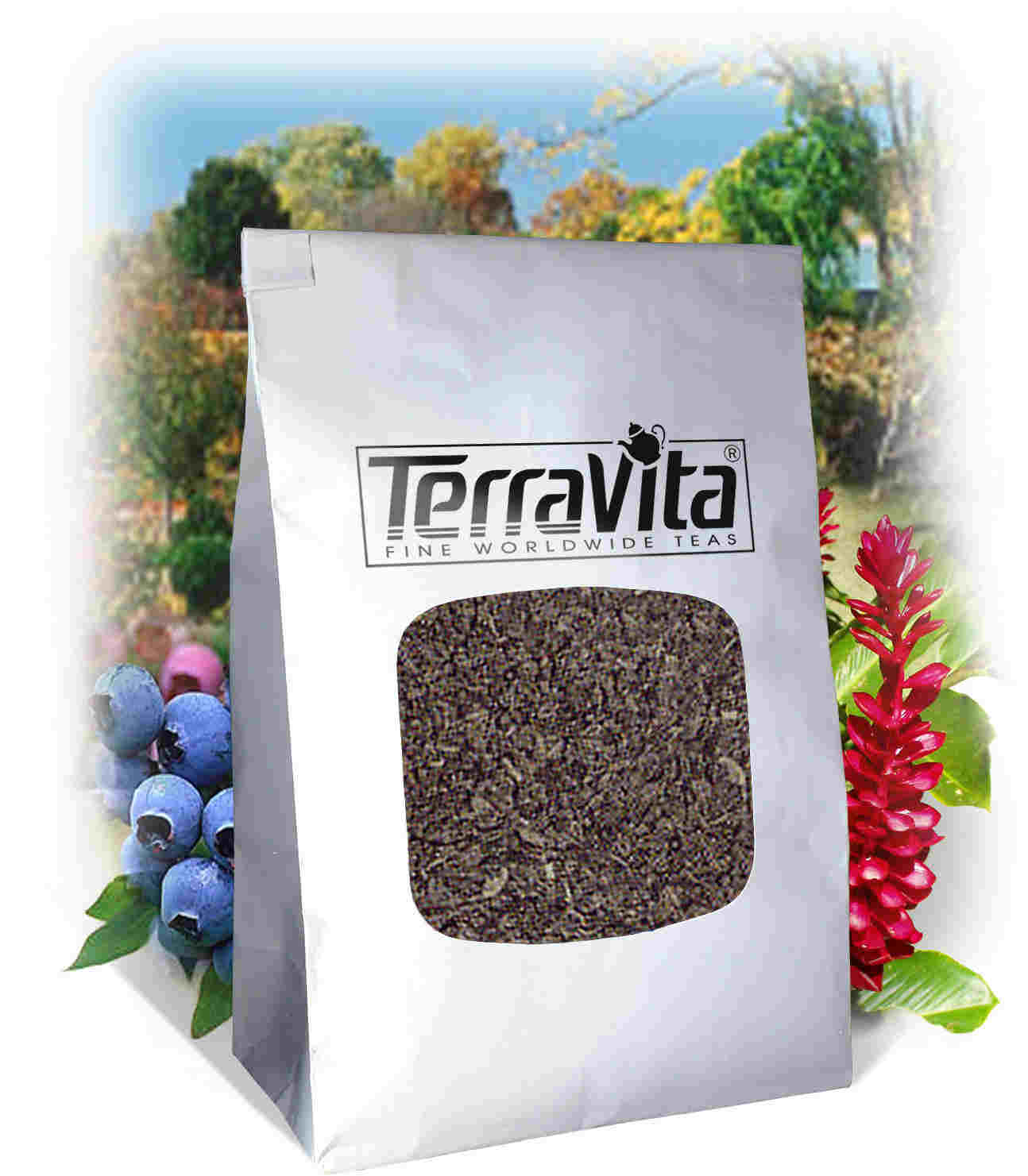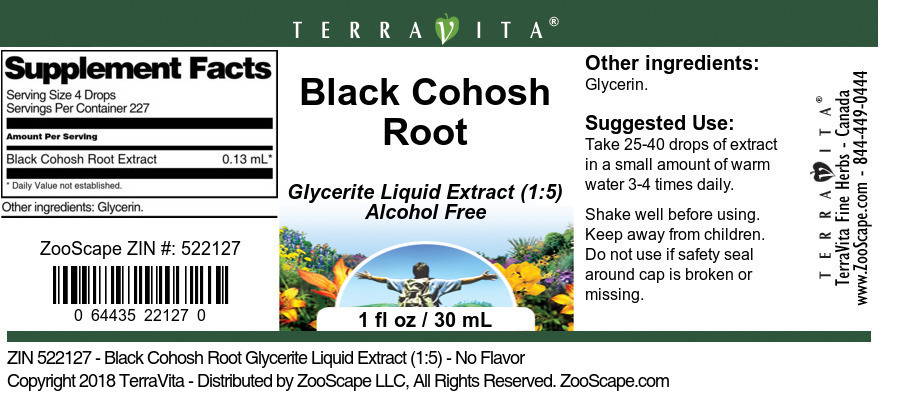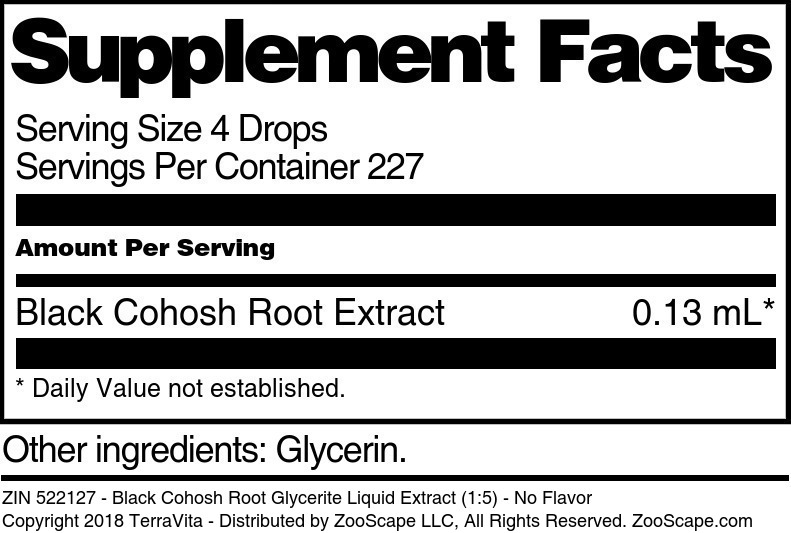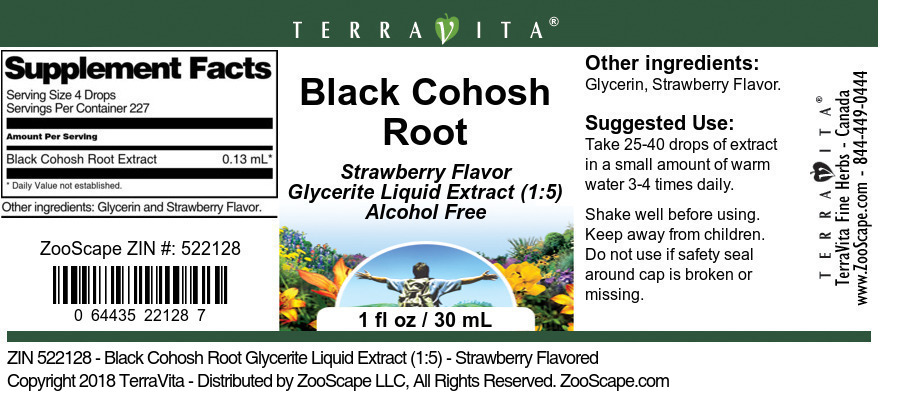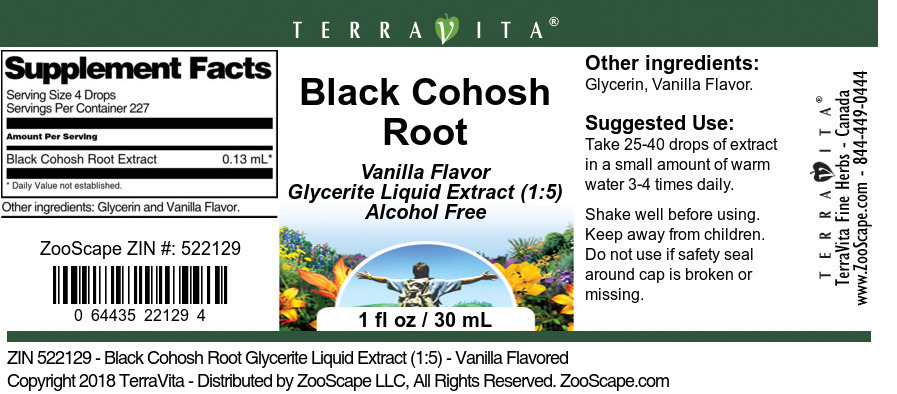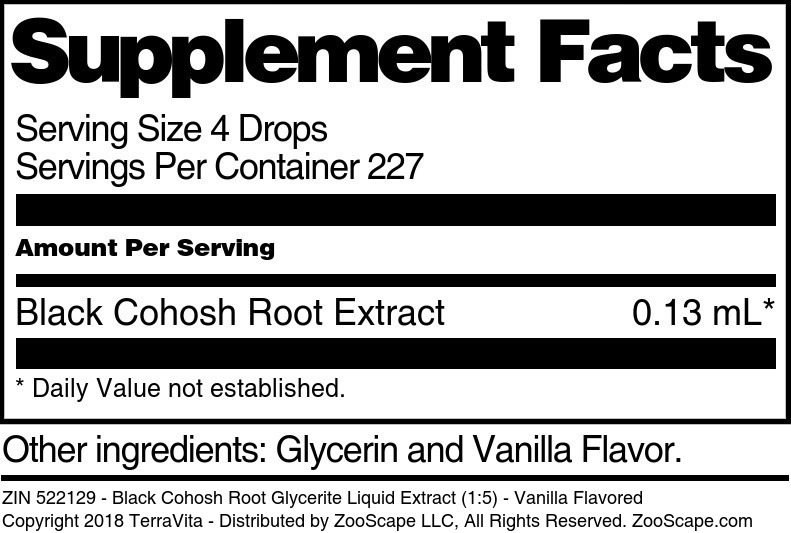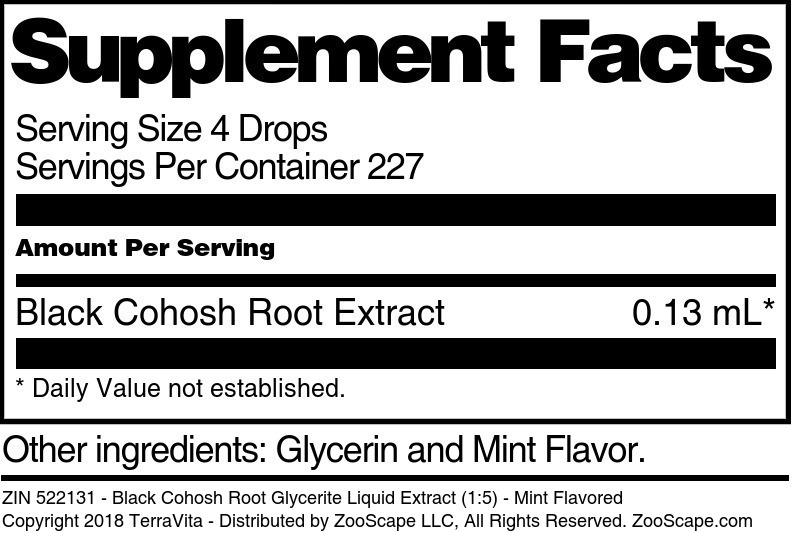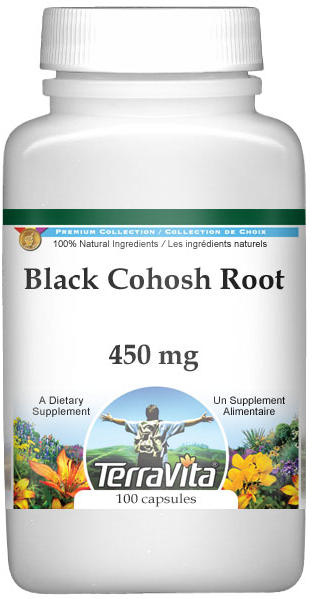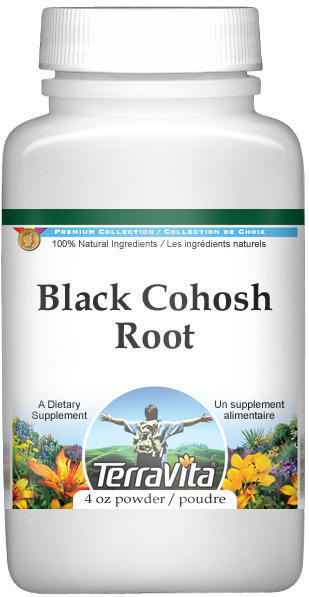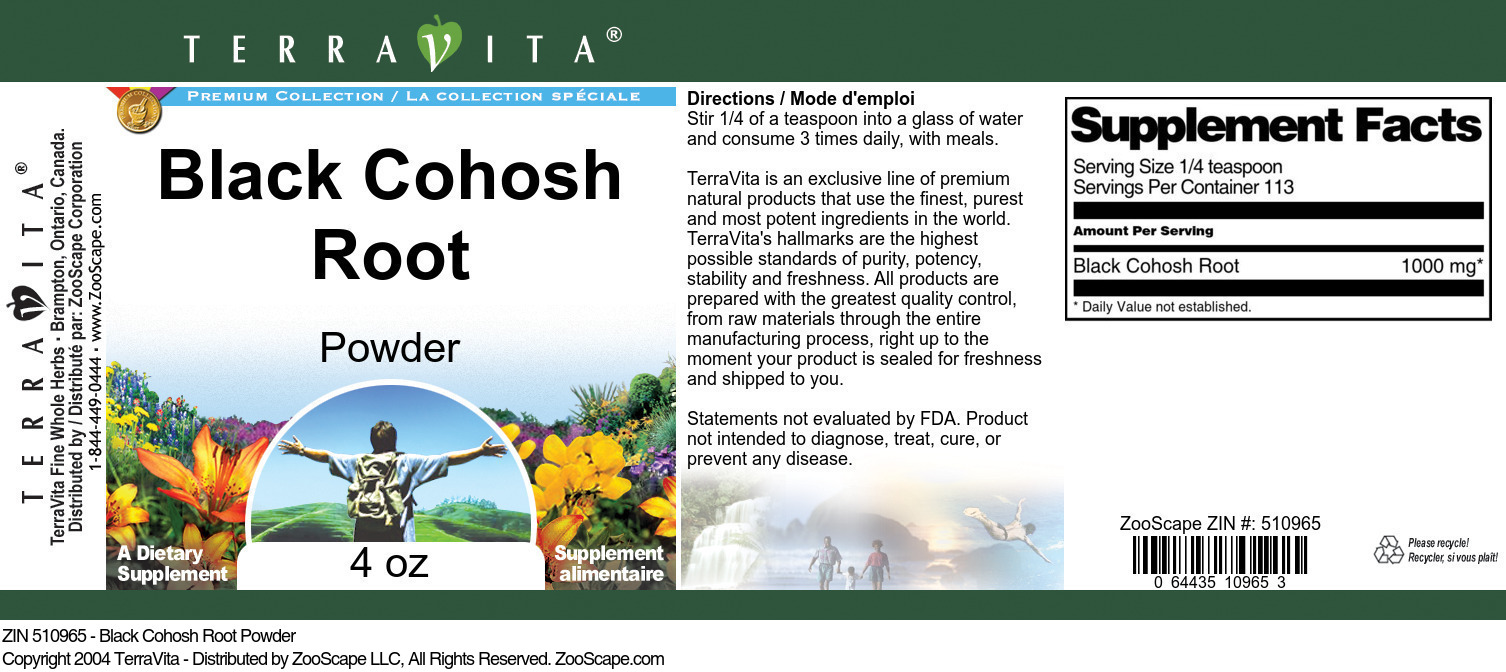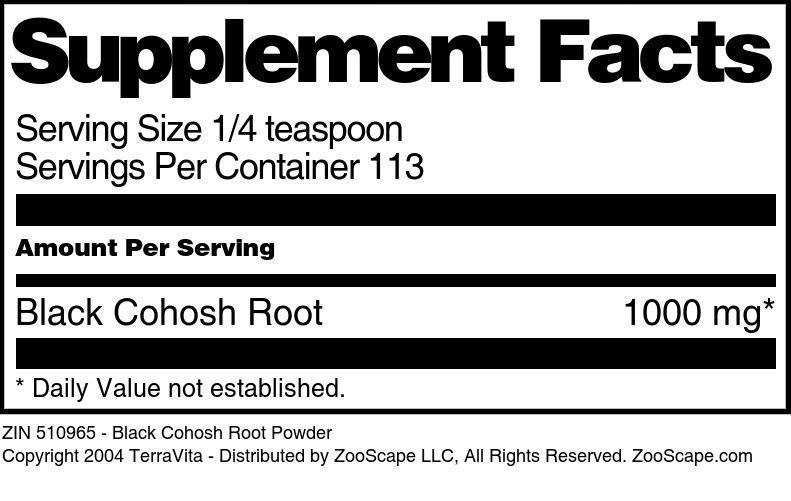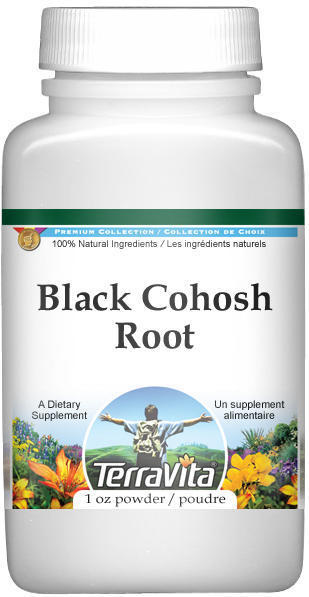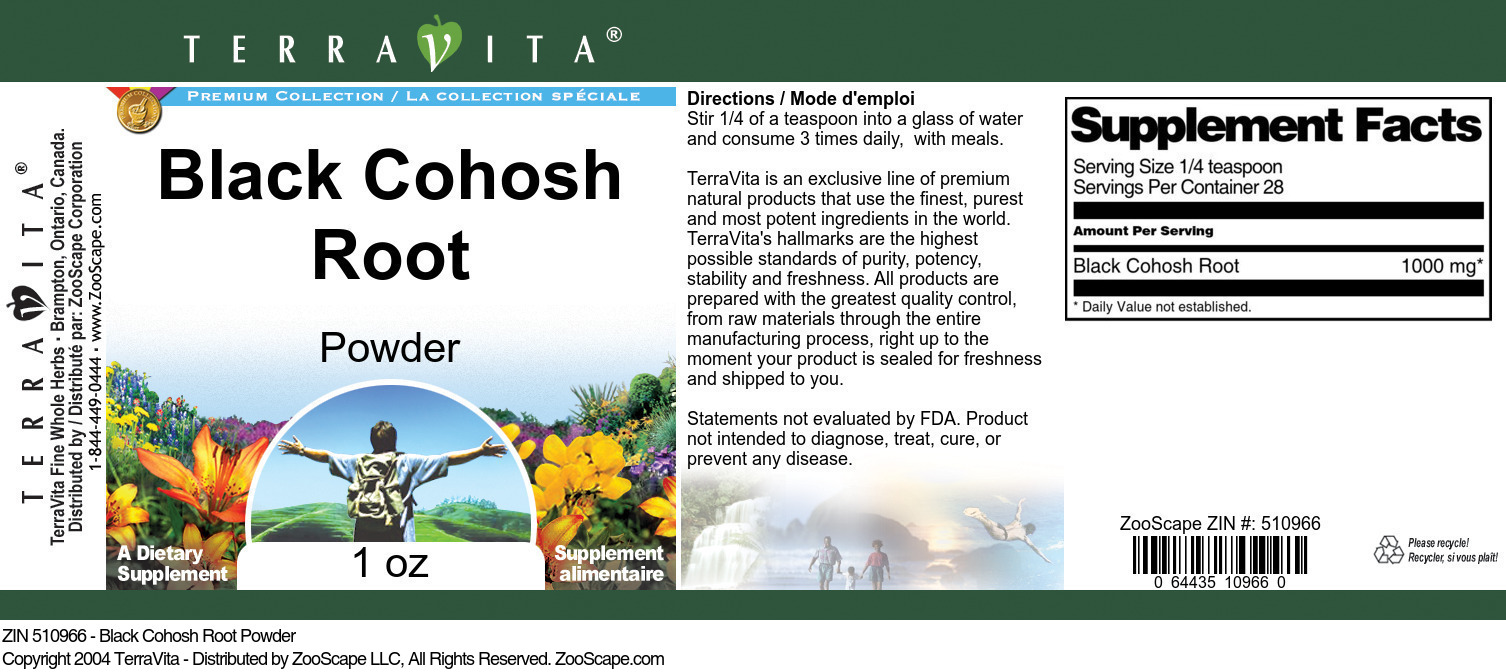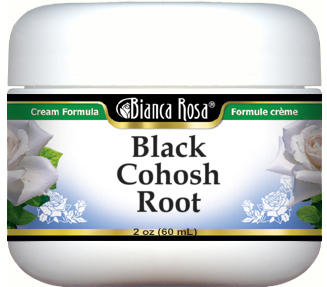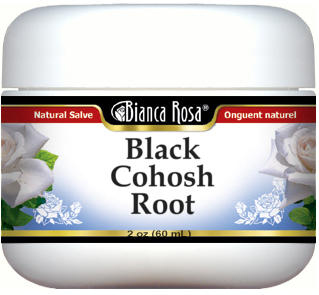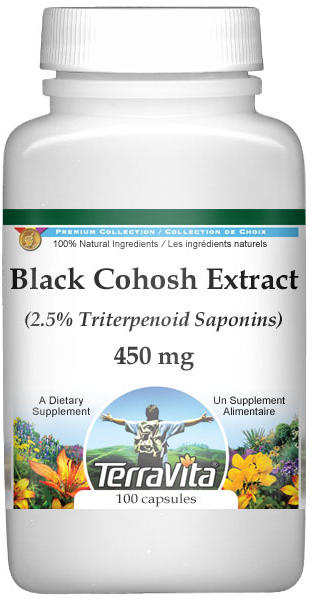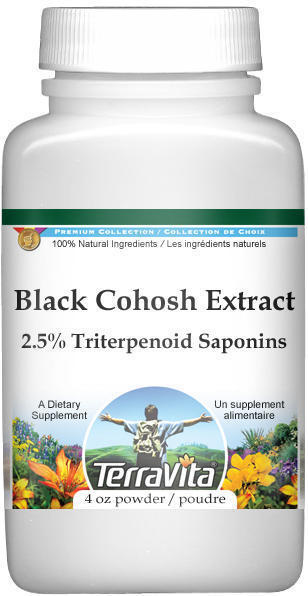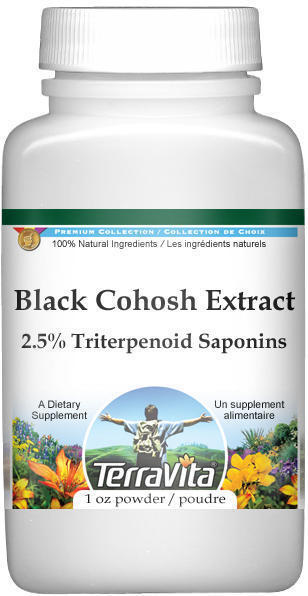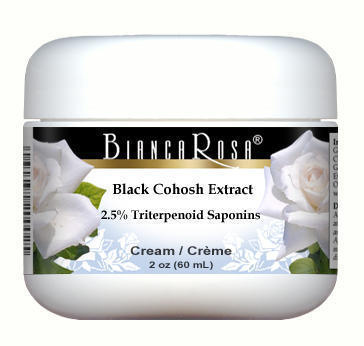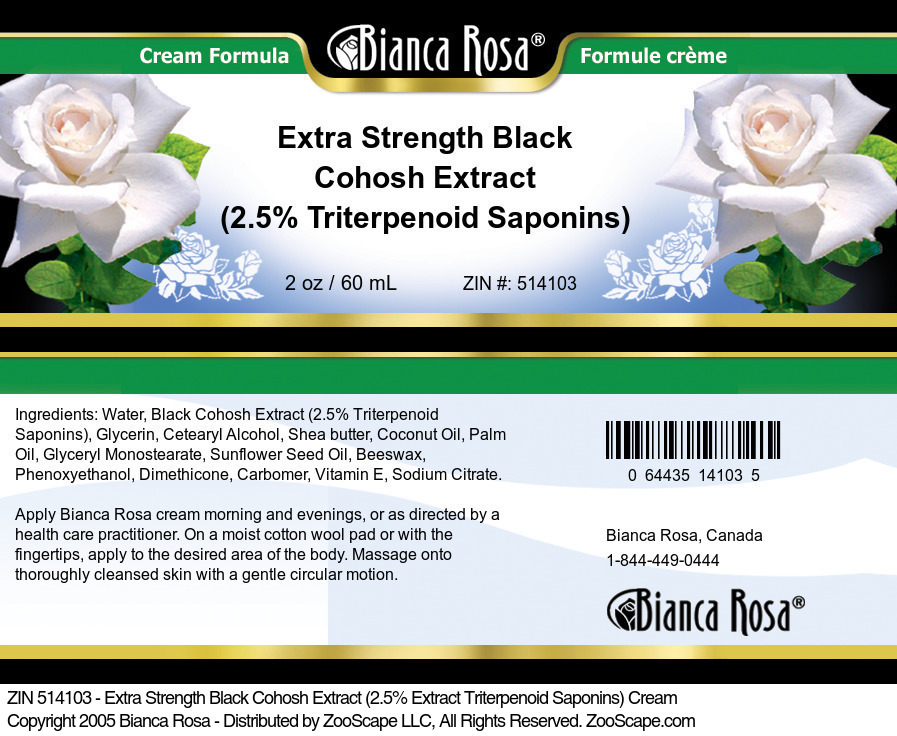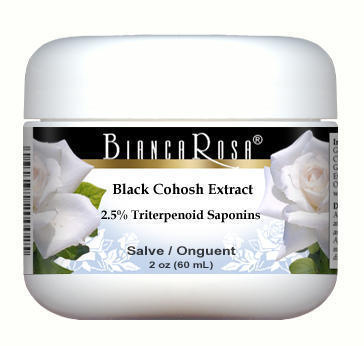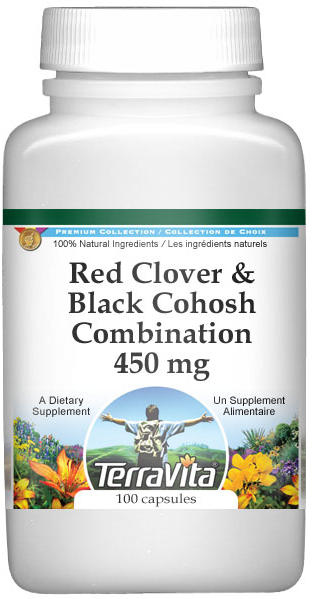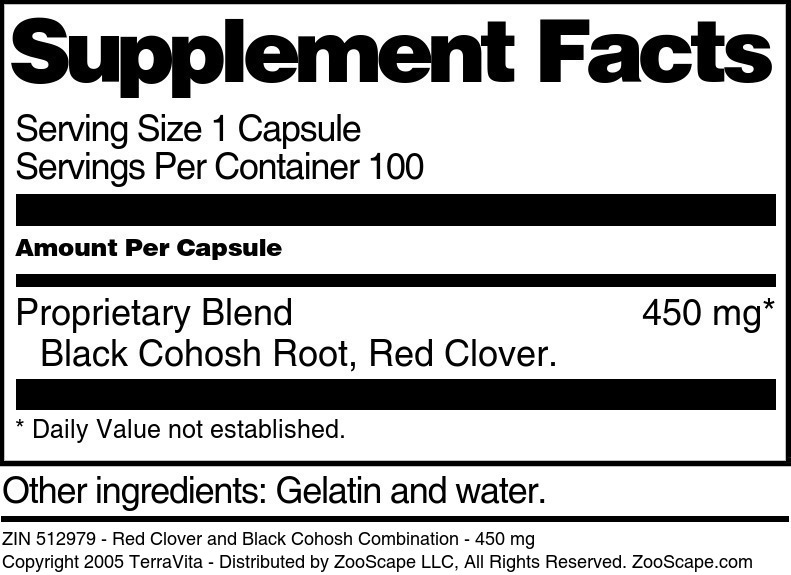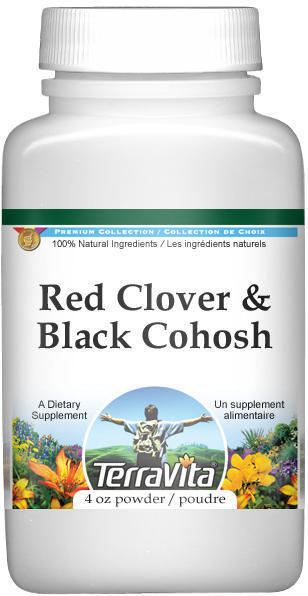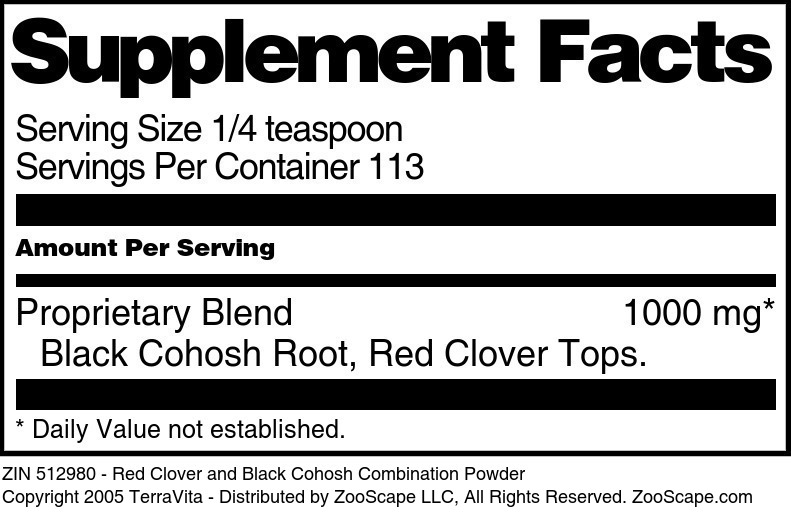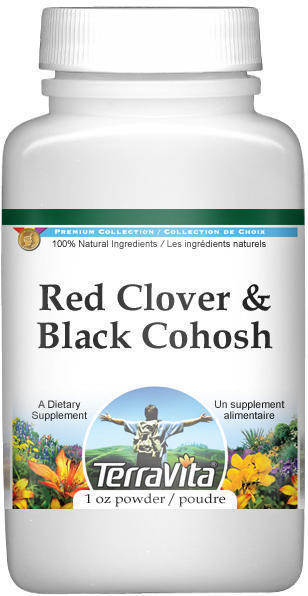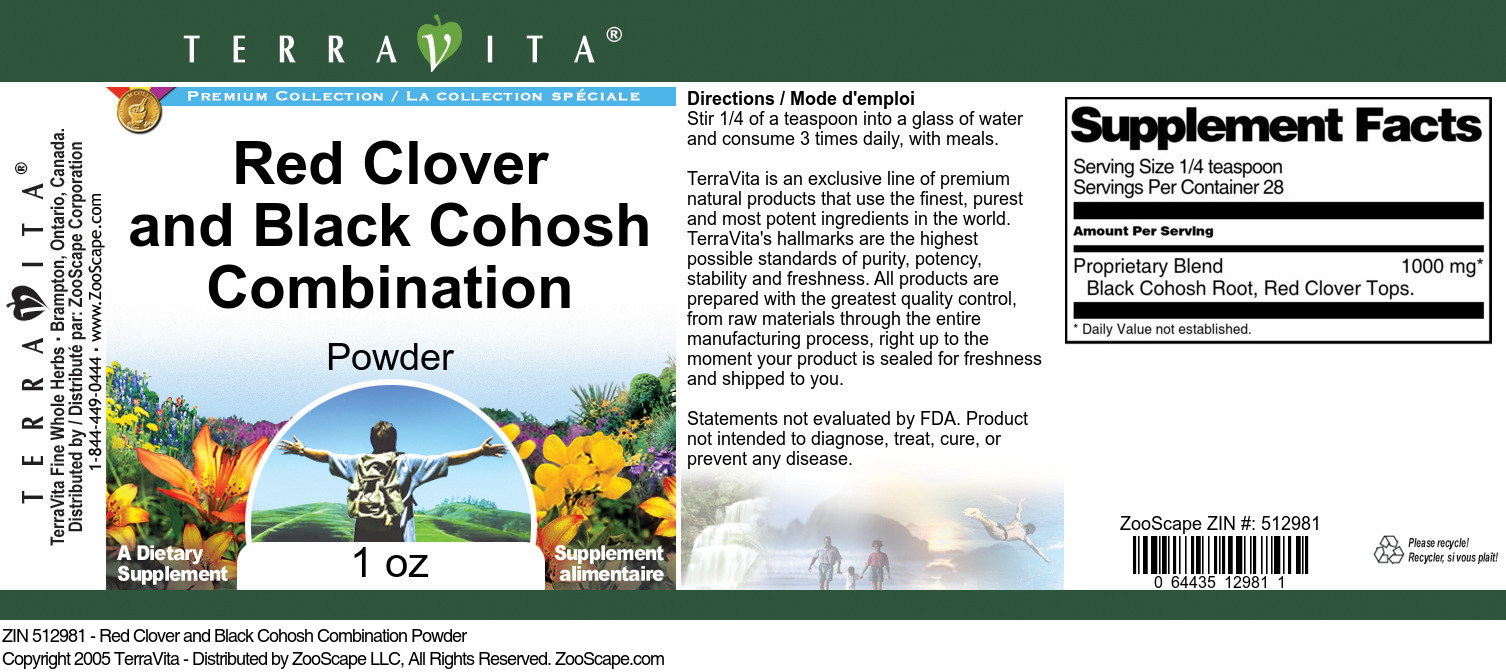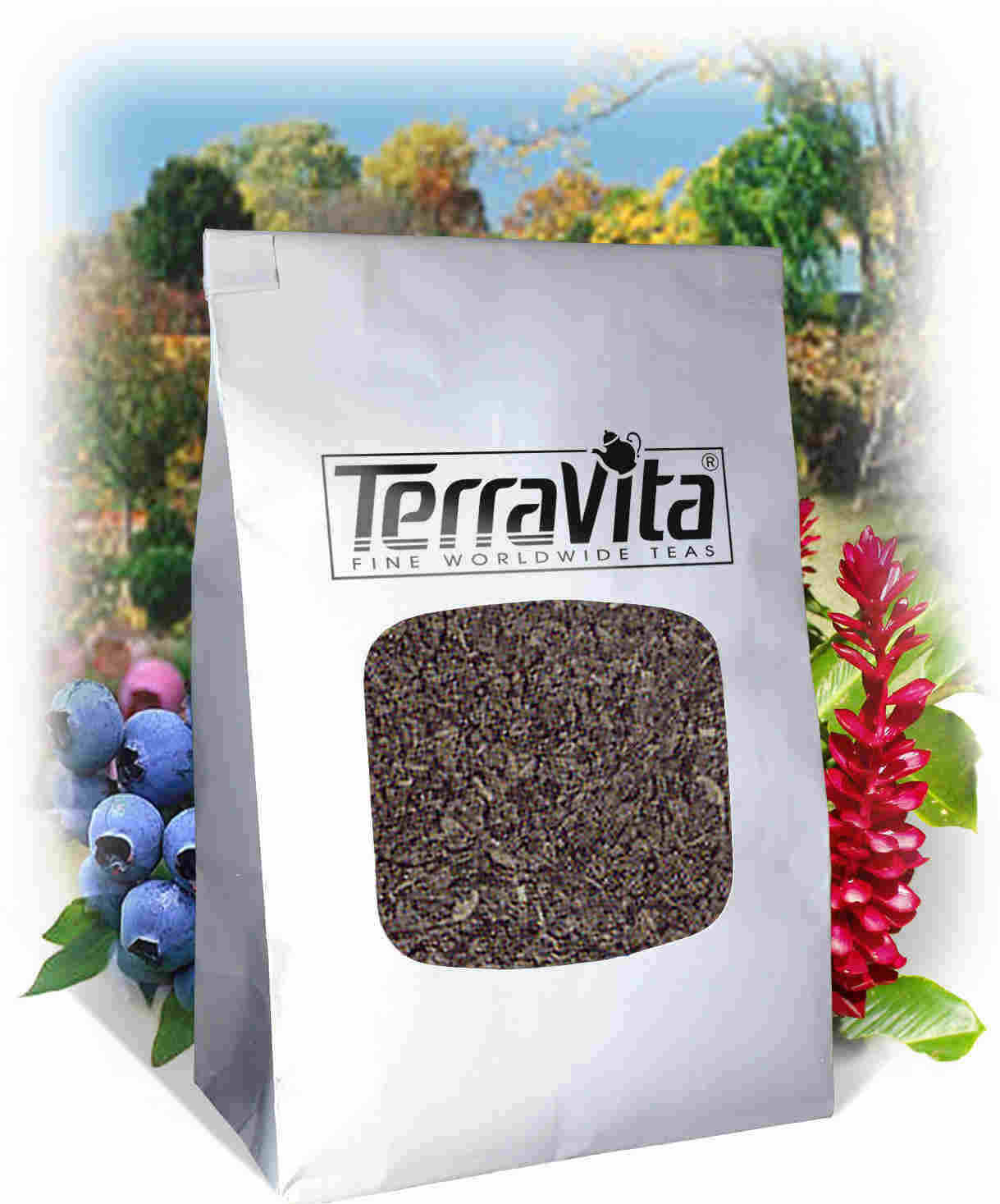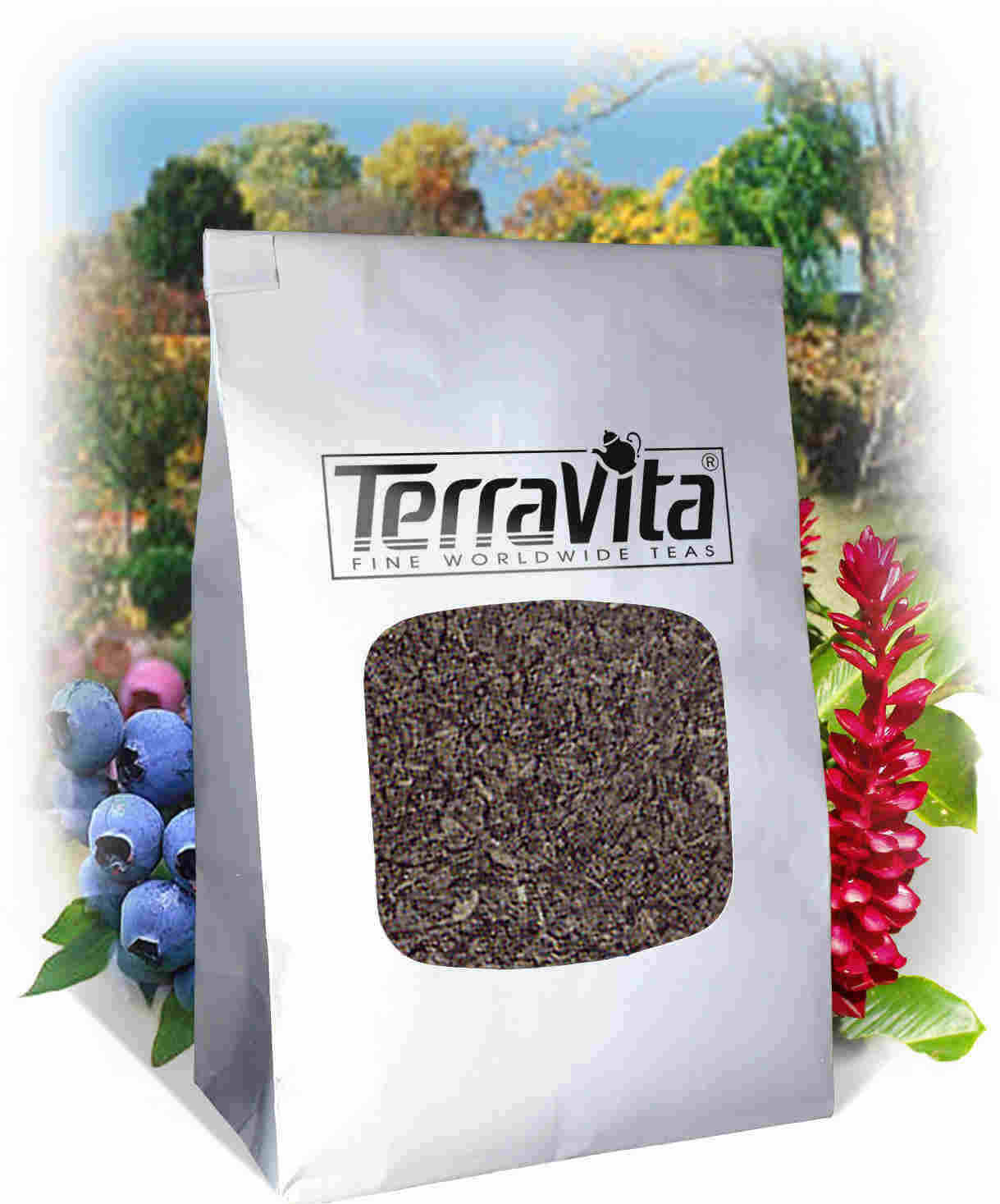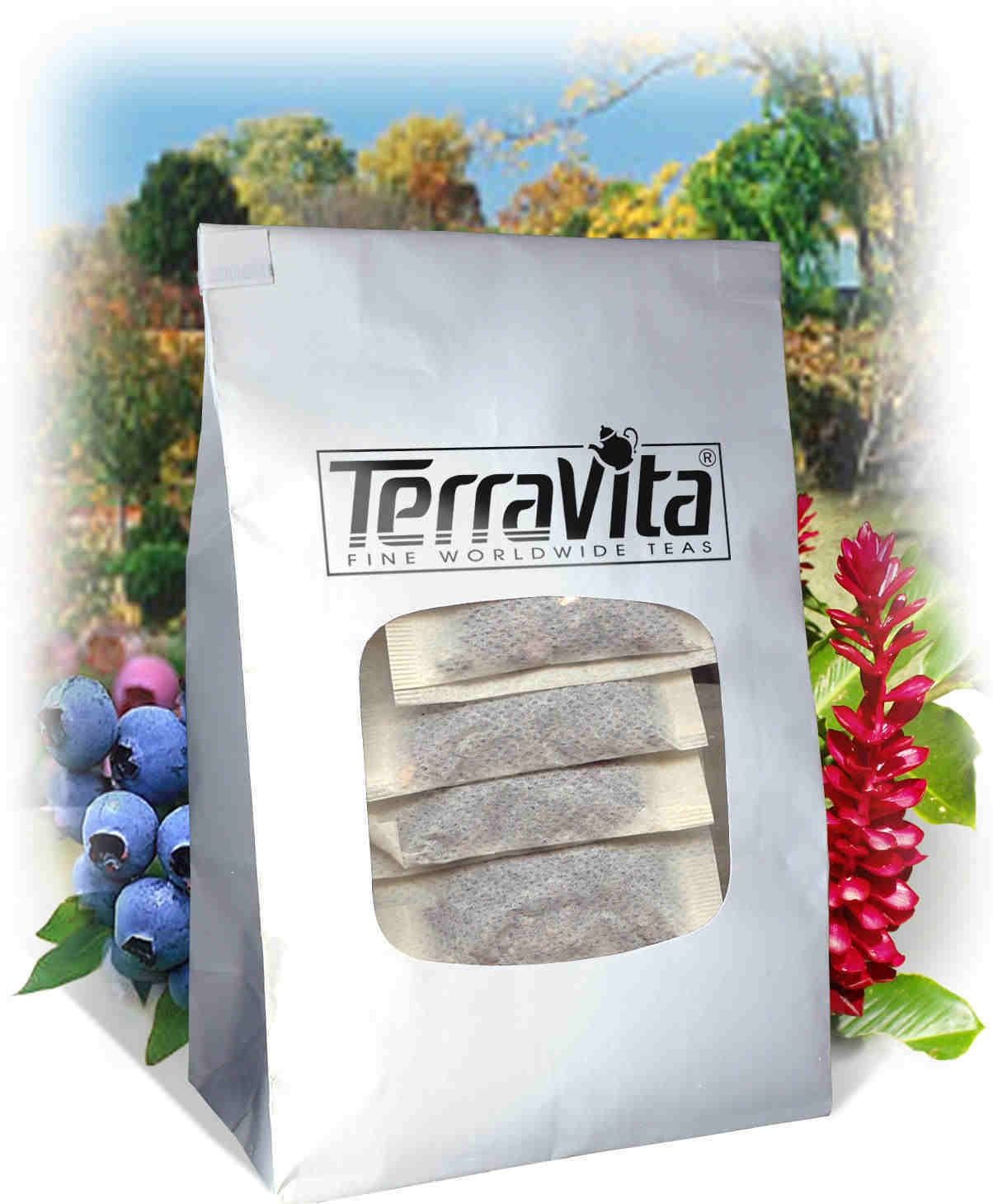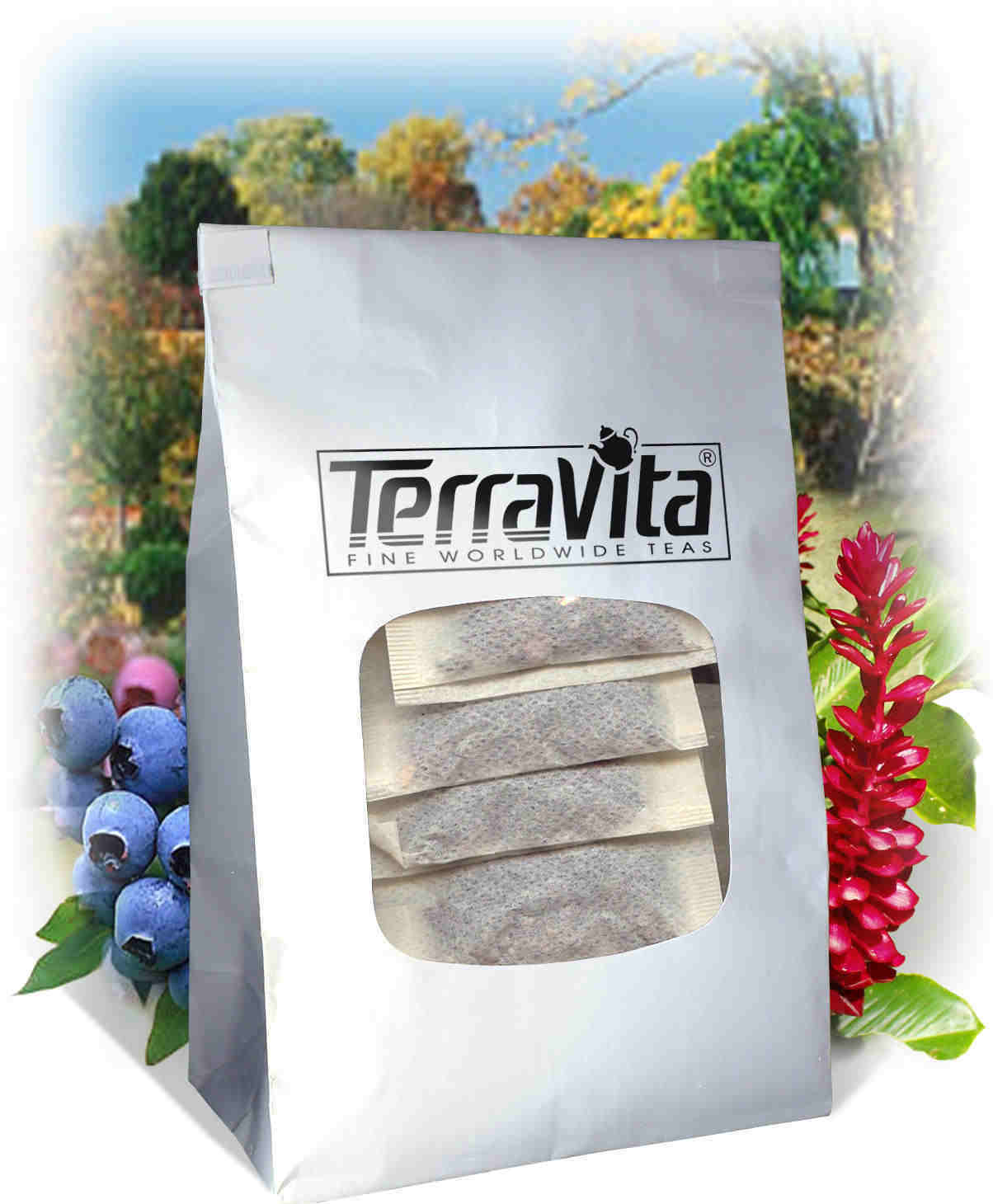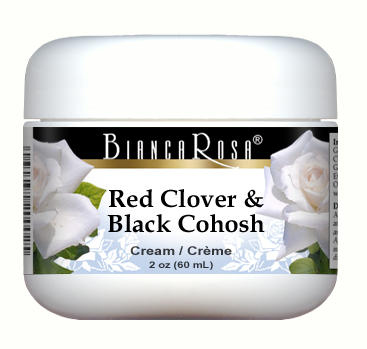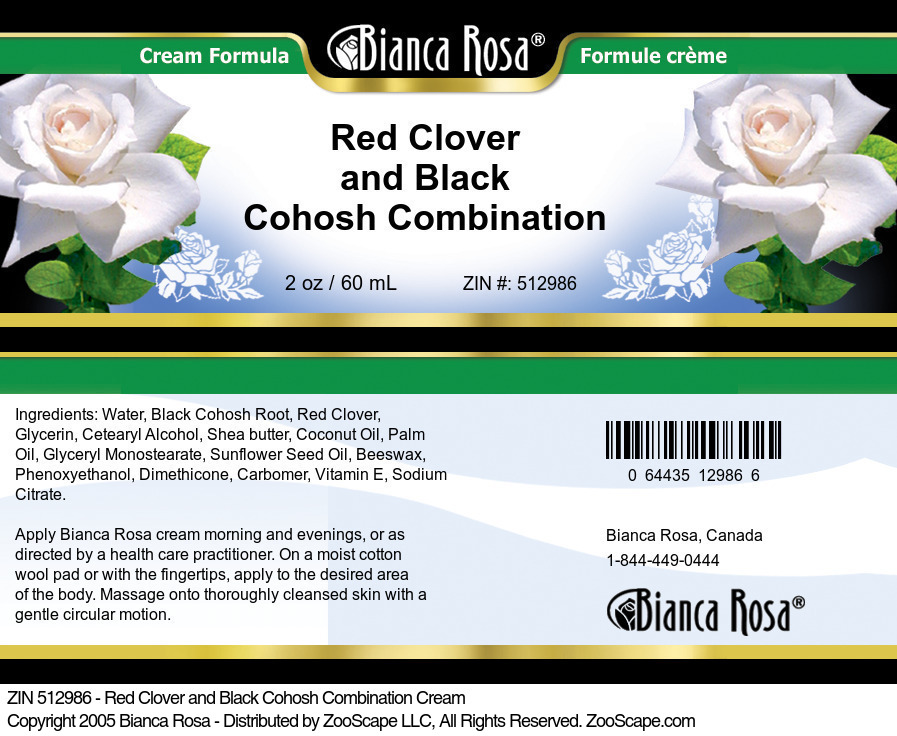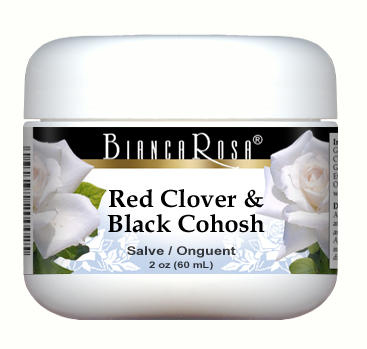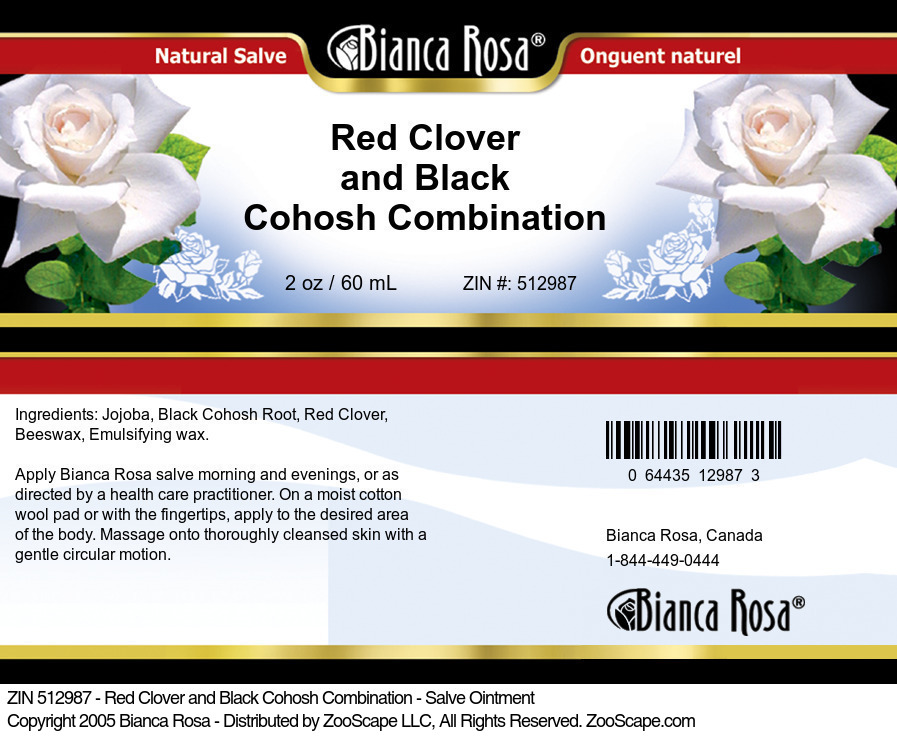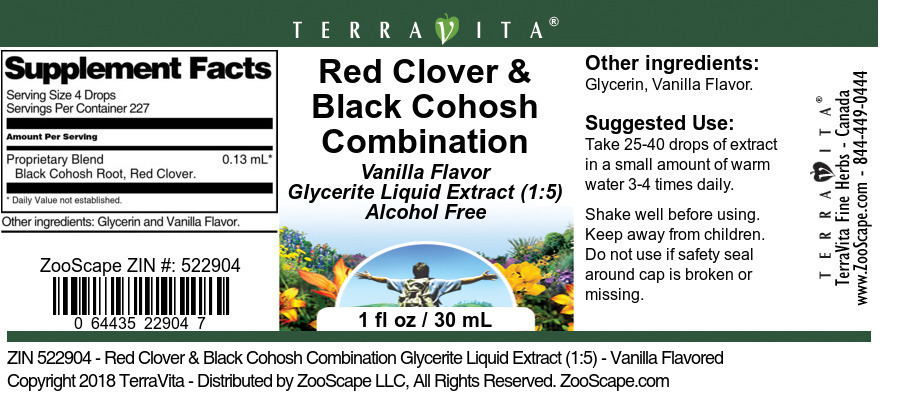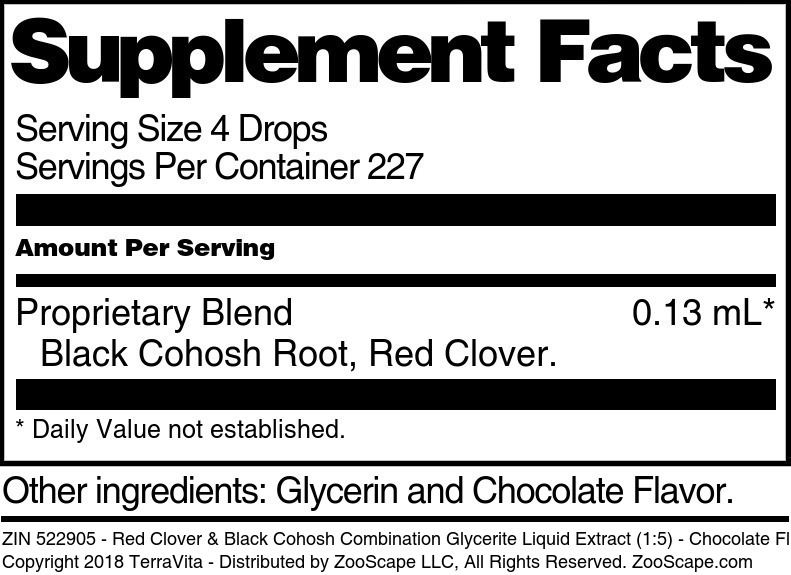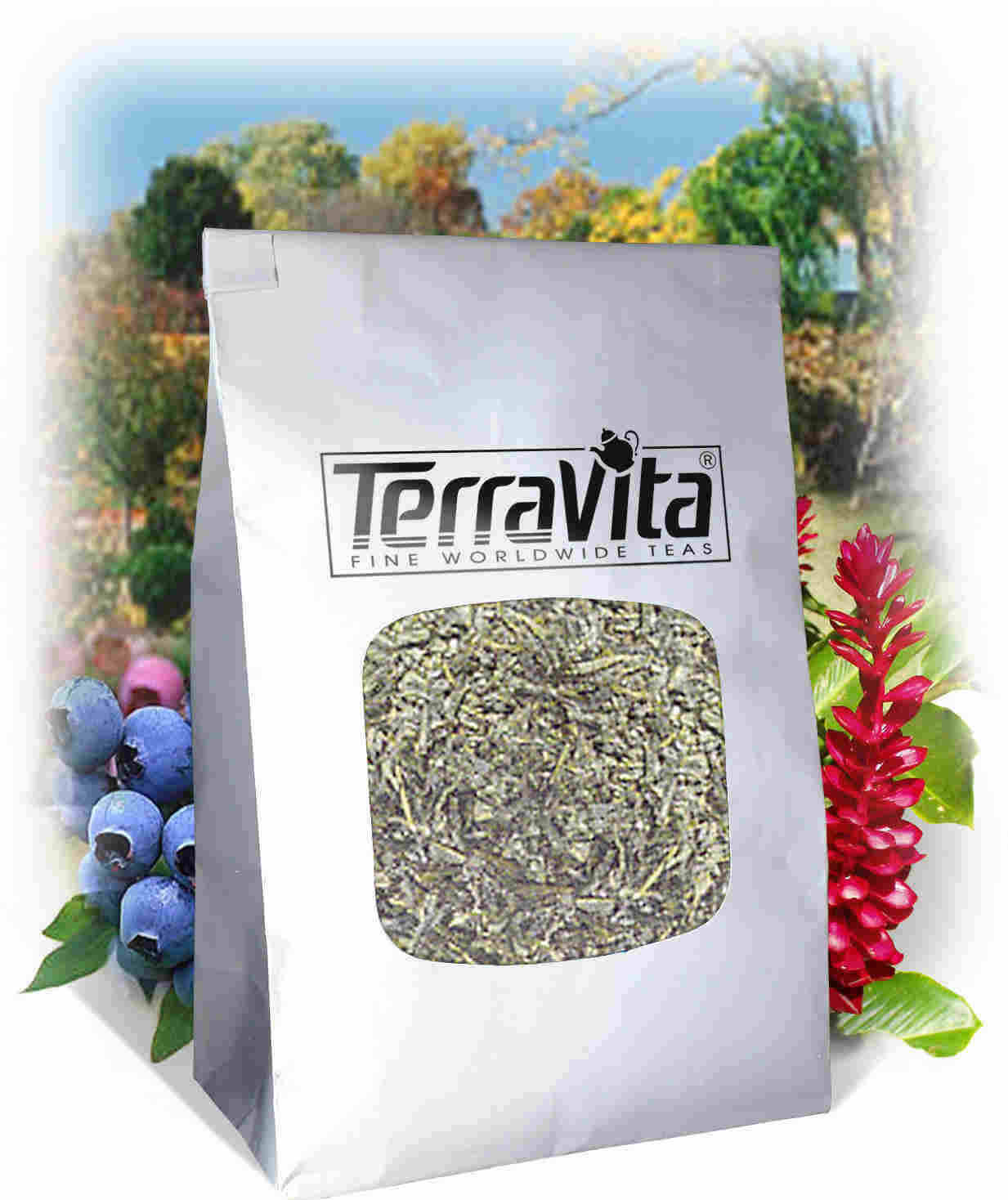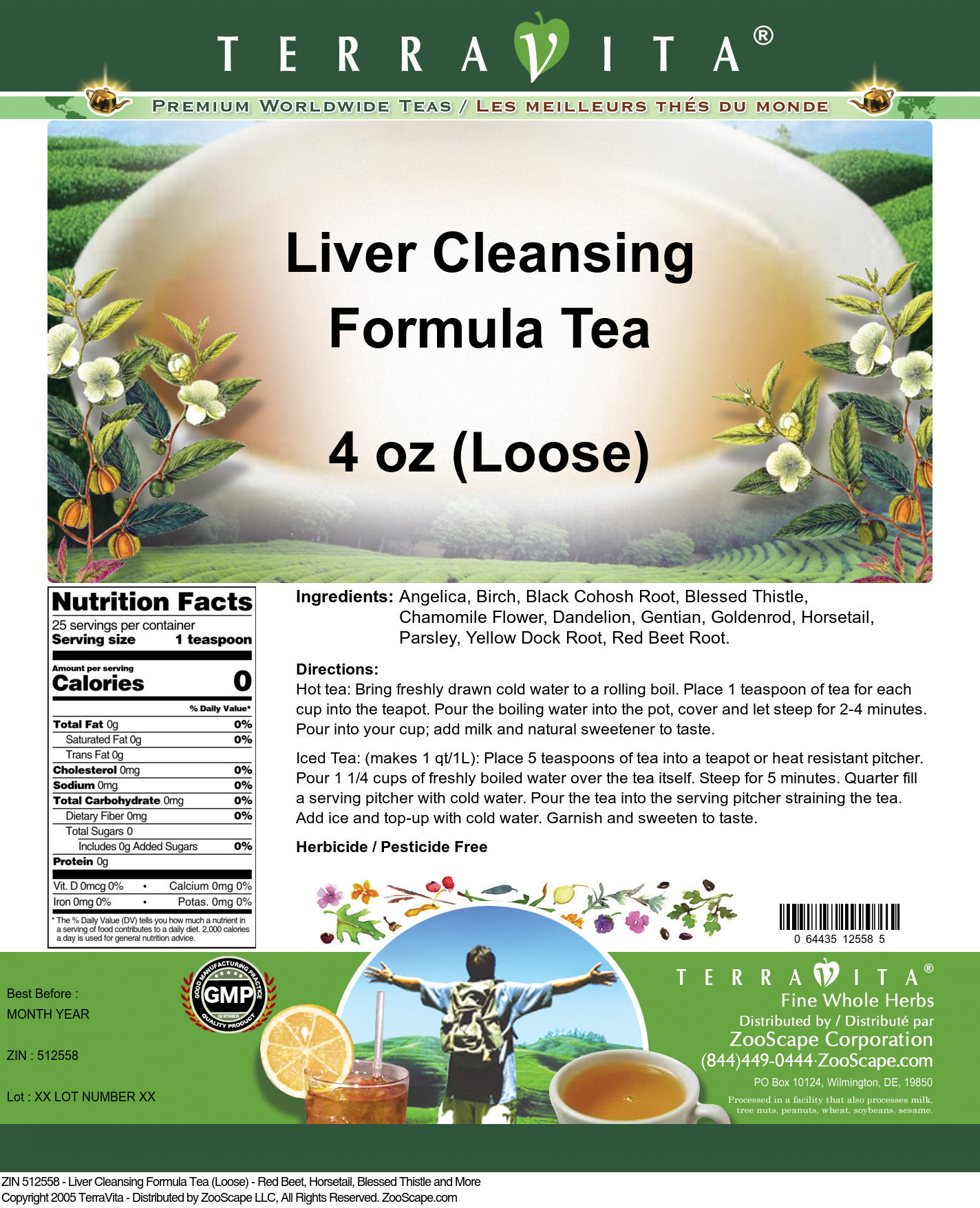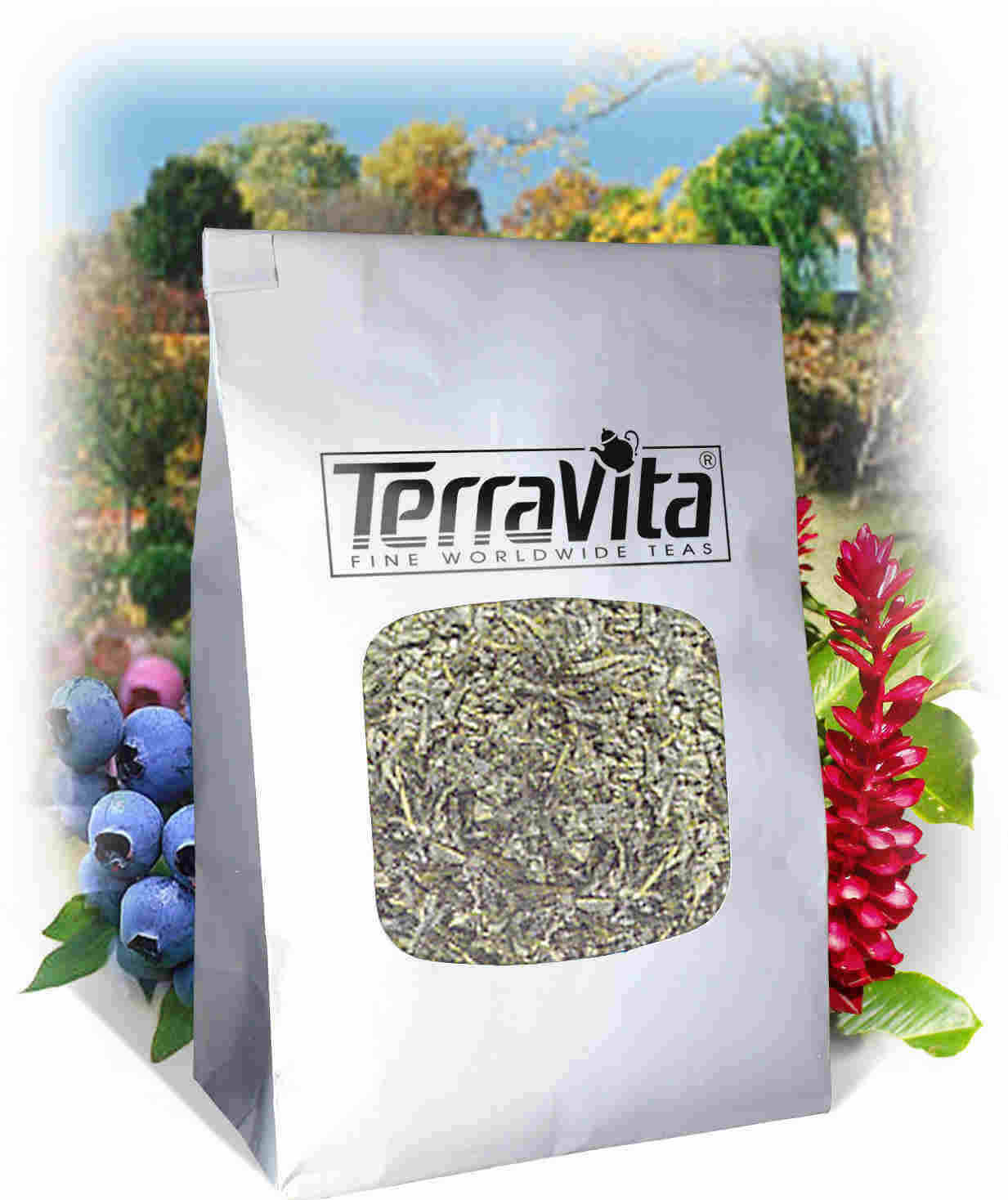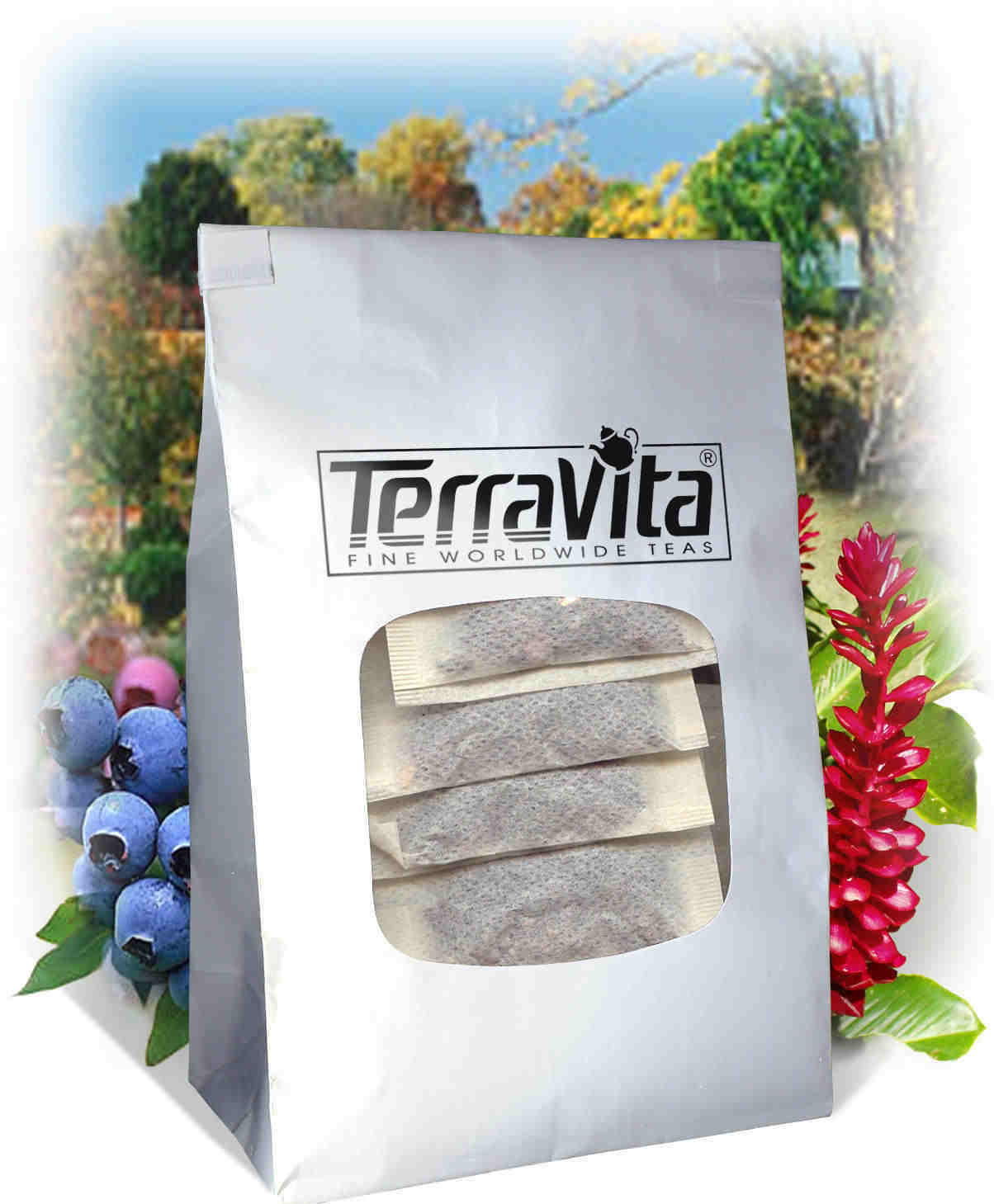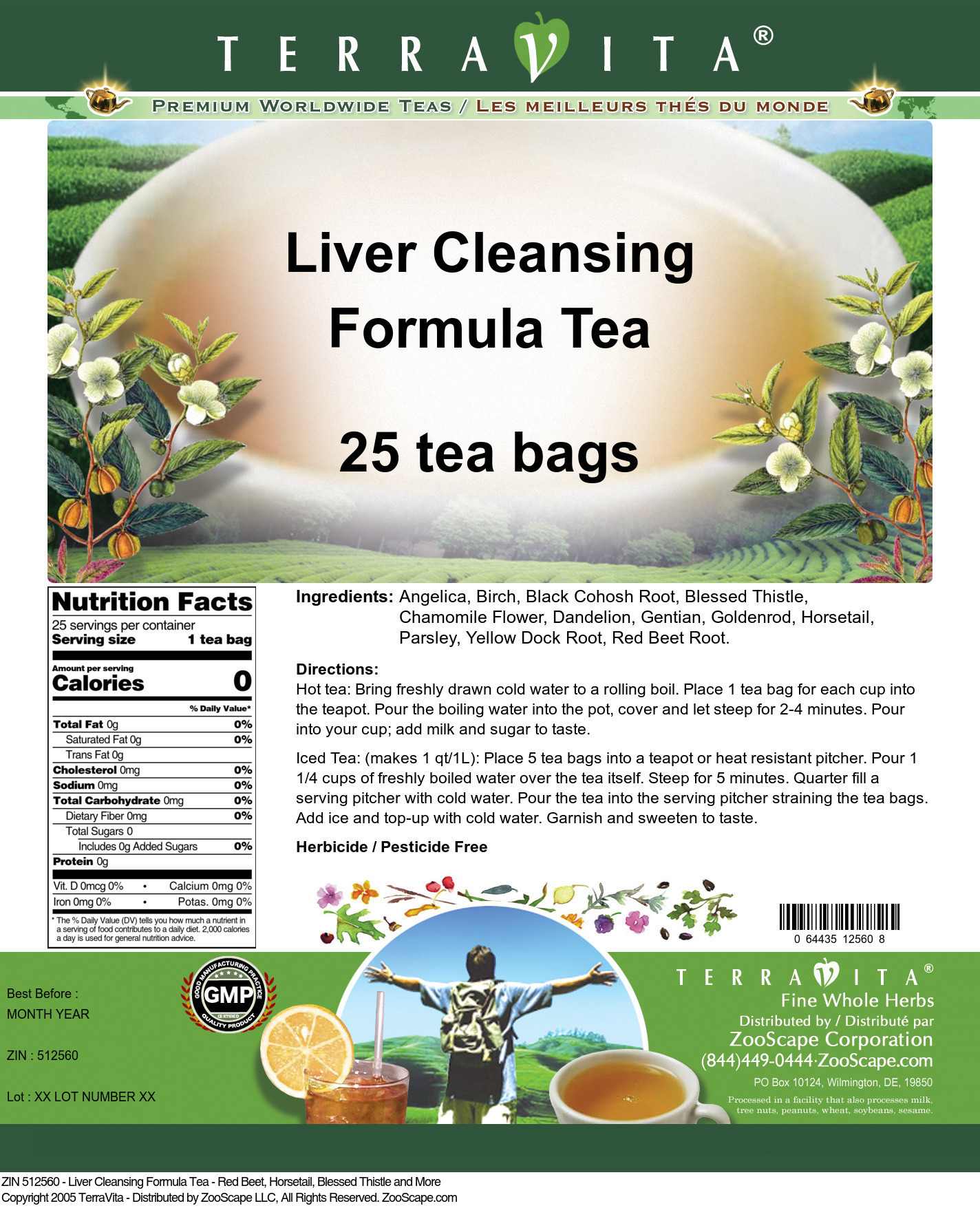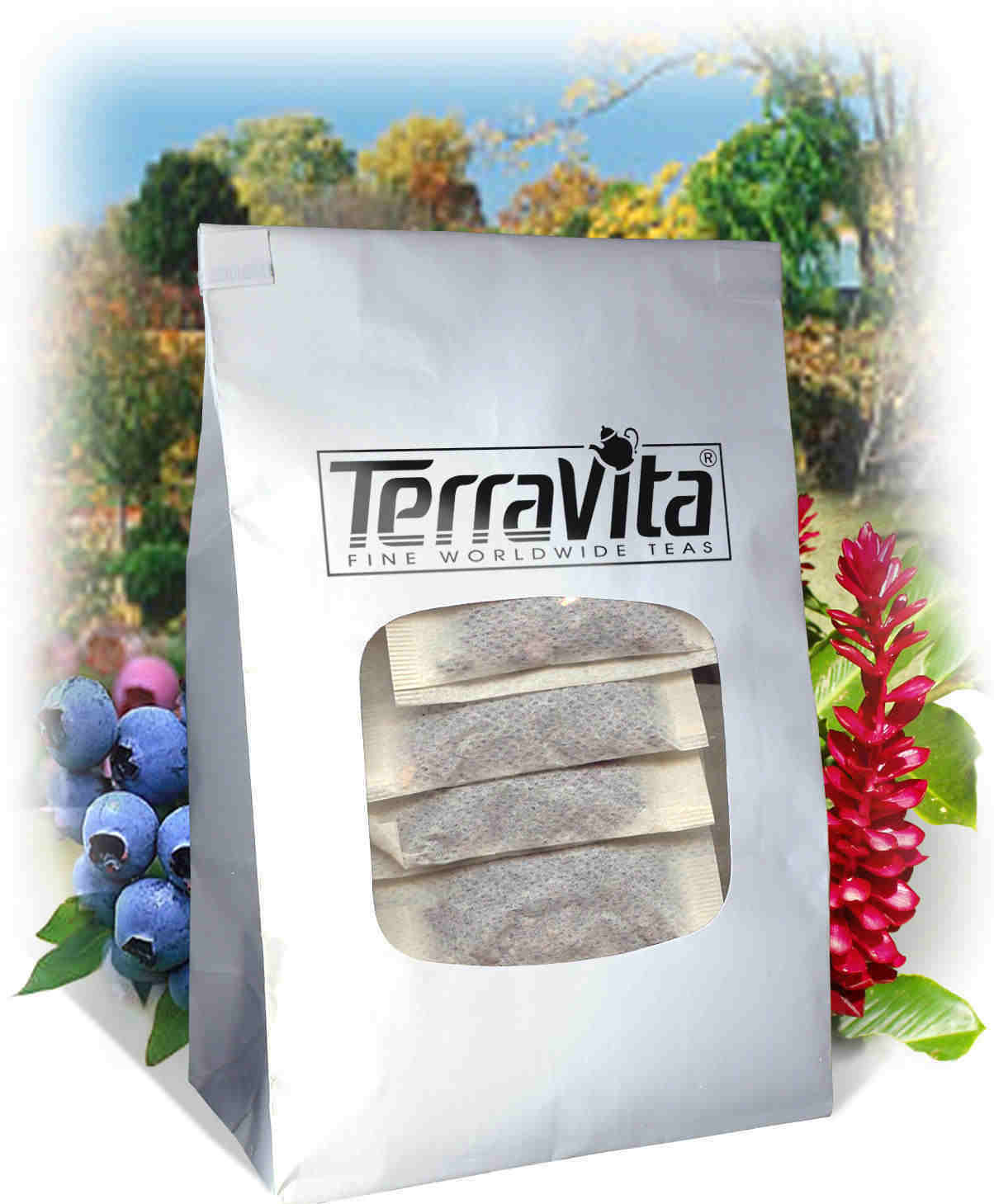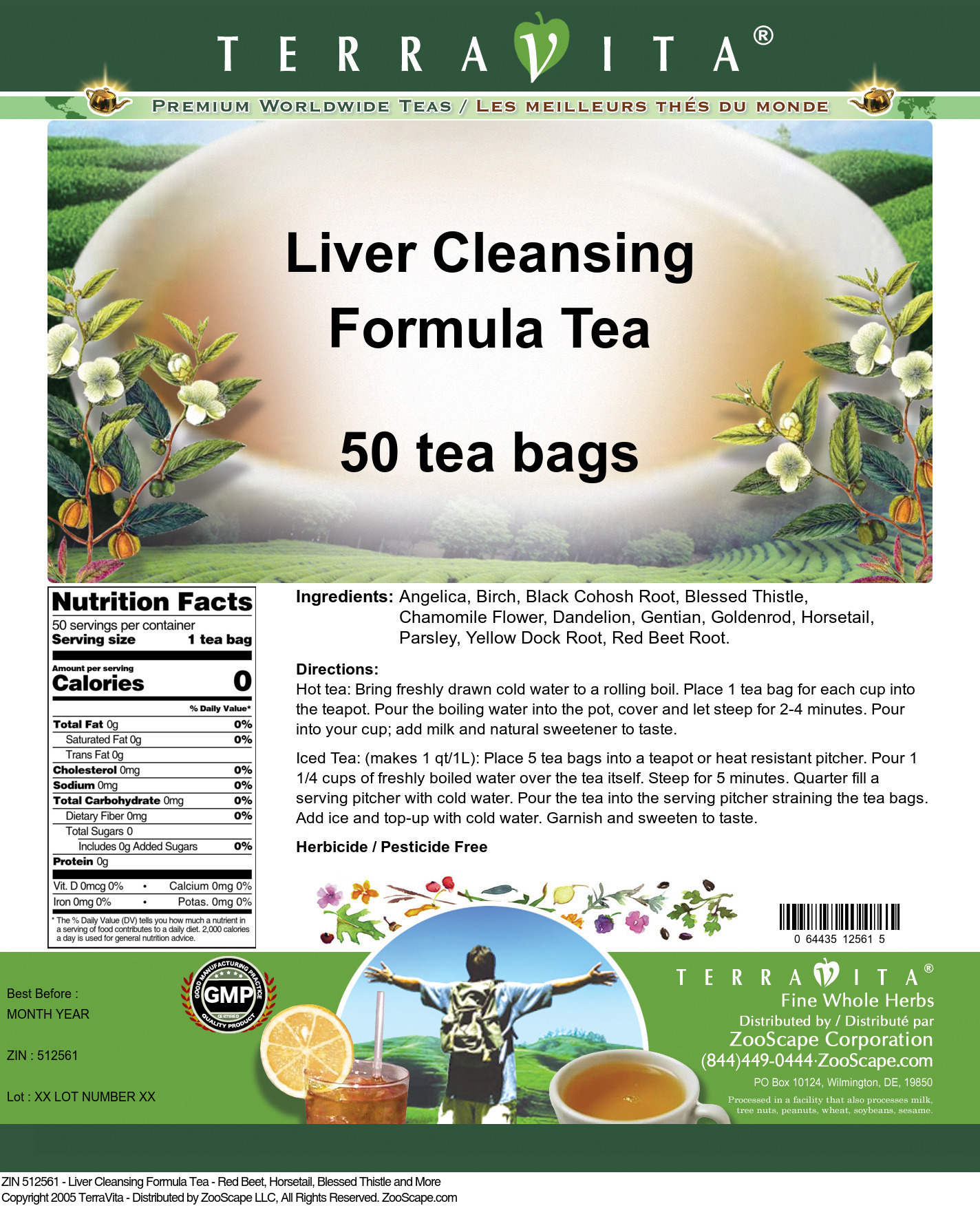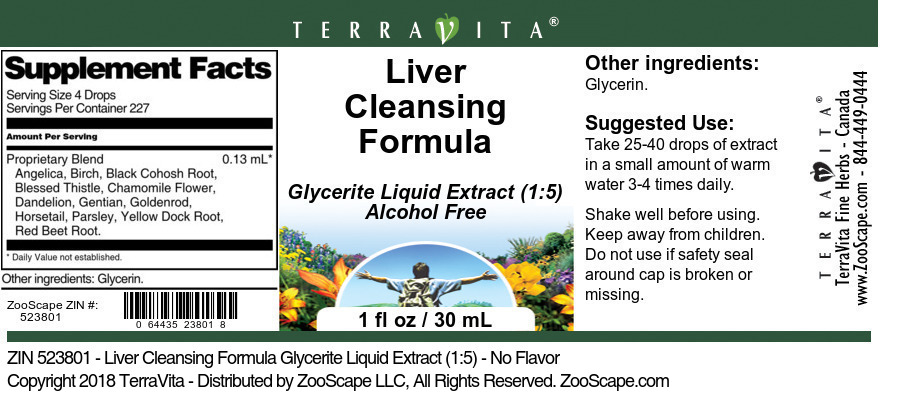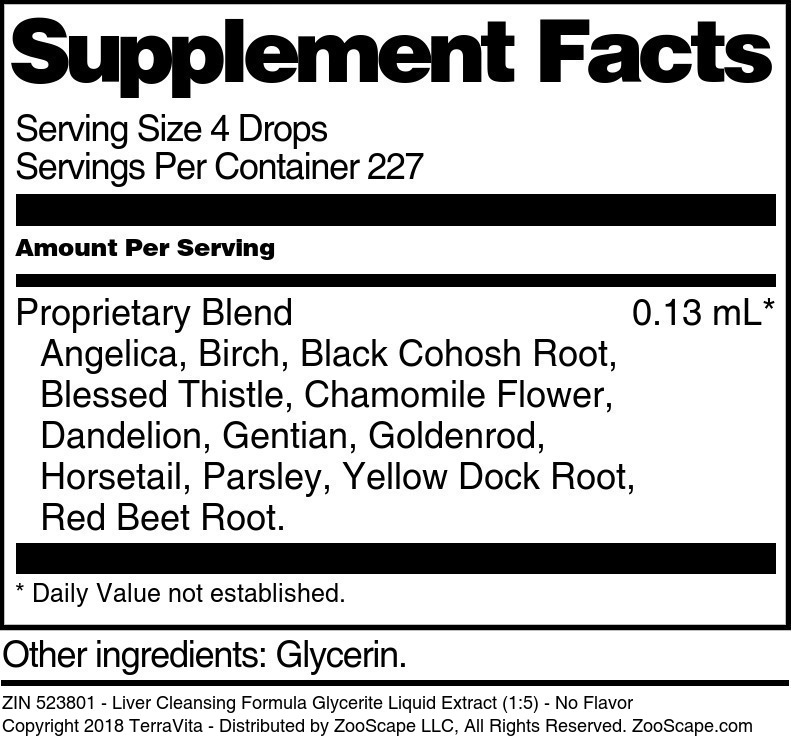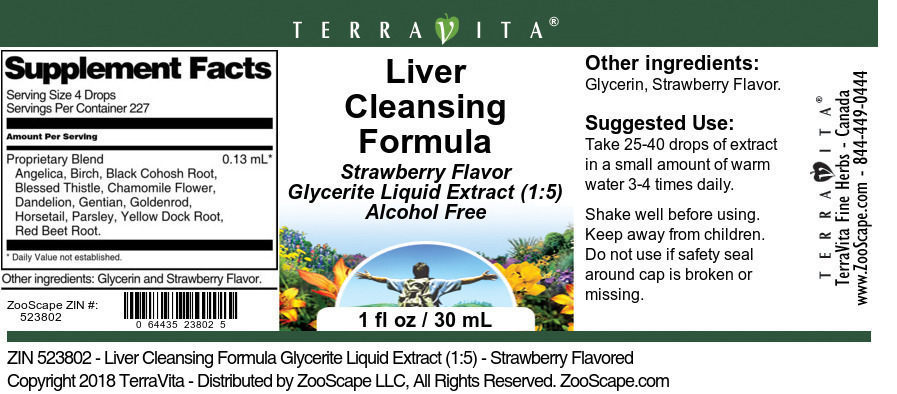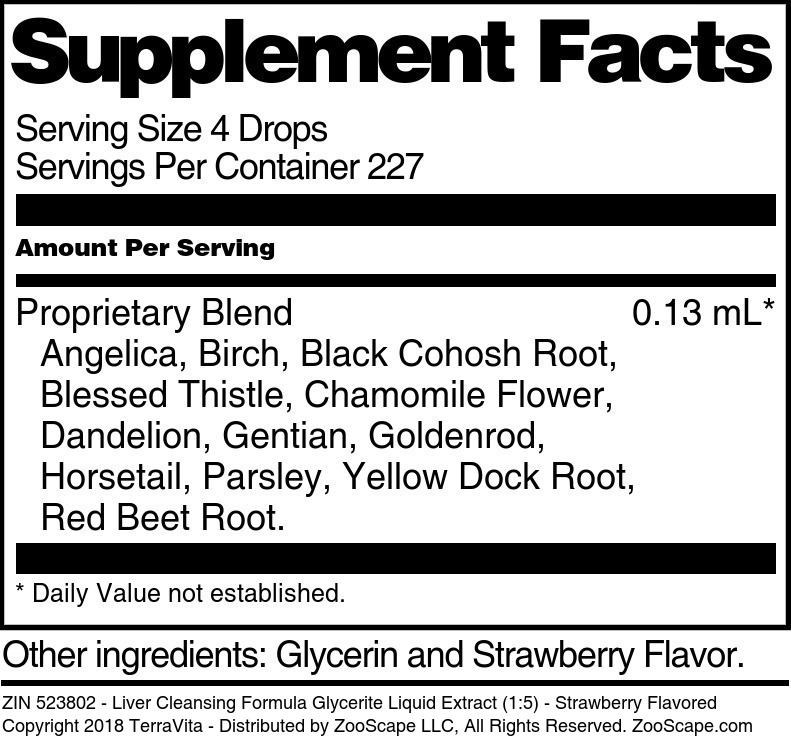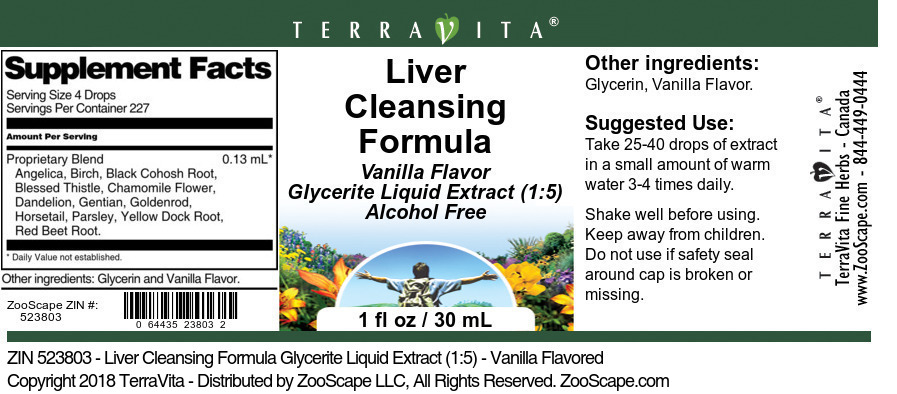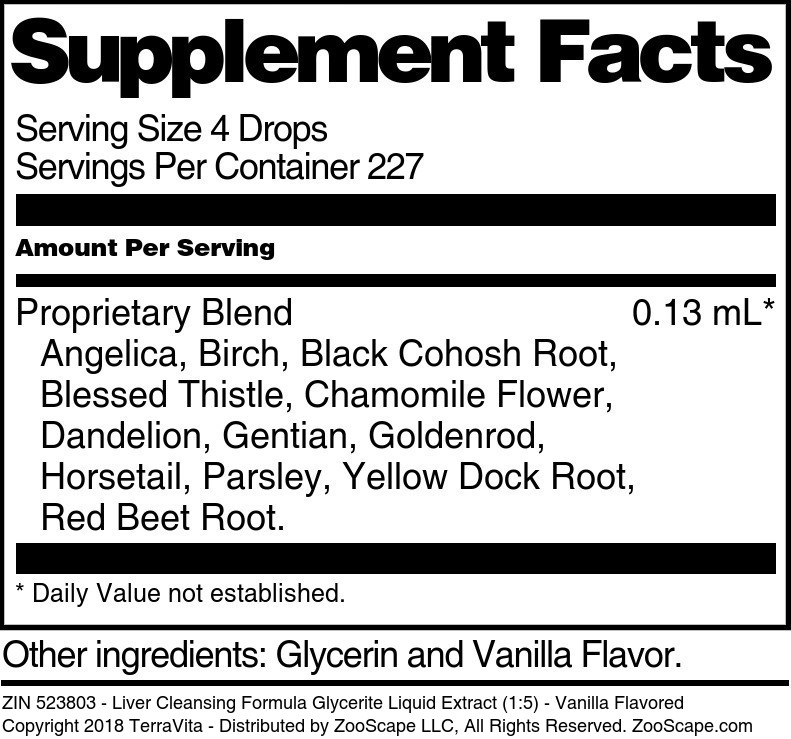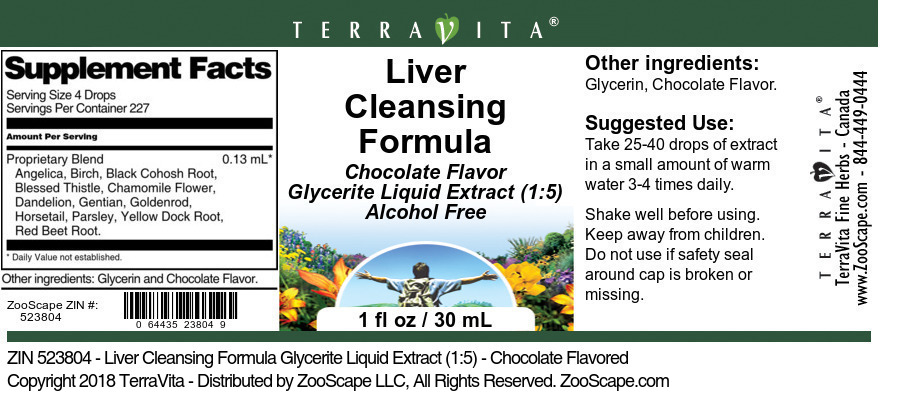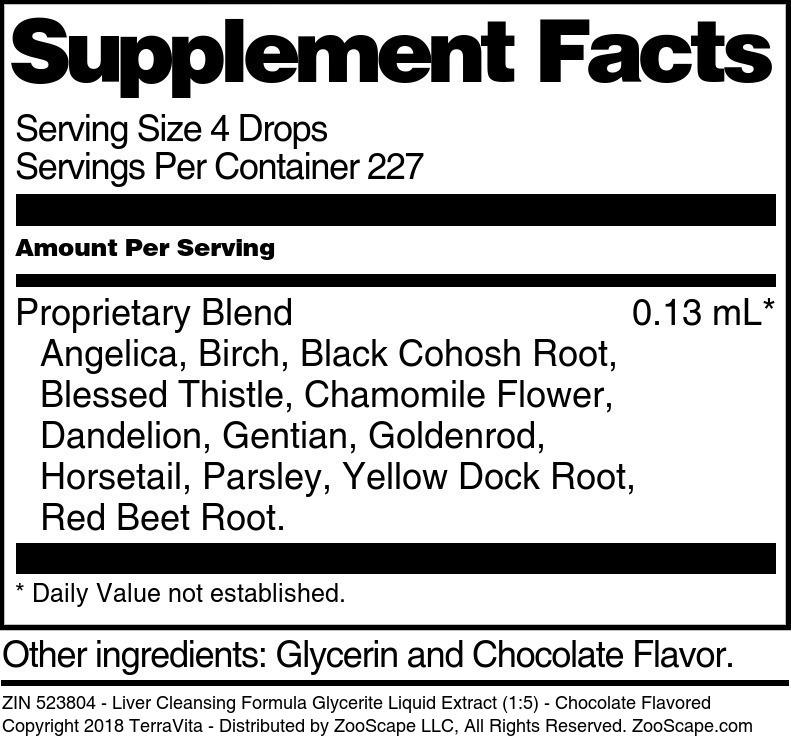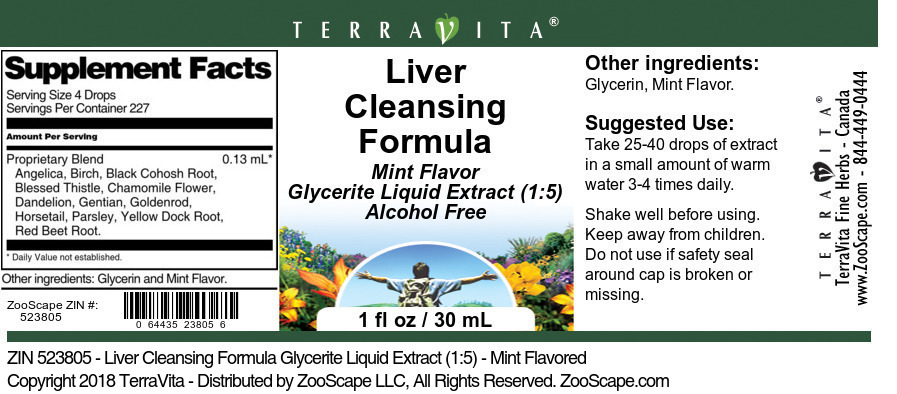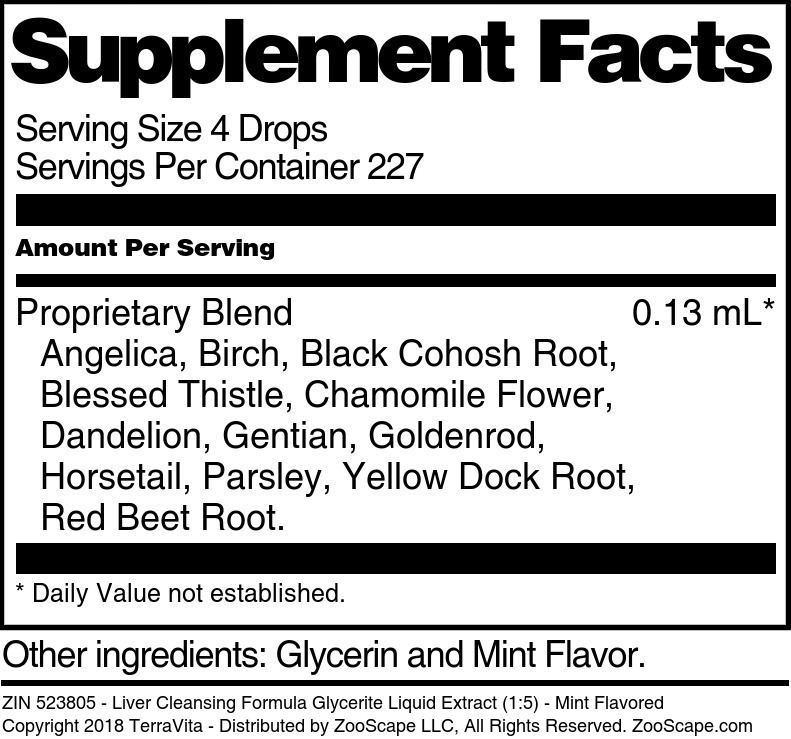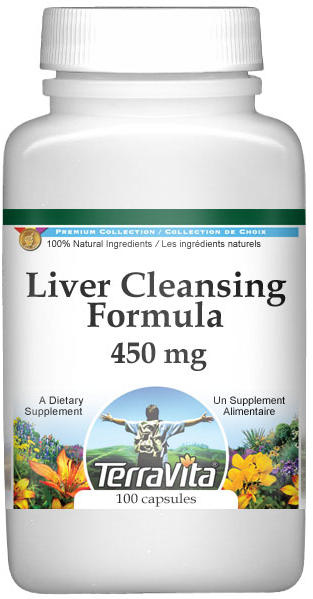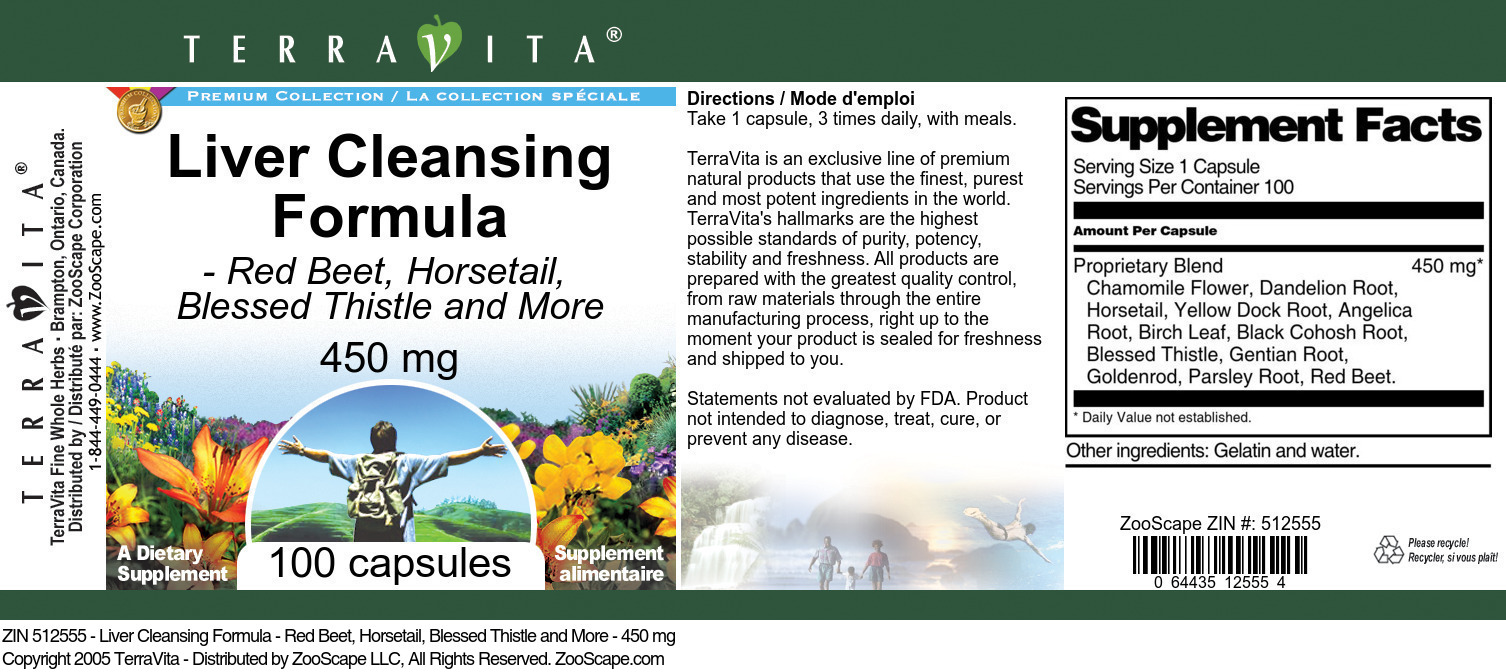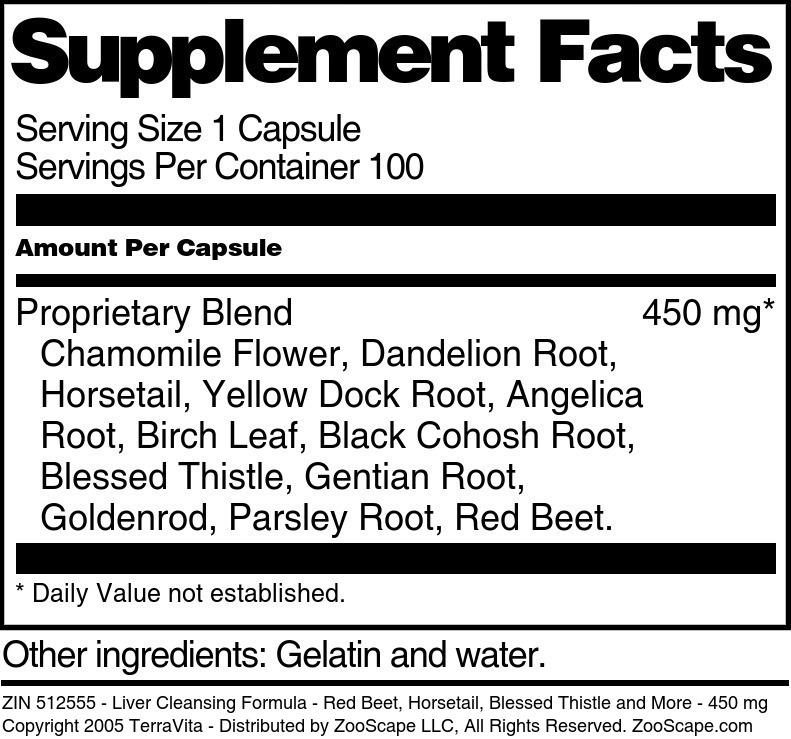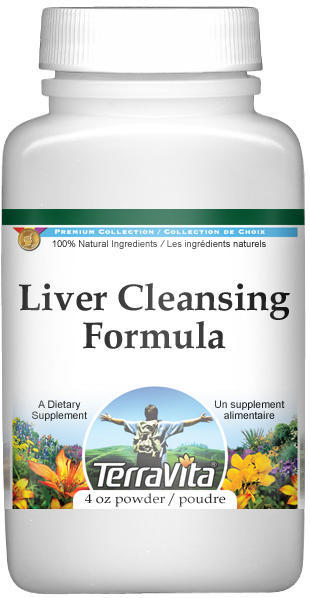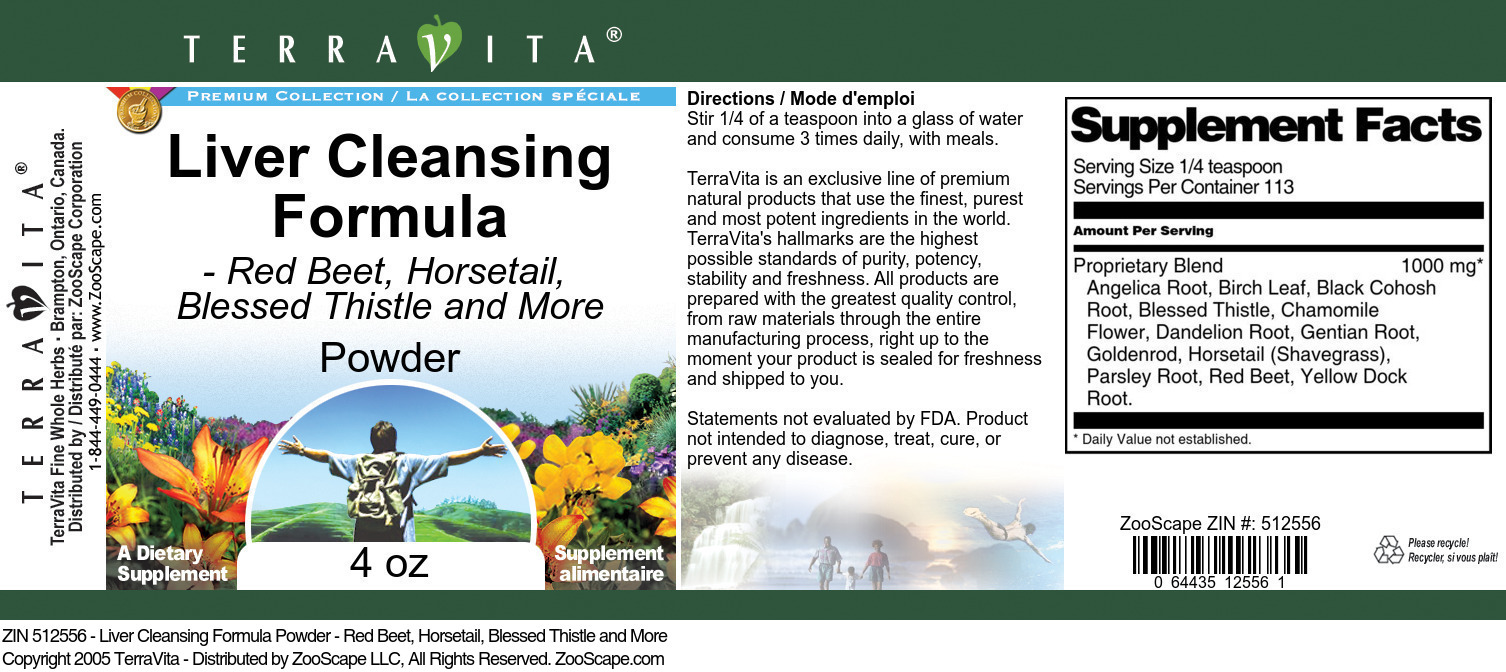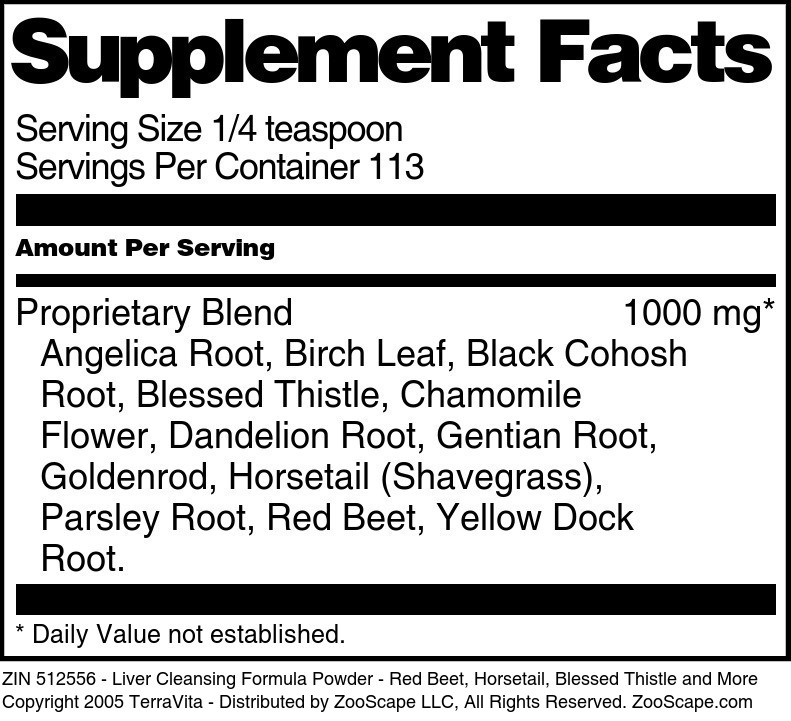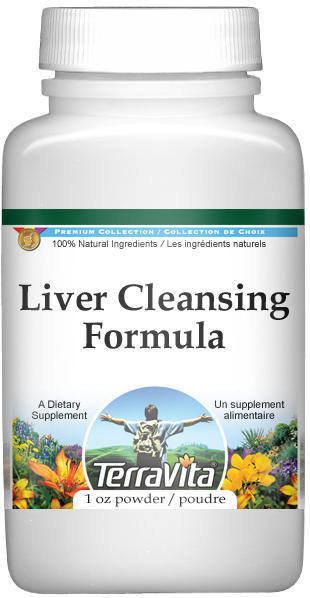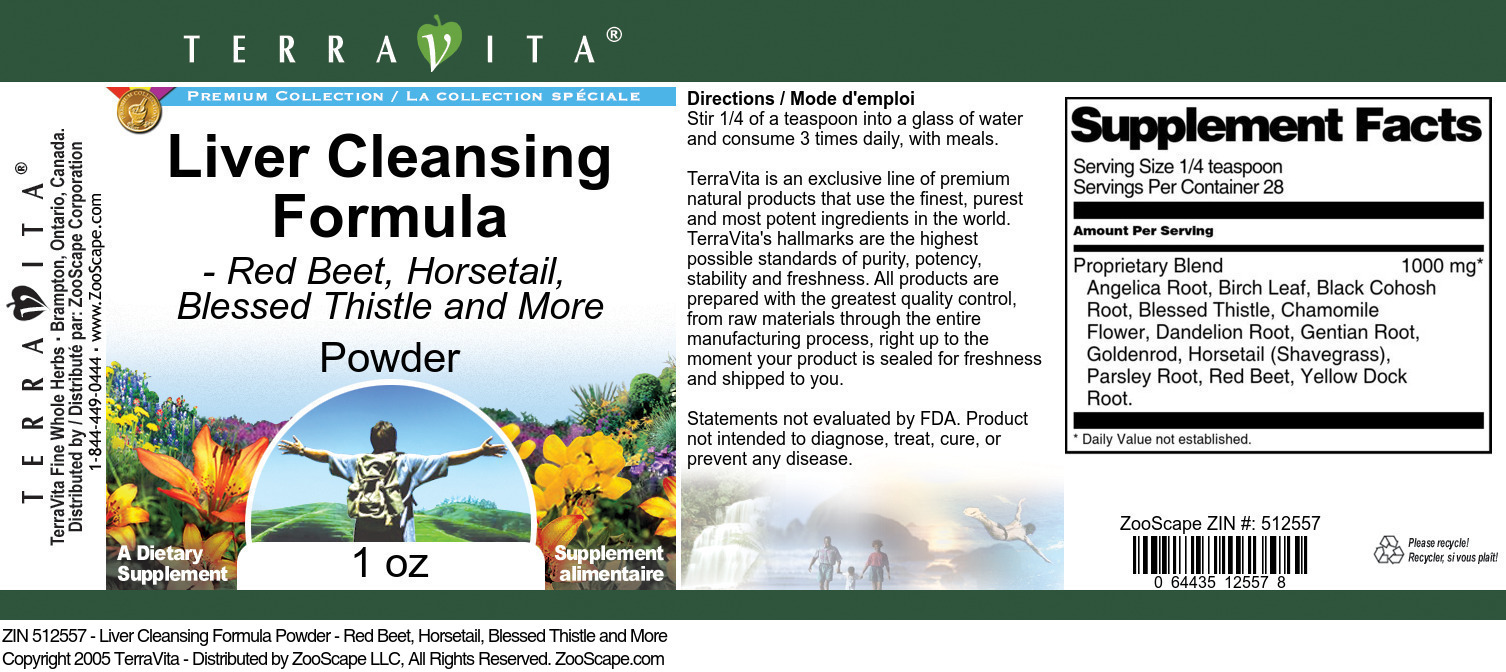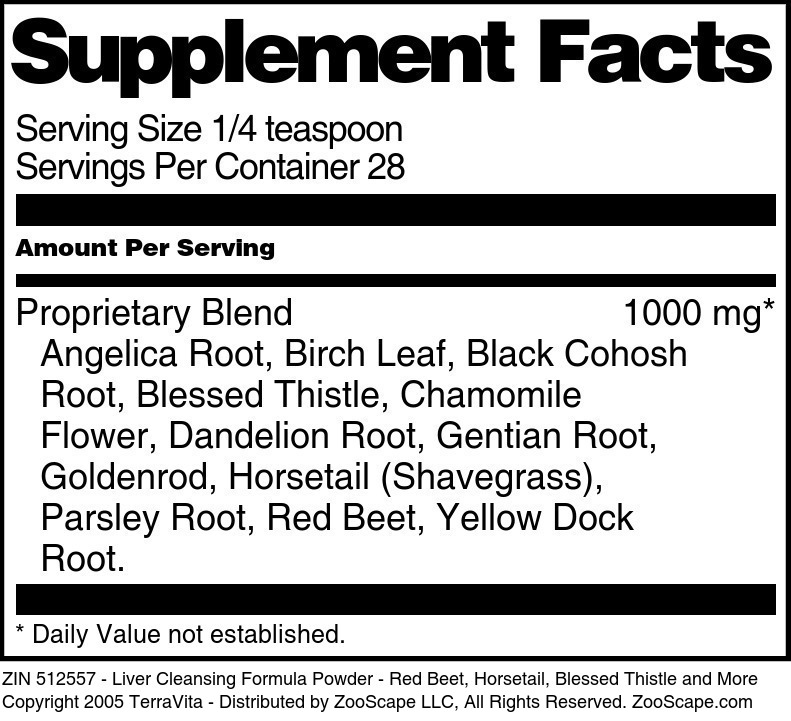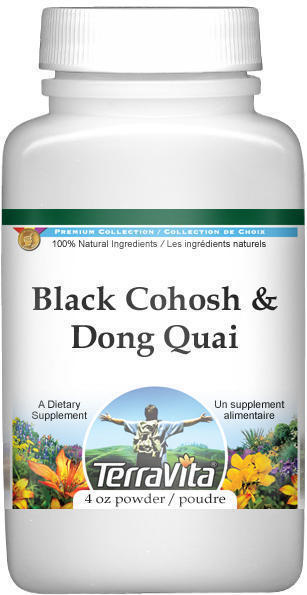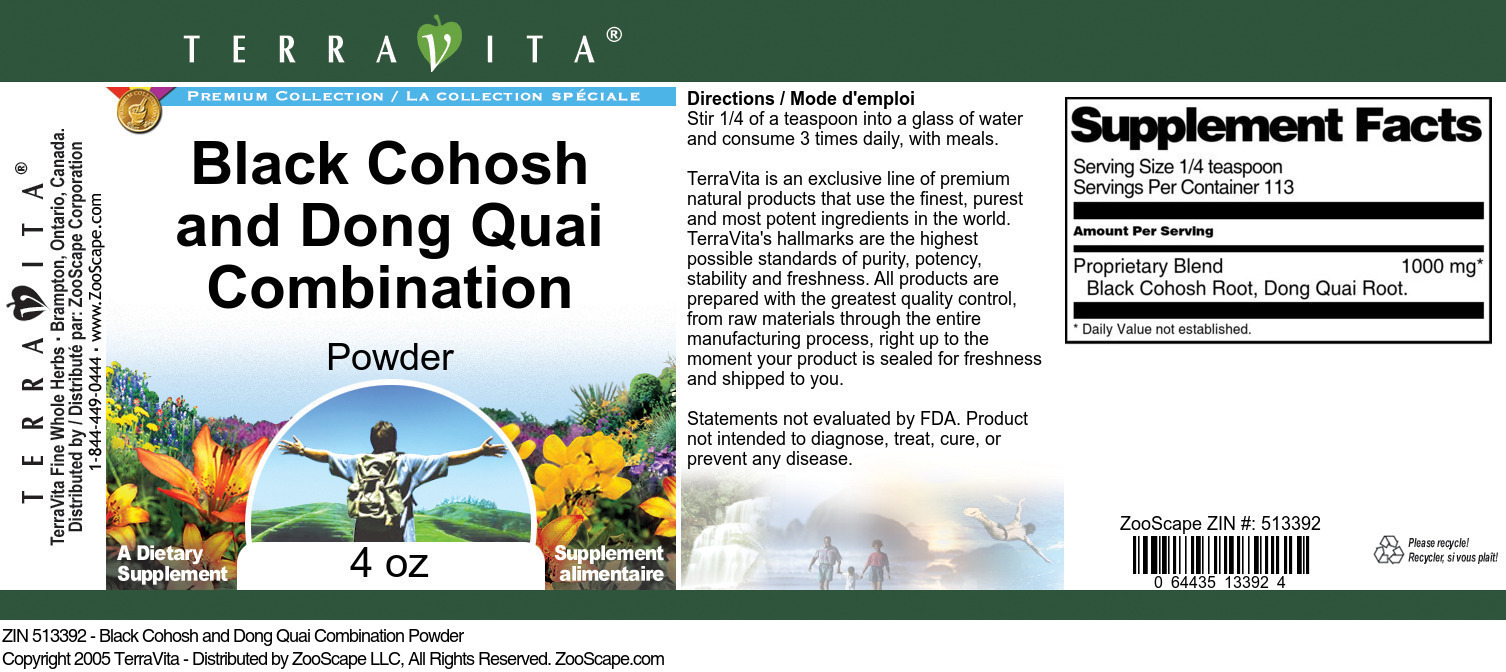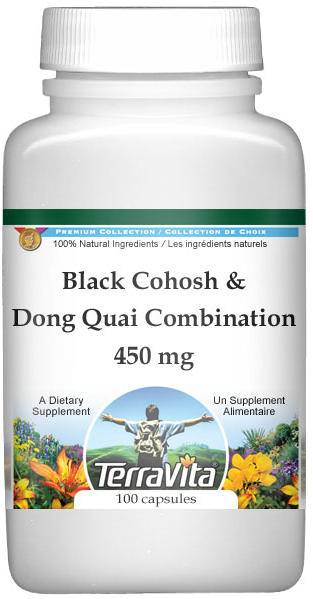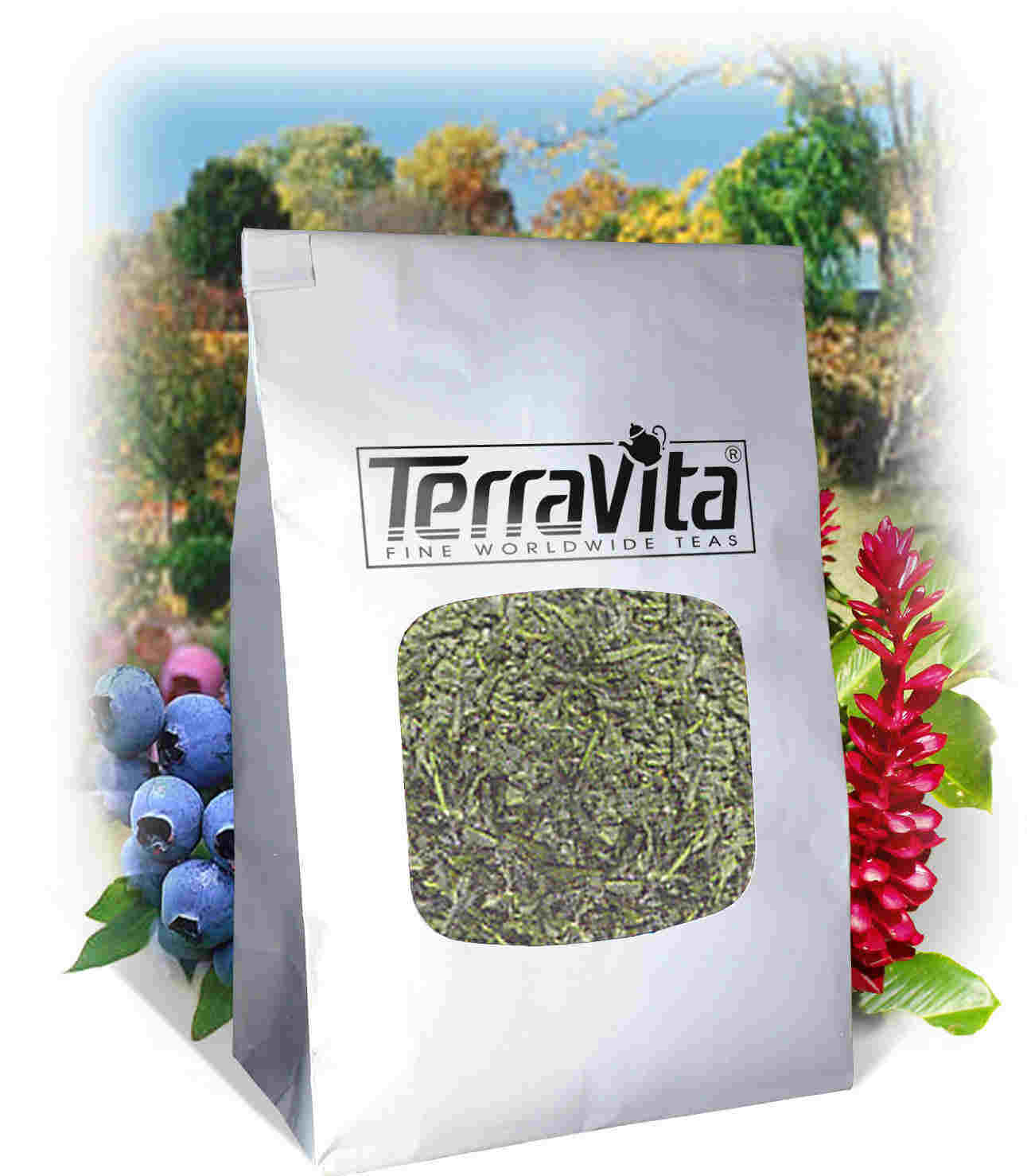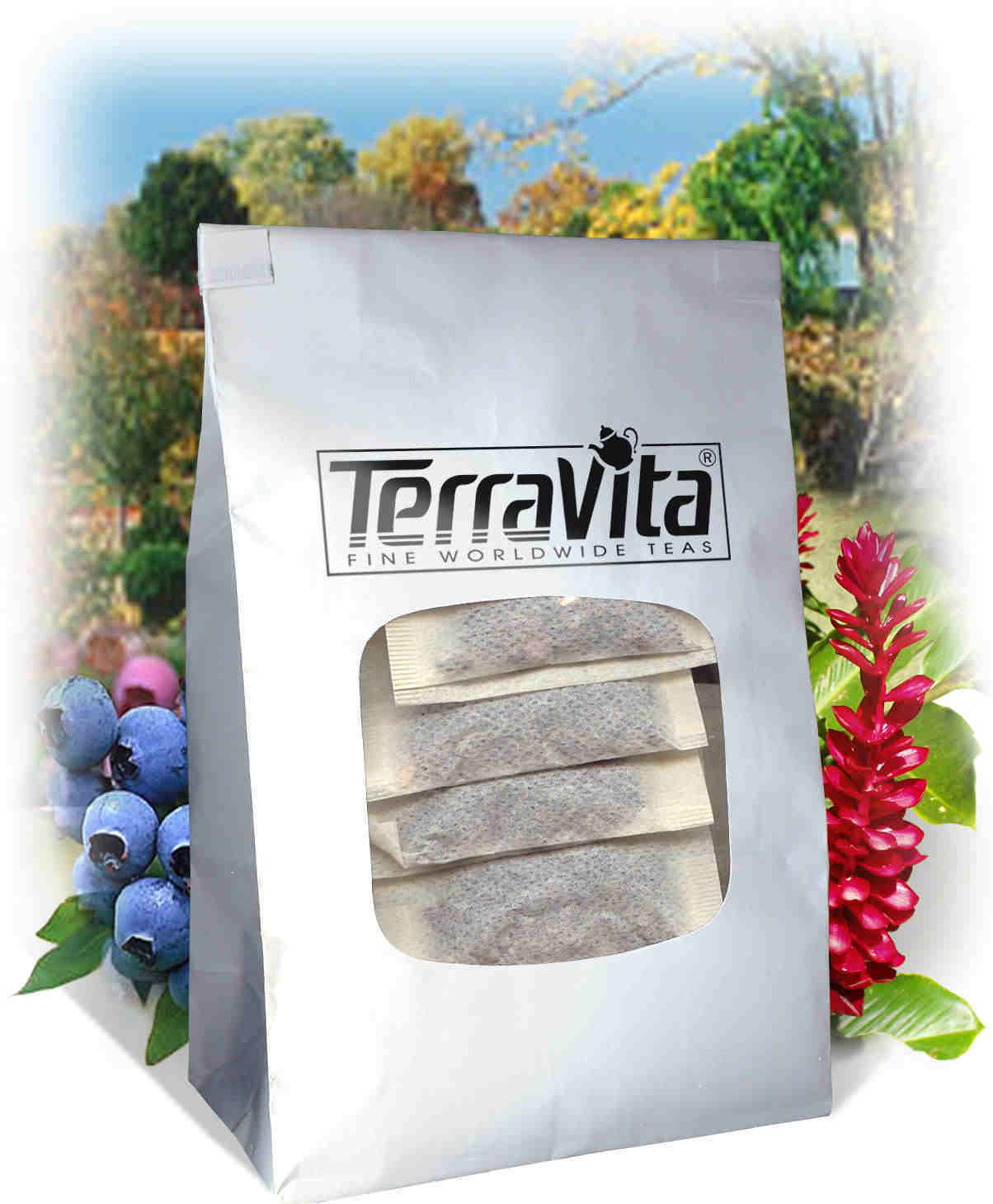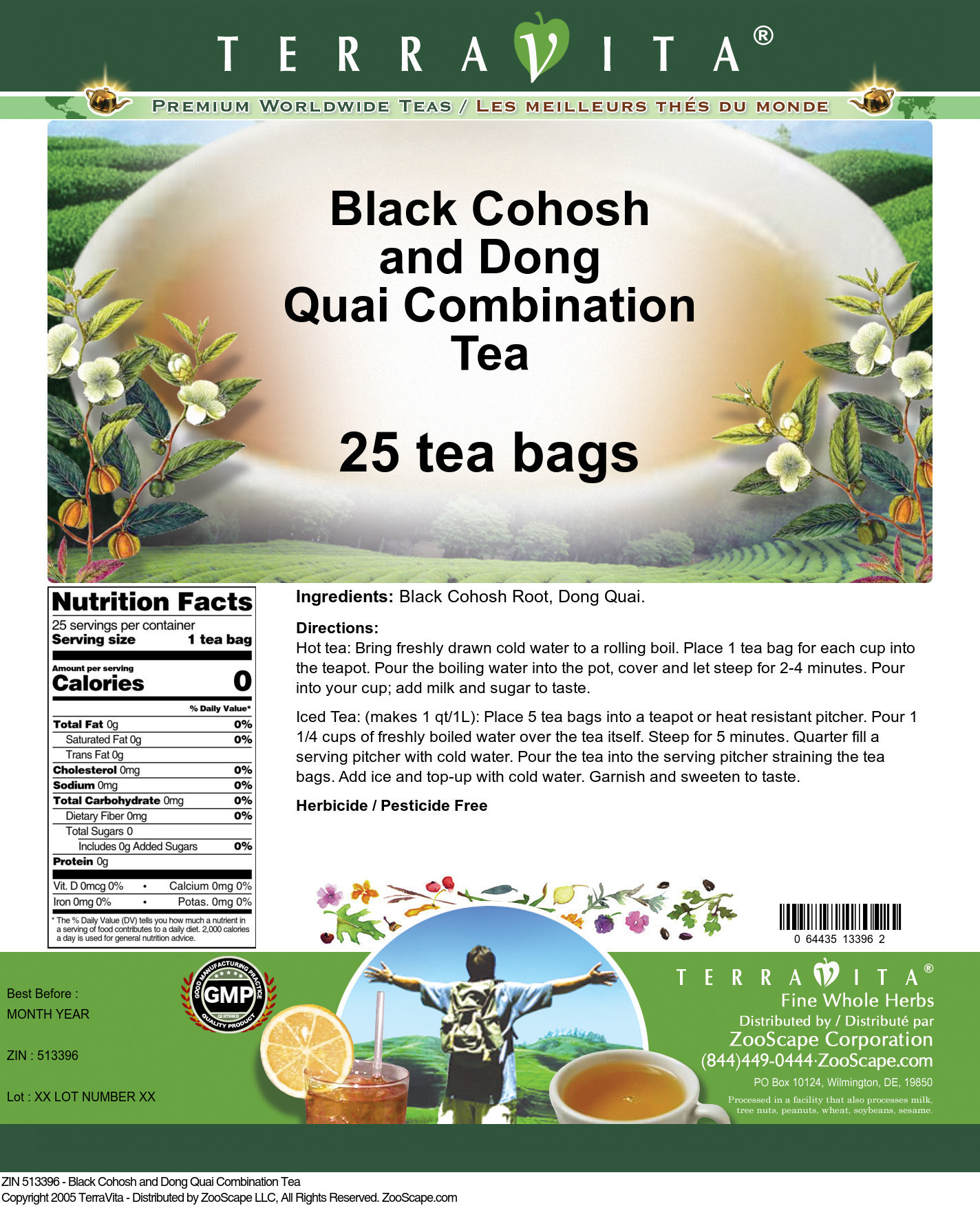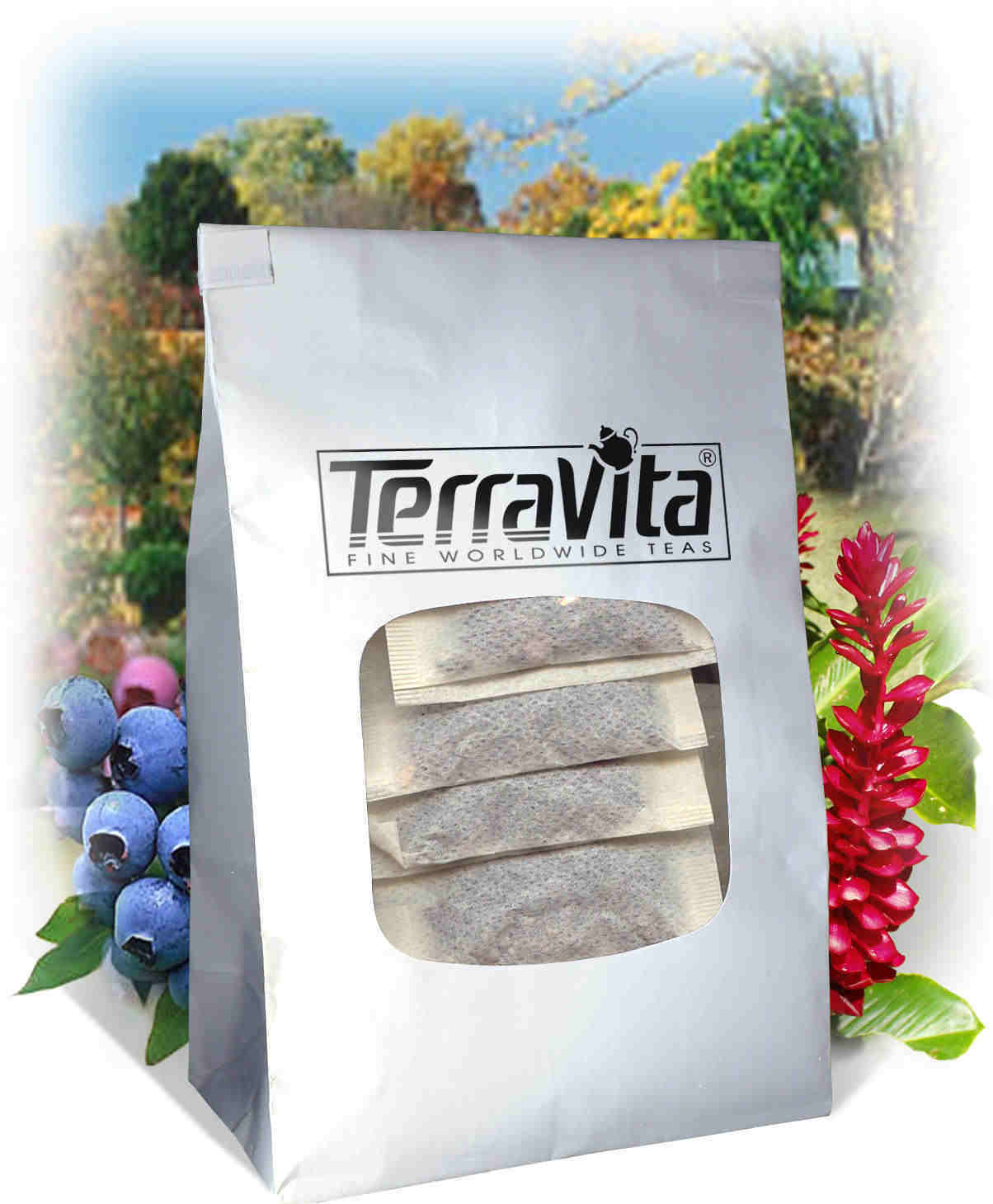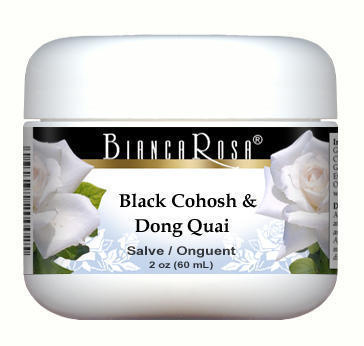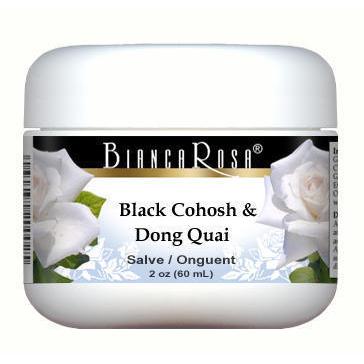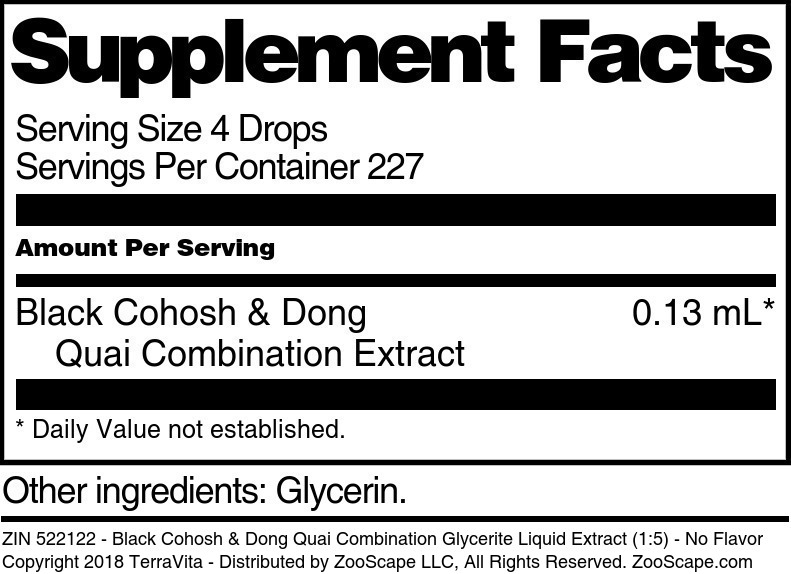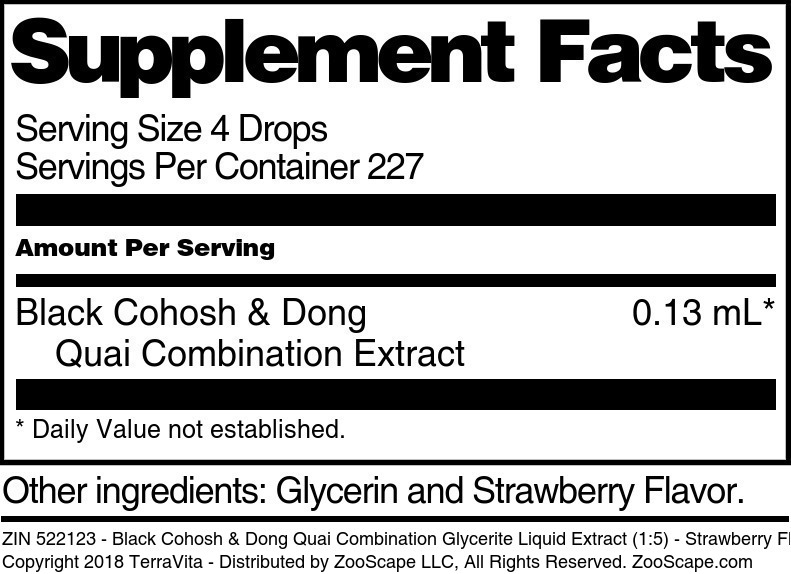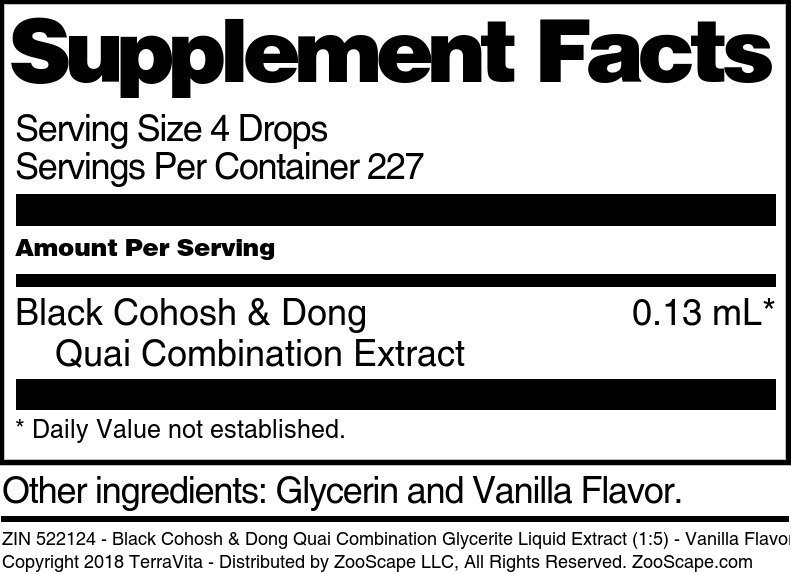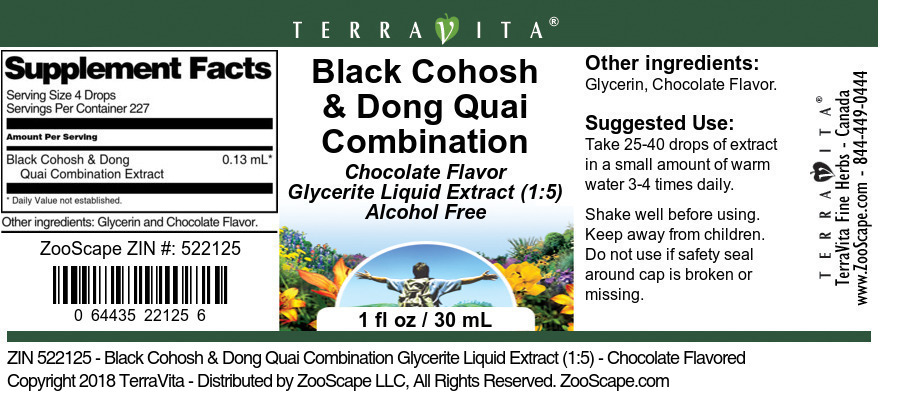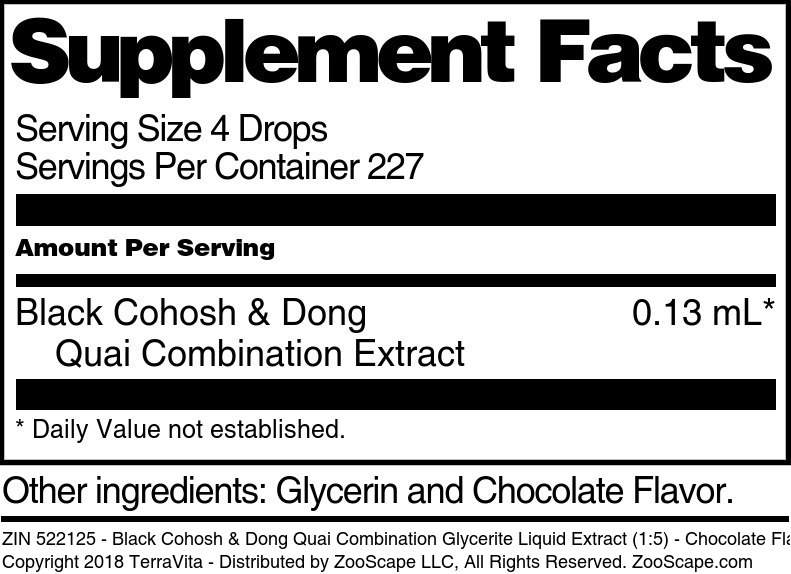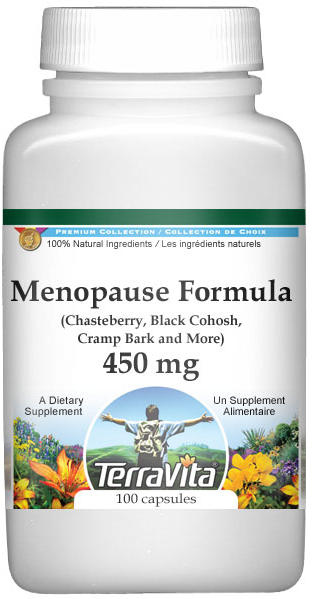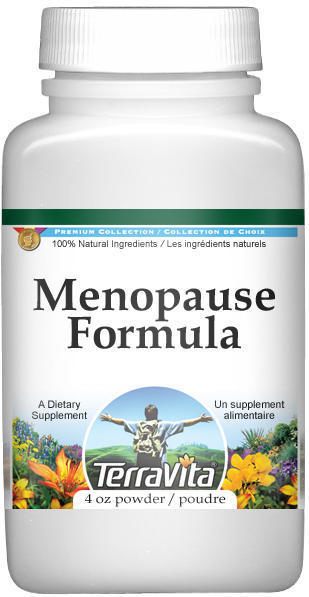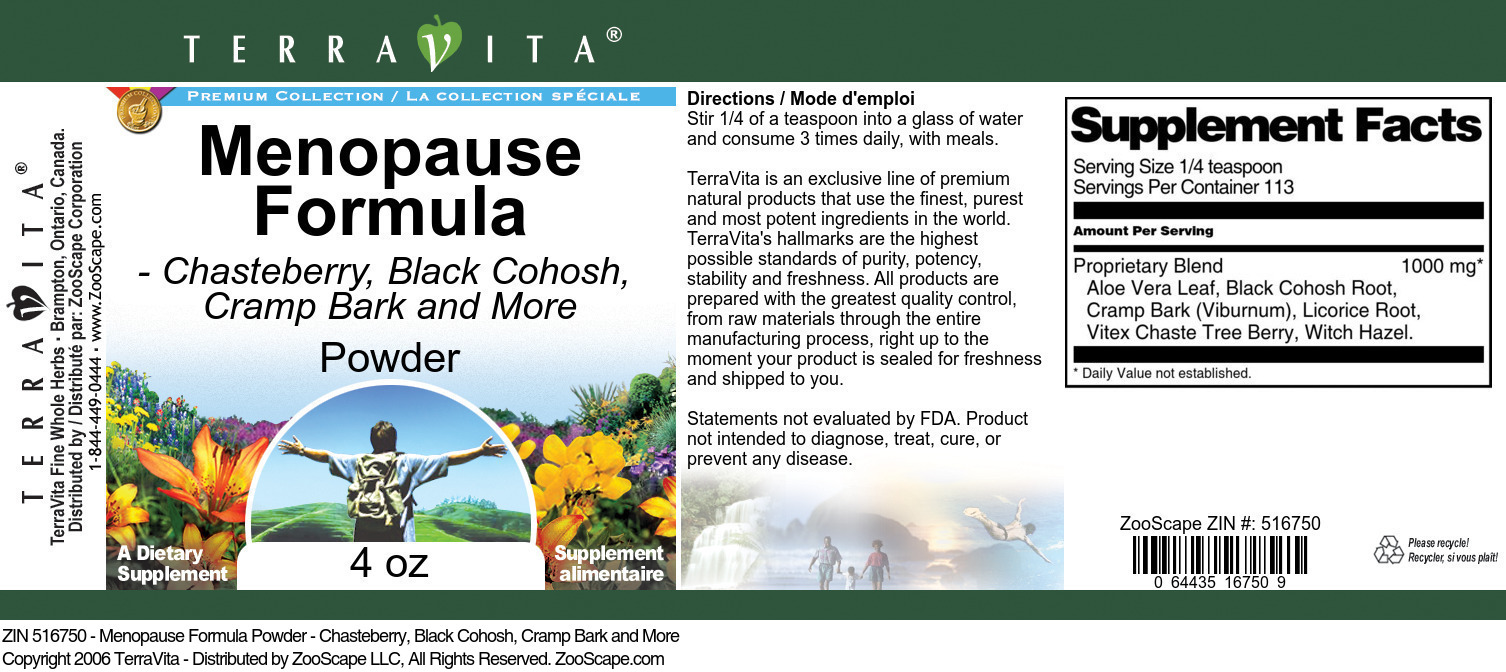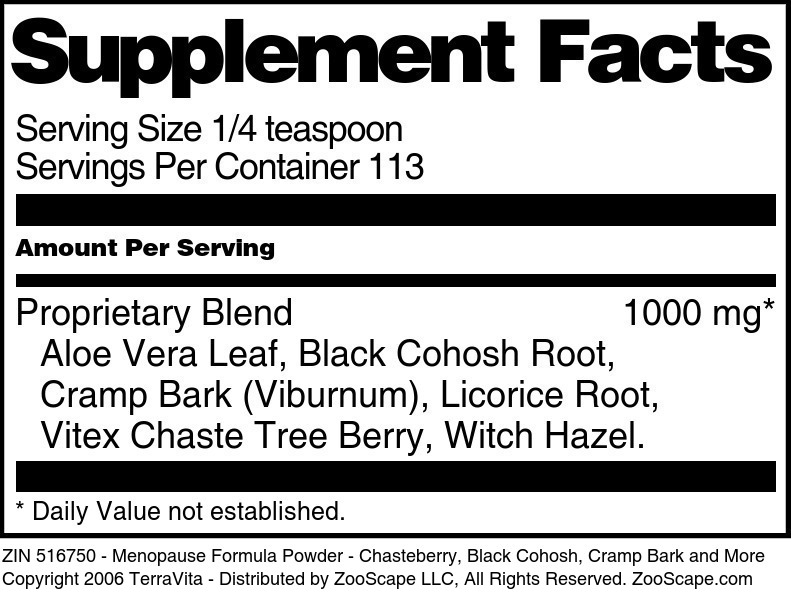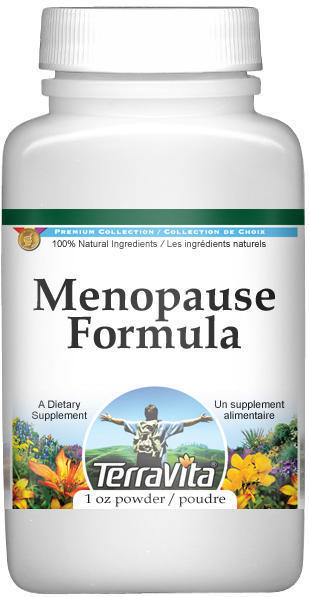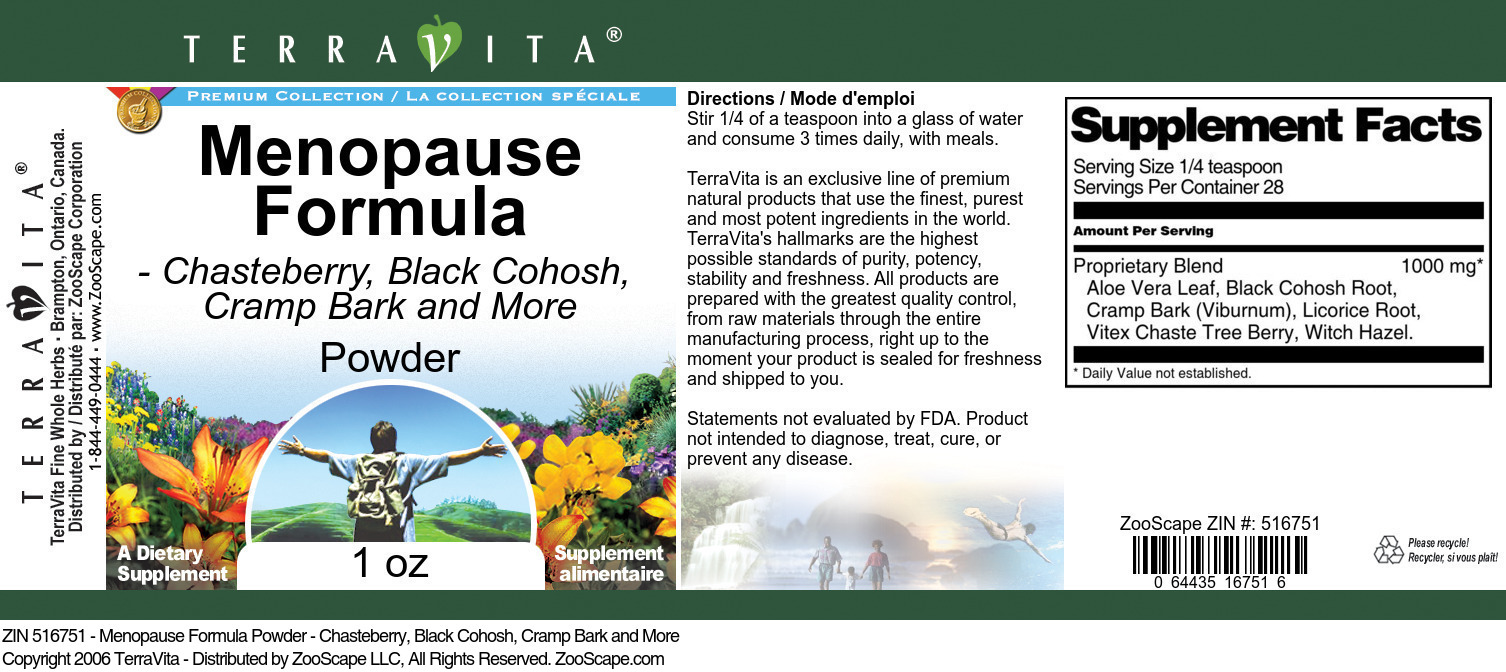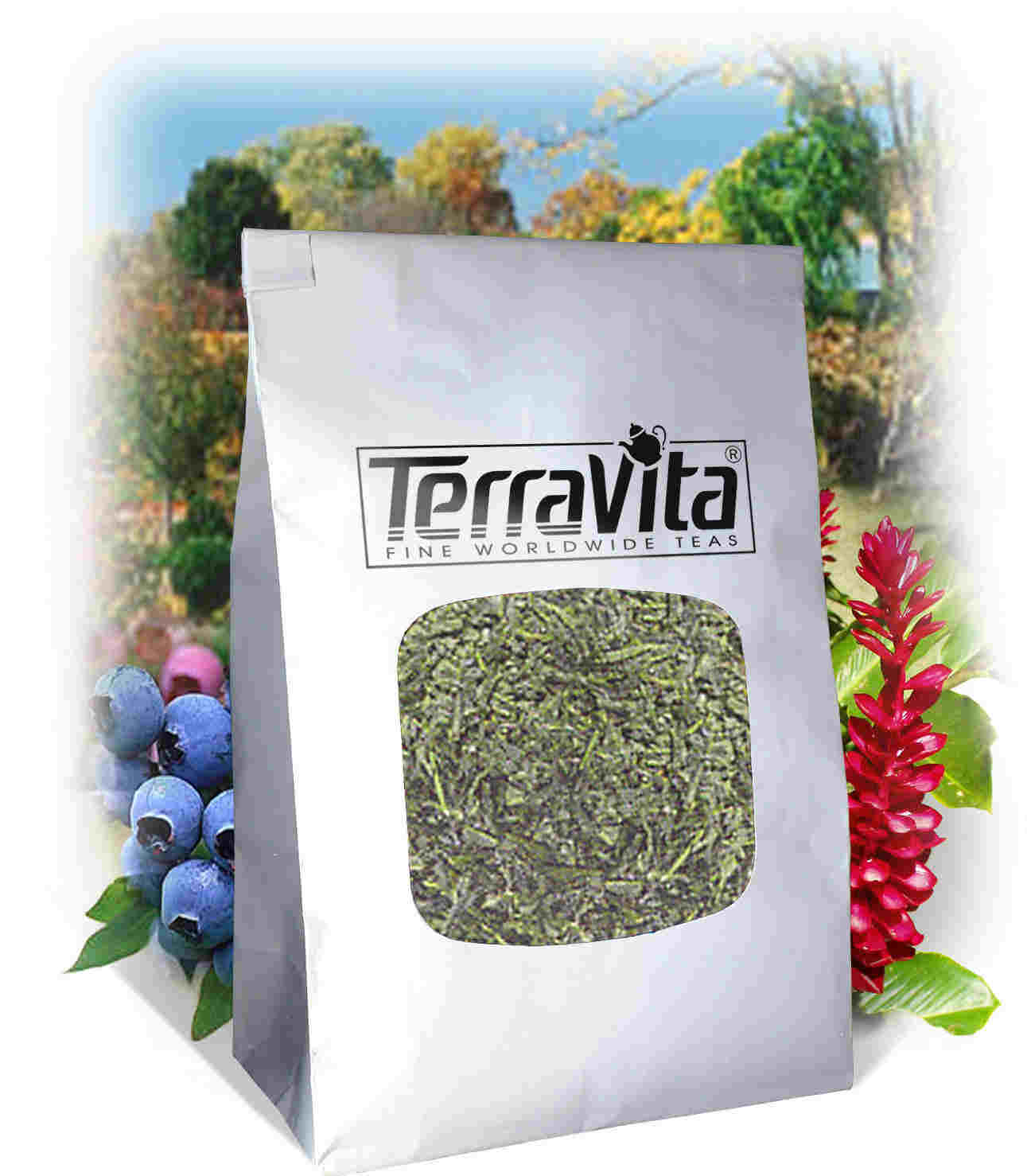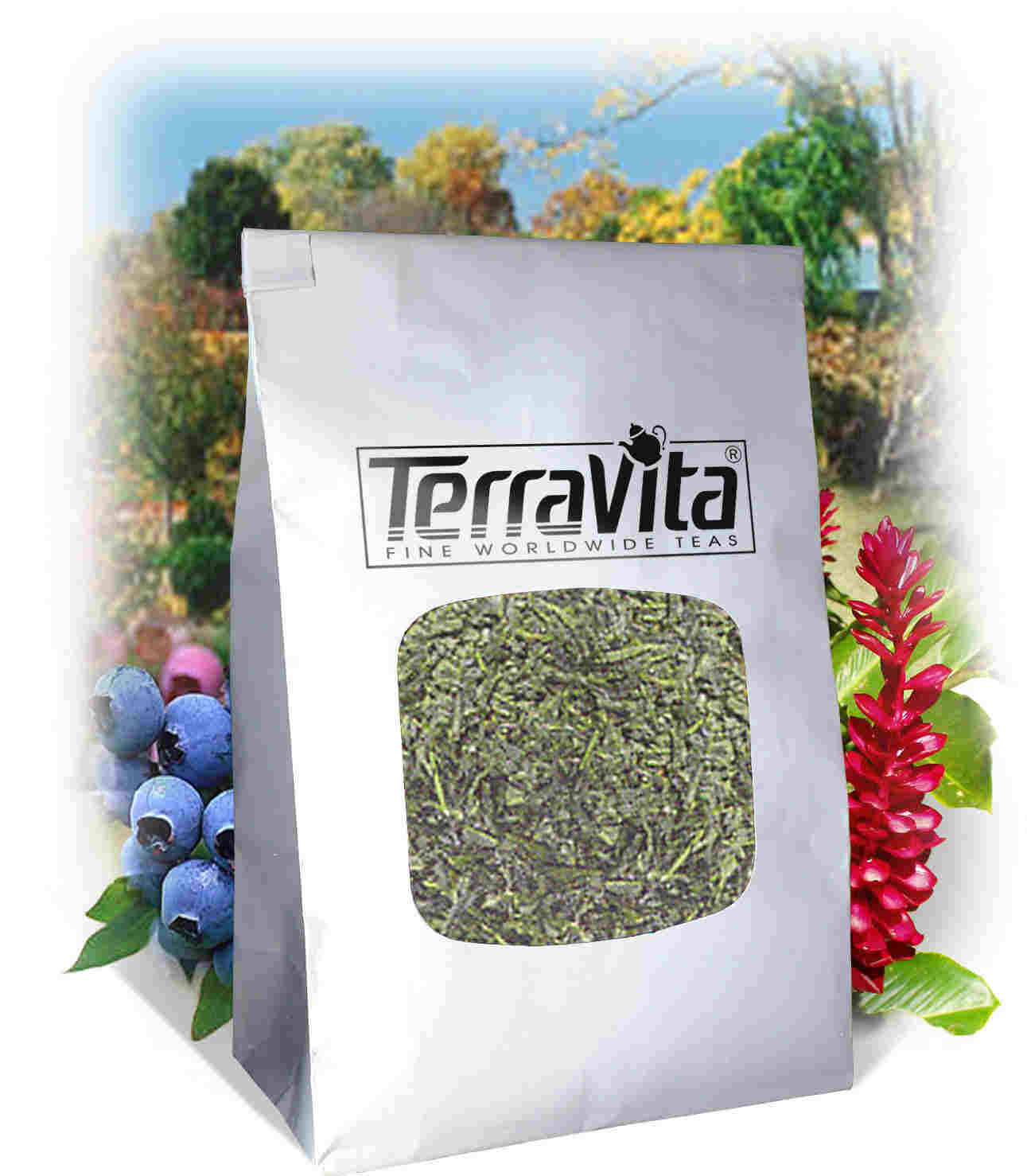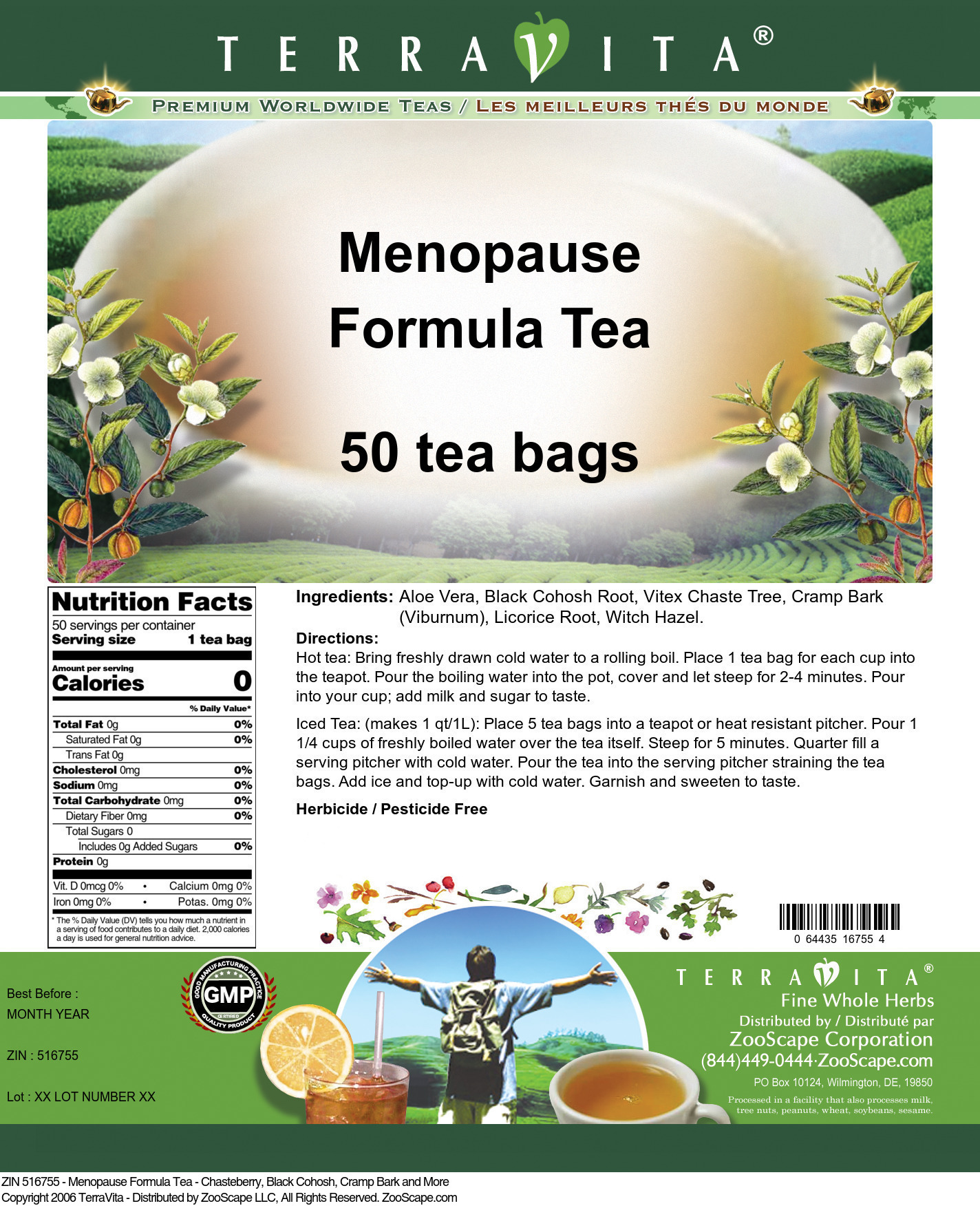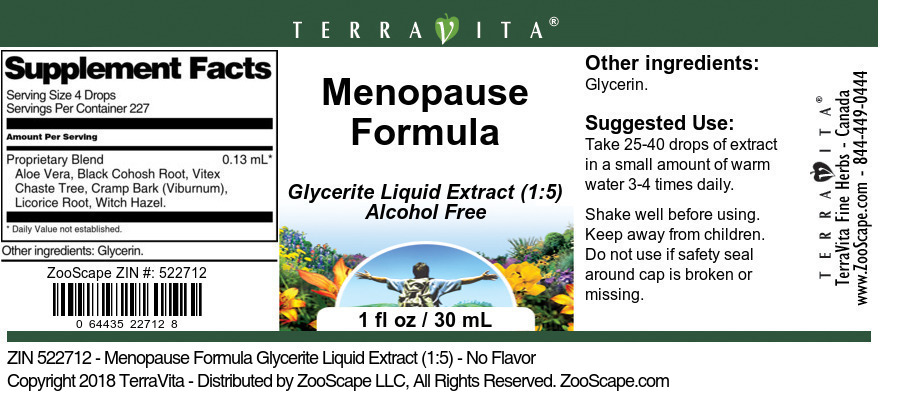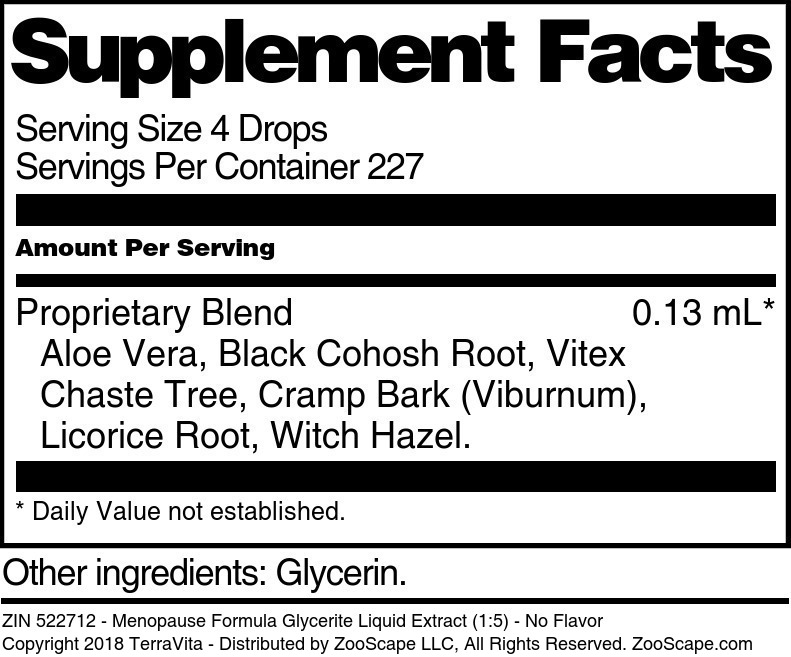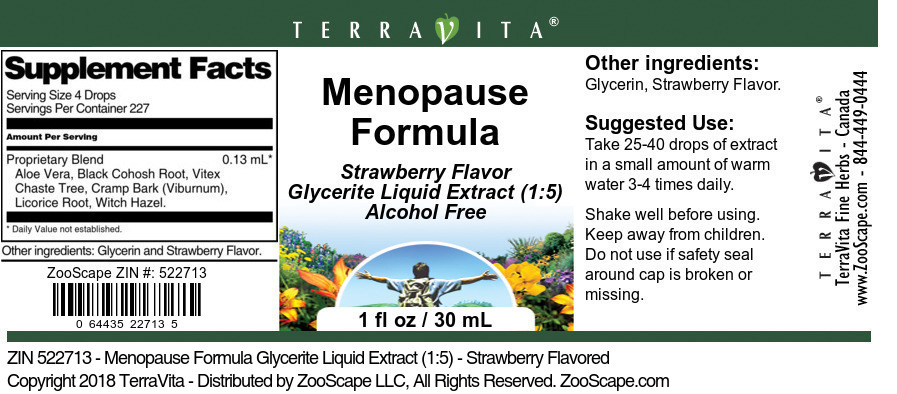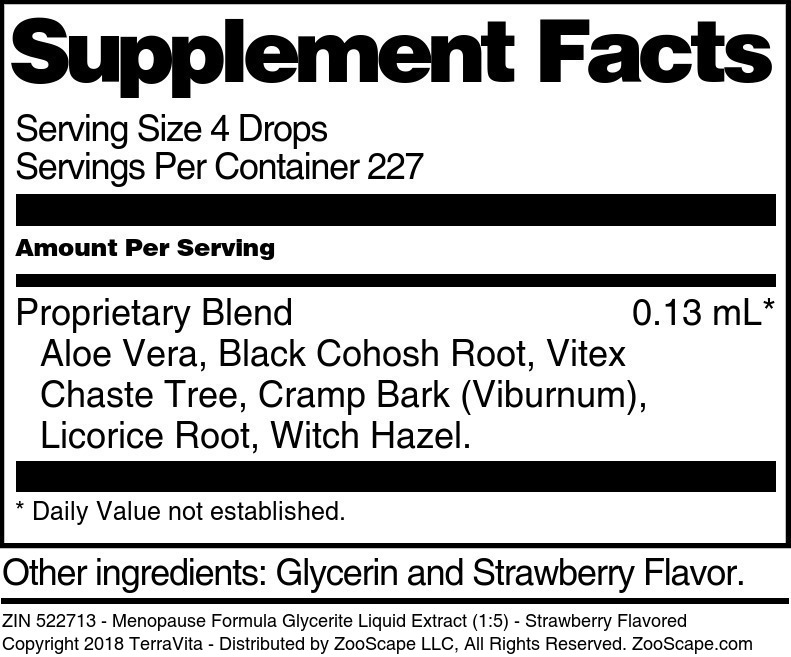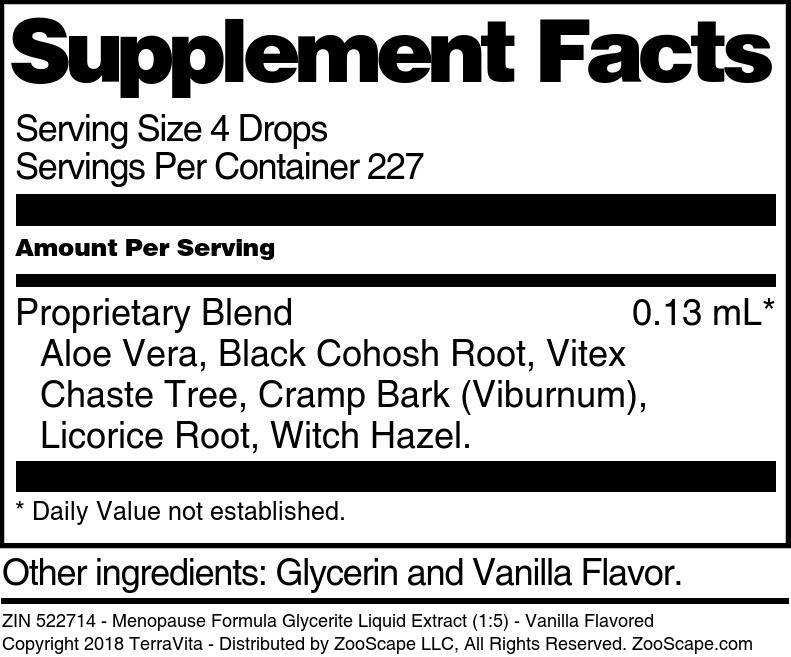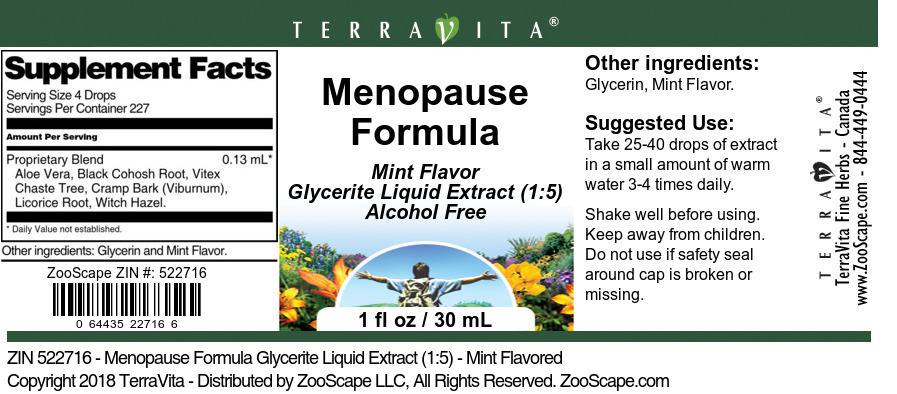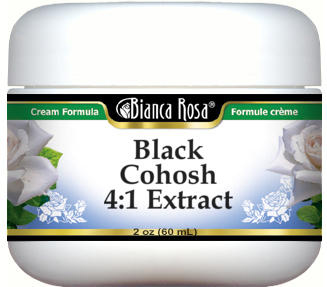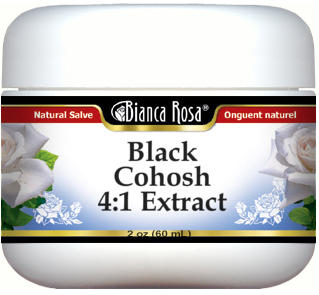Black Cohosh Root
| Images | Product Name | Size | ZIN | Price | Quantity | Add to Cart |
| Black Cohosh Root Tea | 25 tea bags | 427126 | $23.80 | |||
| 50 tea bags | 427131 | $37.80 | ||||
| Black Cohosh Root Tea (Loose) | 4 oz | 427019 | $23.62 | |||
| 8 oz | 427022 | $39.44 | ||||
| Black Cohosh Root Glycerite Liquid Extract (1:5) | 1 oz - No Flavor | 522127 | $29.40 | |||
| 1 oz - Strawberry | 522128 | $32.50 | ||||
| 1 oz - Vanilla | 522129 | $32.50 | ||||
| 1 oz - Chocolate | 522130 | $32.50 | ||||
| 1 oz - Mint | 522131 | $32.50 | ||||
| Black Cohosh Root - 450 mg | 100 capsules | 510964 | $23.81 | |||
| Black Cohosh Root Powder | 4 oz | 510965 | $22.46 | |||
| 1 oz | 510966 | $10.76 | ||||
| Black Cohosh Root Cream | 2 oz | 523885 | $27.75 | |||
| Black Cohosh Root Salve | 2 oz | 523886 | $30.45 |
• Helps support healthy blood pressure levels;
• Anti-inflammatory for joint pain complaints;
• Eases period pains and cramps.
• Can be used to help support menopausal women, menstruation problems, pain, cramps, ovarian health and much more.
Black cohosh can be used to help support many nervous complaints. It can be used to help support nerve pains, heaviness, numbness and neuralgia generally. It is also commonly used as an emmenagogue to help support menstrual pains and the pangs of childbirth. Ideally, it should be given in combination with other similar herbs.
For nervousness and insomnia combine equal parts black cohosh root, skullcap, wood betony, passion flower and half part cayenne pepper. For menstrual pains and the pangs of childbirth, combine it with blue cohosh, raspberry leaf, camomile and ginger. To regulate joint pain it can be combined with equal parts angelica root, prickly ash and guaiacum. For asthma and bronchial spasms, it is combined with wild cherry bark, elecampane root and mullein.
Since it has a reputation of facilitating delivery, 10 to 15 drops of the extract can be taken three times daily a week before delivery due date or during the actual time of delivery itself.
Black cohosh was one of the primary ingredients in the once famous proprietary product called Lydia E. Pinkham's Vegetable Compound, commonly used for the potential to help support symptoms of "female complaints." Clinical research from Germany and corroborated by herbalists worldwide has shown its estrogen-like activity. In fact, one study by Lehmann-Willenbrock and Riedel, of women who had had a complete hysterectomy with accompanying menopausal symptoms, found that extract of black cohosh was as effective as various estrogenic drugs in supporting symptoms. Black cohosh is highly effective at supporting menopausal hot flashes in women. It is especially effective when combined with various synergistic herbs, such as vitex and dang gui in formulas.
Plant Facts and Growing Tips
Plant: This is a native North perennial found on hillsides and woods at higher elevations. A close relative to the buttercup, it's a large, creeping plant with a knotty rootstock. Black cohosh produces clusters of strong-smelling white flowers from May to August.
Height: 3 to 8 feet.
Soil: Well drained, rich, moist.
Exposure: Partial to fill sun.
Propagation: Division in fall; in cold areas, in early spring before growth starts.
Care: Needs ample water.
Part Used for Tea: Root, collected in fall after leaves have fallen and fruit has appeared.
Taste: Bitter, pungent, and astringent.
By Decoction: Simmer 2 teaspoons root in 1 pint water. Drink one cup twice daily to help support pain and swelling of joints, or to provide support to menopausal women.
Hot tea brewing method: Bring freshly drawn cold water to a rolling boil. Place 1 tea bag for each cup into the teapot. Pour the boiling water into the teapot. Cover and let steep for 3-7 minutes according to taste (the longer the steeping time the stronger the tea).
Iced tea brewing method (to make 1 liter/quart): Place 6 tea bags into a teapot or heat resistant pitcher. Pour 1 1/4 cups of freshly boiled water over the tea. Steep for 5 minutes. Quarter fill a serving pitcher with cold water. Pour the tea into your serving pitcher straining the bags. Add ice and top-up the pitcher with cold water. Garnish and sweeten to taste. [A rule of thumb when preparing fresh brewed iced tea is to double the strength of hot tea since it will be poured over ice and diluted with cold water].
The root can be used to help support "female problems", because it can help to balance hormones. It contains natural estrogen and helps promote the flow of normal menstrual blood and is beneficial in cases of painful or delayed menstruation. It can be used to help soothe ovarian cramps and womb cramping. Black Cohosh should not be used by pregnant women, but midwives use it at the end of pregnancy to encourage labour and help with childbirth pains. It soothes the nervous system and contains solicylates that make it anti-inflammatory. Black Cohosh has been used in supporting rheumatic pains, joint pain, muscular pain, sciatic, neuralgia, high blood pressure, hot flashes, stuffy/runny nose, asthma and other respiratory problems . This herb contains estrogenic sterols, glycosides, acctaeine, isoferulic acid, oleic acid, palmitic acid, pantothenic acid, phosphorus, racemosin, tannins, triterpenes, vitamin A and B5.
Potential Health Benefits
Commission E approves black cohosh root as an approach for menstrual discomfort and premenstrual syndrome and as a means of easing the mood swings and hot flashes of menopause. The commission didn't evaluate its useftulness for snakebite or endorse the herb for neurological complaints.
Scientific Evidence
Black cohosh works by suppressing luteinizing hormone and serving as an estrogen replacement. In one study of 60 women under 40 years of age who had had hysterectomies, black cohosh extract proved as potentially useful in helping ease menopause-like symptoms, although Commission E does not recommend using the herb for longer than six months. The only catch was, black cohosh took longer to produce an effect.
Research published in 1991 in the journal Planta Medica and a 1997 study in the Journal of Women's Health reported that the herb has proven effective in supporting menopause. Health writers caution that since black cohosh doesn't contain estrogen, it has no power to help avoid osteoporosis or heart health issues. Still, results so far have been encouraging enough to prompt herbal writer Varro E. Tyler, Ph.D., to write: "Further studies on thcan be useful herb are warranted."
How to Use the Herb
Daily doses of extract, which are taken orally, are set at 40 milligrams by Commission E. Other sources also recommend up to 1 teaspoonful of liquid extract per day.
Cimicifuga racemosa (L.) Nutt.
The genus name (from the Latin cimex, bug, and fugere, to drive away) is derived from the European C. europaea Schipcz. (so-called "C. foetida"), whose strong odor proved useful to repel vermin. The name can be pronounced si-mi-si-fue-ga.
English Common Names
Black cohosh, black snakeroot (less often: fairy candles, rattleweed, rattleroot, bugbane, bugwort, squaw root).
"Cohosh" is Algonquin for "rough," an allusion to the exterior of the rhizome. Blue cohosh is Caulophyllum thalictroides; it can also be used for health benefits, and is discussed in this work. The name "black snakeroot" for Cimicifuga racemosa originates from the use of the black, knotted rootstocks during pioneer times to help support snakebite. Many other plants are called "snakeroot." Members of the genus Sanicula in the Apiaceae are more often called "black snakeroot" than Cimicifuga racemosa. "Seneca snakeroot" also discussed in this work, is another of the many plants called snakeroot. "Virginia snakeroot" or "common snakeroot" is Aristolochia serpentaria L. of the Aristolocbiaceae, which occurs in the eastern United States south of Canada. Sampson's snakeroot, Psoralea psoralioides (Walt.) Cory, a member of the Fabaceae, also occurs south of Canada.
French Common Names
Actée à grappes.
Morphology
Black cohosh is an attractive herbaceous perennial, 1-2.6 m tall, with compound sharply toothed leaves. In mid- to late summer, branching feathery tapering racemes (occasionally as long as a meter) appear, with small, white, scented flowers blooming successively from the base upwards. The whiteness of the flowers is produced mainly by the white stamens, as the petals are minute and the sepals fall away as the bud opens. The stout, blackish rhizome is cylindrical, hard, and knotty, and older specimens have attached remains of numerous branches. The roots arise from the lower surface of the rhizome. (Note that the term "root" is often interpreted in non-botanical literature as the underground portion of a plant. Rhizomes are underground stems, to which roots are attached; that is, rhizomes are not true roots. Nevertheless, in most Black Cohosh literature the rhizome of black cohosh, the most important medicinal part, is termed root.) The leaves of black cohosh resemble those of the more common baneberries (Actaea spp.), but are without elongate terminal teeth. The elongate nodding inflorescence (over 10 cm long) and the fruit being a follicle, rather than a berry, also distinguish black cohosh.
Classification and Geography
The genus Cimicifuga includes about 15 species of the north temperate zone. Compton et al. (1998) submerge the genus Cimicifuga under the genus Actaea (so that C. racemosa becomes A. racemosa L.). Cimicifuga racemosa is a native of eastern North America, occurring both in Canada and the US. In Canada it is native to a small portion of the Carolinian zone of Ontario, but is cultivated, and occasionally escapes outside of this region. The plant is considered rare in Canada. Five other species of Cimicifuga occur in North America. Cimicifuga americana Michx., bugbane, can also be used for health benefits, but to a lesser extent. It occurs in eastern North America south of Canada, mostly in the Appalachians, and differs in having 3-8 stipitate pistils instead of 1-3 sessile pistils. Cimicifuga elata Nutt, tall bugbane, differing from C. racemosa in usually having nine leaflets instead of more than nine, occurs in SW British Columbia south through Washington to northwestern Oregon. It is the only other species of Cimicifuga found in Canada.
The leaves are deeply incised in C. racemosa forma dissecta (Gray) Fern., which is confined to the state of Delaware (this is recognized by Compton et al. 1998 as Actaea racemosa var. dissecta (Gray) J. Compton). Variety cordifolia (Pursh) Gray, with large and often cordate leaflets 1-2.5 dm long, occurs in the mountains of Virginia, North Carolina, and Tennessee. However, the taxa discussed in this paragraph are very rare, and their status requires study.
Ecology
A plant of moist or dry deciduous forests, black cohosh is found particularly on rich, wooded slopes. It seems adapted to partially shaded woodland openings and rocky thickets. It grows best in partial shade, in a moist soil with considerable organic matter and a pH of 5.0 to 6.0. Plants grown from seed may not flower until the third or fourth year.
Medicinal Uses
Cimicifuga racemosa is one of the more important traditional health plants. The drug-containing rhizomes and roots are collected in the fall after the fruits have matured and the leaves have died. The rhizome has a faintly disagreeable odor and a bitter, acrid taste.
Black cohosh has been very widely utilized by Indians, who generally boiled the rhizome in water and drank the resulting infusion. In addition to considerable usage to help support female complaints (hence the name "squawroot"), native s used black cohosh for rheumatism, debility, sore throat, and other problems. The whole rhizomes were extracted with whiskey by the early settlers as a herb that can be used for rheumatism. Subsequently, Europeans used black cohosh to help support numerous ailments including diarrhea, coughs, fever, whooping cough, lung health, high blood pressure, headaches, neuralgia, joint pain and rheumatism.
Black cohosh is currently used for helping support melancholy and tinnitus (ringing of the ears), but is best known as a "women's plant" because of its usefulness in supporting menstrual cramps. This herb is a traditional supportive to help support menstrual problems, and facilitate labor and delively. It is claimed to be effective as an alternative to estrogen replacement therapy for some symptoms of menstrual cessation, especially when estrogen replacement is not possible due to a history of uterine fibroids, fibrocystic breast health issues, etc. Extracts have been shown to suppress hot flashes by reducing the secretion of luteinizing hormone. Research has suggested sedative and anti-inflammatory effects, supporting use in support for joint pain and neuralgia. Medical evaluation of other uses of black cohosh is somewhat controversial. It has been considered useful for nerve and muscle pain because it lowers blood pressure and dilates blood vessels.
Chemistry
Cimicifuga racemosa contains triterpene glycosides, resin, salicylates, isoferulic acid, sterols, and alkaloids. Salicylates are the forerunner of aspirin, and their presence in black cohosh provides a rationale for its early use to help support headache.
Non-Medicinal Uses
Black cohosh is a striking garden plant for deep shade landscapes, and is often stocked by plant nurseries for this purpose. With tall stature and coarse foliage, it makes an excellent background plant. A variety of ornamental cultivars have been bred.
Agricultural and Commercial Aspects
Black cohosh is currently used in at least 29 Canadian drug products, with the supply coming exclusively from the wild, mostly from the Blue Ridge Mountains in the Appalachian chain of the US. It is used extensively in parts of Europe and Australia, where several million doses of Remifemin, a formulation of black cohosh, have been employed in recent years.
As a useful plant, black cohosh can be cultivated like other shade-loving, slow-growing woodland useful plants, such as ginseng and goldenseal. Consequently, it represents an interesting crop diversification opportunity. The Canadian populations are at the northern limit of the range of the species, and therefore are deserving of protection as a disinfectant for future development of a Canadian cultivated crop.
Myths, Legends, Tales, Folklore, and Interesting Facts
- Black cohosh was one of the components of "Lydia Pinkham's Vegetable Compound." This mixture was an old-time panacea for what was termed "female weakness" (menstrual discomforts) or "female hysteria" (menstrual complaints). One hesitates to define or question supporting "male hysteria." Lydia's compound is celebrated in verse:
Widow Brown she had no children,
Though she loved them very dear;
So she took some Vegetable Compound,
Now she has them twice a year.
The root can be used to help support "female problems," because it can help to balance hormones. It contains natural estrogen and helps promote the flow of normal menstrual blood and is beneficial in cases of painful or delayed menstruation. It can be used to help soothe ovarian cramps and womb cramping. Black Cohosh should not be used by pregnant women, but midwives use it at the end of pregnancy to encourage labour and help with childbirth pains. It soothes the nervous system and contains solicylates that make it anti-inflammatory. Black Cohosh has been used in supporting rheumatic pains, joint pain, muscular pain, sciatic, neuralgia, high blood pressure, hot flashes, stuffy/runny nose, asthma and other respiratory problems . This herb contains estrogenic sterols, glycosides, acctaeine, isoferulic acid, oleic acid, palmitic acid, pantothenic acid, phosphorus, racemosin, tannins, triterpenes, vitamin A and B5.
Ciinicifuga racemosa (L.), Elliot (Ranunculaceae), commonly called black cohosh. In German, it is Cimicugawurzelstock.
Source
A New World plant that grows mostly in the Eastern United States. Close relatives of the same genus grow in Europe and Asia.
History
The name Cimicifuga derives from the words cimex (a bug) and fugo (to drive away). Early sixteenth century physicians prescribed black cohosh to help make menstrual periods more regular, but also for just about every other condition they were called upon to help support.
Traditional Support Uses
Emmenagogue, nervine, bronchitic, snake bites, and use at birth.
Commission E Recommendations
Black cohosh can be used to help support dysmenorrhea, premenstrual discomfort, PMS, and symptoms related to menopause. Black cohosh can also be tried to help support a variety of neurologic ailments.
Possible Effects
There have been nearly a dozen different human studies on the effectiveness of Cimicifuga racemosa for alleviating menopausal symptoms, especially hot flashes. Most have found that teas and capsules made from this herb provide a safe, effective alternative to estrogen replacement therapy, but only for women who have refused estrogen replacement therapy or where estrogen replacement is contraindicated. That does not mean, however, that black cohosh contains estrogens; it does not, so any beneficial effects on menstrual or menopausal discomfort must be the consequence of some entirely unrelated action. In human volunteers, long-term approach caused reduced levels of luteinizing hormone (LH), but levels of follicle-stimulating hormone (FSH) were not significantly altered.
Dosage
Commission E recommends using alcohol extracts in a dose corresponding to 40 milligrams per day. Usage should not exceed six months.
TerraVita is an exclusive line of premium-quality, natural source products that use only the finest, purest and most potent ingredients found around the world. TerraVita is hallmarked by the highest possible standards of purity, potency, stability and freshness. All of our products are prepared with the highest elements of quality control, from raw materials through the entire manufacturing process, up to and including the moment that the bottles or bags are sealed for freshness and shipped out to you. Our highest possible standards are certified by independent laboratories and backed by our personal guarantee.
TerraVita exists to meet and ensure your family's health and wellness without the harmful effects or chemicals and prescription medications. We strive to make all of our products affordable and reliable and are constantly searching the market to maintain our affordability and to look for new ways to serve you and the ones you love. TerraVita has become a trusted household name for many families and can bring you and yours the very best herbal supplements, blends, teas and spices that are on the market today.
TerraVita is packed in tamper-proof, food-grade, recyclable containers.
ZooScape is proud to be the exclusive distributor of TerraVita teas, herbs and supplements in the United States, Canada and around the world. Please direct all wholesale and bulk inquiries to 1-844-449-0444.
The TerraVita Premium Collection uses only the finest, purest and most potent plant extracts from around the world.
The TerraVita Premium Collection is hallmarked by the highest possible standards of purity, potency, stability and freshness. Our highest possible standards are certified by independent laboratories and backed by our personal guarantee.
The TerraVita Premium Collection is packed in tamper-proof, food-grade, recyclable containers.
ZooScape is proud to be the exclusive distributor of TerraVita teas, herbs and supplements in the United States, Canada and around the world. Please direct all wholesale and bulk inquiries to 1-844-449-0444.
Bianca Rosa is an exclusive line of premium-quality natural products sourced from only the finest and purest ingredients from around the world. Bianca Rosa is hallmarked by the highest possible standards of purity, stability and freshness. All Bianca Rosa products are prepared with the highest level of quality control, from the raw materials used through the entire manufacturing process, up to and including the moment that the finished product is sealed for freshness and shipped to you. Our highest possible standards backed by our personal guarantee.
Bianca Rosa makes all products as affordable as possible and we are constantly searching the market to maintain our affordability and to look for new ways to serve you. Bianca Rosa has been a trusted household name for many families throughout the world since the 1990s. Bianca Rosa is packed in tamper-proof, recyclable containers.
ZooScape is proud to be the exclusive distributor of all Bianca Rosa products, including creams, salves and oils in the United States, Canada and around the world. Please direct all wholesale and bulk inquiries to 1-844-449-0444.
These statements have not been evaluated by the Food and Drug Administration (FDA). Products are intended to support general well being and are not intended to treat, diagnose, prevent, or cure any condition or disease.
Black Cohosh Extract
(2.5% Trit. Saponins)
| Images | Product Name | Size | ZIN | Price | Quantity | Add to Cart |
| Extra Strength Black Cohosh Extract (2.5% Triterpenoid Saponins) - 450 mg | 100 capsules | 514098 | $32.81 | |||
| Extra Strength Black Cohosh Extract (2.5% Triterpenoid Saponins) Powder | 4 oz | 514099 | $37.31 | |||
| 1 oz | 514100 | $14.92 | ||||
| Extra Strength Black Cohosh Extract (2.5% Triterpenoid Saponins) Cream | 2 oz | 514103 | $26.47 | |||
| Extra Strength Black Cohosh Extract (2.5% Triterpenoid Saponins) - Salve Ointment | 2 oz | 514104 | $31.07 |
Black Cohosh should not be used by pregnant women, but midwives use it at the end of pregnancy to encourage labour and help with childbirth pains. It soothes the nervous system and contains solicylates that make it anti-inflammatory. Black Cohosh has been used in the support for rheumatic pains, joint pain, muscular pain, sciatic, neuralgia, high blood pressure, hot flashes, stuffy/runny nose, asthma and other respiratory problems.
This herb contains estrogenic sterols, glycosides, acctaeine, isoferulic acid, oleic acid, palmitic acid, pantothenic acid, phosphorus, racemosin, tannins, triterpenes, vitamin A and B5.
The root can be used to help support "female problems," because it can help to balance hormones. It contains natural estrogen and helps promote the flow of normal menstrual blood and is beneficial in cases of painful or delayed menstruation. It can be used to help soothe ovarian cramps and womb cramping.
Black Cohosh should not be used by pregnant women, but midwives use it at the end of pregnancy to encourage labour and help with childbirth pains. It soothes the nervous system and contains solicylates that make it anti-inflammatory. Black Cohosh has been used in supporting rheumatic pains, joint pain, muscular pain, sciatic, neuralgia, high blood pressure, hot flashes, stuffy/runny nose, asthma and other respiratory problems.
This herb contains estrogenic sterols, glycosides, acctaeine, isoferulic acid, oleic acid, palmitic acid, pantothenic acid, phosphorus, racemosin, tannins, triterpenes, vitamin A and B5.
TerraVita exists to meet and ensure your family's health and wellness without the harmful effects or chemicals and prescription medications. We strive to make all of our products affordable and reliable and are constantly searching the market to maintain our affordability and to look for new ways to serve you and the ones you love. TerraVita has become a trusted household name for many families and can bring you and yours the very best herbal supplements, blends, teas and spices that are on the market today.
TerraVita is packed in tamper-proof, food-grade, recyclable containers.
ZooScape is proud to be the exclusive distributor of TerraVita teas, herbs and supplements in the United States, Canada and around the world. Please direct all wholesale and bulk inquiries to 1-844-449-0444.
Bianca Rosa is an exclusive line of premium-quality natural products sourced from only the finest and purest ingredients from around the world. Bianca Rosa is hallmarked by the highest possible standards of purity, stability and freshness. All Bianca Rosa products are prepared with the highest level of quality control, from the raw materials used through the entire manufacturing process, up to and including the moment that the finished product is sealed for freshness and shipped to you. Our highest possible standards backed by our personal guarantee.
Bianca Rosa makes all products as affordable as possible and we are constantly searching the market to maintain our affordability and to look for new ways to serve you. Bianca Rosa has been a trusted household name for many families throughout the world since the 1990s. Bianca Rosa is packed in tamper-proof, recyclable containers.
ZooScape is proud to be the exclusive distributor of all Bianca Rosa products, including creams, salves and oils in the United States, Canada and around the world. Please direct all wholesale and bulk inquiries to 1-844-449-0444.
These statements have not been evaluated by the Food and Drug Administration (FDA). Products are intended to support general well being and are not intended to treat, diagnose, prevent, or cure any condition or disease.
Red Clover and Black Cohosh
| Images | Product Name | Size | ZIN | Price | Quantity | Add to Cart |
| Red Clover and Black Cohosh Combination - 450 mg | 100 capsules | 512979 | $25.13 | |||
| Red Clover and Black Cohosh Combination Powder | 4 oz | 512980 | $24.65 | |||
| 1 oz | 512981 | $11.38 | ||||
| Red Clover and Black Cohosh Combination Tea (Loose) | 4 oz | 512982 | $22.65 | |||
| 8 oz | 512983 | $36.29 | ||||
| Red Clover and Black Cohosh Combination Tea | 25 tea bags | 512984 | $19.67 | |||
| 50 tea bags | 512985 | $30.97 | ||||
| Red Clover and Black Cohosh Combination Cream | 2 oz | 512986 | $23.26 | |||
| Red Clover and Black Cohosh Combination - Salve Ointment | 2 oz | 512987 | $24.68 | |||
| Red Clover & Black Cohosh Combination Glycerite Liquid Extract (1:5) | 1 oz - No Flavor | 522902 | $20.16 | |||
| 1 oz - Strawberry | 522903 | $22.29 | ||||
| 1 oz - Vanilla | 522904 | $22.29 | ||||
| 1 oz - Chocolate | 522905 | $22.29 | ||||
| 1 oz - Mint | 522906 | $22.29 |
TerraVita exists to meet and ensure your family's health and wellness without the harmful effects or chemicals and prescription medications. We strive to make all of our products affordable and reliable and are constantly searching the market to maintain our affordability and to look for new ways to serve you and the ones you love. TerraVita has become a trusted household name for many families and can bring you and yours the very best herbal supplements, blends, teas and spices that are on the market today.
TerraVita is packed in tamper-proof, food-grade, recyclable containers.
ZooScape is proud to be the exclusive distributor of TerraVita teas, herbs and supplements in the United States, Canada and around the world. Please direct all wholesale and bulk inquiries to 1-844-449-0444.
Bianca Rosa is an exclusive line of premium-quality natural products sourced from only the finest and purest ingredients from around the world. Bianca Rosa is hallmarked by the highest possible standards of purity, stability and freshness. All Bianca Rosa products are prepared with the highest level of quality control, from the raw materials used through the entire manufacturing process, up to and including the moment that the finished product is sealed for freshness and shipped to you. Our highest possible standards backed by our personal guarantee.
Bianca Rosa makes all products as affordable as possible and we are constantly searching the market to maintain our affordability and to look for new ways to serve you. Bianca Rosa has been a trusted household name for many families throughout the world since the 1990s. Bianca Rosa is packed in tamper-proof, recyclable containers.
ZooScape is proud to be the exclusive distributor of all Bianca Rosa products, including creams, salves and oils in the United States, Canada and around the world. Please direct all wholesale and bulk inquiries to 1-844-449-0444.
These statements have not been evaluated by the Food and Drug Administration (FDA). Products are intended to support general well being and are not intended to treat, diagnose, prevent, or cure any condition or disease.
Liver Cleansing Formula
| Images | Product Name | Size | ZIN | Price | Quantity | Add to Cart |
| Liver Cleansing Formula Tea (Loose) - Red Beet, Horsetail, Blessed Thistle and More | 4 oz | 512558 | $20.07 | |||
| 8 oz | 512559 | $32.78 | ||||
| Liver Cleansing Formula Tea - Red Beet, Horsetail, Blessed Thistle and More | 25 tea bags | 512560 | $21.95 | |||
| 50 tea bags | 512561 | $34.43 | ||||
| Liver Cleansing Formula Glycerite Liquid Extract (1:5) | 1 oz - No Flavor | 523801 | $20.16 | |||
| 1 oz - Strawberry | 523802 | $22.29 | ||||
| 1 oz - Vanilla | 523803 | $22.29 | ||||
| 1 oz - Chocolate | 523804 | $22.29 | ||||
| 1 oz - Mint | 523805 | $22.29 | ||||
| Liver Cleansing Formula - Red Beet, Horsetail, Blessed Thistle and More - 450 mg | 100 capsules | 512555 | $23.34 | |||
| Liver Cleansing Formula Powder - Red Beet, Horsetail, Blessed Thistle and More | 4 oz | 512556 | $21.70 | |||
| 1 oz | 512557 | $10.54 |
TerraVita exists to meet and ensure your family's health and wellness without the harmful effects or chemicals and prescription medications. We strive to make all of our products affordable and reliable and are constantly searching the market to maintain our affordability and to look for new ways to serve you and the ones you love. TerraVita has become a trusted household name for many families and can bring you and yours the very best herbal supplements, blends, teas and spices that are on the market today.
TerraVita is packed in tamper-proof, food-grade, recyclable containers.
ZooScape is proud to be the exclusive distributor of TerraVita teas, herbs and supplements in the United States, Canada and around the world. Please direct all wholesale and bulk inquiries to 1-844-449-0444.
These statements have not been evaluated by the Food and Drug Administration (FDA). Products are intended to support general well being and are not intended to treat, diagnose, prevent, or cure any condition or disease.
Black Cohosh and Dong Quai Combination
| Images | Product Name | Size | ZIN | Price | Quantity | Add to Cart |
| Black Cohosh and Dong Quai Combination Powder | 4 oz | 513392 | $22.49 | |||
| 1 oz | 513393 | $10.76 | ||||
| Black Cohosh and Dong Quai Combination - 450 mg | 100 capsules | 513391 | $23.83 | |||
| Black Cohosh and Dong Quai Combination Tea (Loose) | 4 oz | 513394 | $24.35 | |||
| 8 oz | 513395 | $40.76 | ||||
| Black Cohosh and Dong Quai Combination Tea | 25 tea bags | 513396 | $24.27 | |||
| 50 tea bags | 513397 | $38.64 | ||||
| Black Cohosh and Dong Quai Combination Cream | 2 oz | 513398 | $25.92 | |||
| Black Cohosh and Dong Quai Combination - Salve Ointment | 2 oz | 513399 | $30.72 | |||
| Black Cohosh & Dong Quai Combination Glycerite Liquid Extract (1:5) | 1 oz - No Flavor | 522122 | $20.16 | |||
| 1 oz - Strawberry | 522123 | $22.29 | ||||
| 1 oz - Vanilla | 522124 | $22.29 | ||||
| 1 oz - Chocolate | 522125 | $22.29 | ||||
| 1 oz - Mint | 522126 | $22.29 |
TerraVita exists to meet and ensure your family's health and wellness without the harmful effects or chemicals and prescription medications. We strive to make all of our products affordable and reliable and are constantly searching the market to maintain our affordability and to look for new ways to serve you and the ones you love. TerraVita has become a trusted household name for many families and can bring you and yours the very best herbal supplements, blends, teas and spices that are on the market today.
TerraVita is packed in tamper-proof, food-grade, recyclable containers.
ZooScape is proud to be the exclusive distributor of TerraVita teas, herbs and supplements in the United States, Canada and around the world. Please direct all wholesale and bulk inquiries to 1-844-449-0444.
Bianca Rosa is an exclusive line of premium-quality natural products sourced from only the finest and purest ingredients from around the world. Bianca Rosa is hallmarked by the highest possible standards of purity, stability and freshness. All Bianca Rosa products are prepared with the highest level of quality control, from the raw materials used through the entire manufacturing process, up to and including the moment that the finished product is sealed for freshness and shipped to you. Our highest possible standards backed by our personal guarantee.
Bianca Rosa makes all products as affordable as possible and we are constantly searching the market to maintain our affordability and to look for new ways to serve you. Bianca Rosa has been a trusted household name for many families throughout the world since the 1990s. Bianca Rosa is packed in tamper-proof, recyclable containers.
ZooScape is proud to be the exclusive distributor of all Bianca Rosa products, including creams, salves and oils in the United States, Canada and around the world. Please direct all wholesale and bulk inquiries to 1-844-449-0444.
These statements have not been evaluated by the Food and Drug Administration (FDA). Products are intended to support general well being and are not intended to treat, diagnose, prevent, or cure any condition or disease.
Menopause Formula
| Images | Product Name | Size | ZIN | Price | Quantity | Add to Cart |
| Menopause Formula - Chasteberry, Black Cohosh, Cramp Bark and More - 450 mg | 100 capsules | 516749 | $22.49 | |||
| Menopause Formula Powder - Chasteberry, Black Cohosh, Cramp Bark and More | 4 oz | 516750 | $20.29 | |||
| 1 oz | 516751 | $10.15 | ||||
| Menopause Formula Tea (Loose) - Chasteberry, Black Cohosh, Cramp Bark and More | 4 oz | 516752 | $19.61 | |||
| 8 oz | 516753 | $32.09 | ||||
| Menopause Formula Tea - Chasteberry, Black Cohosh, Cramp Bark and More | 25 tea bags | 516754 | $21.15 | |||
| 50 tea bags | 516755 | $33.10 | ||||
| Menopause Formula Glycerite Liquid Extract (1:5) | 1 oz - No Flavor | 522712 | $20.16 | |||
| 1 oz - Strawberry | 522713 | $22.29 | ||||
| 1 oz - Vanilla | 522714 | $22.29 | ||||
| 1 oz - Chocolate | 522715 | $22.29 | ||||
| 1 oz - Mint | 522716 | $22.29 |
TerraVita exists to meet and ensure your family's health and wellness without the harmful effects or chemicals and prescription medications. We strive to make all of our products affordable and reliable and are constantly searching the market to maintain our affordability and to look for new ways to serve you and the ones you love. TerraVita has become a trusted household name for many families and can bring you and yours the very best herbal supplements, blends, teas and spices that are on the market today.
TerraVita is packed in tamper-proof, food-grade, recyclable containers.
ZooScape is proud to be the exclusive distributor of TerraVita teas, herbs and supplements in the United States, Canada and around the world. Please direct all wholesale and bulk inquiries to 1-844-449-0444.
These statements have not been evaluated by the Food and Drug Administration (FDA). Products are intended to support general well being and are not intended to treat, diagnose, prevent, or cure any condition or disease.
Black Cohosh 4:1 Extract
| Images | Product Name | Size | ZIN | Price | Quantity | Add to Cart |
| Black Cohosh 4:1 Extract Cream | 2 oz | 523883 | $54.28 | |||
| Black Cohosh 4:1 Extract Salve | 2 oz | 523884 | $59.55 |
Bianca Rosa makes all products as affordable as possible and we are constantly searching the market to maintain our affordability and to look for new ways to serve you. Bianca Rosa has been a trusted household name for many families throughout the world since the 1990s. Bianca Rosa is packed in tamper-proof, recyclable containers.
ZooScape is proud to be the exclusive distributor of all Bianca Rosa products, including creams, salves and oils in the United States, Canada and around the world. Please direct all wholesale and bulk inquiries to 1-844-449-0444.
These statements have not been evaluated by the Food and Drug Administration (FDA). Products are intended to support general well being and are not intended to treat, diagnose, prevent, or cure any condition or disease.
